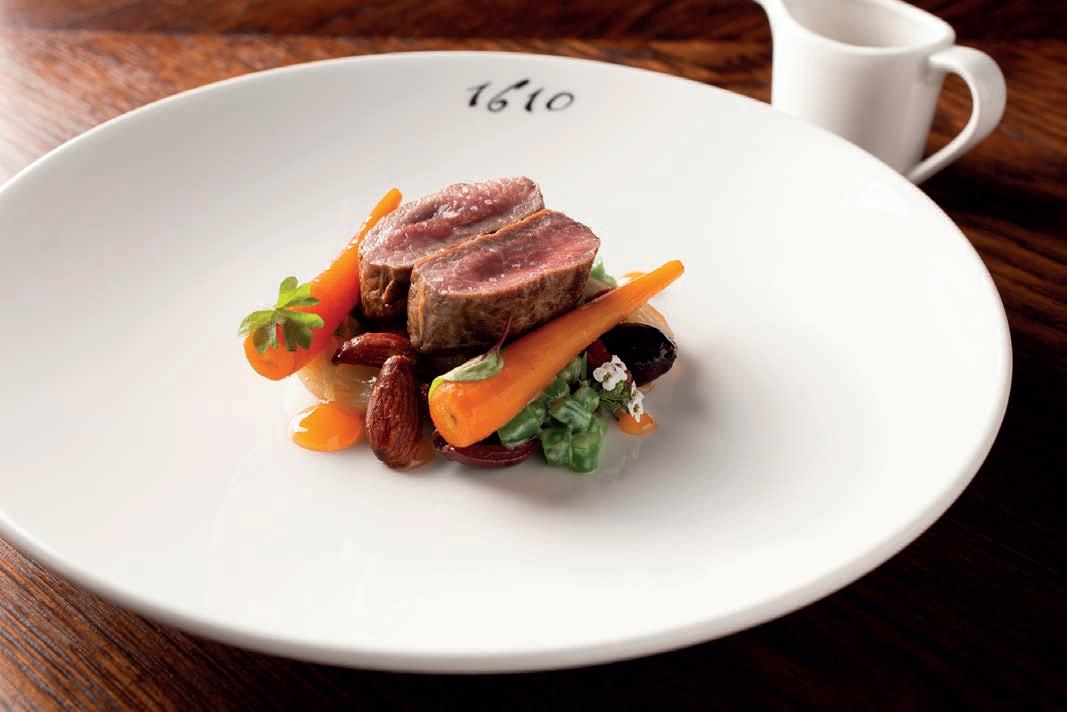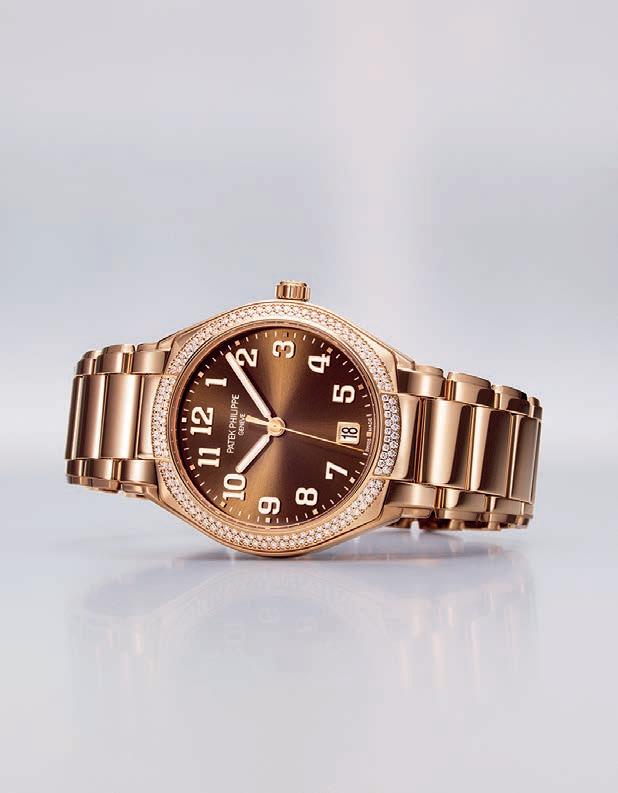









HERE THIS MONTH...













The rom-com queen talks about her great love of the coast, and explains why she has moved to the Kingdom of Fife with her family.

This month’s magazine is one of the most eclectic we’ve produced in a while, and as a result it’s been hugely enjoyable to work on I suspected it might be a classic when I met prolific best-selling author Jenny Colgan at her castle in Fife. She is one of life’s doers – a woman who has authored 36 rom-coms since 2000, while also turning out storylines for Doctor Who, raising a family, appearing on Celebrity Mastermind and recovering from a spot of early career stand-up. I hope you enjoy my interview with her in this issue, and Ma ie Ritchie’s interview with another female dynamo, Mairi Hilton. But it’s the more niche things that push my editorial buttons, and in this issue we cover a lot of ground. We start with a piece on the great Gaelic poet Sorley MacLean and a photographic essay that focuses on the community cohesion that ensues from the Kessock Bridge swim.

We’ve got art content galore, whether it’s the natural majesty of the West Coast scenes painted by Frances Macdonald or the tragic yet curiously upli ing tale of Christina Findlay.
We’re a magazine with our roots in the outdoors, so our piece on cooking game, our column on the possibility of reversing the decline of wild salmon, the worries about the impact of sea eagles, Scotland’s first hop farmer, and wildlife writer Andy Dobson’s ruminations on the yew tree are all pieces that I think impart interesting information or raise important questions. row in some nice writing on homes, interiors, gardens, whisky and agriculture – plus our trio of intrepid columnists –and I think we cover a lot of bases. I’d be interested to hear if you agree.
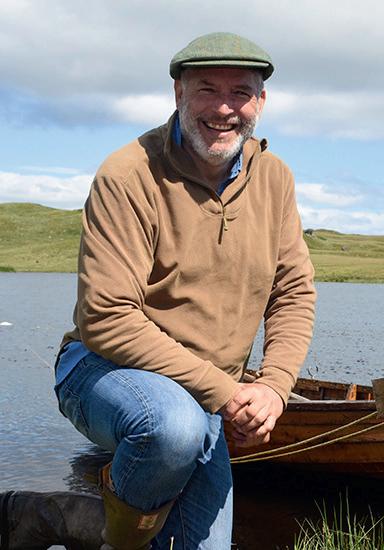 Richard Bath, Editor
Richard Bath, Editor

The Argyll-based artist speaks of her time in the Hebrides, a place which continues to fuel her artistic re.
40 CREDO Glasgow-born Joe McFadden shares a few tales about his life as a thespian, his passion for history and his guilty pleasures
42 QUEEN OF THE CASTLE Richard Bath meets author Jenny Colgan in her Fife abode
107 SALMON'S SILVER BULLET? Can a revolutionary new Scottish technology reverse the decline in wild salmon numbers?
118 AHEAD OF THE GAME Want to eat more game but don't know where to begin? Steven Wade of Woodmill Game is here to help
14 MONTHLY MUSINGS A gallery of your best snaps from around Scotland
22 UP FRONT All the latest goings on 24 COME HELL OR HIGH WATER Paul Campbell captures this year's Kessock Ferry Swim, a tradition that dates back to 1946
32 WHERE EAGLES DARE Sea eagles take no prisoners when it comes to their prey, and their presence is certainly unwanted on farms

35 AWAY WITH THE FERRIES Alexander McCall Smith is here to inform us of the many fascinating origins of common metaphors

36 A GAELIC GREAT We look at the life of Sorley MacLean whose pioneering Gaelic poetry was not widely known until the 1970s
48 A MOMENT IN TIME Botanical casting artist Katy Eccles tells Rosie Morton about her ambition to preserve the beauty of owers
53 GONE FISHING He may be more at ease out at sea, but countryman Guy Grieve enjoyed every minute of his shing trip on the Tweed
54 A HIGHLAND SHOW-STOPPER Philip and Emma Mackenzie had their work cut out when taking on the gardens at Glenkyllachy, Tomatin
64 FROM THE GROUND UP Kim and Graeme Ritchie never dreamed they'd be doing a grand design of their own in beautiful Gullane
74 A HEART IN THE HEBRIDES Artist Frances Macdonald fell for Iona's boundless beauty, and continues to nd inspiration in the Hebrides
82 A WORLD OF DIFFERENCE Jean Findlay re ects on the life of her sister Christina Findlay who was a proli c artist and illustrator
98 A KINGDOM OF ISOLATION Bo'ness' Mairi Hilton took Antarctic life in her stride, sharing an island with 1,000 penguins
113 ESTATES OF CHANGE Our agricultural expert looks at the huge potential estates have in helping to restore nature balance
162 LET THE BATTLE BEGIN Louise Gray wages war against the invasive Rhododendron ponticum which now calls her estate its home

16 PROPERTY MARKET A granite mansion in the Silver City; a small farm in Moray; a Borders manse; and a home on Burnmouth Bay.



102 AS OLD AS THE TREES Andy Dobson tells all about our magni cent yew trees which have borne witness to centuries of history
114 TOP OF THE HOPS Morag Bootland uncovers a hop grower in Fife who is blazing a fabulous trail for Scottish-grown beer
122 SHAKEN BUT NOT STIRRED It's a mixed bag at The Torridon for the Mystery Diner
123 I COULD EAT 500 MILES There are plenty of culinary hotspots along the iconic NC500
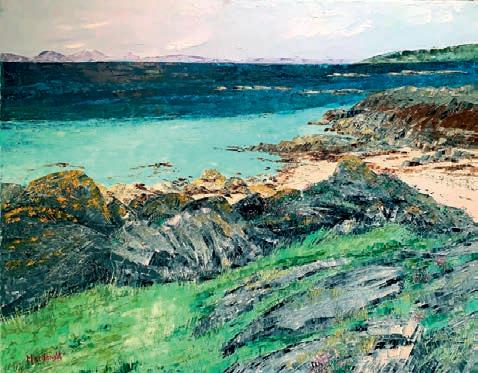
127 AUCTIONS SPEAK LOUDER Altruism and whisky go hand in hand, says Blair Bowman
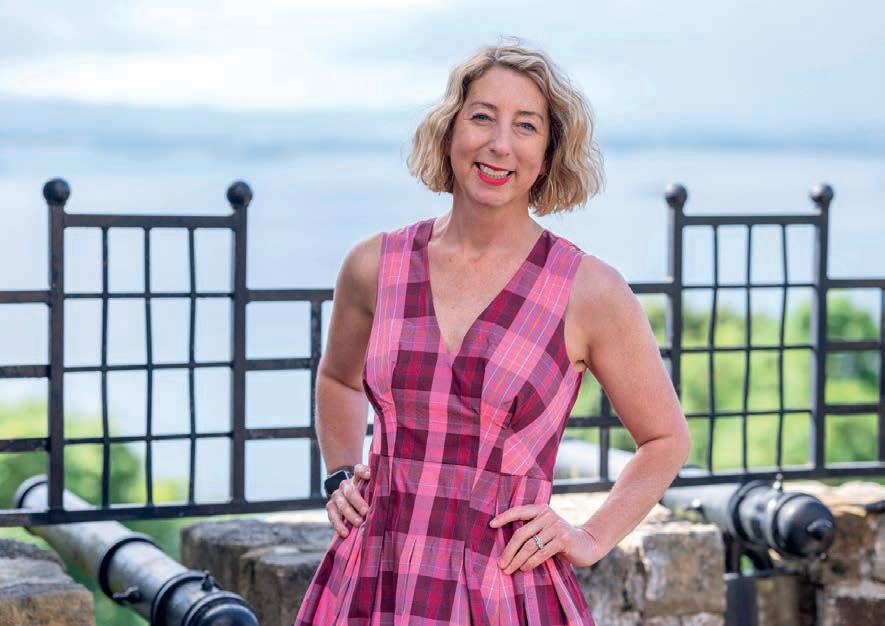
129 SF READERS' CHALLENGE
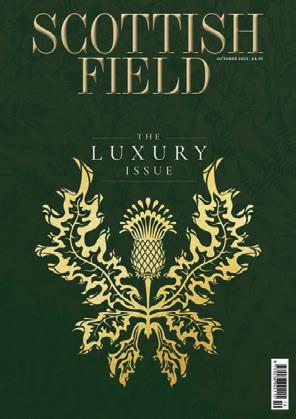
LIFE & STYLE
138 THE EFFECTS OF GOING GREEN Financial guru Peter Ranscombe suggests that you remember to look at insurance when investing in green technology
TRAVEL & LEISURE
146 THE GREAT OUTDOORS Our reviewers head for the hills and try out four retreats that are perfect for outdoor enthusiasts
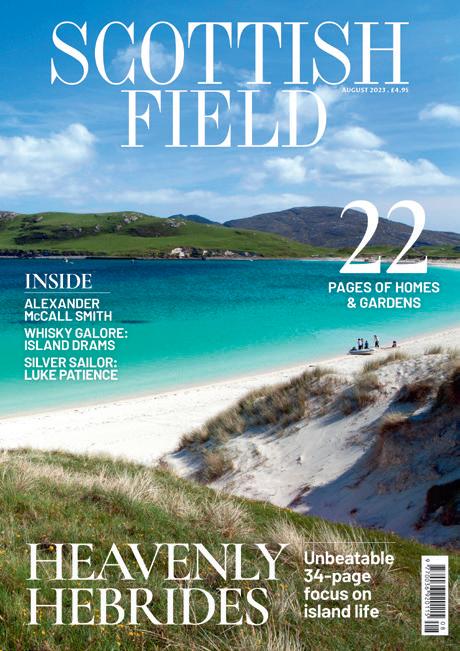

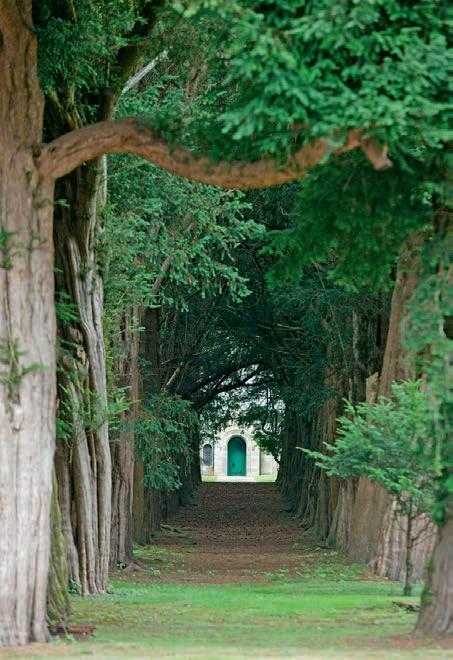
NEWS, VIEWS & EVENTS

10 Letters 61 Garden News 81 Antiques News 88 Field Culture 108 Country News
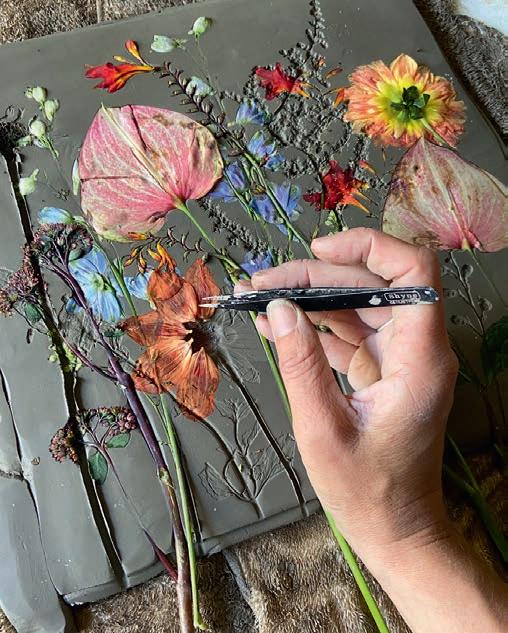
124 Food & Drink News 156 Cover to cover
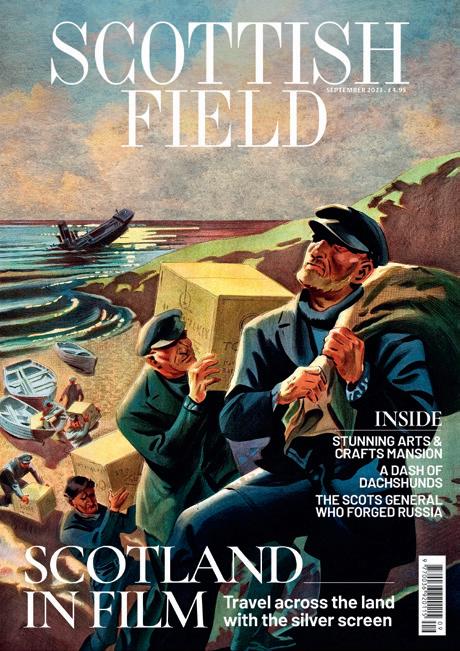
160 Social Scene
OFFERS & COMPETITIONS
154 PUZZLE PAGES The crossword, spot the difference, sudoku and all the usual puzzles
159 COMPETITIONS Win a bottle of whisky or a copy of Squeaky Clean by Callum McSorley
Buy three issues for just £3.
See pages 110-111 for details.


EDITORIAL AND DESIGN
Editor: Richard Bath
Creative Editor: Heddy Forrest
Chief Sub-Editor: Rosie Morton
Staff Writer: Morag Bootland
Web Editor: Ellie Forbes
Editorial Interns: Felix Petit, Scarlett Donald, Eilidh Tuckett, Honor Fletcher
Designer: Grant Dickie
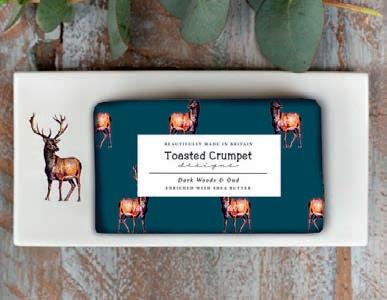
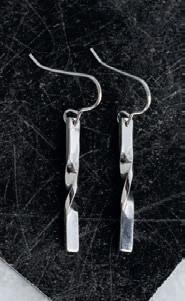


Artworker: Andrew Balahura
Production Controller: Megan Amato
Email: editor@scottish eld.co.uk
SALES AND MARKETING
Advertising Team Leader: Tracey Faulds
Senior Sales: Stacey Richardson
Advertising Sales: Grant Philbin, Carol Greenshields
Head of Drinks Division: John Boyle
Senior Marketing Executive: Heather Smith
Email: adverts@scottish eld.co.uk

PUBLISHING
Tel: 0131 551 1000 Fax: 0131 551 7901
Publisher: Alister Bennett, Scottish Field, The North Quarter, 496 Ferry Road, Edinburgh EH5 2DL
London O ce: 1 Gunpowder Square, Fleet Street, London EC4A 3EP
OVERSEAS
(Send USA Address corrections to Warners Group Publications as per below details).
US Postmaster: Periodicals postage paid at Emigsville, PA.
US Mailing agent: Scottish Field (ISSN No: 0036-9309) is published monthly by Wyvex Media Ltd, PO Box 1, Oban PA34 4HB and is distributed in the USA by SPP, 95 Aberdeen Road, Emigsville PA 17318.
SUBSCRIPTIONS AND DISTRIBUTION
Address: Warners Group Publications plc, The Maltings, West Street, Bourne, Lincolnshire, PE10 9PH.

Tel: 01778 392014 Email: subscriptions@warnersgroup.co.uk
Subscriptions for one year UK: £53.00 Worldwide: £75.00


If you experience any di culties in obtaining Scottish Field, contact 01631 568000
To avoid any di culties in obtaining your magazine, ask your newsagent to place a regular order for you. It will then be delivered to you or be ready for collection in the shop. Simply ll in your details and hand this form to your newsagent. Please reserve/deliver* my copy of Scottish Field starting from the . . . . . . . issue (*delete as appropriate).
Title Name
Address
Tel: 01764 663369
Tel: 01764 663369
663369
119 High Street, Auchterarder PH3 1AA
119 High Street, Auchterarder PH3 1AA
119 High Street, Auchterarder PH3 1AA
/graceandfavoursauchterarder
/graceandfavoursauchterarder
We at Scottish Field endeavour to ensure that all our reports are fair and accurate and comply with the Editors’ Code of Practice set by the Independent Press Standards Organisation (IPSO). We realise, however, that mistakes happen from time to time. If you think we have made a signi cant mistake and you wish to discuss this with us, please let us know as soon as possible by either of the following two methods: emailing editor@scottish eld.co.uk; or writing to the Editor at Scottish Field, 496 Ferry Rd, Edinburgh EH5 2DL. We will attempt to resolve your issue in a timeous, reasonable and amicable manner. However, if you are unsatis ed with our response, you can contact IPSO, which will investigate the matter. You can either telephone IPSO on 0300 123 2220 or email inquiries@ipso.co.uk. IPSO is an independent body which deals with complaints from the public about the editorial content of newspapers and magazines. We will abide by the decision of IPSO.



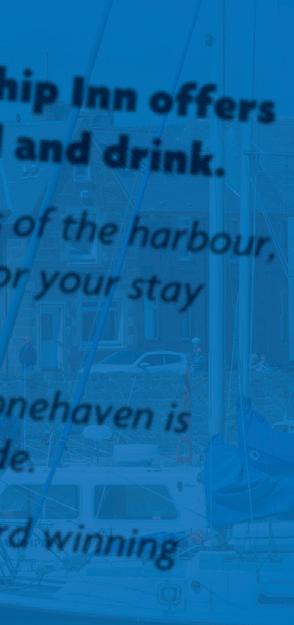
Cruises. Tel: 01698 425 444, www.indulgentcruises.com














The writer of the Star Letter will receive a bottle of Laurent-Perrier Cuvée

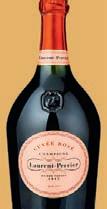
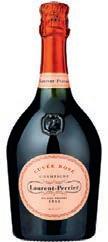

The subject of predator control is undoubtedly a controversial one but what is not in doubt is that we live in a managed countryside, and the notion that if we just let nature take its course everything will be ne is not applicable everywhere.
If it was the case then we would not be carrying out control of native deer populations, removing natural regeneration of native trees from bog surfaces or fencing mammalian predators out of nature reserves where there are ground nesting birds.
Two important cases in Scotland demonstrate the issues well. The capercaillie is an endangered species, the population of which appears to be in terminal decline.
The possibility of death of a single bird by ying into a deer fence is cause for alarm and a reason for spending hundreds of thousands of pounds, if not millions, in recent years on deer fence removal or marking, yet the clear evidence that predation of caper nests by pine martens is a serious issue is glossed over because it is inconvenient that
one protected species is adversely affecting another.
Similarly, we are in danger of losing the much-loved curlew from our uplands and nest predation is undoubtedly one of the causes. As those who live in, and manage, the Scottish uplands are well aware, that includes predation by badgers, but this is again constantly denied or glossed over because it is inconvenient.
The notion of exercising some degree of control of protected species is a di cult one which would need much consideration, and which may ultimately not be accepted. If that is the consensus, and the implications for the future of the capercaillie and the curlew are accepted, then so be it, but a dispassionate consideration of the issue is at least required and the worst approach is to be in denial that a problem exits. If we are to ignore all ‘inconvenient truths’ then why are we bothering to do anything about climate change.
Dr Bob McIntosh, Perth and Kinross

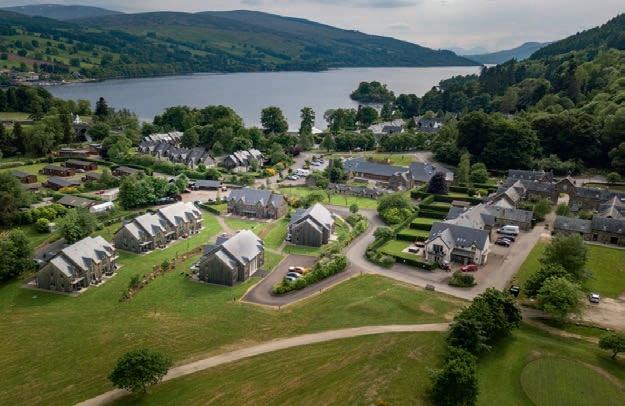

Alexander McCall Smith’s article [p.41, Is Ignorance Bliss? June 2023] mentions the reputation Americans have for ignorance of world geography. It’s disheartening. However, all is not lost.
This year in the US there was a record number of applications for new passports, even leaving many frustrated as the State Department struggled to cope with the demand. Travel shows on the networks were extremely popular during the pandemic, creating itchy feet across the pond. Soon they will be ocking to our shores in droves. Perhaps America is poised for the enlightenment our professor longs for.
Ingrid Dally, Lower Largo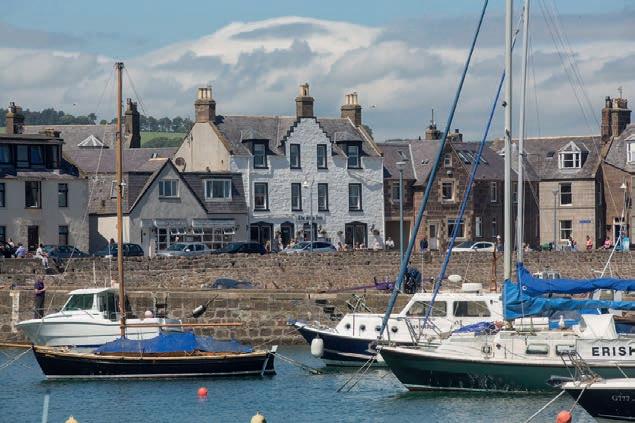







Restoring Scotland’s peatlands for the many benefits to people and to nature.

Climate change is the most serious threat to Scotland’s environment. Early action is central to overcoming these impacts.
Peatland restoration o ers a solution.

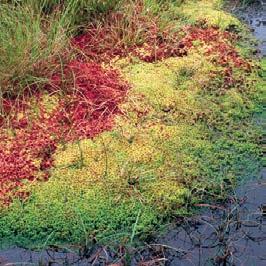
Helping us to reduce the e ects of climate change by storing carbon.
Regulating water flow and quality, improving flood management, fisheries and source water supplies.
Benefiting farming and sporting practices e.g. the abundance of invertebrates on which grouse feed.
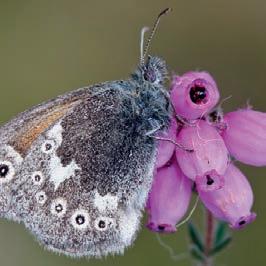
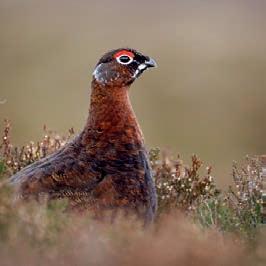
Internationally important habitats, home to rare and often unique plants, invertebrates and birds.
We provide bespoke advice on restoration management and funding.
Contact us: peatlandaction@nature.scot Follow us: @PeatlandACTION
The wonderful photographs of ‘A Day for Long Dogs’ at Thirlestane Castle in the September 2023 edition, featuring Dachshunds of all sizes, showing off their loveable personalities and extensive skills at the Scottish Dachshund Rescue Club’s Fun Day, was a joy to see.
The photos highlighting the fun agility, racing, showing and fancy-dress winners, as well as Haggis dressed and enjoying his racing, were irresistible. Over 300 dogs took part enjoying all the activities. The event also
raised funds for Dachshund Rescue and IVDD for Dachshunds.
With the stunning backdrop of Thirlestane Castle the day completely epitomised what a ‘fun’ family day should be - held there for Sausages, family dogs and their ‘hoomans’, all enjoying a very special doggy day.
So, to Sausages everywhere, roll on next year. And thank you Scottish Field for this very special article. Carol Mitchell, Trustee of the Scottish Dachshund Club Rescue, Spottiswoode, Berwickshire
I have just spent a most enjoyable Sunday devouring the September edition of Scottish Field. What a wonderful section on Autumn Breaks. Having just returned from Orkney and Route 500 my wife and I could relate to most of this section. We appreciate the work that you and your team must have put into this. 11 out of 10!
 Bill Leitch, Auchterarder
Bill Leitch, Auchterarder
I am a relatively new subscriber to Scottish Field but already have my favourite columns that I always turn to rst. 'The Last Word' was one of those – my ' rst word' of each new issue – and it was with some sadness that I read Fiona Armstrong's last piece.
Change can be an uncomfortable thing so it was with interest, but also a bit of grumbling, that I turned to the back page of the September issue to check out the 'incomer'. I need not have been concerned. Louise Gray's excellent column was both
saddening and life-a rming in equal measure. The awful experience of losing the Log House, and all of its wonderful memories from over the years, struck a chord with me as our home was very badly ooded, resulting in major damage, last November.
Louise's decision to build a new and 'different' house has inspired me to push on with our renovations and to create something new and more resilient out of the old. I look forward to reading more about Louise's work in future issues.
Lorraine Anderson, Angus Deveron Valley Cottages.indd 1SEND YOUR LETTERS TO THE EDITOR, SCOTTISH FIELD, THE NORTH QUARTER, 496 FERRY ROAD, EDINBURGH EH5 2DL EMAIL EDITOR@SCOTTISHFIELD.CO.UK
WEBSITE WWW.SCOTTISHFIELD.CO.UK
High Trodigal in Kintyre is the ideal destination for a cosy autumn stay. This unique earth sheltered cottage is light, airy and warm with curved ceilings and open-plan living. Panoramic windows offer spectacular views of hebridean islands, big skies and stunning sunsets.
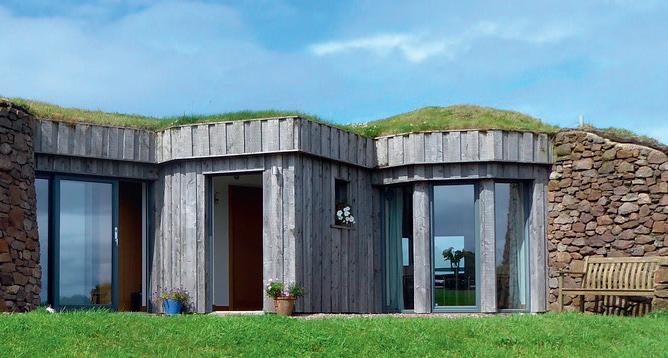
Add the luxury of cosy underfloor heating, log burner, kingsize bed, fantastic bathroom with spa bath, sauna, fluffy towels and dressing gowns then you have a perfect getaway. Enjoy the special environment of the Kintyre peninsula, discover hidden coves, walk on empty sandy beaches, spot otters, seals, sea eagles and wild deer, take a whisky or gin distillery tour. .
The welcome hamper of local goodies and Champagne add the finishing touch to an unforgettable break.
Website: hightrodigal.co.uk


email: stay@hightrodigal.co.uk



Call Linda and Mike01586810305


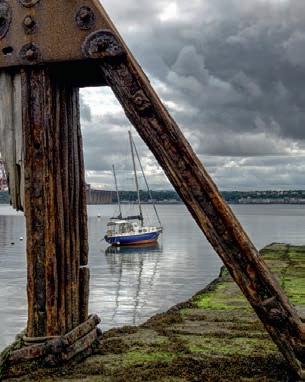
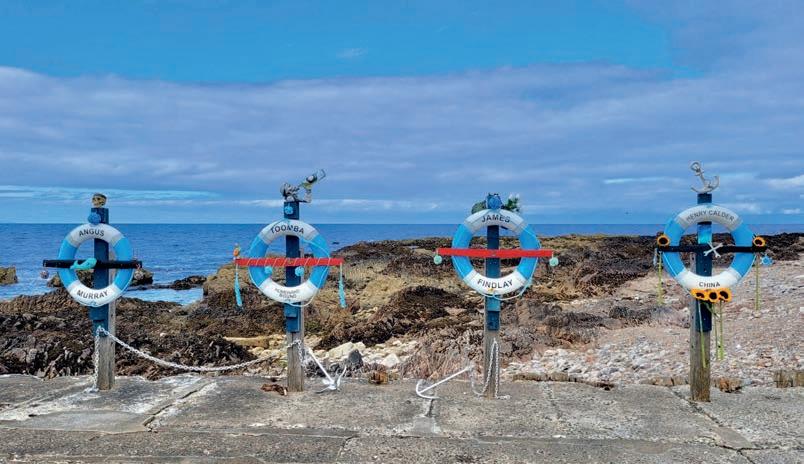

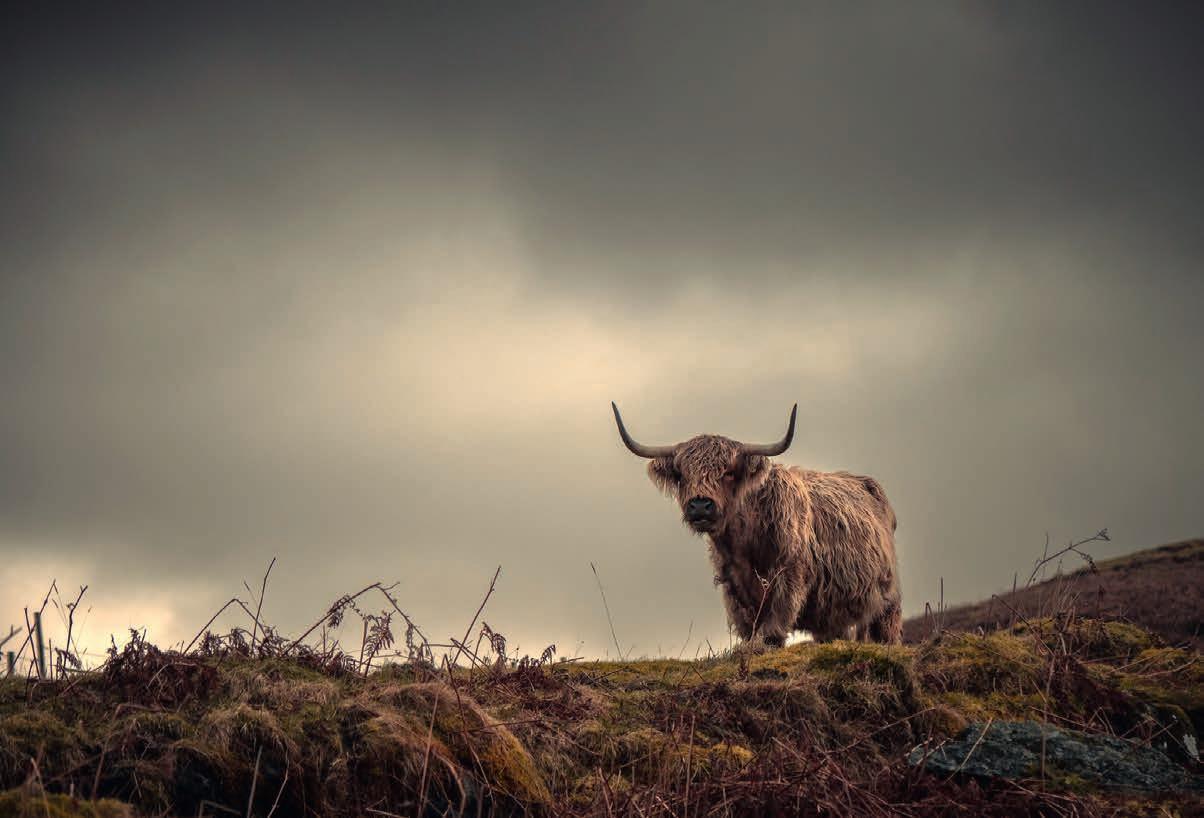 ABOVE: Aimsir an stoirm / Weather the storm taken by Andrew Davis.
FAR RIGHT: A Frame taken by David Knowles. RIGHT: Camping on Suilven taken by Jon Mackenzie.
ABOVE: Aimsir an stoirm / Weather the storm taken by Andrew Davis.
FAR RIGHT: A Frame taken by David Knowles. RIGHT: Camping on Suilven taken by Jon Mackenzie.
No one loves a good photograph showing the variety of life in Scotland more than us. We also love seeing your photographs too, so lovely readers, upload your photos today and you might find your work appearing here

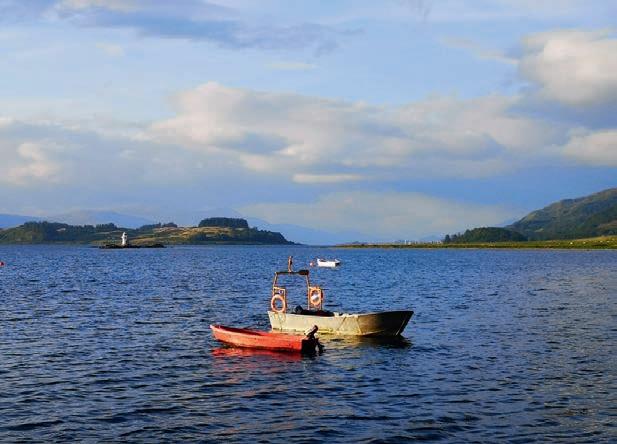
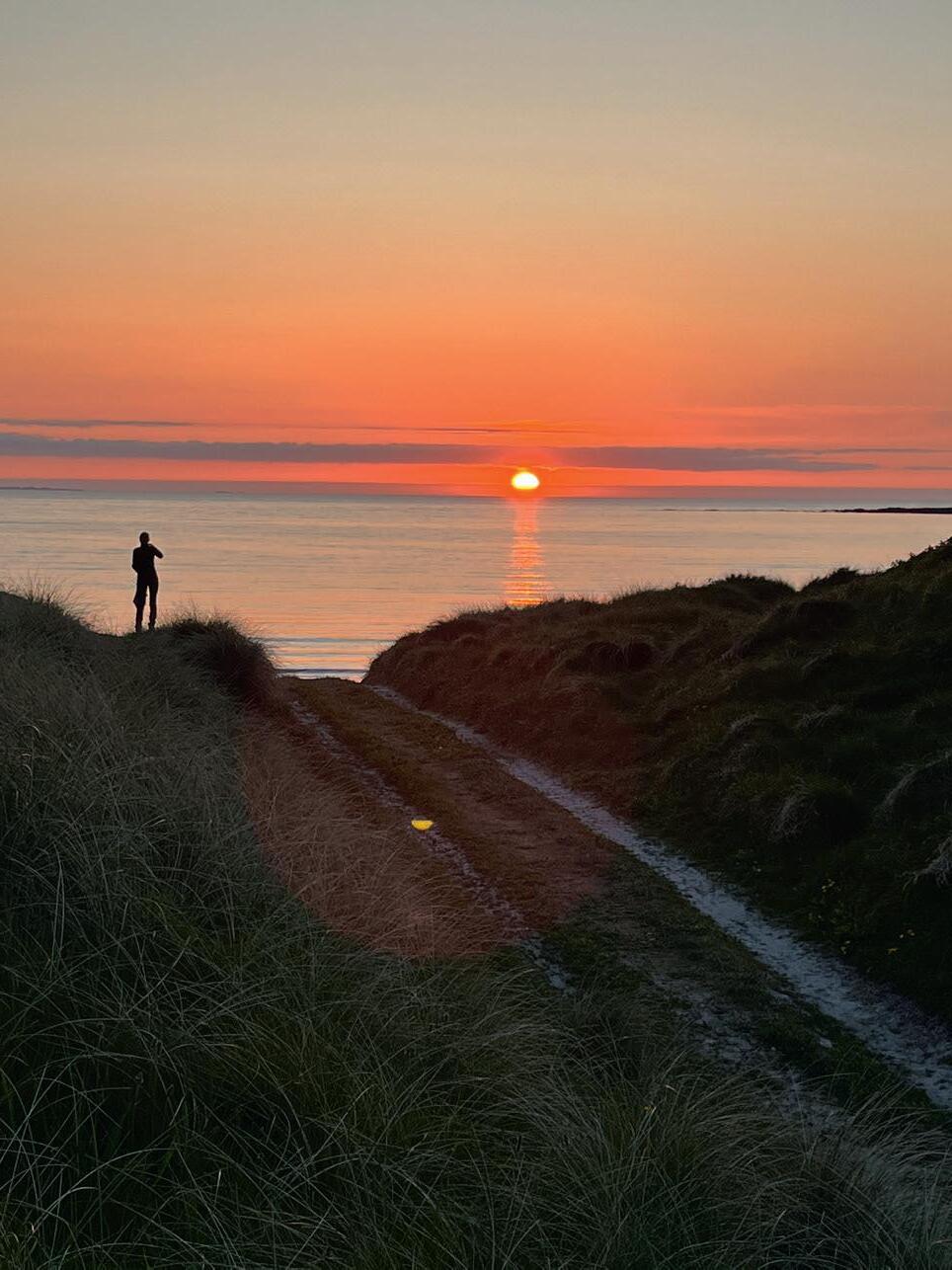
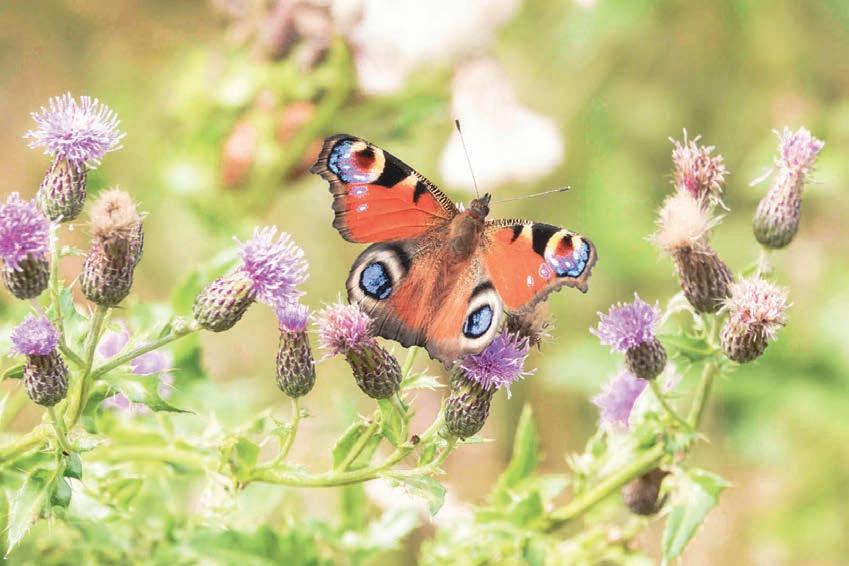 FAR LEFT: Cula Bay on Benbecula taken by Tony Fry ABOVE: Boats in front of Sgeir Bhuidhe Lighthouse in the Firth of Lorn off Port Appin taken by Cat Thomson. LEFT: Super blue moon and Rattray Head Lighthouse taken by Fiona McRae.
LEFT: A peacock butter y at home among the thistles taken by Arthur Allan.
FAR LEFT: Cula Bay on Benbecula taken by Tony Fry ABOVE: Boats in front of Sgeir Bhuidhe Lighthouse in the Firth of Lorn off Port Appin taken by Cat Thomson. LEFT: Super blue moon and Rattray Head Lighthouse taken by Fiona McRae.
LEFT: A peacock butter y at home among the thistles taken by Arthur Allan.
Rotunda Lodge, Polmuir Road, Aberdeen, AB11 7SY


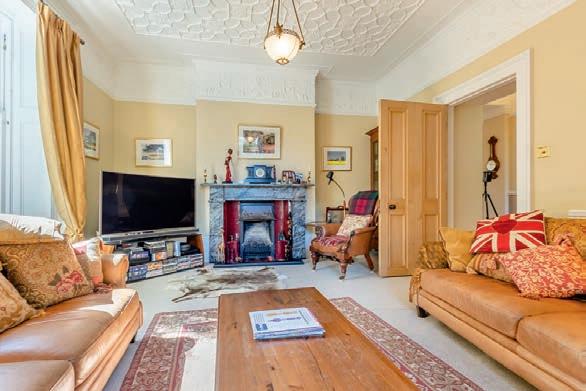
Selling Agent: Strutt & Parker

Tel: 01738 503266
Offers over: £975,000

Built in 1842 for John Roy, the owner of Ferryhill Gardens, Rotunda Lodge is a Grade C Listed granite mansion in the conservation area of Ferryhill, Aberdeen. The secluded residence is accessed via wrought iron electric gates and is surrounded by stone-built walls. The six-bedroom house features Scots Renaissance plasterwork and friezes, ornate cornicing, stained glass windows, marble replaces and a ne 20th-century Ronald Harrison conservatory. Not only a fabulous family home, the layout lends itself to the possibility of a lower ground level self-contained at. It has an impressive Clive Christian kitchen, an outbuilding, a greenhouse and pond within the gardens, offering peace and tranquillity just two miles from the city centre.
CLOCKWISE FROM TOP LEFT: Lush green gardens; sitting room; Clive Christian kitchen; one of
Selling Agent: Galbraith 01463 224 343

Offers over: £835,000
Cockmuir Farm is a delightful small farm located near the hamlet of Fogwatt to the south of Elgin. Extending to around 113 acres, the farm comprises a traditional farmhouse, a stone-built steading, arable and pasture land, wetland with pond and an area of mature mixed species woodland. The six-bedroom house is laid out over two oors with traditional features including replaces, high corniced ceilings and bay windows. The wood comprises a mix of native broadleaves and mature conifers, the majority of which is a designated Ancient Woodland.
Lilliesleaf House, Melrose, Scottish Borders, TD6 9JD
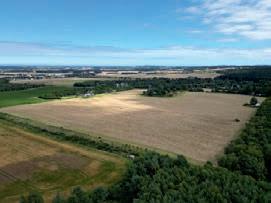
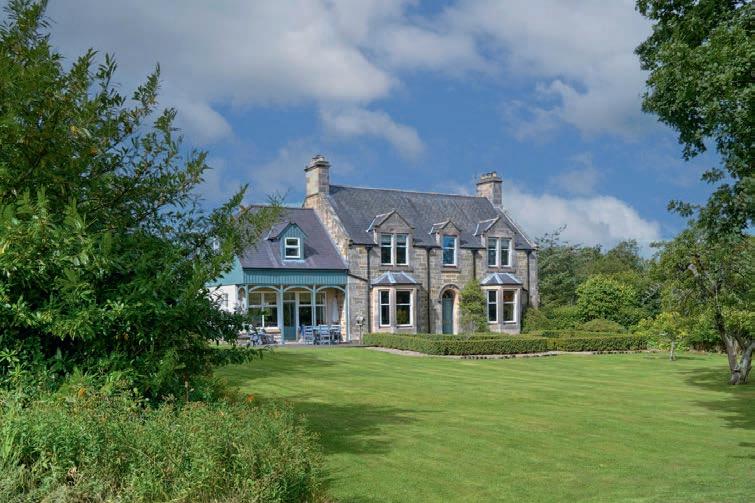
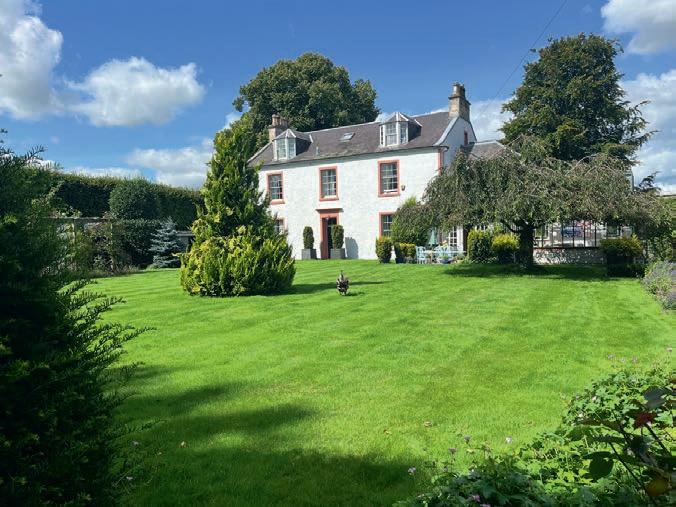
Selling Agent: Knight Frank
Tel: 01896 807 013
Offers over: £925,000
This attractive former Georgian manse with an exceptional walled garden and outbuildings is within easy commuting distance of Edinburgh. The Category B Listed house dates from 1821 and has all the elegance associated with Georgian properties of this era and retains all of its period features. Around Lilliesleaf House is a beautiful, well-stocked garden, surrounding a central Croquet lawn. A twelve-foot pink stone wall, running along the eastern-most lawn, supports espaliered apple trees and climbing roses, at the foot of which is a formal garden.

Lower Burnmouth, Burnmouth, Eyemouth, Scottish Borders, TD14 5SP
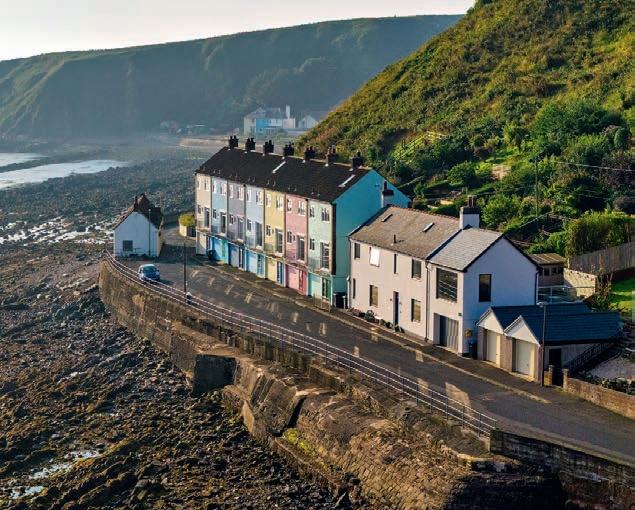
Selling Agent: Paton & Co.
Tel: 01896 809 200
Offers over: £525,000
21 Lower Burnmouth is a detached 3/4 bedroom house situated in one of Berwickshire’s most spectacular positions. Overlooking Burnmouth Bay, the house has been recently renovated. All of the accommodation within has views over the bay and working harbour and offers everchanging scenes from shing boats plying their trade to dolphins playing off the coast. The sitting room has a wood burning stove and French doors which lead out to a decked patio to the rear, with a mature and well establish terraced garden.

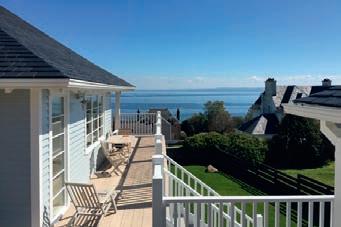


Building your own house from scratch can either be a daunting task or a satisfying journey – it all depends on who you partner with.
Rob Roy Homes are more than just a timber frame manufacturer. With over 30 years in the industry, Rob Roy Homes’ seasoned team ensures that every customer receives a holistic and comprehensive service from beginning to end, forming a partnership with each customer to assist with every step of their self-build project.
or ob oy Homes, there is no one si e fi ts all. Every customer has different needs, budgets, tastes, and even time commitments that factor into the creation of their home. Rob Roy Homes’ tailorable and professional service offers the exibility of working within each customer’s needs and budgets, partnered with the accuracy and guarantee that their house will be built to specification.
Building with timber over masonry has the benefi t of being uick to get wind and water tight, cost effective and environmentally friendly. Rob Roy Homes procures materials from renewable sources. The timber
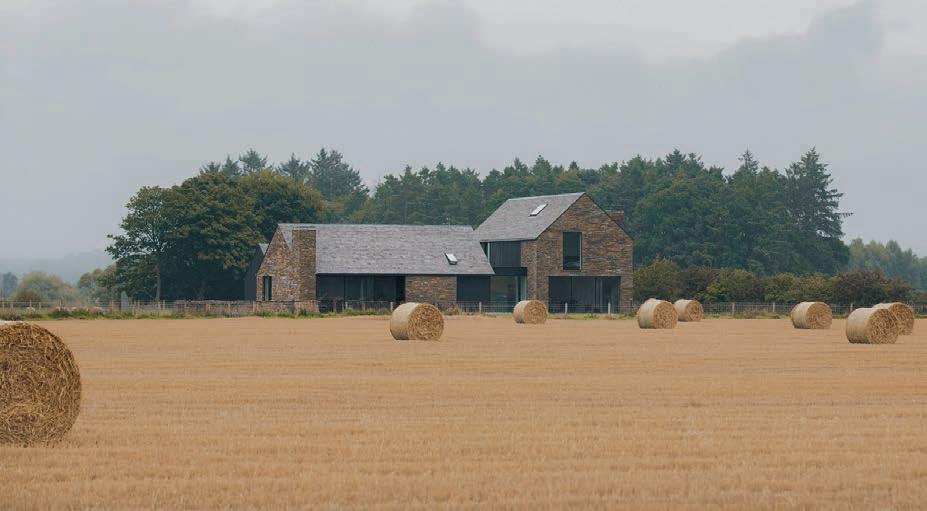
frames are then made in a purpose-built factory with highly sophisticated computer-controlled machinery. This combined with their experienced team safeguards the accuracy of each building project to create a controlled and efficient building environment.
Whether you’re starting with a blank piece of paper or already have your perfect home in mind, look no further than Rob Roy Homes. With a fully customisable service, their highly experienced team will ensure every customer’s needs are met so that they don’t only get a house, but the home of their dreams.
Rob Roy Homes are members of the STA (Structured Timber Association), National House Building Council and fully accredited SAP assessors. If you would like to book a free consultation, call them on 01764 670424, email at mail@robroyhomes.co.uk or visit robroyhomes.co.uk
Which ESTATE AGENT should you choose? 37 Years earning my reputation as an Estate Agent that Clients can TRUST ...a hard won accolade, however my clients reap the rewards of my decades of property experience.
Our Estate Agency Team at BLACK HAY are involved throughout the sales process ...however each property sold is personally negotiated by me as our Clients have entrusted me with the sale of their homes.
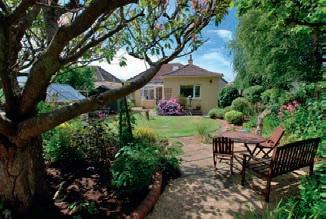



If you are looking to engage a real Estate Agent for your Special Home contact me, Graeme Lumsden, Director/Valuer at BLACK HAY ESTATE AGENTS - We market Special Homes across Scotland. blackhay.co.uk
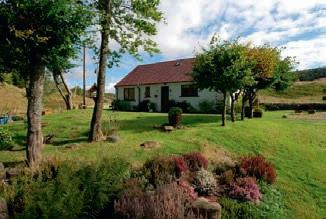
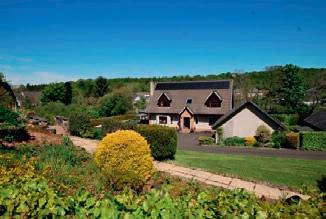





The stunning Cairn Lodge development which overlooks the picturesque nine-hole golf course on the estate, beautiful Kenmore Hill and beyond is fast becoming a sought after location to have your own bolt hole in Kenmore, Highland Perthshire.
With high specifications the various styles of lodges at the Cairn development complement each other and come fully decorated and furnished throughout with lots of features such as either two or three bedrooms, en suite bathrooms, dressing rooms, spacious fi tted kitchens with built-in appliances, utility rooms, and generous, lightfilled living spaces. The Cairn Lodges each come with a month licence and the security of a 50-year tenure. A Cairn Lodge plot can be secured now by those looking to have a private holiday home in Highland Perthshire to enjoy year-round.
n the established ains of Taymouth Village there are several other lodge opportunities available for immediate occupancy, each


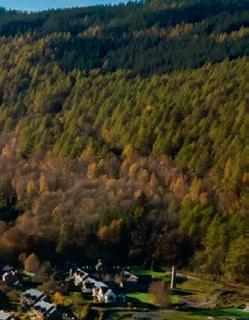
with a month licence, and depending on your choice of lodge style, either a or year tenure.

Ac uired in by Pure Leisure roup, ains of Taymouth Village is continuing to grow from strength to strength with other holiday home options available within the already established Taymouth Village and finance options are now available to make your dream a reality. It’s a multiple rated, dog-friendly holiday estate located in the heart of Scotland which is easily accessible from many major cities.
Just across the bridge is the charming conservation village of Kenmore boasting a natural stone beach and breathtaking views of Loch Tay, one of Scotland’s finest landscapes.
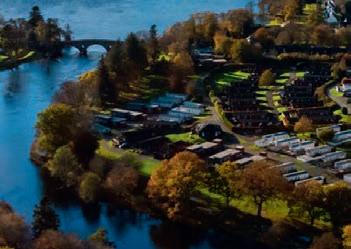
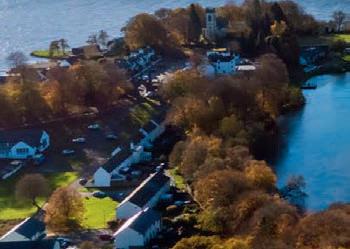
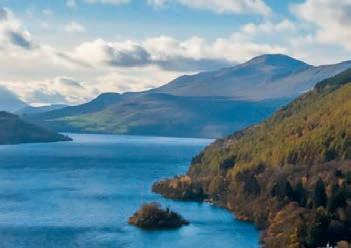
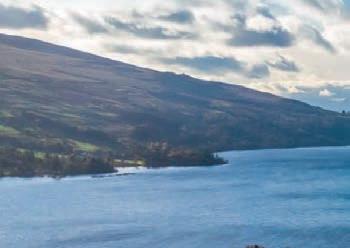
Enjoy being part of the fi ve star ains of Taymouth Country Estate & olf Course with its many amenities, holiday here in an idyllic environment Priced from , . n site facilities include: nine hole golf course, putting green, bar & brasserie, and a deli & gift shop.
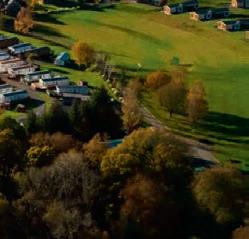
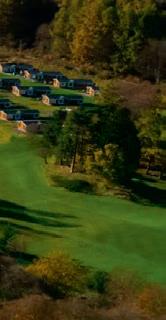

Call 01887 830 226, or visit www.taymouthvillage.co.uk


With the recent release of the last 21 plots, the Cairn Lodge development has generated a lot of interest already. These new plots are being snapped up quickly as once they are gone, they are gone
High ceilings, low ceilings, cornicing, beams, small doorways, thatched roofs, sash windows and cast iron fireplaces – the list of features that may be found in period properties goes on and on. With so many of Scotland’s beautiful places to live having streets lined with characterful historic buildings, the reality for many home buyers is they will likely consider making a period property their home. Various means exist to protect period properties and the characterful older areas of cities, towns and villages; this does not mean changes cannot be made, but consent must first be granted.
Whilst the majority are concentrated in Edinburgh, there are over 45,000 listed buildings in Scotland. So, if you are considering a special home there is a possibility it might be listed and come with additional considerations. Listed properties are graded by one of three categories, depending on the building’s relative importance: Category A includes buildings of international or national importance
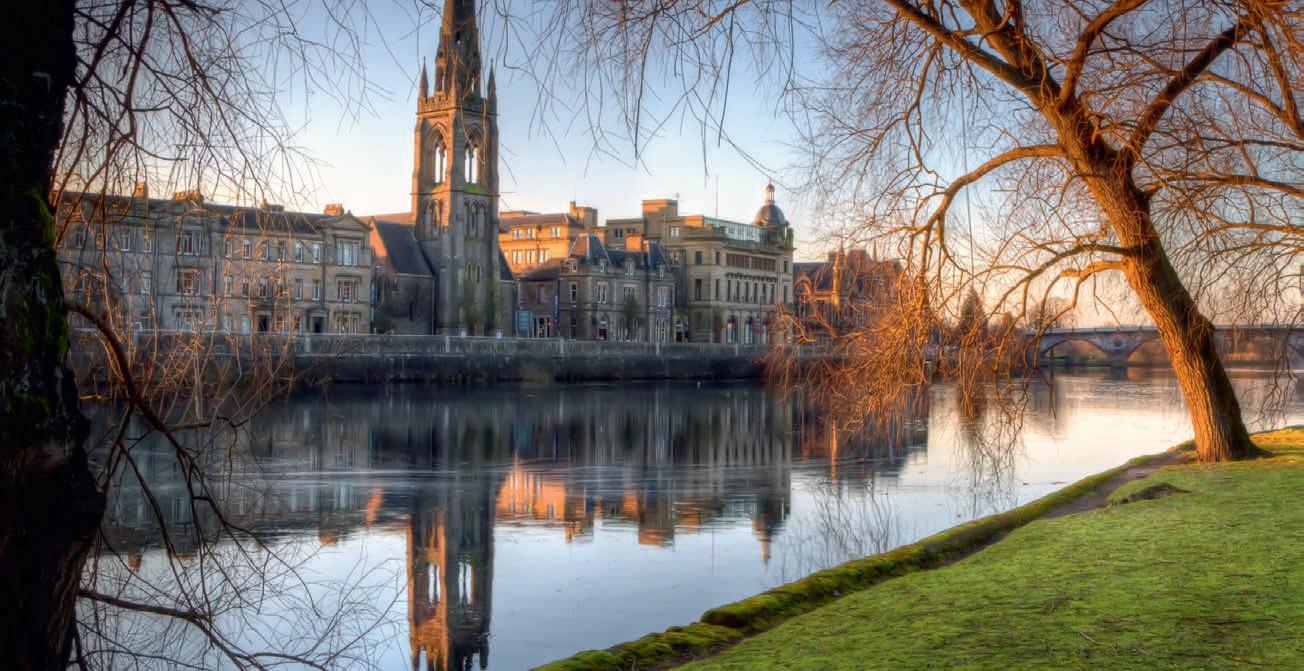
that will be almost entirely unaltered from when it was built. Category B are often buildings of local importance that may or may not have been altered. And Category C are buildings of local importance or those with some examples of a particular period or style, that may have been altered over the years.
Understanding which category a property falls into will ensure you understand the maintenance involved in ownership and the possibility of carrying out changes. If you buy a listed property and wish to make an alteration, build an extension or make a demolition you must apply for listed building consent. There are often grants and funds available for people who would like to carry out works on a historic building, Historic Environment Scotland provides information on who is eligible and how to apply.
Whether it's listed or not, period properties generally need more maintenance and any permissions granted usually specify that the same materials and methods are used for repairs as when the house was built. These may be costly, and need specialist contractors, so it is
prudent to research the cost and regularity of maintenance needed before committing to the purchase.
Garrington strongly recommends all clients, regardless of the age of property, instruct an independent surveyor to complete a full building survey as soon as possible after agreeing terms to avoid paying further conveyancing costs should something undesirable be discovered. And if you do intend to buy a listed property it's prudent to consider specialist insurance with a policy that includes specifics to your listed home.

As a local expert, a professional property finder will conduct thorough due diligence on properties seriously considered by their clients and provide them with valuable insight. CONTACT
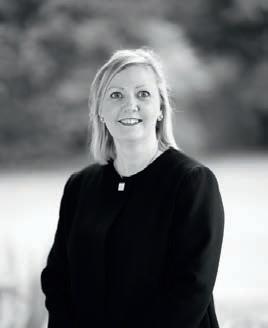

Tel: 0131 564 1156
E-mail: info@garrington.co.uk
www.garringtonscotland.co.uk
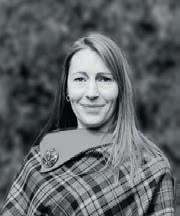 Scottish Property
MARIE WOOD The Highlands & West Coast
DAVINA RASELLI Perthshire & Central
MEET
Scottish Property
MARIE WOOD The Highlands & West Coast
DAVINA RASELLI Perthshire & Central
MEET
Vet and adventurer
Dr Cal Major has been named as a new ambassador for the National Trust for Scotland. In her new voluntary role, she will raise awareness of and support for the trust’s conservation work. Cal spends much of her time on and in the sea around Scotland and is based in Ullapool. She has recently visited the Treshnish Isles, the newest property to come into the care of NTS. www.nts.org.uk
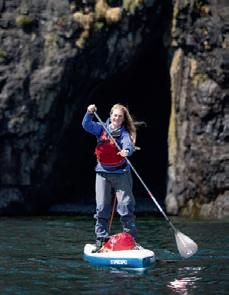

The V&A Dundee has generated £304 million for the Scottish economy, according to a new report. ity leaders say the design museum has had a considerable im act in its first five years, with more than 5 obs su orted in undee. isitor numbers to the city have soared from , in 1 to more than 1. 5 million in , with more than 1. million visits to the waterfront attraction since it o ened in 1 . www.vam.ac.uk
Hundreds of people from all over the world turned out to take part in the biggest search for the Loch Ness monster in more than 50 years. The search is said to have turned up some new unusual sights on Loch Ness from vantage points on land.
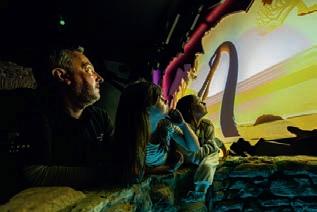
www.lochness.com
Castle of Light returns to Edinburgh Castle this winter. Returning to transform the city’s skyline for a fourth year, the event illuminates the iconic landmark with light and sound displays. Visitors are treated to an a er-dark walking trail as a tapestry of storytelling projections dance across the castle walls. It runs from 24 November to 3 January 2024. www.CastleofLight.scot

Edinburgh’s iconic Elm Row pigeons have come home to roost. The eight bronze birds, created by sculptor Shona Kinloch, were removed during the original tram project in 2006. They’ve since been refurbished or completely recast in time for their return. They have been installed in their new spot near the top of Elm Row. www.edinburgh.gov.uk
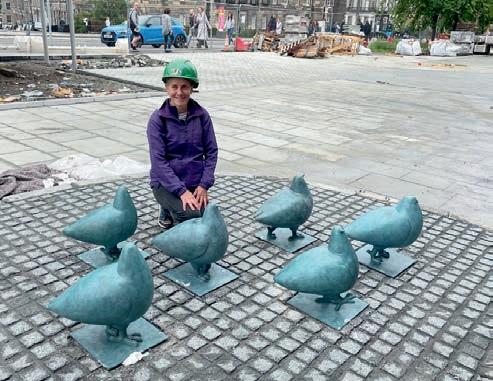
A mural by the late Alasdair Gray will go on display in the museum where he learnt to draw a er it was acquired for the public. Painted in 1964, Cowcaddens Streetscape in the Fi ies is one of Gray’s bestknown works. e painting shows life in the Glasgow area post-war and captured the look and feel of daily life. Before display at Kelvingrove Art Gallery and Museum the painting will be conserved at Glasgow Museums Resource Centre where academics and fans will be able to see it. www.glasgowlife.org.uk
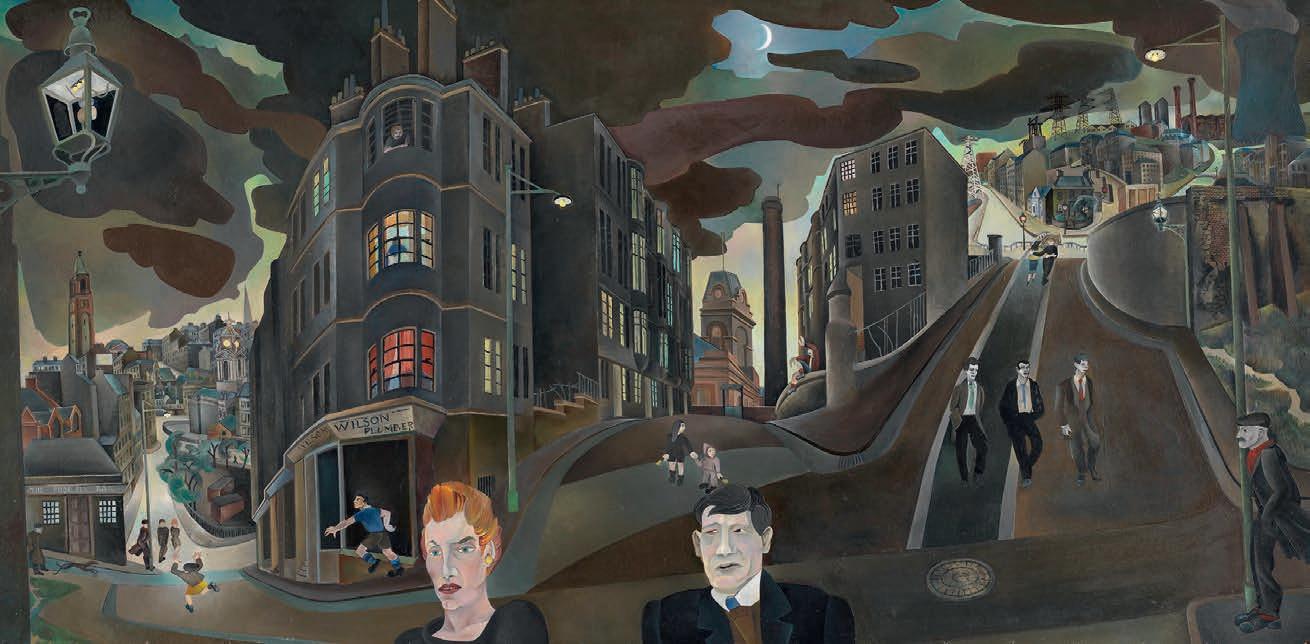
HOLYROOD HIVE OF ACTIVITY
The bee population at the Scottish Parliament has surpassed one million after nine years. As the population continues to thrive, the number of beehives on-site has also grown, increasing from 11 last year to 15. The beehives were first installed in the Members’ Garden of the Scottish Parliament in 2014. During the summer months, the bee population in Holyrood’s grounds rises to in excess of a million bees, falling back to a third of that figure through winter. www.parliament.scot
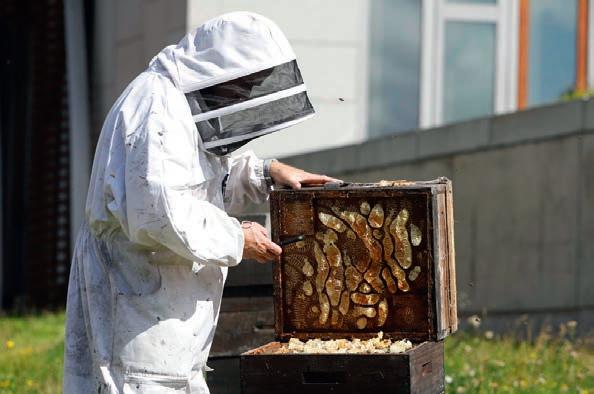
Women who have experienced trauma are taking to the waves as part of a surf therapy project in East Lothian e £4,500 grant from the University of Edinburgh Community Grant Scheme will enable Groundswell Scotland to enhance its seven-week healing programme. Specially designed to support those who may not find traditional therapies appealing, it uses the ocean as a rehabilitation tool to help women self-regulate di cult emotions and navigate potential tri ers to help them deal with stress. www.groundswell-scotland.org

THE FACTS & FIGURES
70,000
The number of bees in each hive during summer.
The average speed bees y when ying to plants.
The distance the bees travel to forage for pollen.
has been unveiled in Edinburgh marking the birthplace of Sir Arthur Conan Doyle. The life-sized bronze sculpture was removed in 2018 while Trams to Newhaven works were carried out. It was renovated by Black Isle Bronze in Nairn and is now in place at Picardy Place island, where Conan Doyle was born. www.edinburgh.gov.uk
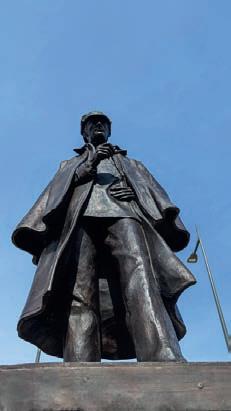
One of the most celebrated paintings in the world, the iconic The Monarch of the Glen by Sir Edwin Landseer, has been moved to its new home. Painted in 1851, Landseer’s work of art famously depicts a proud stag imperiously surveying a majestic Highland landscape. The painting will now be housed at the new Scottish galleries at the National in Edinburgh. It is one of more than 130 art works taking up residence in the new space. www. nationalgalleries.org
 TOP: ESTATE OF ALASDAIR GRAY. RIGHT: ANDREW COWAN. FAR RIGHT: JANE BARLOW.
TOP: ESTATE OF ALASDAIR GRAY. RIGHT: ANDREW COWAN. FAR RIGHT: JANE BARLOW.
Taking part in an Inverness tradition that dates all the way back to 1946, hundreds of brave souls took to the water in e Kessock Ferry Swim, and Paul Campbell was there to capture it



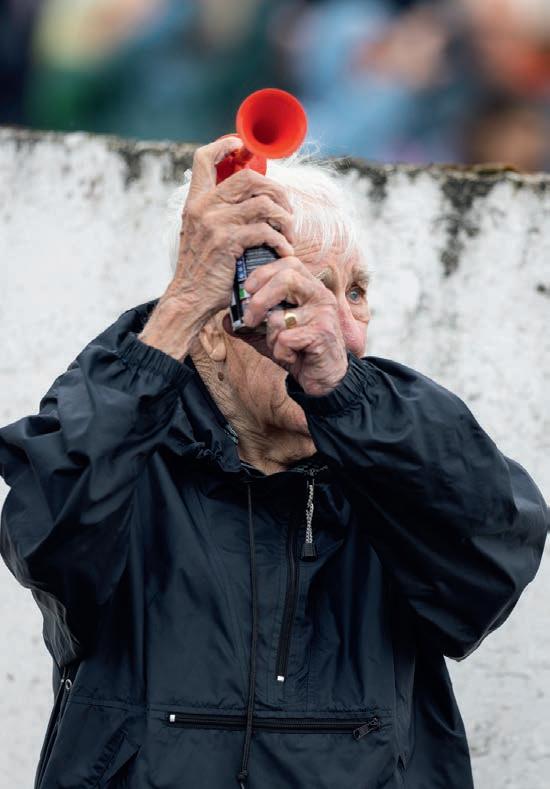
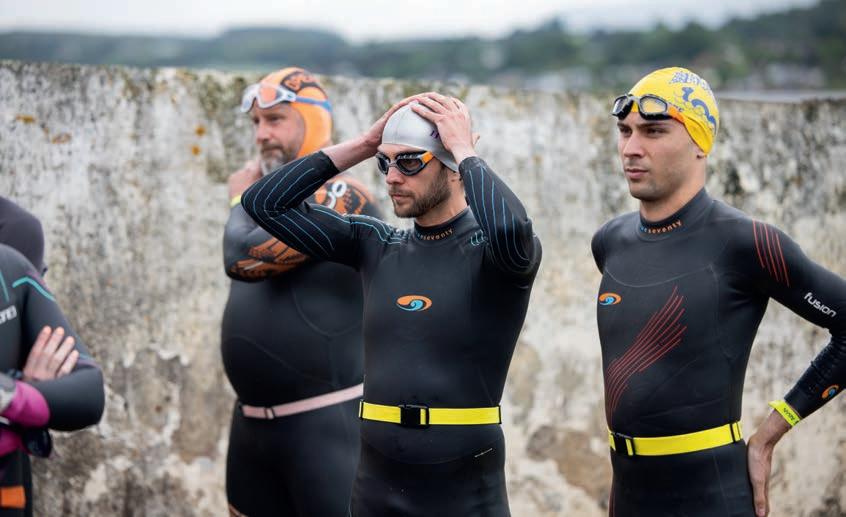
PREVIOUS PAGE: A mixture of nervousness, trepidation and excitement moments before the start of the 2023 Kessock Ferry Swim. CLOCKWISE FROM TOP LEFT: Donald McFadyen (92) sounds the starting horn, 77 years after completing the swim himself; the swimmers embark on their 1,200m journey across the tidal narrows between South Kessock and North Kessock; all set and ready to go; getting into the zone at the start line.


ABOVE: A multitude of sea kayakers and powerboats ensure everyone is safe and accounted for. LEFT: Powering through to the end on the promise of a warm drink. RIGHT: Elation and relief as the swimmers arrive once again at South Kessock.

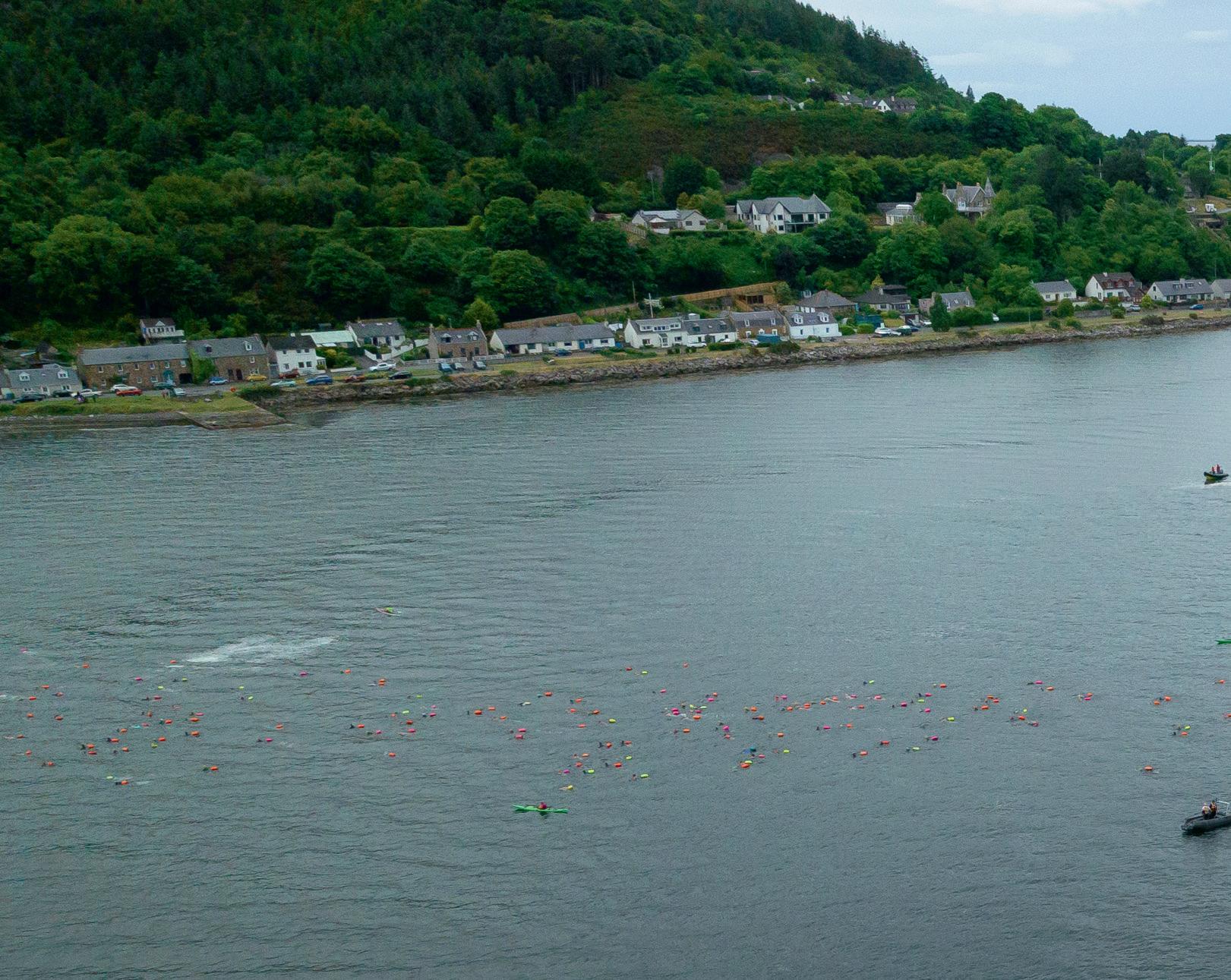



ABOVE: Pure joy. Each and every swimmer feels rightfully jubilant on completing the crossing.

BELOW RIGHT: The sea kayakers are a key component of the Kessock Ferry Swim – without their support, the swim simply could not happen.

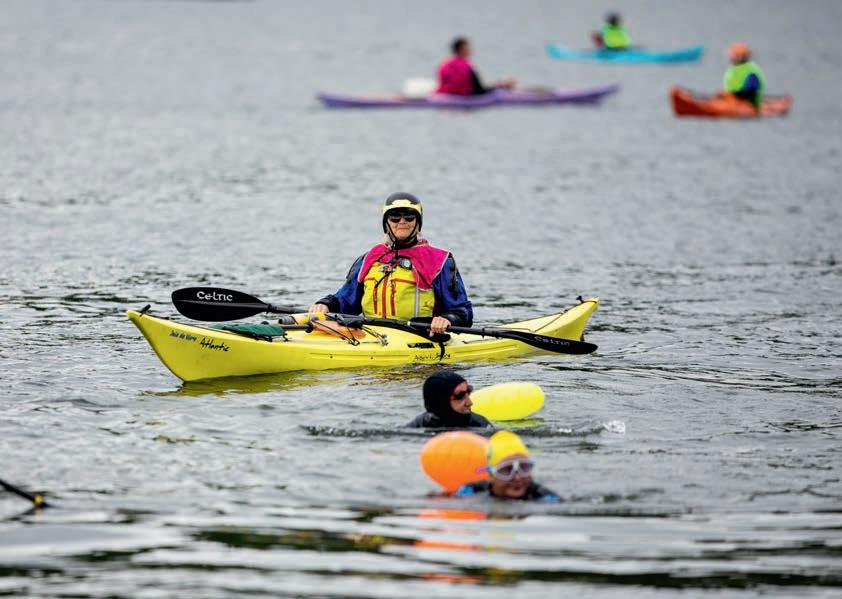
BELOW LEFT: Despite the drizzle early in the day, the swimmers never lost their group spirit.
TO SEE MORE OF PAUL’S WORK GO TO
www.paulcampbellphotography.co.uk
Sea eagles take no prisoners when it comes to their prey, and their presence causes nothing but angst for livestock farmers, says Michael Wigan
Yesterday over the local loch a sea eagle swept up behind an osprey carrying a fish to rob it. e osprey, with long double-jointed wings and superior aerial agility, jinked and flew o . Many birds, like migrating swans, are not so lucky. Sea eagles have cut into their passing populations severely. Regular visitors to my cottage
in central Sutherland have asked where the familiar golden eagles are. ey have been driven to the refugia of the high tops by the bulkier new arrivals. On farms targeted by sea eagles, in particular farms close to nesting pairs feeding young, lamb slaughter has decimated flocks. e reality is that in parts of western Scotland this top-of-the-chain predator is re-shaping communities by closing down
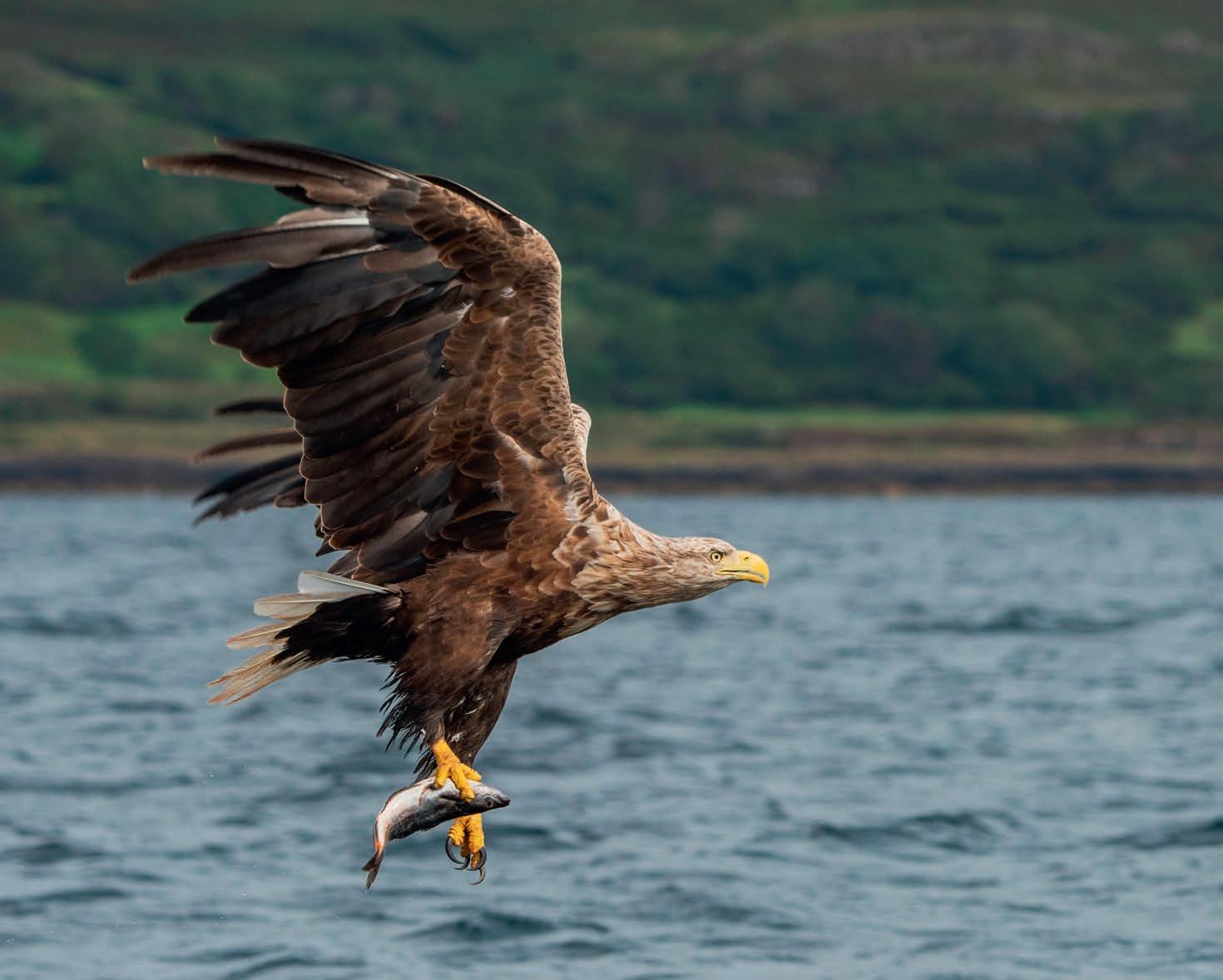 LEFT: A white tailed sea eagle with a sh, caught on the Isle of Mull.
LEFT: A white tailed sea eagle with a sh, caught on the Isle of Mull.
farming operations. ere are e ects on landscape, employment and Scotland’s dwindling output of wild-land food. is is not how it was meant to be when reintroduction of a bird last seen in Scotland in 1916 was mooted to the public. Sea eagles would prey mainly on carrion and on shoreline mortalities, we were told. If they troubled livestock farmers, it would be rarely. Eating deer would help solve what was called the deer problem.
Reference to the old books might have helped straighten the picture. Before the Norwegian-sourced eagles were released on Rum 40 years ago the legacy of sea eagles was widely accepted. ey were exterminated in England, Ireland and Scotland because of the heavy toll they took on sheep.
Two hundred years ago Robert Mudie said the sea eagle ‘beats over the sheep pastures, destructive of lambs’. In addition they ate anything they could catch, including domestic animals and mountain goats. With their immense size, telescopic eye, barn-door wings, powerful talons and beaks, they could tackle and kill anything. Man aside, they had no predators.
Jock Sutherland, farming in northwest Sutherland at Rhigoulter, described to me his despair at losing sheep during lambing again and again. If he shi ed birds they flapped away unbothered and took lambs further o . He reckons he has lost up to 200 lambs from a breeding flock of around 1,000.
On one occasion he found a ewe having a lamb overturned in a burn with four sea eagles ripping her apart. Even for rabid re-wilders that spectacle might have stopped the mobile phone video rolling. Shepherds have to become used to it. As Jock passionately remarks, so do other sheep, their family.
NatureScot is uncomfortably aware of the problem. Although the bar for financial compensation is set high, they have paid out to farmers on receipt of su cient photographic evidence of sheep killing. Payments are called ‘mitigation measures’, compensation being an admission of cause and e ect best avoided. Shepherds point out that money does not address damage to the flock structure where ewe lambs must
replace old ewes. If, as at Rhigoulter, every year is worse, Jock Sutherland says his flock will soon be unsustainable. As with his neighbours, his flock will go for ‘dispersal’, and Jock, a shepherd all his life, will look for work.
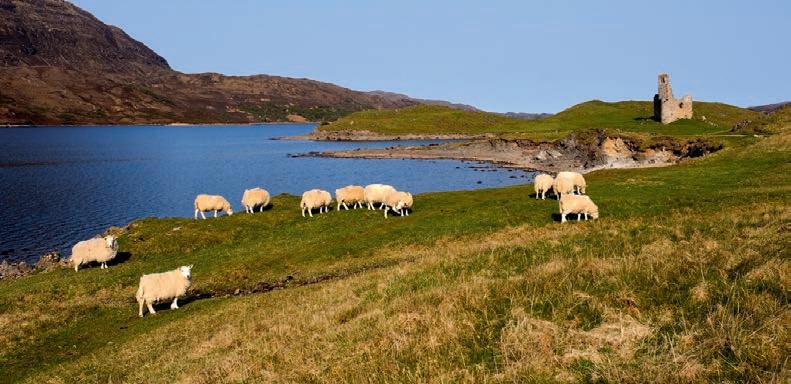
James Lithgow on Ormsary in Argyll admitted he paid little attention until the problem hit his own sheep farm. Describing sea eagles as ‘tarted-up vultures’ he distinguishes between eagles which target sheep and those that don’t. Some eat other prey like deer calves. But once a pair starts taking lambs the sheep flock becomes a larder open 24/7, with no check-out. Lithgow believes it is an impossible square to circle. e sea eagle has become totemic, proof that we are potent enough to reverse history and re-create lost eras.
A government stakeholder group to monitor the e ects of the Norwegian imports, with a monitor farm, started in 2014. What has been achieved is recognition of the problem. Solutions remain unfound. e chairman of the stakeholder group, northern Argyll sheep farmer David Colthart, links the political ramifications of proper deterrent action, or the di culties of removing problem birds, with conservationists’ predilection for humanising individual birds, even giving them names. Rather than being educated about realities, the public then sentimentalises the predator and e ective management fades.
ere was a time when the utilisation of sea eagles was not totemic but practical. It was on view at the Eagle Tombs at Isbister on South Ronaldsay. e perfectly-preserved stone tombs are Neolithic beehive structures entered by lying on your back on a trolley and pulling yourself inside on a rope above. Within have been found human remains along with DNA evidence of sea eagles.
For Neolithic man on South Ronaldsay the birds served as burial assistants. Human bodies were le outside on grated biers. Sea eagles cleaned the carcasses and the bones which fell through were interred in the tombs. It must have been an eerie thought for early man 5,000 years ago that the yelping vulturine creature flying over could be fuelled on the remains of his ancestors.
Sea eagles highlight a modern dilemma about wildlife reintroductions. ey are large and ecosystem-changing creatures. But existing reintroductions are failing today. Capercaillie were reintroduced from Sweden in 1837, but their shrunken population in the Cairngorms has now fallen critically low as ground predation by mammals like pine martens hammers their nests.
As with sea eagles, government cannot face the practical real-life solution, what is termed ‘lethal control’. If we cannot manage caper or sea eagles why talk about importing lynxes and wolves?
‘With their immense size, telescopic eye and barndoor wings, they could tackle and kill anything’

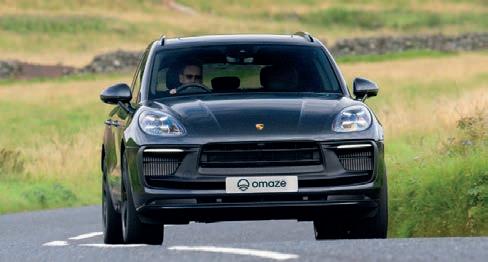



Metaphors form part of our everyday speech, and our literary expert is here to inform us about their fascinating origins



Metaphor, as we all know, forms a major part of our everyday language. It is there, in the warp and we of what we say and write. Warp and we , of course, is an expression drawn from the weaving industry that has, through the process of metaphor, been transferred to another context altogether. Our speech is littered with such usages.
One of the welcome consequences of writing a column in Scottish Field is that it prompts readers to raise etymological questions. Where words or expressions come from is a subject of endless interest. I had no idea until recently ‘to win hands down’, for example, comes from the world of horse-racing, where jockeys who were far ahead would lower their reins down as they galloped e ortlessly up to the post. Of course, posts are
that the editor of the best-known Victorian and Edwardian compilations of fairy stories was a Scottish poet and novelist, Andrew Lang.
Lang has the distinction of being famous for books he did not write: the twelve volumes of fairy tales contained forewords by Lang, but were not actually written by him. His association with these books, though, secured for Scotland a prominent place in fairy literature. And that reputation still exists. Each year, visitors hope to see fairies on the Isle of Skye. Sightings are rare, as the sheer volume of visitors crossing to the island has caused what fairies there were on Skye to relocate.
places at which one might be pipped, and so they should be careful about counting their chickens before they win: to be metaphorically first past the post is no substitute for the real thing.

A recent etymological enquiry landed on my desk from a reader who had been puzzling over the origin of an expression that, although well-known in Scotland, seems to be of obscure origin. at is the saying ‘to be away with the ferries’. I have heard this expression used extensively in Argyll and on the islands. Only last week I overheard it being used in Fort William when a conversation in the co ee-bar at the railway station ran as follows:




Donald: Don’t bother asking him – he won’t have a clue.
Donald’s friend: Aye, you’re right there. He’s been away with the ferries for a long time now. is gave me cause to reflect and then, in one of those common instances of synchronicity, this letter of enquiry arrived. e first thing to be clarified is that this expression has nothing to do with fairies. Fairies have always played a part in the Scottish imagination. It is no coincidence
Returning to the metaphor under consideration, once we have dispelled the misapprehension that this is a reference to fairies, the etymological trail becomes clearer. When somebody is detached from reality, we may say that they have lost the place, or are in a world of their own, or possibly have their head in the clouds. If the detachment becomes acute, then the expression ‘a bit doolally’ is a kind, if somewhat old-fashioned one, that avoids the bleakness of a more clinically exact description.
e essence of detachment is absence. A person may be there, physically, but may be quite unreachable emotionally and intellectually. at sometimes happens when people are on a di erent wavelength – another metaphor, this time from the world of shortwave radio. We all know people who are like that – people who seem preoccupied with their own, private concerns. ose are the people we sometimes toast at dinner: ‘to absent friends’ is not, as some people wrongly believe, a toast to late friends, but is, in fact, one to those we know who have lost the place.
‘Away with the ferries’ came into existence when the ferries in the west of Scotland started to be absent, cancelled, broken down, or simply disappeared. at is the origin of the expression. And it has been extended, so that if you hear somebody say ‘Oh, he’s a bit Corran Ferry’ you know exactly what is meant.
ese everyday expressions usually have their origin in some everyday situation, o en one of frustration or annoyance. To be away with the ferries is one such. Now you know.
‘ This expression has nothing to do with fairies’
He is considered the greatest Gaelic poet of the twentieth century and credited with connecting poetry in his native tongue to the modern world.
Sorley MacLean wrote about political movements, contemporary art and philosophy, as well as subjects more usually associated with Gaelic poetry such as the Highland Clearances and the landscape of the Western Isles.
Gaelic readers were shocked when his collection of love poems, Dàin do Eimhir (Poems to Eimhir) appeared in 1943 as it combined Gaelic song, poetry and history with the art and politics of the rest of war-torn Europe, which was being ripped apart by the competing ideologies of communism and fascism.
Now MacLean’s poetry can be read in Gaelic with English translations in a new collection, White Leaping Flame / Caoir Gheal Leumraich. is edition brings together all the poetry known to have been published during the poet’s lifetime along with some verse
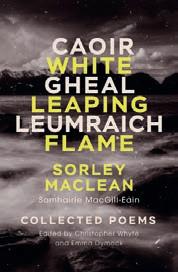
that remained in manuscript form a er his death in 1996.
e Gaelic poet Christopher Whyte, who edited the collection along with academic Emma Dymock, explains the enduring attraction of MacLean’s poetry: ‘It’s very direct and connects Gaelic poetry to the situation in Europe in a way that had not happened for three or four centuries,’ says Whyte. ‘ ere is a poem about wanting to be between a woman’s thighs while the Red Army is being harried in battle, and to find that in Gaelic poetry is not what you would expect at all. Sorley MacLean’s work is international and politically involved.’
e poet’s most prolific period was between 1939 and 1940, but it wasn’t until the 1970s and 1980s that he was recognised as one of the greats of Scottish literature. In 1971, Iain Crichton Smith published Poems to Eimhir translated from Gaelic. Following further publications, MacLean went on to receive several honorary degrees and was awarded an OBE in 1976, which he declined, and the Queen’s Medal for Poetry in 1990.
But Whyte insists that the wider acclaim that came from the publication of MacLean’s poetry in English is problematic for Gaelic, and that his poems can only really be appreciated in their native language.
‘ ere can be no doubt that the English language readership he acquired at the close of the 1970s procured for MacLean an iconic status that led to his work being as
RIGHT: Sorley MacLean in the 1980s. BELOW: White Leaping Flame / Caoir Gheal Leumraich brings together MacLean’s extensive portfolio of Gaelic poetry.It wasn’t until the 1970s that Sorley MacLean was recognised for his pioneering work in Gaelic poetry, says Ma ie Ritchie

‘MacLean was awarded an OBE in 1976, which he declined’
widely read, and as closely studied, as that of any other Scottish poet from his century.
‘Nonetheless the time has come to scrutinise the assumptions behind that promotion, the distortions and incomprehensions which accompanied it, as well as the confusion, even the damage, which inevitably resulted.’
Whyte, a non-native speaker who learned Gaelic, believes that academics of Scottish Literature have a duty to read MacLean in the original.
‘His poems lose a great deal in translation. ere tends to be a conspiracy among intellectuals and academics who don’t learn Gaelic that if you can read the English translation, it’s as good as reading the Gaelic. It’s simply not true. You can’t separate the poem from the language in which it is written.
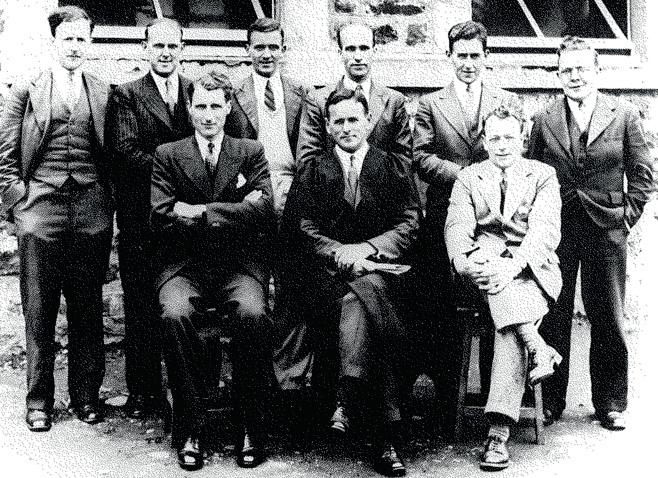
‘ e poet Niall O’Gallagher said that every poem translated into English is one more reason not to learn Gaelic. English has blood on its hands because it has been killing Gaelic for centuries.’
Whyte does not have the general reader in his sights, but academics and critics who claim to understand
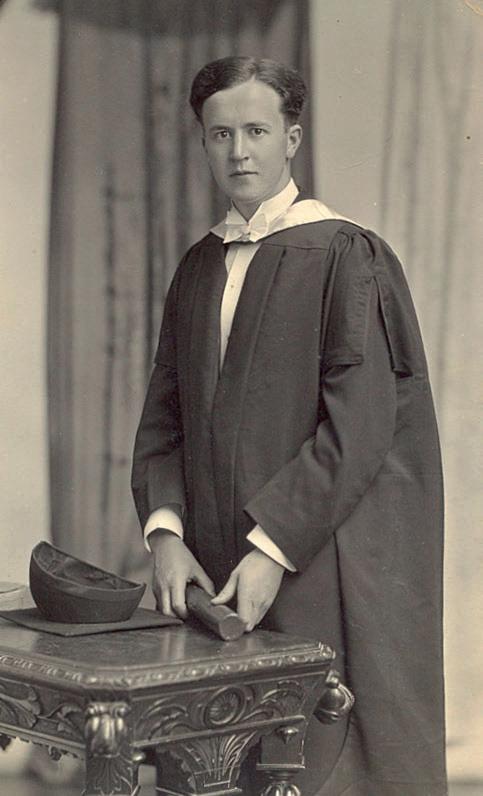
and analyse MacLean’s poetry while only reading him in translation.
‘It’s a tender point, but MacLean himself said that someone who can’t read the poems in Gaelic can’t really have a valid opinion. ey should make it clear there are limitations to reading the poems in English. If they are interested in MacLean, why don’t they learn Gaelic?” ere’s no doubt, however, that the English translations have introduced many readers to the poetry of Sorley MacLean, a close friend of Hugh MacDiarmid, who declared them ‘the two best poets in Scotland’. is new collection has translations by Whyte and Dymock where none by the poet himself were available. MacLean was also close to the poets Douglas Young and Sydney Goodsir Smith.
One of MacLean’s best known and loved poems is Hallaig, which was also translated by Seamus Heaney and describes a ruined village on Raasay, the island o Skye where MacLean was born. Hallaig was abandoned during the Clearances and is populated in the poem by the ghosts of its former inhabitants.
For the reader coming to Sorley MacLean for the first time, Whyte also recommends reading his series of love poems, Dàin do Eimhir. ‘Hallaig is a very, very beautiful poem, but it’s nostalgic unlike his other poetry, which is outward looking and political.’
‘His poems can only really be appreciated in their native language’
In Dàin do Eimhir the poet is torn between the competing claims of love and war, insisting his ambition to join the Republicans fighting the Spanish Civil War is thwarted by his unrequited love for the Scottish Eimhir, named a er the wife of the mythological Gaelic hero Cú Chulainn.
In real life, MacLean, the eldest son of seven, had to stay in Scotland and teach to support his family a er his tailor father died, although he was a courageous man, su ering serious wounds that saw him spend nine months in military hospitals a er being wounded at the Battle of El Alamein in World War II.
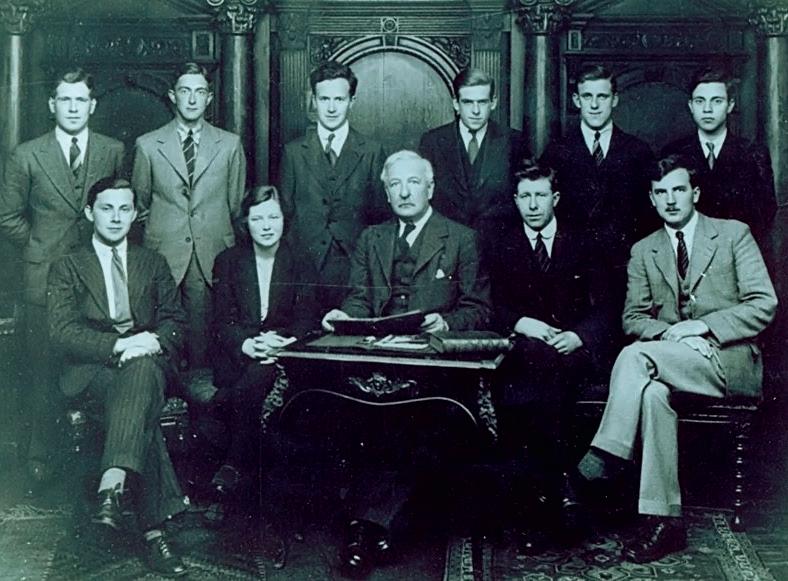
‘ e poems are a fabula or a heightened story, but every poet makes a myth of their experience,’ says Whyte. ‘In these revolutionary poems MacLean is saying, “I’m passionately in love with this woman while all this stu is happening in Europe. How can I possibly reconcile these two things? Hard as I try, the love involvement is more powerful.” ere’s a sense of defeat in that, but at the same time he knows he’s writing something astonishingly good.’
MacLean’s other major work is An Cuillithionn ( e Cuillin), a political poem of 1,600 lines that was written in 1939 but didn’t appear in print
until 1987 when he was in his seventies. e poet uses the famous mountain range on Skye to talk about the way Europe was divided between fascism and communism.
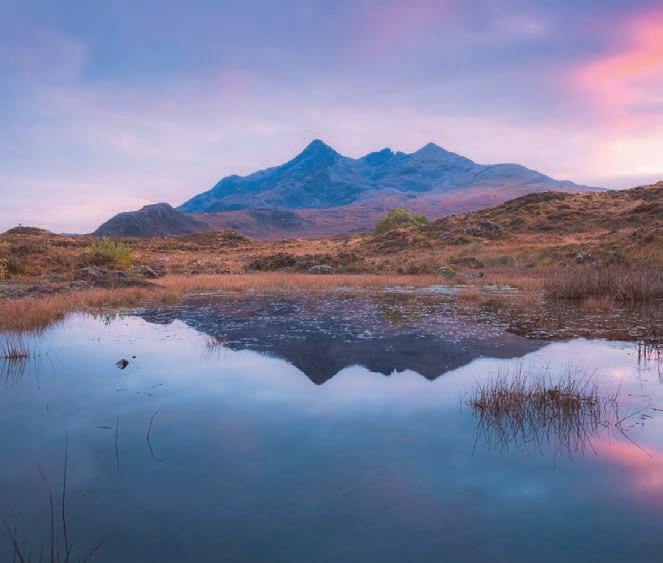
‘It’s a radical poem because he says nothing will be sorted out in Scotland until the Red Army arrives. Looking back, it’s idealistic and wrongheaded but for a Gaelic poet to be writing about that in 1939/1940 is unexpected. We don’t usually look to poetry for political guidance,’ says Whyte.
MacLean places Gaelic artists squarely in the middle of European culture, comparing the 17th-century piper Patrick Mòr MacCriommon to Beethoven and the 18th-century Gaelic love poet William Ross to Charles Baudelaire. e poet, who threw o Calvinism at an early age for his socialist beliefs, also makes a connection between the oppression of people under fascism to the plight of Gaels shipped o to the New World in the 17th century.
‘MacLean tackles the most hackneyed subject of Gaelic poetry, the Clearances, which weren’t quite a genocide but came close, nearly destroying the community and the language,’ adds Whyte. ‘ at he manages to come back to this worn-out subject and do something new is astonishing.’
White Leaping Flame / Caoir
Gheal Leumraich, Sorley MacLean: Collected Poems, is edited by Christopher Whyte & Emma Dymock. Published by Birlinn, Polygon. RRP
TOP RIGHT: STEPHEN BRIDGER / SHUTTERSTOCK. REST: THE MACLEAN FAMILY. CLOCKWISE FROM TOP LEFT: Sorley MacLean’s graduation photograph, 1933. He graduated from the University of Edinburgh with a First in English; Sorley MacLean (back row, third from the left) in the Edinburgh University Celtic Class of 1933/34; The Cuillin mountain range was used in An Cuillithionn; Sorley MacLean (back left) with the staff of Portree Secondary School in the school year 1936/37. MacLean left Portree in 1937 for Mull to take a teaching post at Tobermory Secondary School. He remained in Mull for around a year.I grew up on the southside of Glasgow. I didn’t really leave there until I got a part in Ta art at the age of 12 and I got to go and film in Edinburgh.
I love Luss. I really love the Highlands, but when I was in Take the High Road Luss was where we went to film. It’s really beautiful.
I have my drama teacher, Camille Skilling, to thank for my entire career. I’m eternally grateful to her, she was always so lovely and encouraging. She had lots of connections in the film industry and they filmed Gregory’s Girl at Holyrood and used all of the kids there. She’s retired now, but we’re still in touch.
I used to play guitar. I was in a TV show called Sex, Chips & Rock n’ Roll and it was a really interesting taster of what it is like to be in a band. We’d go on stage and the audience would be screaming, but of course they were paid to scream because they were all extras. I used to flatter myself that I’d be in a band if I wasn’t an actor, but I’m not dedicated enough to put in the practise.
One of the best things about being an actor is that you get thrown into worlds. I’m playing James I in Treason the musical and I’m reading his biography and watching films about him. I’m just trying to soak up what it would be like to have been born five hundred years ago and be head of state and the church.

I wasn’t always interested in history. But when you delve into it you realise that things aren’t that di erent these days. Conversations around royalty and whether they are worth what we pay them, politicians who like to keep the public divided and abuses of power are not unique to us. We all celebrate bonfire night, but for a long time it was
compulsory to celebrate the fact that Guy Fawkes’ plot was foiled and that he was thrown into the flames because he dared to try to blow up a king.
Doing a play is more physically challenging than doing TV. Even just getting yourself around and getting to venues when it’s a place you’ve not been before. But it’s great to collaborate with the director and other actors. I love doing telly too, because no two days are the same. It’s all just pretending to be someone you’re not. It’s storytelling.
Strictly is one of my bi est achievements. It was such hard work, but I got through it and survived. e bond you have with your partner is really strong, you’re literally clinging to each other to get through this crazy, challenging thing. Looking back it was enjoyable, but if you’d asked me at the time I might have said something else.
I’m watching a Danish TV show called e Chestnut Man. It’s quite dark. I do like a murder. I love watching telly, films and going to the theatre. I guess every actor likes watching other people’s stu .
Take the work seriously, but don’t take yourself too seriously. at’s the best piece of advice I’ve been given.
I hate negativity. You never know what’s going on with people, but my pet hate is people who won’t allow life to be good.
Watching Judge Judy is my guilty pleasure. It’s on pause right now!
e Glaswegian thespian reveals his ambition to be a rock star, a passion for history and his guilty pleasureJoe McFadden is in Treason at the Festival eatre, Edinburgh, 25-28 October and the Rocky Horror Picture Show at Glasgow Pavilion, 30 Jan-4 Feb 2024. Latin. (n) ‘I
believe’. A set of beliefs which influences the way you live.
JOE MCFADDEN
‘I used to flatter myself that I’d be in a band if I wasn’t an actor’
Elevate your winter style with the House of Bruar’s exquisite coat collection, where sumptuous pure new wool in British brushed tweed, brings unparalleled comfort and warmth to impeccably tailored silhouettes. Choose from a captivating selection of subtly marled plains or bold tartan designs, each one a masterpiece in the art of Scottish craftsmanship.
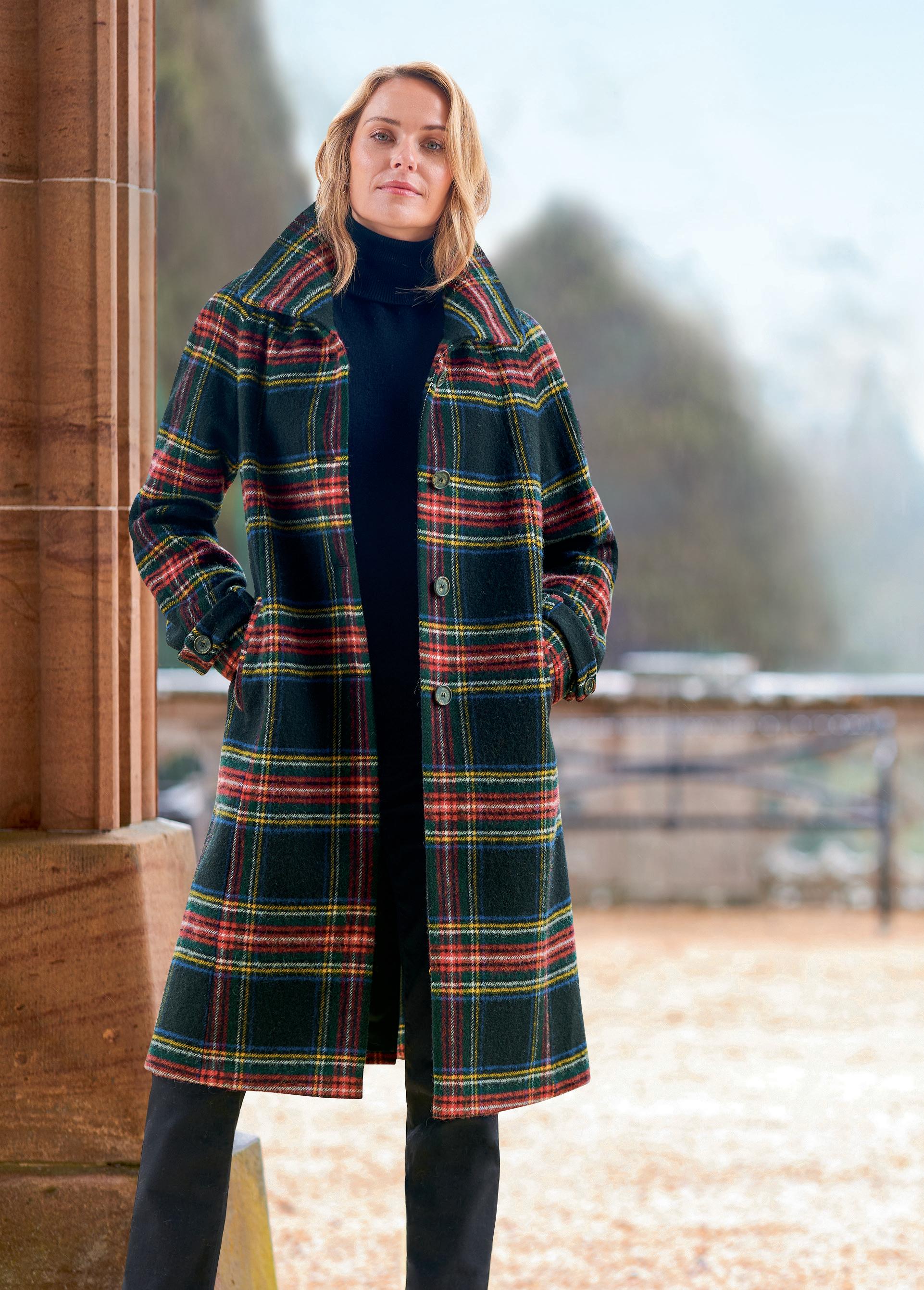
TWEED RAGLAN COAT | TS12327 | £275
To request our Autumn/Winter catalogue please call 01796 483236. WWW.HOUSEOFBRUAR.COM
















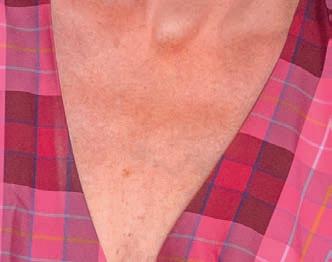








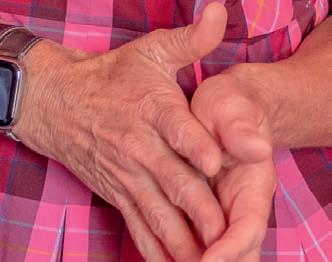










‘ ere’s an extraordinary luxury in being so close to the sea’
Despite being born and bred on the West Coast, the rom-com author moved into a castellated pile on the Fife coast overlooking the Forth and couldn’t be happier, finds Richard Bath
Images Phil WilkinsonFrom the terrace of her Fife castle, author Jenny Colgan can see all the way across the Forth to Edinburgh, and down the Firth to the bridges. If she heads to the bottom of her garden, she can walk straight into the water. Most days her husband Andrew, a Kiwi marine engineer, goes in for a dip, but she prefers piping hot baths. For the girl from the seaside town of Prestwick, going into the sea is overkill; what’s most important to her is simply to know that it is nearby.
‘People say there’s town folk and country folk but I don’t think they talk about watery folk,’ she laughs. ‘ ere’s an extraordinary luxury in being so close to the sea. I grew up on the West Coast where it was always there and so I could never understand when I lived in London how it takes two hours to get to the beach and then everyone from London is also sat on that beach.’
at proximity to the water is not the only reason why Jenny, Andrew and their three teenage children moved to Fife. It was never planned, but a er spells living in London, the
Netherlands, the USA and then France, they decided to move back to Scotland when her mother became unwell. Initially living in Edinburgh, where she had been a student, she found to her surprise that ‘those beautiful New Town houses are profoundly unsuited to children – they’ve got those tiny kitchens in the basement and they’re freezing! e rooms are amazing but they’re huge but really cold and the houses have no gardens.’
She had started to look further afield and was keeping an open mind hen the estate agent particulars for a huge castellated pile on the coast between Aberdour and Burntisland plopped onto their doormat. at it was an area she barely knew didn’t put her o , but what sort of person buys a four-storey castle that once belonged to artist Jack Vettriano? Turns out, Colgan is that sort of person.
‘When we got the details for this place we just laughed,’ she says, ‘but I forwarded it to my brother, and he went “are you going to take a look at it?” We said “of course not, it’s just a ridiculous, ridiculous house” but Andrew, my



LIFE IN COLOUR: Jenny is known for her effervescent character in the literary world.

































RIGHT: Jenny enjoying the views from her castle, overlooking the Forth.BELOW: Jenny nds her new home in Fife a paradise for family life. BOTTOM

RIGHT: Jenny’s debut novel Amanda’s Wedding, most recent novel The Summer Skies, and upcoming release Midnight at the Christmas Bookshop
husband, was like, “sure we’ll take a look at it” and it just went from there. e weird thing about it, and this sounds ridiculous, is that it’s not huge. e bedrooms are really small, we’ve got this room plus a downstairs reception and a little o ce and a little kitchen. It’s not 32 rooms.’
A er an extensive renovation under the watchful eye of Scottish Heritage that pushed the temperatures up so that their children could occasionally get away with wearing less than three jumpers – a process that was ‘quite the battle’ – Jenny and her family got busy exploring their new surroundings in Fife. What they found really surprised both of them.
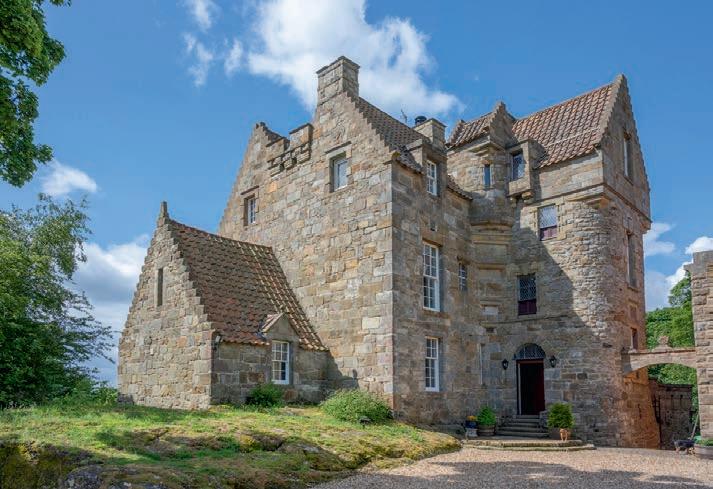
‘It’s really nice living away from Scotland and then coming back and seeing it with two sets of eyes, partly from being a native and partly because you’re seeing it new again,’ she says.
‘I found that Scotland had changed beyond belief from when I’d le . My husband puts it best because he’d never lived in Scotland. We’d lived in France, which is the most beautiful place in the world, but French people can have quite a negative outlook onto life and complain about the slightest thing.
‘Here, and on the darkest and most miserable days of January, you can meet pretty much any Fifer and they’re having a great time. ey are the happiest people I have ever met in my life. e people here are just so lovely. I didn’t like it when I was a kid and my mother would stop and chat to everyone she met but that absolute culture to stop and have a chat with anyone you meet, in the supermarket or with the bus driver, I think it’s really good for people.
e pandemic showed more than ever that we need it. And this is just such a lovely place for the children to grow up.’
e author has made a point of exploring her new environment, and when we met had just come back from a book event in St Andrews. Attending such shows has, she says, become something of an addiction. ‘ is year, I think I’ve attended virtually every book festival going,’ she says. ‘ e funny thing about it is that the big city ones won’t be terribly well attended because there’s so much to do and so on, whereas if you go to Bute it’s fantastic.
‘We’re going to Ireland this year, and we’re going to Nairn just because everyone will come and that’s just really fun. I just love getting to see out of the way places. ey emailed me last year to ask if I wanted to go to the John O’ Groat’s Festival. I was like “absolutely, we’ll see you in about fi een hours”.’
Being in front of her readers is something which energises Jenny. But then she’s got form on the exhibitionist front. When working as an admin assistant in the NHS, she relieved the tedium by doing stand-up. But while meeting crowds of readers is a relentlessly pleasurable experience, as is writing in co ee shops surrounded by
‘Fifers are the happiest people I have ever met in my life’
the buzz of everyday life, even now she looks back in horror at the memories of her one-woman stage show.
‘I was really bad at it, really terrible, awful. If you’ve ever seen a really bad stand up just die on stage, it’s a horrible thing to see. So I tried it and wasn’t very good at it, but I was writing my first novel and I was working as an admin assistant so when I wrote in to the publishers and the agent to say I’ve got this novel, I didn’t want to say I was an admin assistant so I said I was a stand-up.
‘It haunts me. People really expect me to be hilariously funny but I’d just limp out. I was not a good stand-up comedian, and that was then in the Nineties when there were no women really. It was awful. I hated it.’
In person, Jenny comes across as likeably e ervescent and hugely self-confident. ey are qualities which she successfully transfers to the almost forty best-sellers she has produced
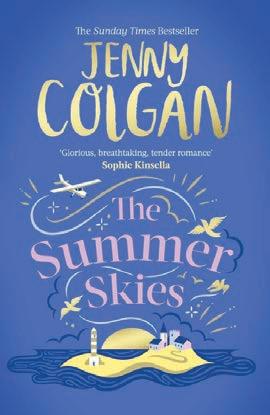
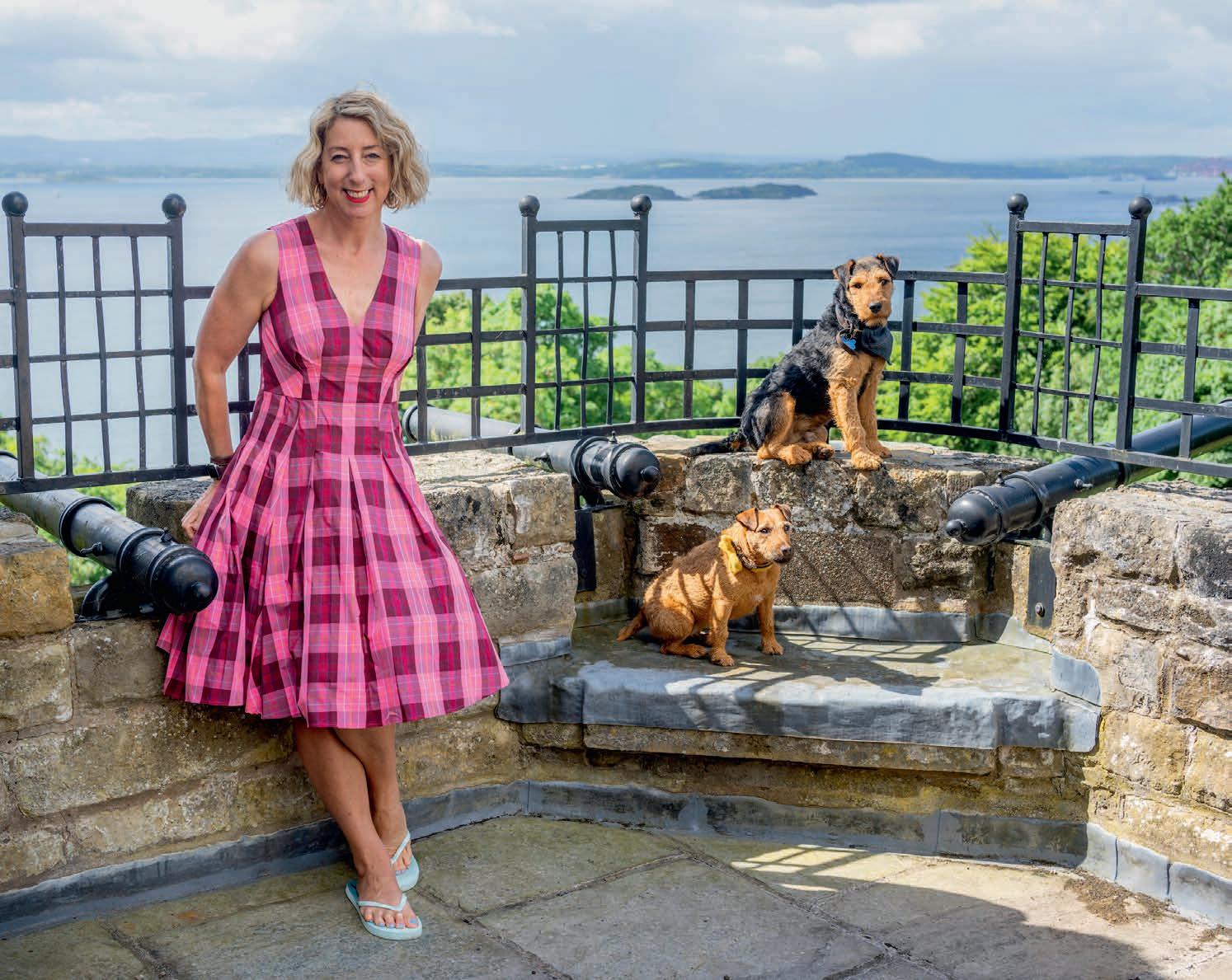
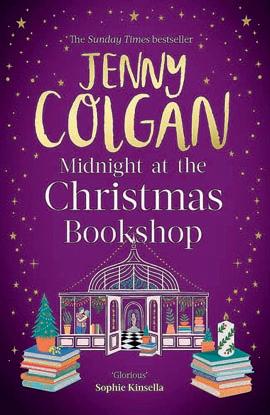
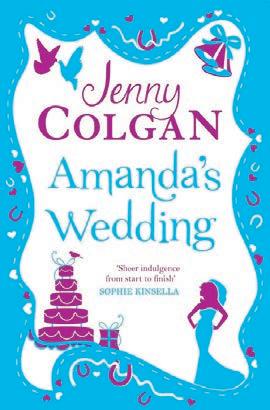
Situated in the heart of St Andrews, St Leonards is a coeducational boarding and day school for pupils aged 5-18. stleonards- fe.org




at regular intervals since her first book Amanda’s Wedding – an endearing yarn in which Mel tries to save a sweet laird from marrying a social-climbing queen of mean who she knows of old – became a runaway success back in 2000. But like most of us, Jenny says there are chinks in her armour: as well as su ering social anxiety from her time as a stand-up, she also has nightmares about the time she agreed to go on Celebrity Mastermind.
‘ e one good thing about doing stand-up is that once you’ve done that, nothing scares you, although since that the only time I’ve got scared in front of people was Mastermind – that was very scary.
‘In the end I did really well because I was terrified of being humiliated so I swotted like a fiend. I wasn’t crazy about winning because I’d done other things like Pointless and although I never win it’s fun to do it because you get to meet other people. But I was really worried because every year there’s someone who gets zero points and they just sit there like an idiot, stuttering and unwittingly making a meme that goes viral on YouTube. at’s what I was really scared of.’
Jenny needn’t have worried, but then you get the impression that succeeding is her default setting (she doesn’t say so, but she won her heat of Mastermind with a score of 21 a er answering questions on the Manhattan Project).
Her books have certainly been wildly successful, with her easy-reading romantic fiction winning her legions of fans (the sea has, it comes as no surprise, featured prominently, with over half of her novels set on an island or featuring the sea in one form or another). Even when as a Dr Who aficionado she turns her hand to science fiction, the results have remained spectacularly successful.

So what is next? A compulsive reader with eclectic tastes, she’s currently reading David Grann’s chunky tale of ‘shipwreck, mutiny and murder’, e Wager, while searching for inspiration for her next novel. ‘I’m going to take some time o and think about what I want to write next,’ she says. ‘I have a few ideas, and now the idea is to kick them about a bit, take some long walks down by the sea and have a think.’
ere it is again: the shore thing, the place where all great ideas happen.
The transient beauty of a flower is part of what makes it so special.
From seed to stem to magnificent bloom, their ephemeral nature is intensely symbolic.
However, watching precious flowers fade can be a wrench, especially when it comes to birthday, wedding or memorial bouquets. Seeking to preserve flowers and the memories they represent is botanical casting artist, Katy Eccles.
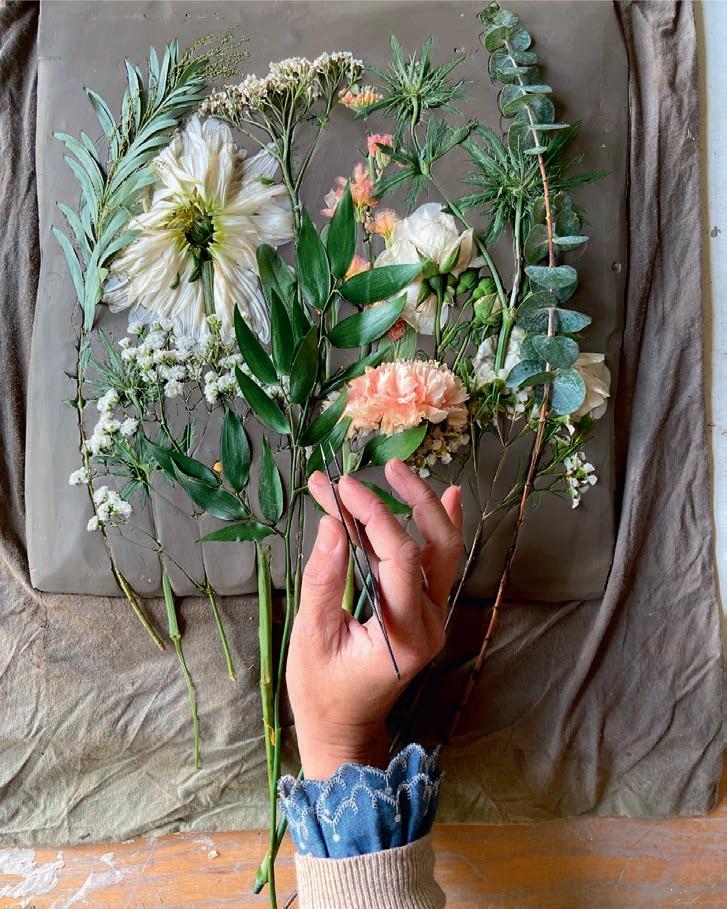
Of course, preserving meaningful blooms is nothing new – pressing, drying, or setting flowers in resin (in my case, with minimal success) is familiar to us all. But Katy’s Imprint Casting business feels novel and innovative. Whether using a customer’s bouquet or seasonal blooms from her mother Sue’s spectacular Upper Largo garden, the Fife-born artist’s unique casts seem to capture the flowers at their peak.
‘I love the idea of preserving the seasons,’ begins Katy, who lives in Edinburgh but spends the majority of her time at the family home in Fife, whiling away hours in her barn
RIGHT: Tweezing off each and every petal is a painstaking process. FAR RIGHT: Rolling in the owers requires planning, as the rst owers to be pressed in will appear at the front of the plaster.Fifer Katy Eccles creates beautiful botanical casts, a unique artform that preserves flowers and the memories they represent, she tells Rosie Morton
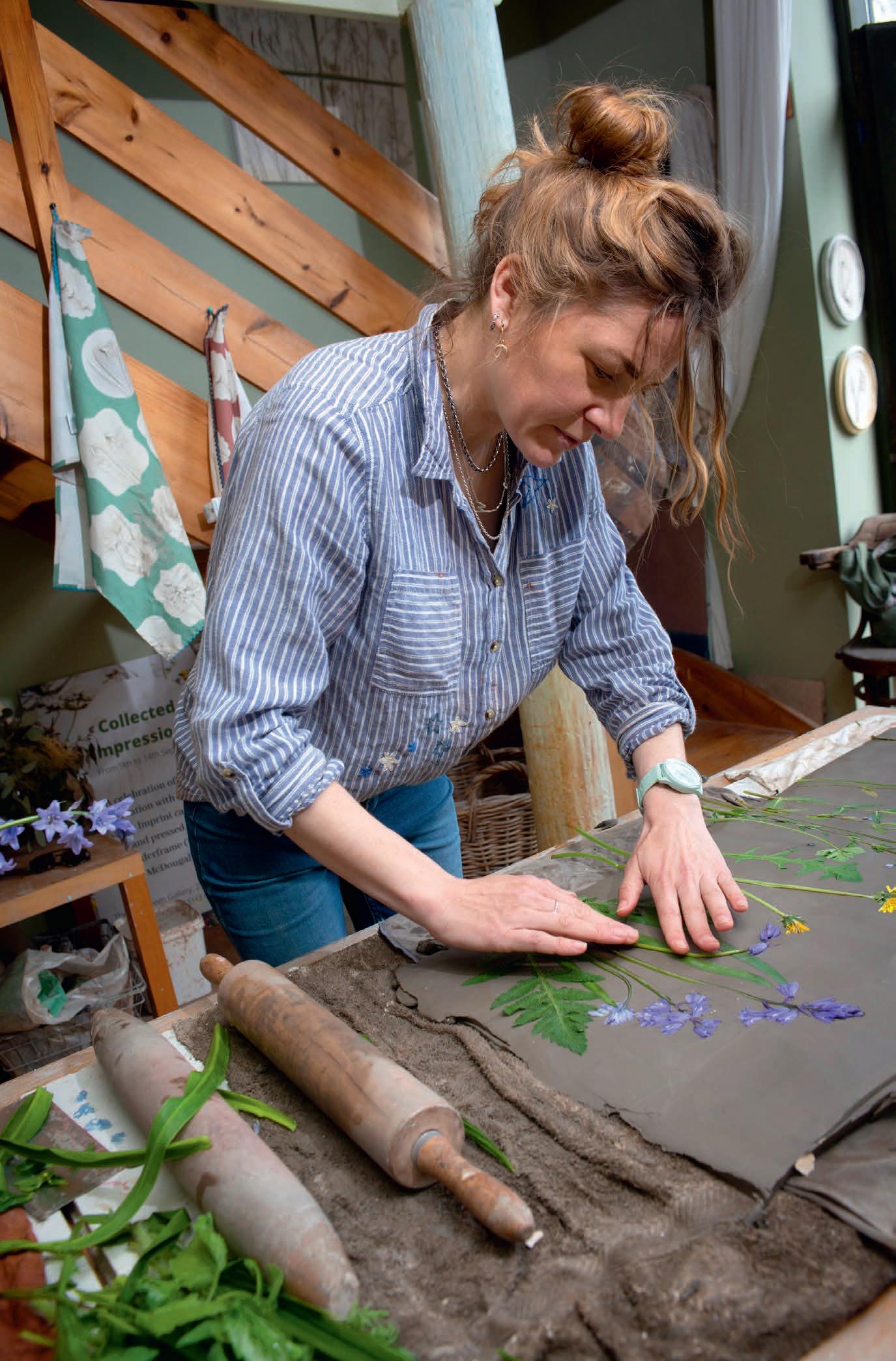
studio. ‘You can capture the garden in a moment through my casts. I also really love doing wedding bouquets,’ she continues. ‘It’s so nice to be part of that journey with someone. It’s the joy a er the wedding.’
Katy’s studio is ethereal. Her handcra ed creations adorn sage green walls, flowers are strewn across benches, neatly rolled clay sits on worktops, and sunlight streams through open doors which lead to unrivalled beach views. Birdsong is the only stereo required in a setting as beautiful as this.
Katy’s Imprint Casts business was initially inspired by her mother, Sue, who learned the art of botanical casting while on a workshop in London with artist Rachel Dein. ‘I taught Katy the basics,’ smiles Sue, explaining that her own passion lies in gardening. ‘But she has taken it to a whole new level. I can’t compete any more!
‘When my mother died – she had a lovely garden over in Ireland – I took a horse trailer over and filled it up with her plants and brought them back,’ continues Sue. ‘I also do a lot of growing from seed and cuttings. Quite a lot of the trees were grown from seed. It’s a labour of love, but it’s what I love doing.’

Sue has spent 25 years establishing her Fife garden and it has been open to the public via Scotland’s Garden Scheme several times. But the joy of sharing this gorgeous green space with those she loves is a particular thrill for Sue, and Katy is equally delighted to have such an abundant source to tap into.
‘ at’s what has been so nice about doing the casts,’ explains Katy, who is currently working on a large-scale piece using a silk tassel bush called garrya elliptica. ‘I’ve spent lots more time with Mum in the garden. I feel like my knowledge is growing through that.’
Idyllic as her work setting is, it hasn’t all been plain sailing for Katy who su ers from cystic fibrosis. She spent much of her time in and out of hospital, which interrupted many of her pursuits.
A er graduating from Cambridge with a degree in History of Art, Katy taught in a central girls’ school in London, then moved to Australia for three and a half years before returning to Scotland when her health was failing. At this point Katy turned to cra work, namely embroidery.
‘Luckily, I’m now much better thanks to a new drug, but embroidery was something I could do when I wasn’t feeling well. At the end of 2019, because my health was much better, I decided to quit my job and become an artist.’
While lockdown meant that Katy
‘All of my happy memories are from Fife – it’s a place of real solace’
had to shield in 2020, it did allow her to hone her casting skills. She has quickly established herself as a skilled botanical casting artist and exhibited at the ‘Inception Art Show’ at Dalkeith Palace in May. She also ran live demos at the home and fashion store Anthropologie in Edinburgh this summer.
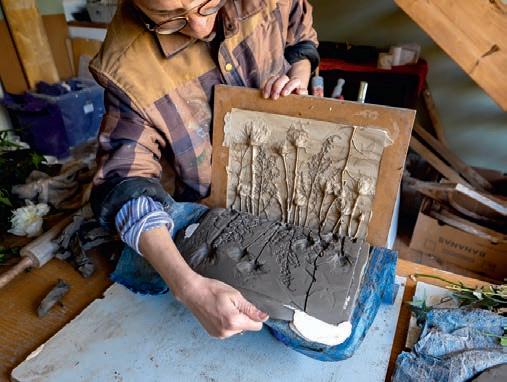
So what’s the process, you may ask? ‘ e hardest part is getting the clay flat
and perfect. You can use a slab roller but I quite like just bashing the clay into the shape you want it to be,’ says Katy.
From there, she rolls in each and every flower layer by layer using a rolling pin. ‘Whatever you roll in first will be at the front of the plaster. So, if you want to have things overlapping you need to be aware of that when you’re doing it.
‘And then, once it is all rolled in, you get tweezers and very carefully pick out every single bit that is le . All the seeds, and any little petals that are stuck.’ From there, Katy sets it in plaster of Paris, creating an everlasting piece of art.
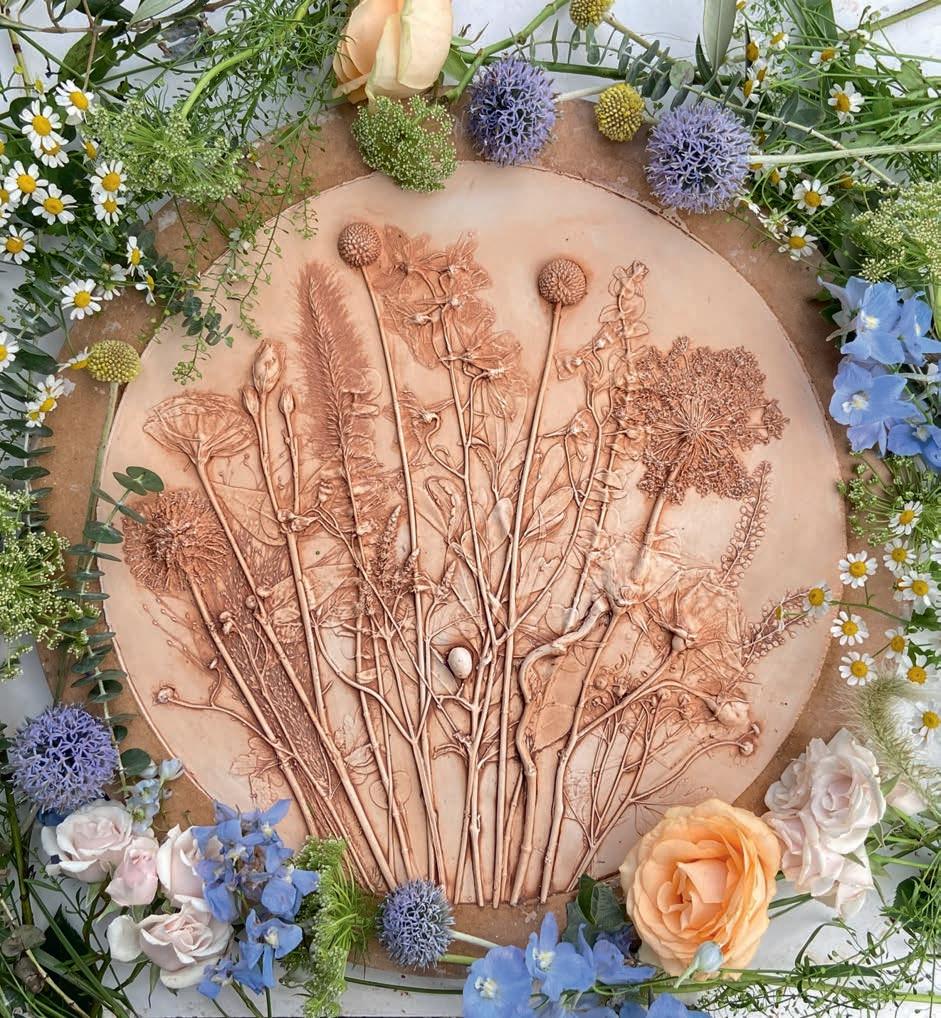
It is an intricate, delicate process, and as with any art form, imperfections can o en add to its appeal. As Katy’s projects have grown, so too has her repertoire, and she has recently been experimenting with a Japanese technique called kintsugi where gold glue is used to repair breaks.
‘You make the break visible,’ she
Instagram: @_imprint_casts
www.imprintcasts.com
explains. ‘You highlight the break because it has got a new life and you celebrate that through visible mending. I’m experimenting and doing more of that, and gold leafing. Maybe I’ll just break some more!’
Growing up in Fife has undoubtedly fuelled Katy’s creativity, and one day she hopes to return permanently to her roots with her husband Dave. ‘All of my happy memories are from Fife. It’s a real place of solace, especially because I spent time here in lockdown.
‘As an adult I hadn’t lived here, but that was a prolonged period of actually imagining myself living here again. I definitely will. I’m just persuading Dave!’ she laughs.
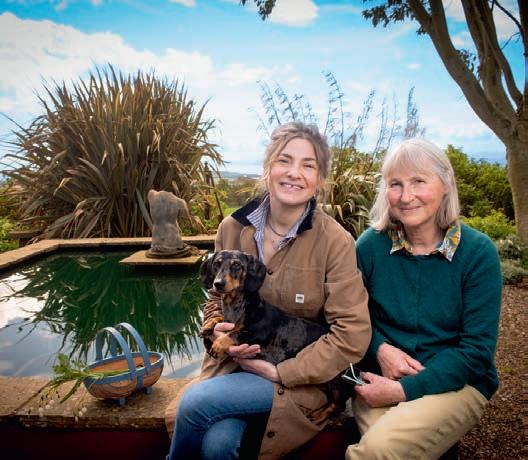 Katy will be hosting a Christmas exhibition and shop in collaboration with Wilderframe (a pressed ower artist) at the Life Rooms Gallery, 23B Dundas St, Edinburgh EH3 6QQ. 16-29 November.
Katy will be hosting a Christmas exhibition and shop in collaboration with Wilderframe (a pressed ower artist) at the Life Rooms Gallery, 23B Dundas St, Edinburgh EH3 6QQ. 16-29 November.
BREATHE BEAUTY. EMBRACE INNOVATION. FEEL THE POWER OF NETTUNO ENGINE. THE ALL- NEWMASERATI GRECALEHAS COME TO MAKE YOUREVERYDAY EXCEPTIONAL.

Fort Kinnaird, Edinburgh, EH15 3HR – 0131 274 2300
www.sytner.co.uk/maserati/graypaul-edinburgh
Fuel economy and CO2 results for the Maserati Grecale Trofeo in mpg (l/100km) combined: 25.2 (11.2). CO2 emissions: 254 g/km. Figures shown are for comparability purposes; only compare fuel consumption and CO2 gures with other cars tested to the same technical procedures. These gures may not re ect real life driving results, which will depend upon a number of factors including the accessories ed (post-registration), variations in weather, driving styles and vehicle load.
GRAYPAUL MASERATI EDINBURGHAn email pinged recently and with it a sense of pleasant dread stirred. Pleasant in that it was an invitation to fish for salmon on an historic reach of the Tweed, one of the world’s most famous salmon rivers. Dread in that I am an appallingly bad fisherman. I could tell you about the time I towed a lure for 12,000 miles and caught absolutely nothing. But I digress. e invitation came from Douglas Slight to fish the Gledswood Water. e weather was perfect on the assigned morning and I drove at a tourist’s pace down the A68 then turned o just before that impressive old aqueduct and found myself following a well-kept track which ran shaded beneath mature beech and oak trees.
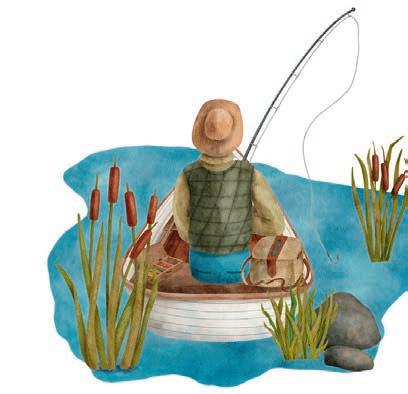
caught a beautiful little brown trout and then proceeded to scare away all possibilities of a bite until lunch. With the sparkling river as our backdrop, Tricia cooked a perfect lunch over charcoals and the conversation flowed. I learned that Douglas was an aristocrat of that most noble branch of the trades which is carpentry. My writer’s heart leapt when he told me of an antecedent named Pringle Slight.
Pringle is one of those names from a bygone era. He was a gi ed carpenter and in 1825 was hired by Charles Bullfinch, the architect in charge of building the now world famous dome of the US Capitol building. Pringle, a master-carpenter and another one of those indestructible Scottish exports, took charge of the woodwork within it and excelled. A er the dome’s construction he became the Capitol’s ‘handyman’, completing endless odd jobs for the House and Senate o ces.
To my right, in perfect contrast, the river sparkled and shone in the invigorating early morning light. With perfect lack of form I had arrived before my host and his other guest but happily found myself in the company of the ghillie Andrew Rohleder who told me that I would be Spey casting the line. I duly explained that I had once Spey cast over twenty years ago and therefore would have zero aptitude.
An expression of infinite patience passed over his friendly face. ‘Never too old to learn,’ he said quietly, before turning to put on a brew – that most sacred of all outdoor ceremonies. Douglas arrived with his wife Tricia and David, a blithe ex-farmer whom I liked immediately. He had spent his life working the gorgeous East Lothian country around Gi ord. My hand, which by normal standards is not small, disappeared in his great leathery maw as we greeted each other. Today, I was to be a boy amongst men.
Andrew took me out to a prime stretch of the river at Cockburn’s pool. He’d spotted some grilse and was hopeful. ankfully he was also a remarkably good teacher and a er some patient tutoring I managed a half decent cast whilst also avoiding hooking my face. I flailed away and
And now, here I was, with his descendant who still plies the family trade. I could have sat there for hours but Andrew politely intervened and su ested he place me in the stern of his dinghy so that I could fish ‘ e Pool’ where the river turned in a graceful curve below Scott’s View.
Like a man being led to the gallows, I followed. Once positioned, Andrew rowed us out into the stream. Everything was perfect –no wind, water level ideal and signs of salmon everywhere. I duly started flailing about, slapping the water and clumsily presenting the lure. e salmon remained still, patiently passing the clear water over their bright gills and watching as the all too obvious beginner’s lure jinked past.
A er an hour or so I couldn’t take it any more. ‘Andrew,’ I said. ‘I love seeing people who do things well. anks for trying to teach me, but I now need to see you fish.’ He looked at me incredulously. ‘Seriously, I’ll handle the boat, that at least I know I can do with skill. You come and be the client and I’ll be you.’
Andrew took the rod, and a er exactly two casts caught a beautiful salmon. Both of us laughing, I rowed us back to the bank. Gently we released the fish, and with the sun hanging low I thanked him for letting me see how the job of catching a salmon should really be done

‘The river sparkled and shone in the invigorating early morning light’
A fishing trip on the Tweed may not be our columnist’s natural habitat, but when in good company and beautiful surroundings, it matters not a jot
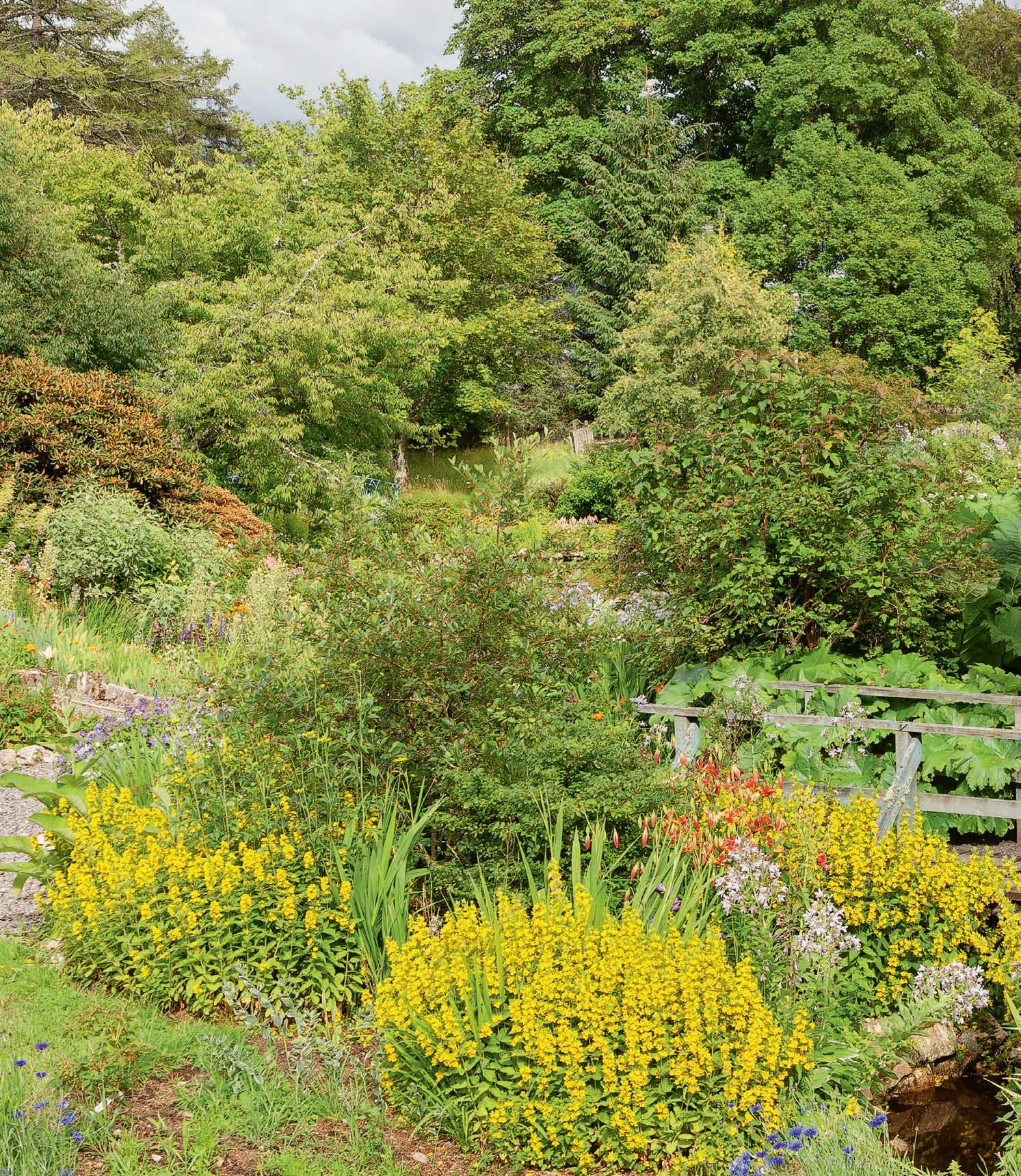
Establishing a garden in the wilds of Tomatin is no easy task, but it’s one that Emma and Philip Mackenzie have taken in their stride at Glenkyllachy, finds Antoinette Galbraith
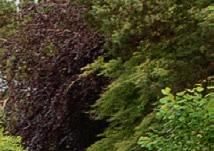

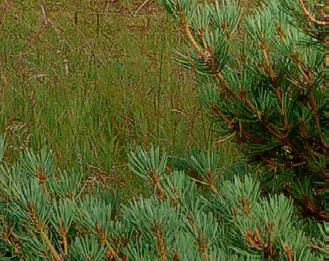
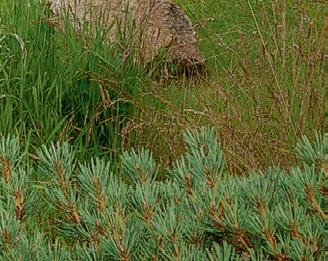




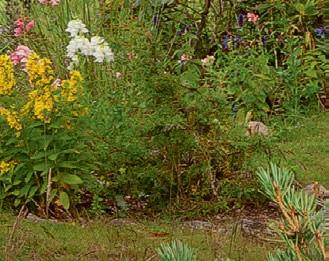


Images Ray Cox






 A GREEN AND PLEASANT LAND: View over Lysimachia punctata and the pond towards Glenkyllachy.
A GREEN AND PLEASANT LAND: View over Lysimachia punctata and the pond towards Glenkyllachy.
This is my favourite view of the garden,’ says Emma Mackenzie, looking over the pond at Glenkyllachy, the two and a half acre garden she and her husband Philip have spent the past forty years creating in a Highland glen above the River Findhorn.
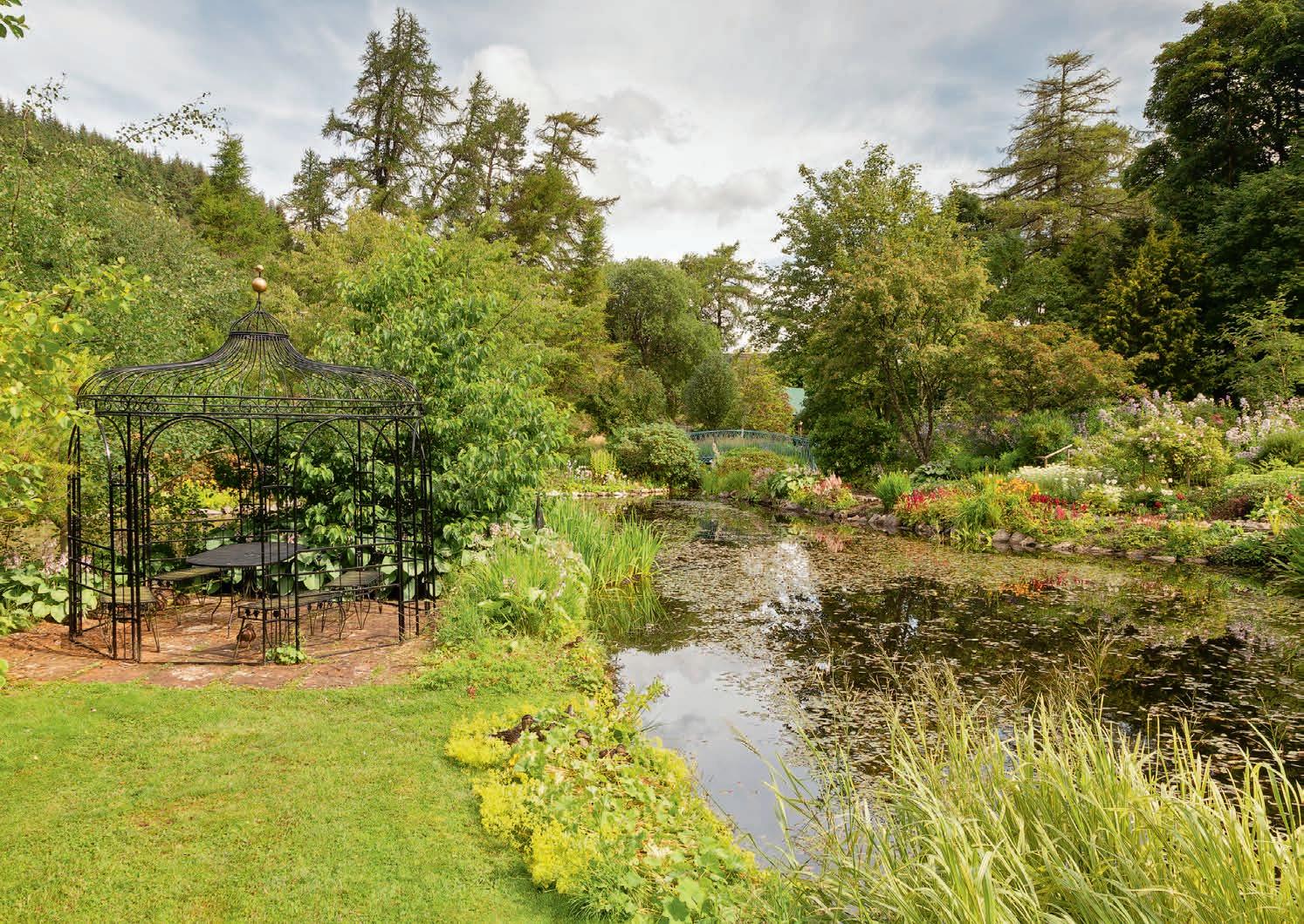
Standing beside the sweeping branches of the 120 foot high Abies procera planted in the late 1800s by previous members of the Mackenzie family, she points out dri s of Inula royleana, maroon foliage and orange flowers of Ligularia (dentata ‘BrittMarie Crawford’), marmalade tones of Helenium ‘Bruno’ and the bright red stems and lightly coloured leaves of Cornus Sibirica Westonbirt. ‘You can see why I like strong, bright colours. You need them up here. It’s such a big landscape.’
In the ownership of the Mackenzie family for over 150 years, Glenkyllachy sits at the end of a four-mile stretch of single track road with the heather clad
Tomatin hills in the background. Philip and Emma modernised and doubled the size of the former shooting lodge to accommodate their five children. ‘Originally there was no garden or fences and the deer grazed up to the door. e pond was just a bo y area with a few waterlo ed alders in it.’
For Emma, who grew up at Ki sgate Court in Gloucestershire, the renowned rose garden tended by three generations of lady gardeners, a garden was essential. Ki sgate was created by Emma’s grandmother, Heather Muir, in the 1920s and subsequently by her mother Diany Binny. It is now in the care of her sister Anne Chambers. ‘I would have gardened even if I’d only had a window box. Although nothing I learned growing up at Ki sgate, which is essentially a rose garden, proved useful gardening at a height of over 1,200 . Here, we o en have frosts in May and again in September.’
Yet, the roses that do survive at Glenkyllachy, the glorious long flowering Rosa ‘Cerise Bouquet’ and
ABOVE: A light, airy metal gazebo stands out from a sea of plants on an island. TOP RIGHT: The view from the house over the garden gives an idea of the wild, Highland setting.the June flowering R sericea ‘Heather Muir’, pack quite a punch and a new semi-wild rose garden is being developed. In spring, rhododendrons are followed by mass plantings of bulbs starting with snowdrops followed by da odils, bluebells and blue Camassia leichtlinii and Pheasant’s Eye narcissi. Emphasising the importance of continual bulb planting, Emma says: ‘By the end of the winter we are thrilled to see the spring flowers emerging.’
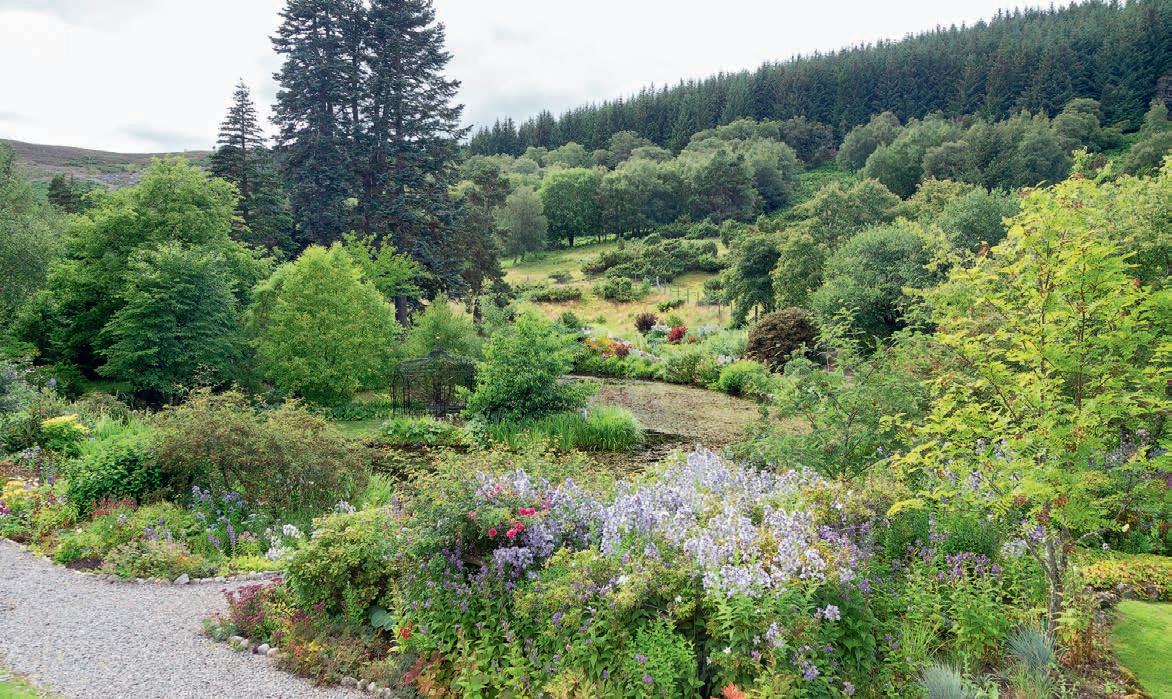
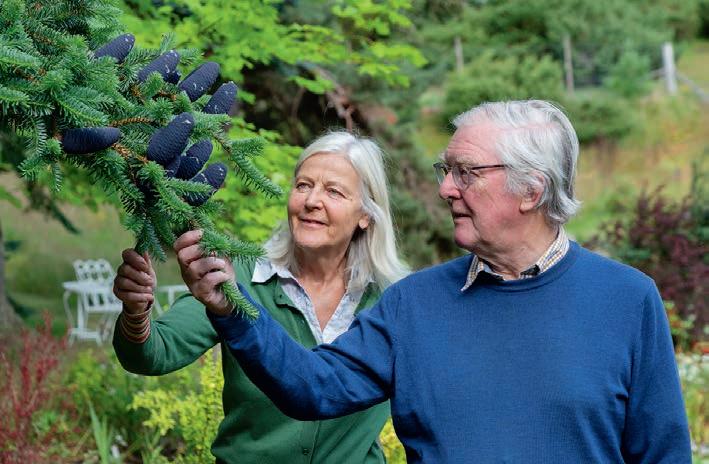
Mindful of winter gales, a number of trees south of the house were pushed back while a pond, that quickly filled with peaty water, was dug to the west. e spoil was used to create the sheltering bank that rises up behind.
e plan was for a ‘semi-wild’ garden with all seasons represented. ‘You can’t have a manicured garden up here.’

Winding gravel paths radiating from the pond path were laid out using the structure of specimen trees, such as Acer davidii, Prunus serrula (Tibetan cherry) and di erent Sorbus
underplanted with dri s of geranium, Bergenia (elephant ears) and Lysimachia (loosestrife) and lots of Alchemilla mollis (lady’s mantel).
‘ ey were pretty invasive plants and were chuck outs from other people’s gardens used originally as ground cover to keep the weeds down as we did not have much time to garden. We have le some of them under the trees but taken out a lot and replaced them with many more interesting plants like Meconopsis, Trilliums, Peonies, Phlox, Veronicastrums, Asters and Euphorbias.’
‘Here, we o en have frosts in May and again in September’
• Large, deep containers (like the American pot still) have platforms built inside where pots can stand (hidden below the container rim) and can be easily exchanged to ensure a continuous ower display.
• Crocosmia makes a good edging for a stream where it is di cult to weed. Plant Centaurea through it and enjoy the bright blue owers in early summer without having to endure its messy dead foliage which will be covered by the fresh new Crocosmia leaves in late summer and owers in early autumn.
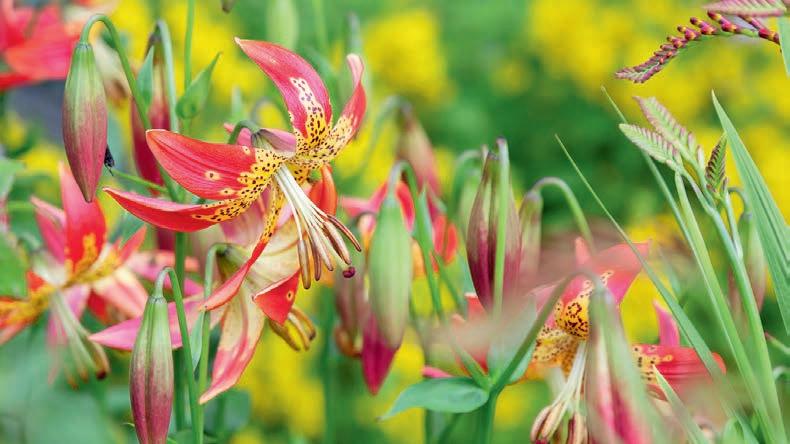
• Plant large drifts of a single variety of narcissus for more impact and to ensure a rich succession of owers.
• All the young trees are mollycoddled for the rst three years until they ‘get their roots down and acclimatise to the harsh conditions up here,’ says Emma. Netting is put round in winter for wind and frost protection. The ground around them is kept clear of grass and weeds.
• A lot of time and energy is devoted to making compost to enrich the acidic peaty soil.
• Annuals and most of the vegetables are started off in the greenhouse as the plants need all the help they can get to perform in high altitude gardens with a very short three-month growing season.
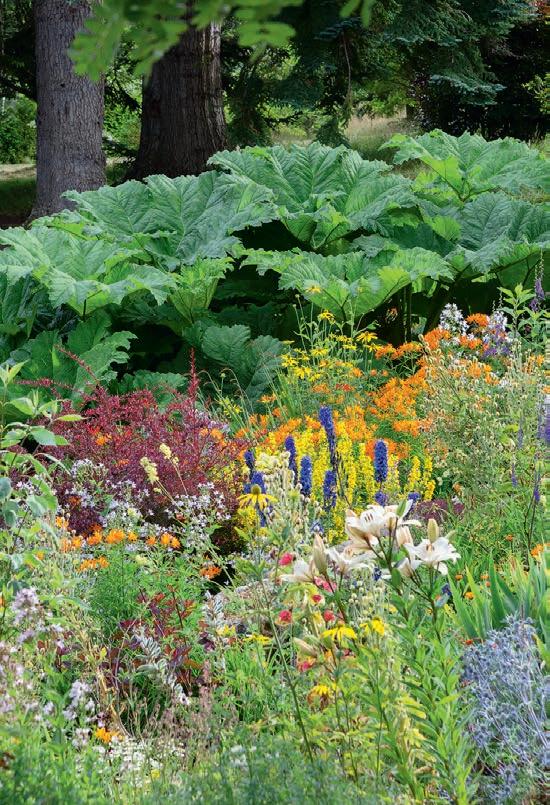
A Japanese-style metal bridge leads over the burn to the rear of the garden. Here, dri s of deep red Sedum, Filipendula rubra, blue Campanula, Delphinium and Aconitum blend with silvery Anaphalis in borders seen close up where their lighter colours stand out. Purple flowering alictrum ‘Elin’ and pink Eupatorium maculata add height while gaps are filled with deep pink Cosmos ‘Dazzler’ while the fragrance of lilies dotted around adds to this extraordinary tapestry of colour and texture.
To screen the deer fence, Emma, who always enjoys a project, built an undulating Highgrove-inspired wall to the rear of the garden. Recycled stone and slate found at Glenkyllachy were used and the wall is set with arches, windows and steps. e wall o en doubles as a climbing frame for the grandchildren.
e two burn areas to the rear of this ever expanding area boast very di erent feels. e first is planted with a sea of bright blue cornflowers. e other – the place Emma ‘promised I wouldn’t plant’ – is by September ‘a sea of orange.’ Rowans, Prunus serrula and the native, red-tinged Azalea mollis rise up above Darmera peltata while dri ing slowly o into the wild.
To the south there is a change of pace. A formal yew avenue draws your eye towards the focal point of a verdigris American Bourbon pot still, found at Chelsea Flower Show, packed with
a succession of white lilies flowering from July until the end of September. On a late summer a ernoon of blue skies the fragrance of Casablanca lilies dri s down the avenue. To your right a secluded area is reserved for a sculpture by William Peers, carved from one piece of Portuguese marble that Philip found in a Mayfair gallery while avoiding an invitation to tea at the Ritz Hotel. ‘It would have been cheaper for him to join me,’ Emma says.
Tucked behind a high yew hedge, an annual wildflower meadow (planted every year) punctuated with box fills
‘On a late summer a ernoon the fragrance of Casablanca lilies dri s down the avenue’
CLOCKWISE FROM TOP
LEFT: A tapestry of Gunnera, berberis, Alstromeria, lilies and eryngium; Betula jackmontii line the yew avenue leading to an American bourbon pot still packed with fragrant Lilium regale; a mallard and her brood; lilies inject vibrant ashes of colour in the garden.
the lawn beside the polytunnel where vegetables are grown in raised beds. ‘We are self-su cient with vegetables, some grown outside and others inside.’

As summer morphs into autumn the reds, yellows and golds in the arboretum that Philip developed south of the lodge (the first area you see on arrival) take centre stage. Set against a sculpture by Philip’s sister, Caroline Mackenzie, with the Monadhliath mountains in the background, the arboretum is richly planted with unusual varieties of native trees such as birches, rowans, acers, limes and
conifers. But there are also some rare specimen trees such as Kalopanax pictus. and Picrasma.
Especially unusual are the Castor Oil tree, Kalopanax septemlobus pictus and Picrasma quassioides which require special care in this climate. ‘Young trees are mollycoddled for the first three years to allow them to get established,’ Emma says. ‘ is is especially important if you have strong winds.’
e arboretum provides the final blast of colour before winter sets in.
‘At this height winters are long, with weeks of snow and rain,’ Emma says.
‘When head gardener Nigel Newbold arrived for an interview nearly four years ago the whole garden was blanketed in four foot of snow with not a plant to be seen but he bravely accepted the challenge and the garden has flourished under his care and skill.’
As the garden slowly winds down Emma will order and plant more bulbs and start planning her next project.
‘From April to October the garden is open every Monday and Tuesday. People can just wander in, no need to make an appointment. It’s much more fun if people enjoy it with us.’
IV13
The garden is open every Monday and Tuesday from 1 April-31 Oct, 10am to dusk under Scotland’s Gardens Scheme scotlands gardens.org

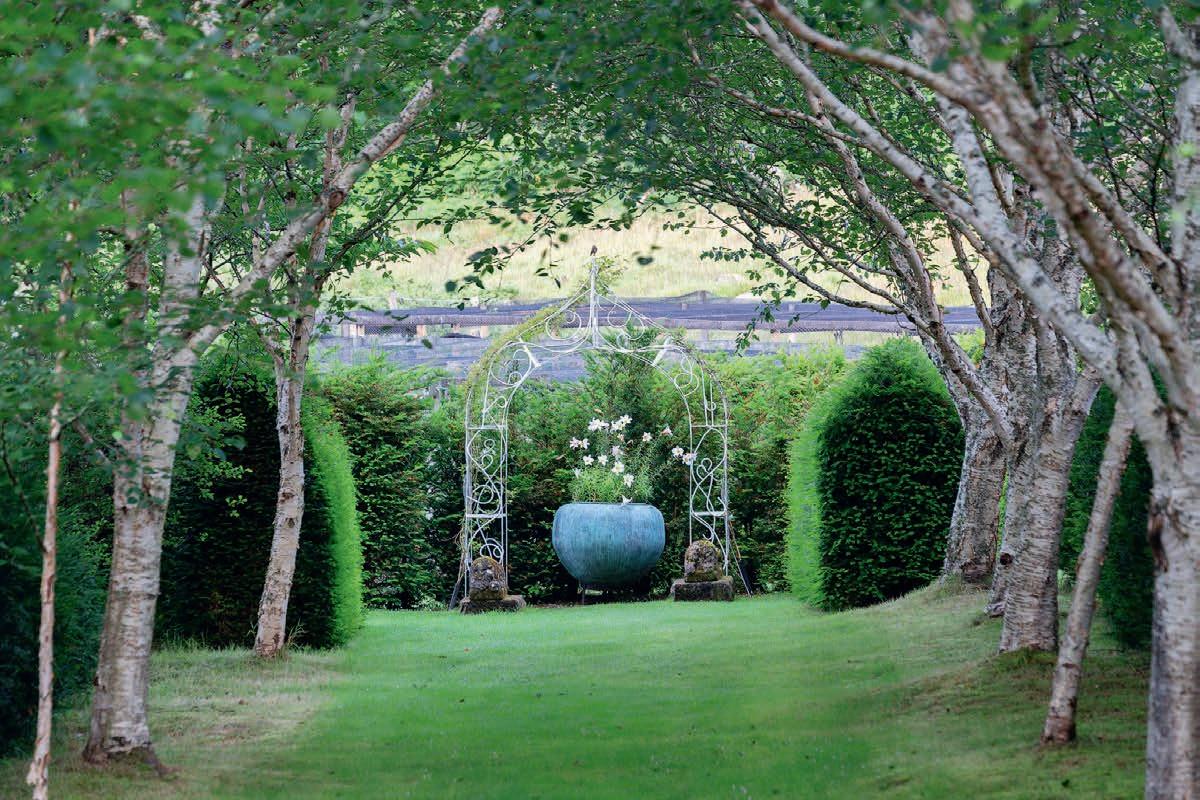 Glenkyllachy, Tomatin
7YA.
Glenkyllachy, Tomatin
7YA.
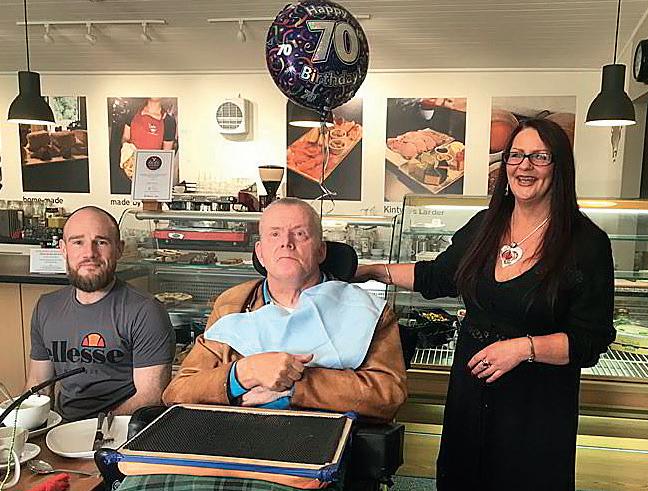
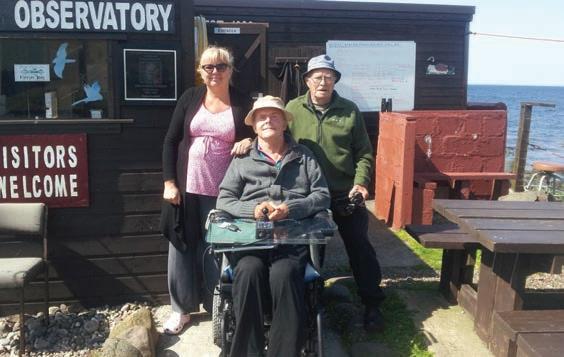


We only provide full day, full night or 24 hours care.
We can offer assistance in obtaining direct payment from the Scottish Government for your personal care.
We can liaise with the Social Work Department to obtain equipment to make our clients’ lives more comfortable at home.
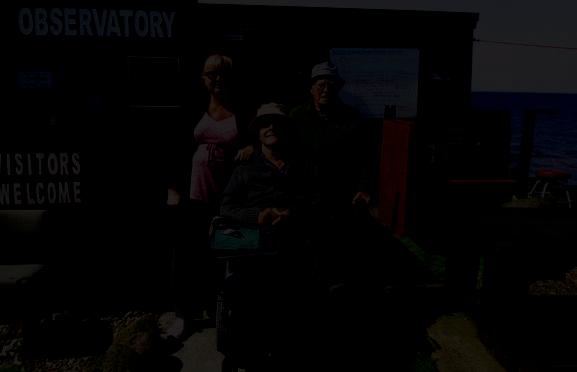
We provide either live in or live out care and can travel throughout Scotland to our clients’ homes.
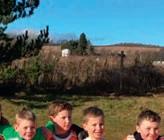
We have even been known to undertake foreign travel with our clients.
We keep costs down by being self-employed; the client pays their carer direct. There are no hidden charges.
We can cover the whole of Scotland
Care Crew is managed and founded by Helen McDonald. Helen liaises with families to better understand the individual’s requirements before assigning the most suitable members of Care Crew to the particular client. Helen introduces each client to their carer after the initial consultation. We aim to provide continuity of care and try to match clients with like-minded carers. Each carer is registered as self-employed, insured and holds an enhanced disclosure (PVG). In addition Moving and Handling certificates are constantly updated in accordance with legislation. Most of the carers have completed their SVQ 2 or SVQ 3. We are also experienced in palliative care, spinal care, dementia and we are familiar with the medical protocol associated with care at home.
If you want to know more about tailored packages please call 07738 625 021 www.carecrew.co.uk


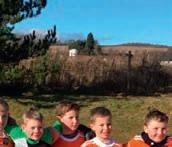

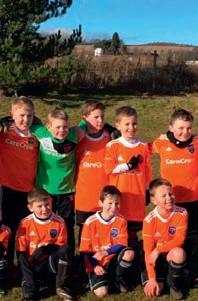
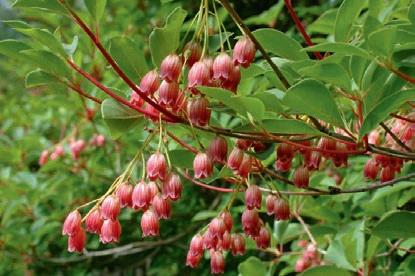
The ‘Dwarf Redvein Enkianthus’, also known as Enkianthus campanulatus var. palibinii, is a deciduous shrub native to Japan and China. It is stunning in autumn when the mid-green leaves turn a vibrant orange-red and the branches bear clusters of small, red berries. This variety of Enkianthus, which grows to around two to four metres in height and width, is a great choice for small gardens, rock gardens, or as a specimen plant. It is hardy and can tolerate temperatures as low as -15°C. It is also adaptable to a wide range of soils but prefers well-drained, acidic soils. It likes full sun or partial shade and is relatively drought-tolerant, but it is important to keep the soil consistently moist, especially during the rst few years after planting. To care for the plant, it will bene t from a spring application of organic slow release fertiliser and a mulch of composted bark or composted ne bark. Pruning is not essential, but to prune after owering to maintain shape and encourage new growth can be bene cial. Although the plant is hardy, it is advisable to protect it from severe cold and wind.
PETER BAXTER Curator at Benmore Botanic Garden

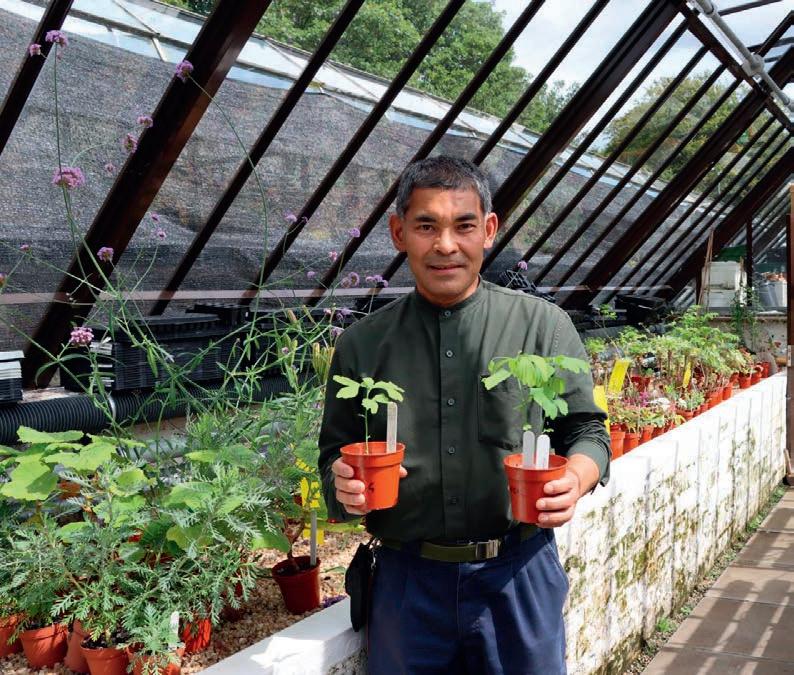
Seeds from a tree which survived the atomic bomb in Hiroshima are being grown in Glasgow. The Ginkgo Tree seeds were gifted to Glasgow City Council as part of an international peace initiative. Hiro Shimai, from Japan, is among staff at the council’s Botanic Gardens who is nurturing them. His mother, now in her nineties, witnessed the radioactive mushroom cloud created by the bomb in 1945. Hiro grew up around 18 miles from Hiroshima and moved to Glasgow in January. www.glasgow.gov.uk
e National Trust for Scotland is taking on a three-year horticultural project to document the plants across its 39 gardens. One of the most notable findings at Broughton House, in Kirkcudbright, was that an original planting by Scottish artist Edward Atkinson Hornel has survived. Previous records with the age of the existing plants were cross referenced, and proved to be a match. www.nts.org.uk
A Northern Brown Argus butterfly was discovered in a Stirlingshire garden a er a 100-year absence. A volunteer from Butterfly Conservation found one in her garden in Blairlogie. ey were once found throughout the Ochil Hills, but became extinct due to habitat loss. www.butterfly-conservation.org
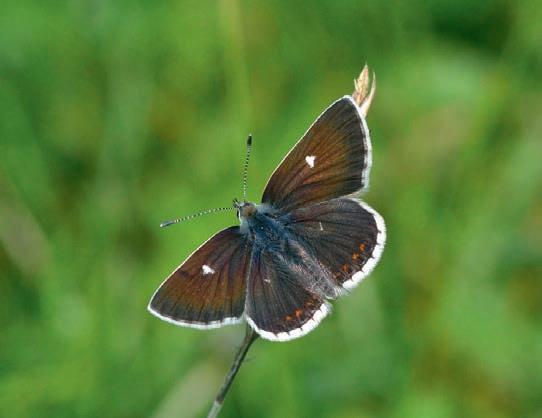











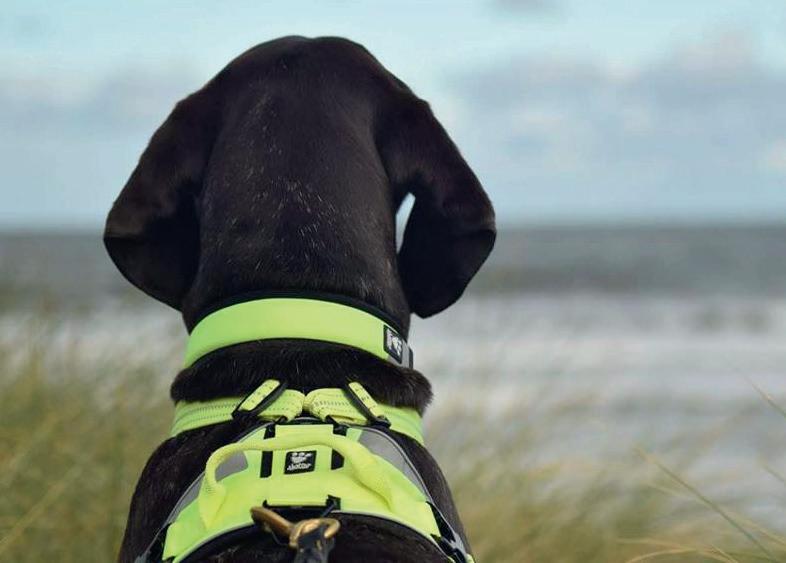


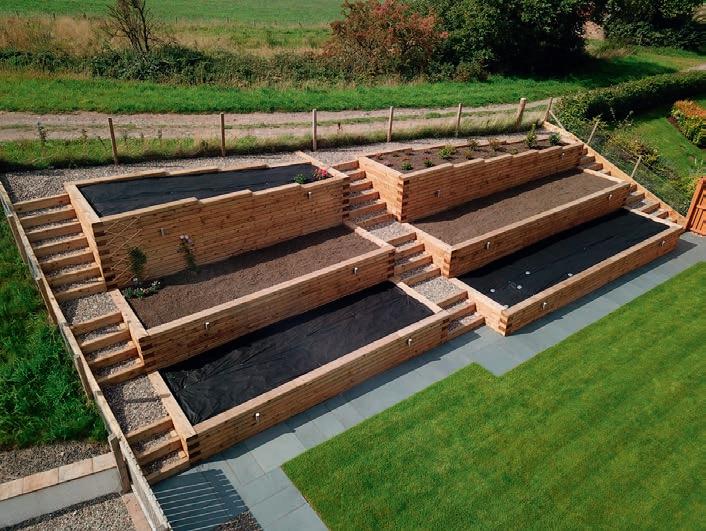
Strulch is a light and easy to use garden mulch made from wheat straw for organic gardening. It can be used throughout the garden on borders, raised beds, cultivated fruit and vegetable plots, lasting up to two years and giving an earthy brown colour. Tel: , strulch.co.uk
4
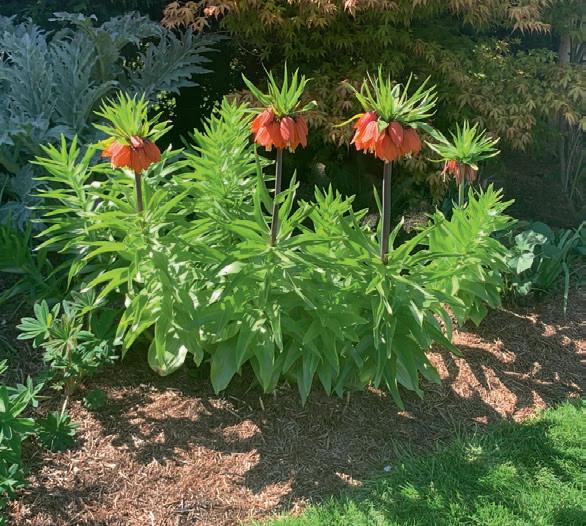
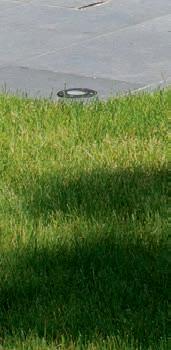
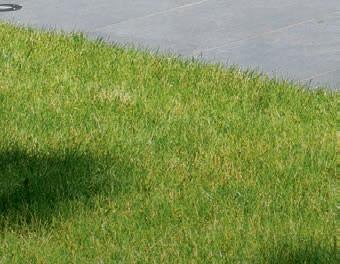
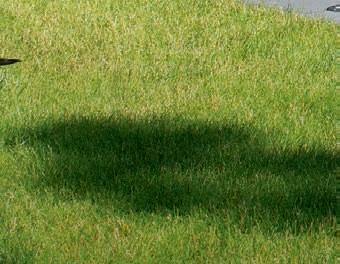
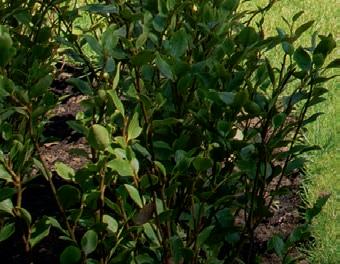




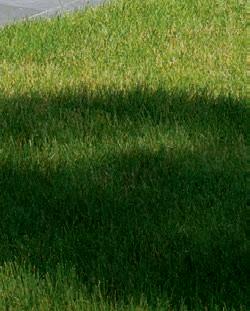
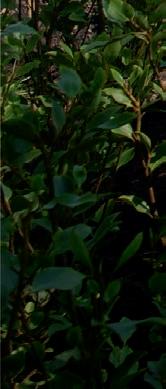




BEAUTIFUL FROM ALL ANGLES: Kim and Graeme Ritchie’s Gullane home perfectly blurs the lines between inside and outside.

Despite being friends with renowned Edinburgh architect Richard Murphy, Kim and Graeme Ritchie never dreamed that one day they’d be doing a grand design of their own, says Nichola Hunter
Images Crispin Rodwell







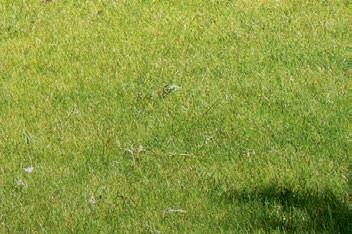
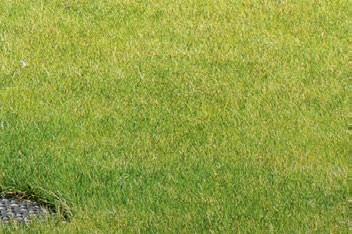
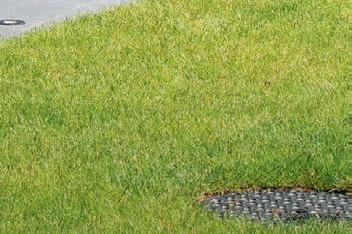
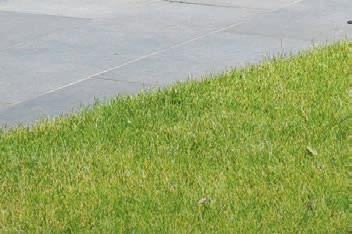
Kim, who runs her own website company, and Graeme, a microlight instructor, had been toying with the idea of moving for a while but they certainly weren’t looking to build their own home. ‘We weren’t searching for a building plot and although we are friends with [renowned architect] Richard [Murphy] we never thought we’d have the chance to build “a Murphy”,’ says Graeme. ‘But I was browsing the property pages and stumbled across this site in Gullane, which was where we wanted to be if we were ever going to move.’
e plot had been on the market for a while although the owners had already applied and been granted planning permission. However, it had taken them approximately three years to obtain it, the problem being several protected trees on the site which had deterred interested buyers.
‘We decided to ask Richard to have a look and he didn’t see a problem,’ Graeme remembers. ‘Richard drew up a sketch and he and Kim went for a pre-planning meeting with the council to ask if we were wasting our time. We took a risk buying the plot when we wanted to change the design completely, but our design was roughly the same footprint and was located in the corner of the plot away from the trees.’
With the previous owners still living next door the couple were also worried that their new design may cause o ence. ‘ ey were very supportive which was great,’ says Kim. ‘Apparently they really appreciate modern architecture, and they were delighted with the new plan.’
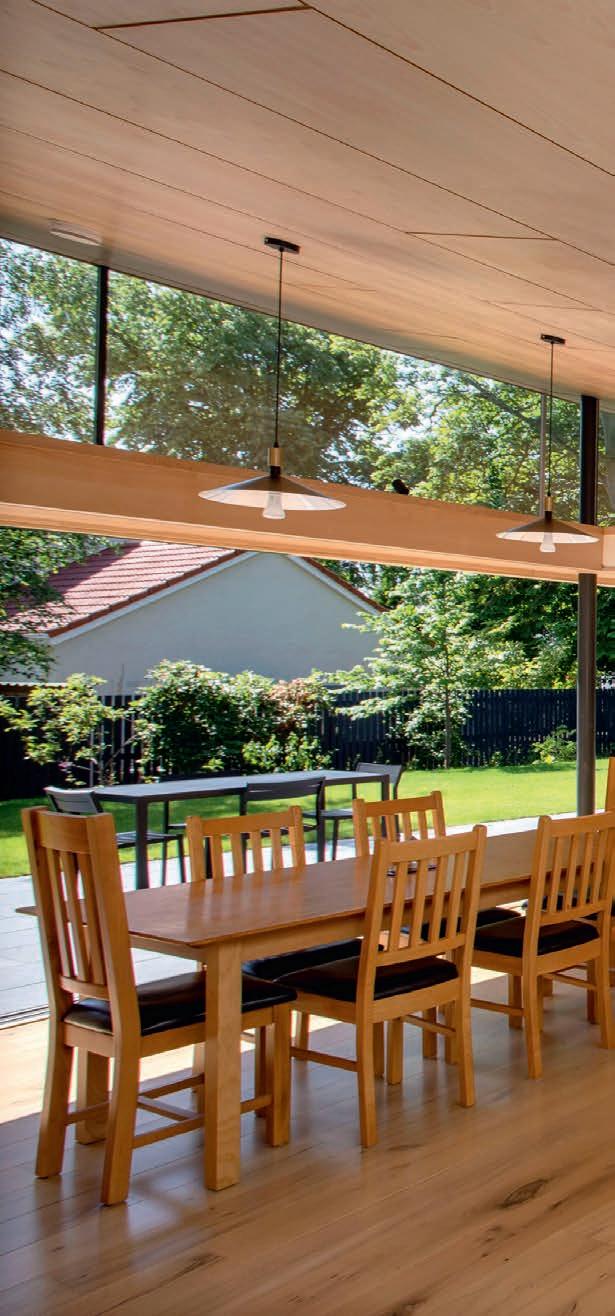
A er selling their flat to fund the build, the couple moved into a rental for the duration of the build. However, with the advent of Covid, the process took longer than normal. ‘We viewed it in March 2019 and purchased it in the November,’ says Graeme. ‘It obviously took a long time to get things moving with Covid because people weren’t at work. We also wanted to get a handle on the costs as we
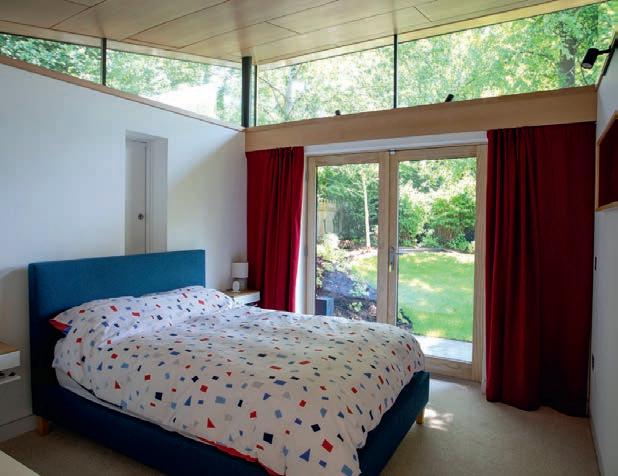 TOP: The open plan kitchen/dining space is ooded with natural light. RIGHT: Every bedroom has a garden view and access to the outdoors. FAR RIGHT: Kim enjoying some down time.
TOP: The open plan kitchen/dining space is ooded with natural light. RIGHT: Every bedroom has a garden view and access to the outdoors. FAR RIGHT: Kim enjoying some down time.


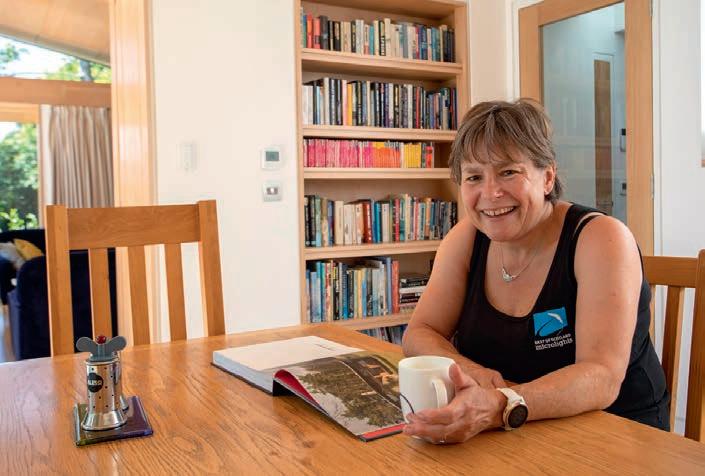
‘Gullane was where we wanted to be if we were ever going to move’




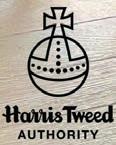


• Allow a contingency.
• Trust the judgement of your architects.
• If you’re on a tight budget, don’t change anything. If you can keep to that it’ll keep the timescale and cost from getting away from you.
• Make a model. Kim made a 3D model to help her visualise the space and to help her decide where to place the sofas, the wardrobes etc.
didn’t have an infinite budget and I didn’t want to start if we couldn’t finish. e builders finally arrived on site in the summer of 2021, and we moved in September 2022.’
Although it took a while to get started the actual design was more or less agreed from the day that Richard first saw the plot. ‘We once asked Richard if you ask for a Richard Murphy house do you have any say whatsoever and he said “no!”,’ laughs Kim.
Knowing their architect well made the process surprisingly painless. ‘ e only thing Richard asked was how many bedrooms did we need?’ said Graeme. ‘Our answer was three – one for us, one for guests and one which we use as an o ce.
‘He drew up the plan and then we realised we didn’t have a garage and we have several bikes, so he extended the building marginally to add a bike store at the back. It’s like a little narrow garage attached to the house. So, our brief was three bedrooms and a space to keep the bikes. But pretty much from when we showed Richard the plot he knew what he wanted to do.’
Located on one single storey, one enters a small hallway leading into the open plan kitchen/diner. Adjacent to this and accessed by pocket doors is the sitting room. At the other side a corridor leads through to the three bedrooms (one with en-suite and dressing room), utility room, and main bathroom.
‘ e entire house flows really well,’ says Kim. ‘ e sitting room can be shut o to be cosier. From the bike store, the entrance is through the utility room and all the muddy
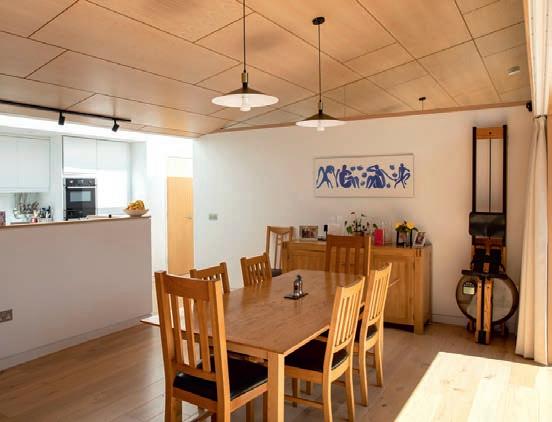 TOP: The sitting room has been designed to stay cool in summer and cosy in winter.
LEFT: Triangles of mirrors in the roo ine create the illusion of space and re ect the light in each room.
TOP: The sitting room has been designed to stay cool in summer and cosy in winter.
LEFT: Triangles of mirrors in the roo ine create the illusion of space and re ect the light in each room.
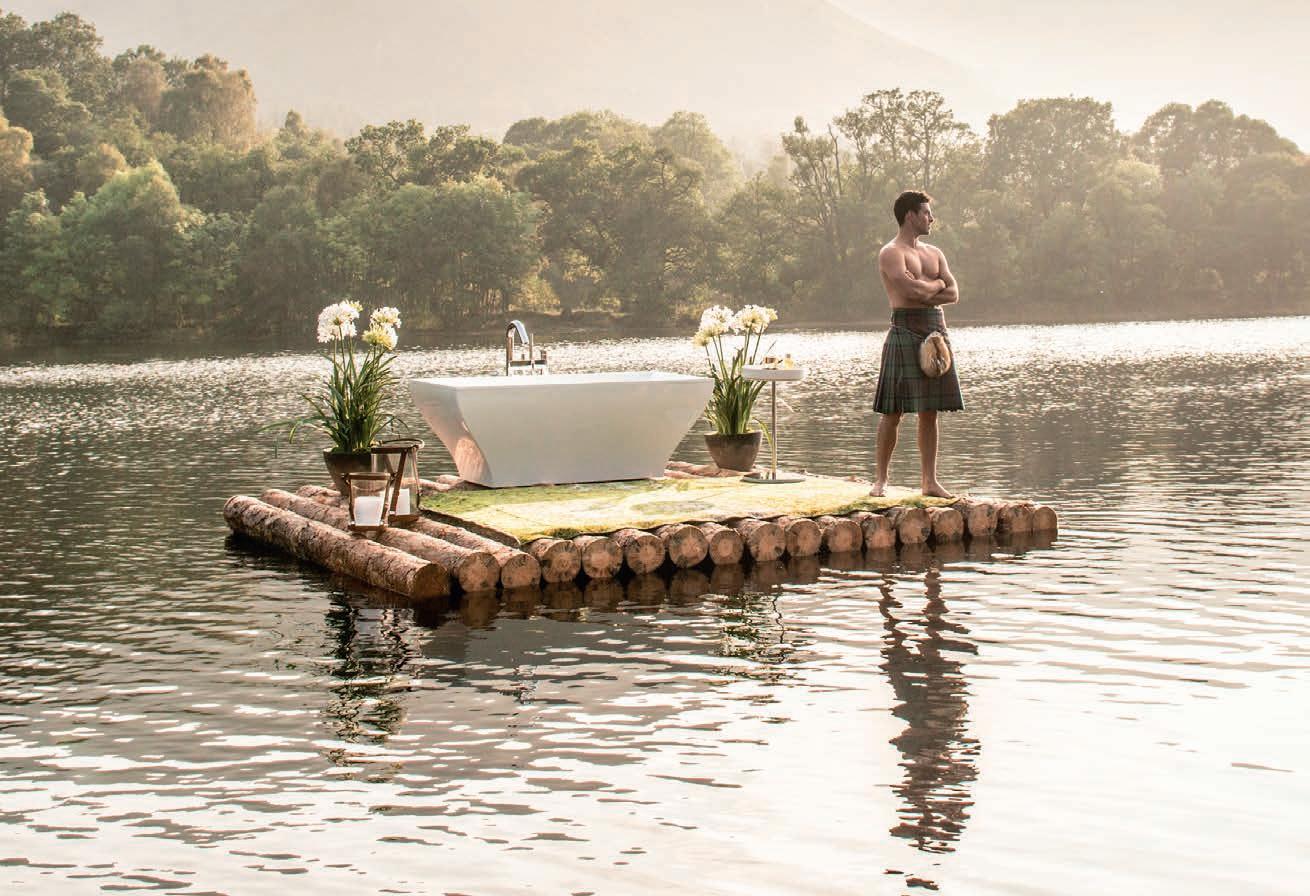





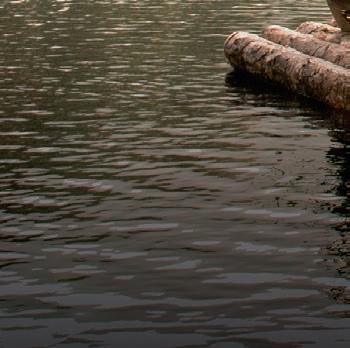
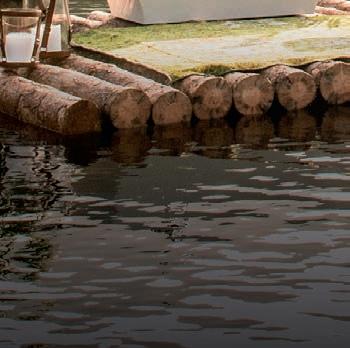
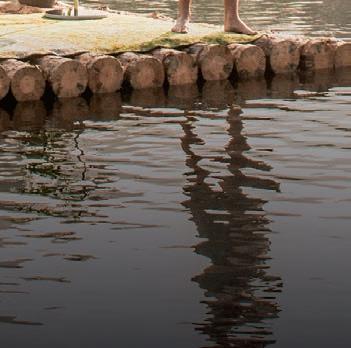
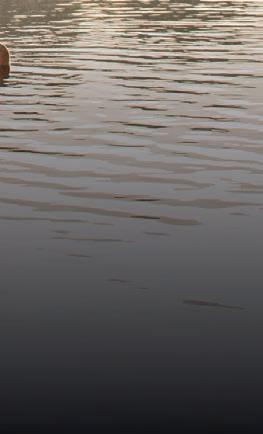

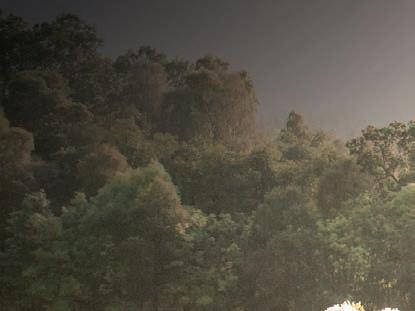





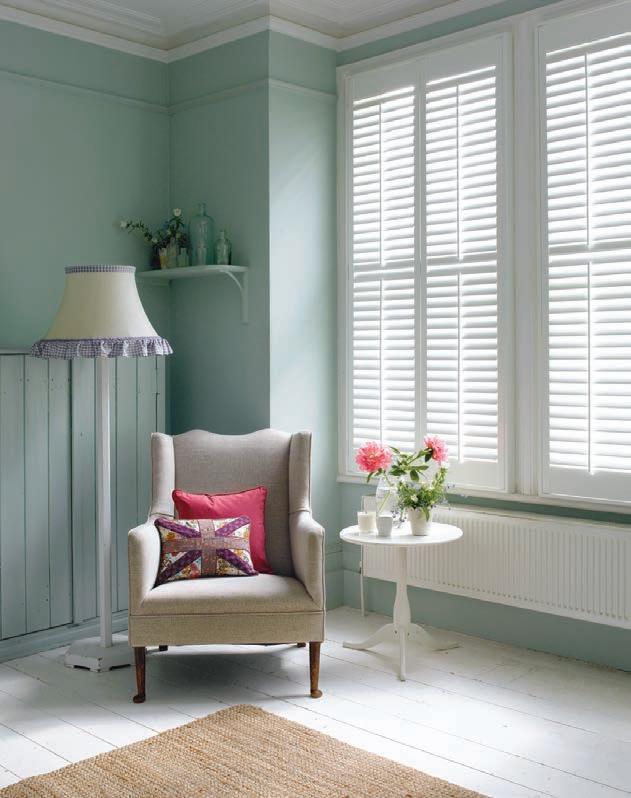
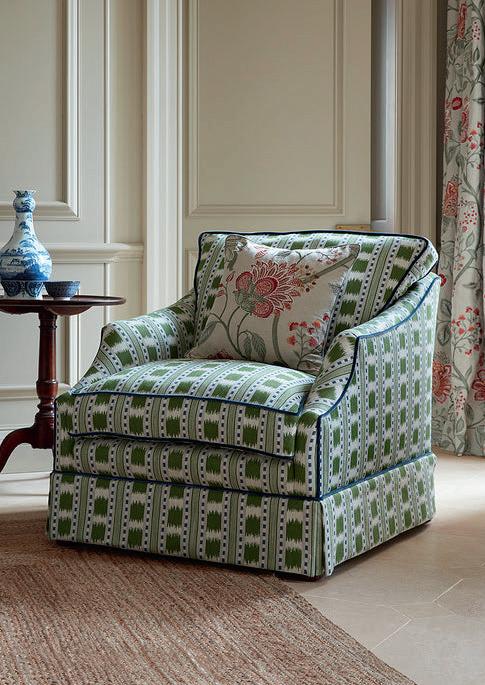



clothes can go straight in the washing machine – it’s these little details that make all the di erence.’
‘ e main living space can be one large area, but it can serve two completely separate purposes,’ Graeme explains. ‘It’s a design feature that Richard includes in many projects, and it works. However, I think the best design feature is the way the windows disappear. e entire wall and corner of

the house can be opened to the outside and disappear. It completely blurs the line between inside and outside.’
A er the initial design was finalised, Richard handed over to his associate Tom Hetherington who also had several tricks up his sleeve. ‘Tom is an architect through and through, but his interior design skills are also second to none,’ said Kim. ‘He was instrumental in the planning of the kitchen, su esting the larder instead of adding more kitchen units, and it’s been fantastic.
‘He also su ested the slimline hidden cooker hood and incorporating the recycling bins into the units –I’ve never had a property with such a generosity of space and cupboards. Another of his ideas was the hidden drinks cabinet in the bookcase between the pocket doors – it’s genius.

‘When it came to the colour scheme, Tom had a vision in his head which I couldn’t comprehend. It was all about
beech and light woods to maximise the light and he su ested white walls to counter that. From carpet colours to kitchen design, we just went with what he said. I think when I need to buy a new dress, I’ll give Tom a phone – he has exquisite taste.’
When in September 2022 the couple finally moved in, there was still work to do. But since then they’ve enjoyed every minute of living in their ‘Murphy’.
‘I’ll admit it was stressful at times,’ says Graeme. ‘We did go over budget, but it wasn’t about things being underestimated, it was changes that we chose to implement. Everyone that sees the house seems to love it, as do we.’
 CLOCKWISE FROM TOP LEFT: The light- lled corridor provides access to the three bedrooms and hides a cleverly disguised pantry; the state of the art bike store at the rear of the property is incredibly well used but also blends in perfectly with the rest of the build; privacy in the shower but a bath with a view.
CLOCKWISE FROM TOP LEFT: The light- lled corridor provides access to the three bedrooms and hides a cleverly disguised pantry; the state of the art bike store at the rear of the property is incredibly well used but also blends in perfectly with the rest of the build; privacy in the shower but a bath with a view.
Richard Murphy Architects richardmurphyarchitects.com
‘I’ve never had a property with such a generosity of space and cupboards’
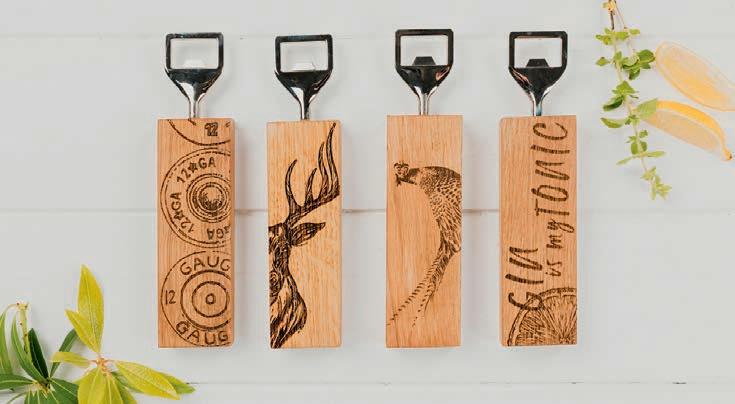
Create a relaxed and inviting home

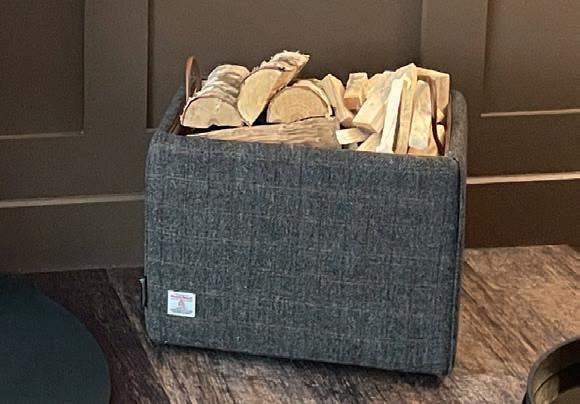
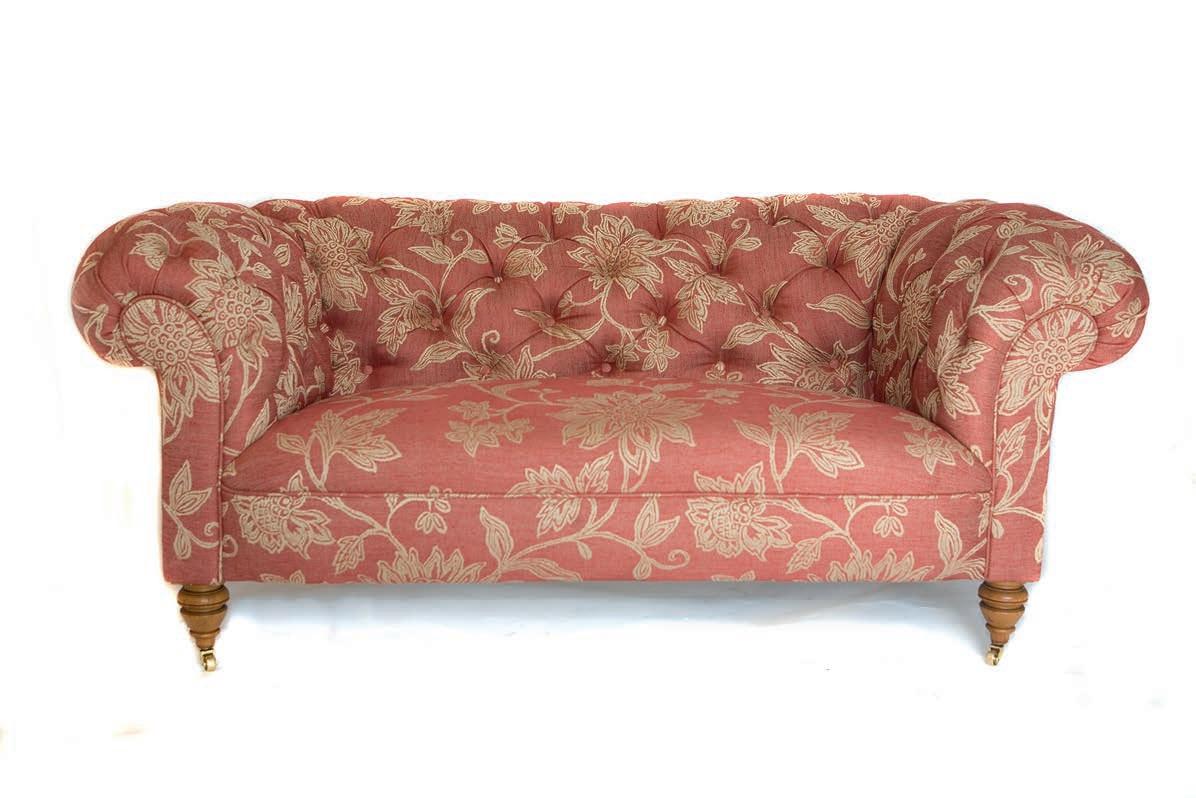
1. THE ORIGINAL CHAIR COMPANY: As well as new furniture The riginal Chair Company offer a re upholstery service. Perhaps your sofa re uires a fresh look or you may want a family heirloom traditionally re upholstered. Their expert craftspeople will carry out whatever is re uired to make your furniture last for many future years. Their work is carried out to a high standard and all work is guaranteed.
Tel: , www.theoriginalchaircompany.co.uk
2. CALLUM WALKER INTERIORS: The key to good design for fitted interiors always starts with functionality. It has to work for the owner and be an enjoyable space to use when carrying out day to day tasks.

Tel: , www.callumwalker.com
3. GRACE & FAVOURS: The best of gifting is available all year around in one of Perthshire’s leading gift and interior shops. High Street, Auchterarder . ind them on social media. Tel: , www.facebook.com/ graceandfavoursauchterarder
4 BLACKHOUSE: A range of seventeen luxurious handwoven Harris Tweeds ensure your choice and combinations are endless. Each bespoke Blackhouse piece is lovingly crafted here in Scotland and designed with your comfort in mind. Tel: , www.blackhouse.co.uk
5. MOZOLOWSKI & MURRAY: Where elegance meets modern rustic living, uni uely designed for a lifetime of comfort and style, only with o olowski & urray. T: , www.mozmurray.co.uk
6. SCOTTISH STOVE CENTRE: The Smart Bell Panorama gas fire from Bellfire offers a large open view from three sides while maintaining minimal depth. Available from Scottish Stove Centre, Croftamie. Tel , www.scottishstovecentre.co.uk
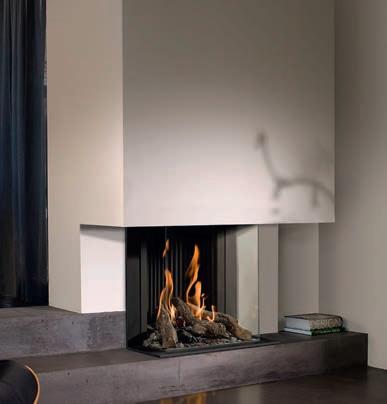
7. THE BATHROOM COMPANY: Venetian oak cabinets with a uni ue and extraordinary appearance from the natural embellishments produced by shipworm. Tel: , www.thebathroomcompany.co.uk

8. THE NOMADS TENT: A magnificent Baktiari garden carpet. The uality of the hand spun wool and intensity of the natural dyes is superb. Woven circa s, it is in mint condition. Si e: x cms. The omads Tent, St Leonard’s Lane, Edinburgh, EH SH. Tel: , www.nomadstent.co.uk








































Frances Macdonald’s first trip to Iona was a disaster, but you wouldn’t have guessed so by looking at her paintings.
Many of her works feature the island which was also a favourite subject of the Scottish Colourists. Indeed Peploe, Fergusson, Hunter and Cadell all worked from this compact yet infinitely charming archipelago in the Inner Hebrides.
Macdonald fits into that canon well, though she says it is more a matter of coincidence than intention. She had been painting for a while before she even looked at the works of the Colourists, and was surprised to find that many of Cadell’s viewpoints mirrored her own. When we speak, she wonders whether they perched on the same rock to paint.
It is an inherent artistic vision that the two share, a connection of coincidence rather than design. Each was drawn to the same place more than a century apart, and the resulting works are entirely idiosyncratic despite their shared subject matter. is is due to process, and Macdonald’s is entirely her
own. She favours a palette knife over a brush for the rough, choppy texture it lends her depictions of rocks – a subject the Colourists tackled in a far less textural fashion. Of this key di erence, Macdonald says: ‘I think the Colourists would be horrified at the strength of my rocks, to be honest.’
Embracing texture defines Macdonald’s work. Indeed, her vivid seascapes are bordering on tangible. If you’re familiar with the ru ed shoreline of the West Coast, these are scenes you will know well, and it is the rocks in Macdonald’s work that are most recognisable. ey reach o the canvas, their surfaces freckled with the ochre-yellow lichen and burnished wrack that is synonymous with the area. en there are the brave little sea pinks which pop up in so many of her works – those perennial wildflowers that dot Scotland’s coastlines which are Macdonald’s self-proclaimed favourite.
From her paintings, Macdonald’s love for the landscape (and especially for Iona) is clear. So, what went wrong during that first visit, and what eventually led her back? Sometime in
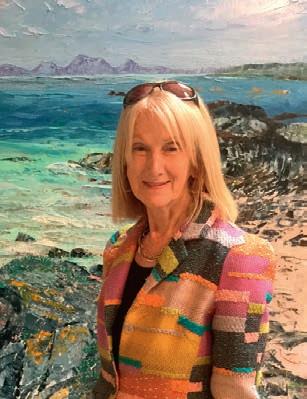
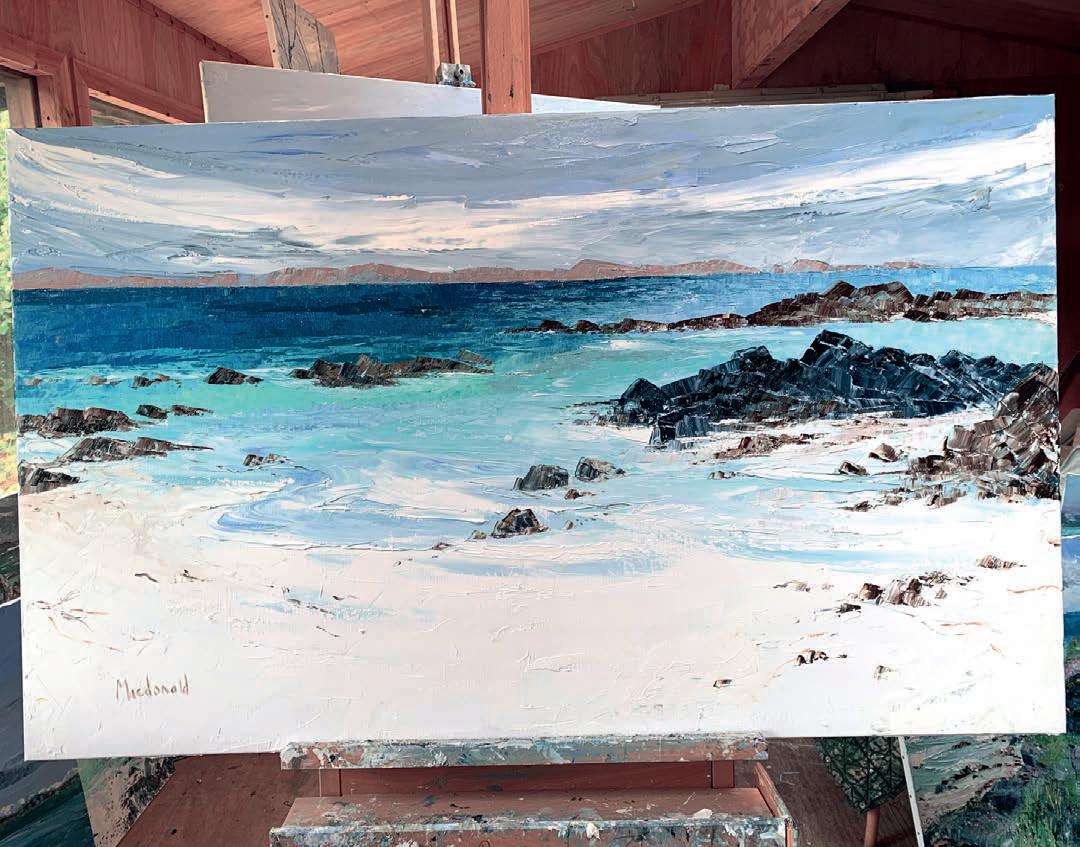

ough her first trip to Iona was not all plain sailing, artist Frances Macdonald has since found infinite inspiration in the ever-shi ing landscapes of the Inner Hebrides, says Eilidh Tuckett
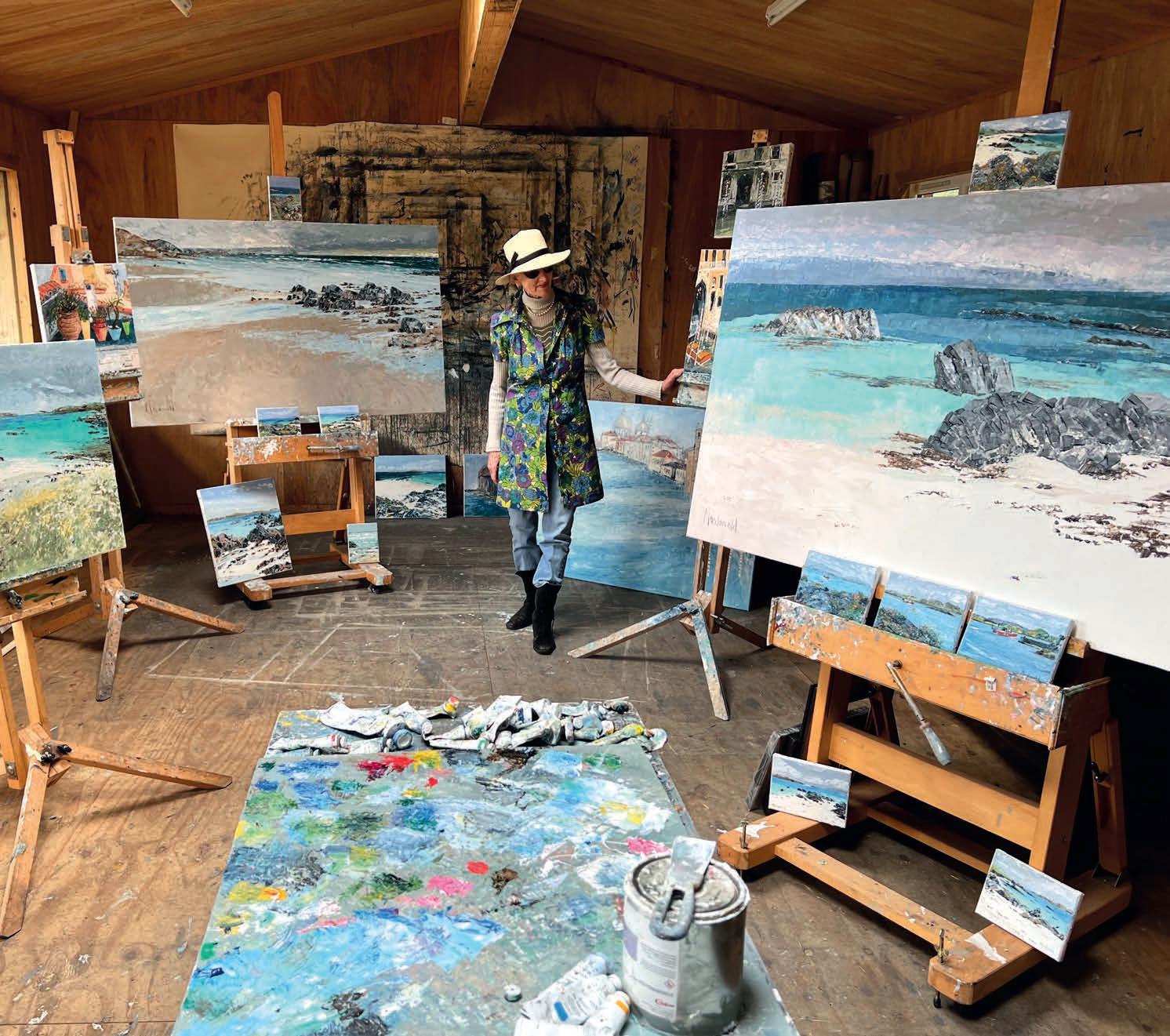
Bluebell
,
the early seventies, the Macdonald family boarded the revered steamer King George V, bound for Iona. ey had not long been sailing when it transpired that their daughter, Julia, had disappeared. Sometime a er a frantic call-out via the intercom, she was discovered below deck enjoying ice cream with the crew. e stress of the experience marred the rest of the trip for Macdonald, and it was 20 years before she revisited the island. e second time was with her husband, Nick, and it was by accident.
eir boat, the M V Sgarbh, ran aground just o the coast, and they had to wait for the tide to come in. Macdonald went ashore and whiled away the hours painting, and that was the start of an unlikely and enduring love. ‘ e colours are quite incredible,’ she says. ‘Colours like that don’t exist anywhere else. Well, maybe in the Caribbean, but this is Scotland.’
Now, when she is serious about starting a new piece, it is Iona that she heads for.
Macdonald always wanted to be an artist. It was her father who deemed it an unsuitable prospect. He had been frightened by the fate of a cousin who had attended Edinburgh Art College and come back pregnant, a beatnik with a bairn. It wasn’t to
be Macdonald’s path. ‘In those days, you listened to your parents,’ says Frances, stoically. ere is no trace of lingering resentment. Like many great artists, Macdonald’s strength stems from these trials; the things that seemingly knocked her o course are what ultimately led to her success. And she is successful.
Today, Macdonald is one of Scotland’s pre-eminent contemporary landscape artists, and there is no doubt that her life experiences are to thank for the richness and depth of her paintings. She may not have been an art student in the traditional sense, but in her own way Macdonald was always an artist, she was just working under the guise of other occupations.
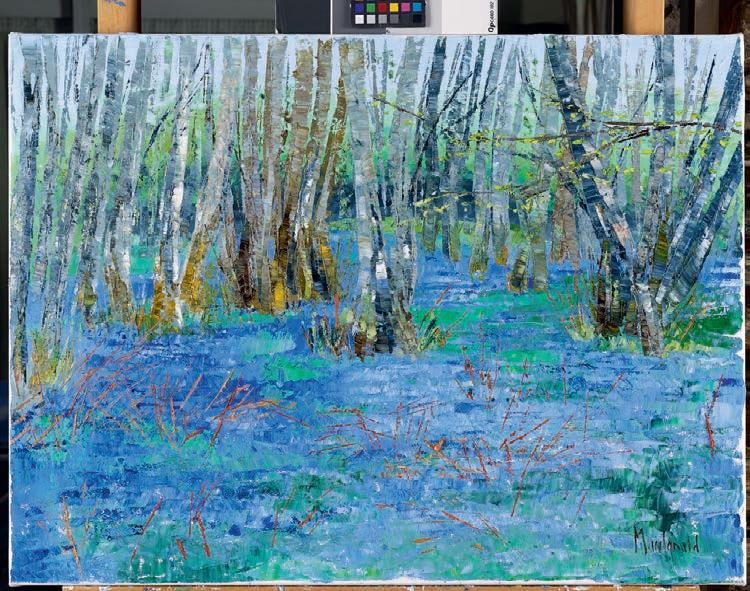
Macdonald’s early artistic life was spent in line drawing and watercolours, small pieces which could be done quickly, using a knee as a workspace. As a nurse in the Merchant Navy, Macdonald would sell paintings to colleagues on board her ship. It wasn’t until her son, Ross Ryan, now an esteemed artist in his own right, came back from art school and told her to throw away the watercolours and pursue something that she was really interested in, that she reconsidered art as an occupation. It is an uncommon sentiment, for a child to be credited for a parent’s successful career, but that’s exactly what Macdonald does. e modern narrative is that children thwart ambition, but Macdonald points to hers when asked what made her become an artist who was serious and focused on her cra .
Until Ryan told her to prioritise her ambitions, Macdonald’s art had always fitted around her life; as a nurse on board Merchant Navy ships, to running a hotel, to being a mother and a home-maker. ‘I had never really been in the right place to work. I didn’t have the right type of studio, and there were always people running around and dogs and things. It was always a mess. Once you’ve got your own space it makes a huge di erence.’
Today, Macdonald’s works are big, arresting landscapes that demand space. Creating them demands space too, and it was this factor that held her back from oil paints, her true
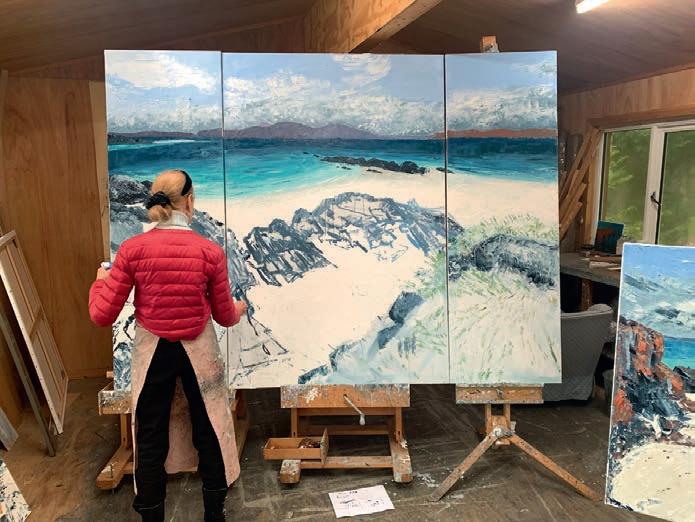 Wood, Bracken, Poltalloch
oil on canvas, 61 x 81 cm; The Paps of Jura from Ronachan Kintyre 40”x50“ oil on canvas; Frances painting a triptych of the north end of Iona in her studio.
Wood, Bracken, Poltalloch
oil on canvas, 61 x 81 cm; The Paps of Jura from Ronachan Kintyre 40”x50“ oil on canvas; Frances painting a triptych of the north end of Iona in her studio.
‘Her life experiences are to thank for the richness and depth of her paintings’

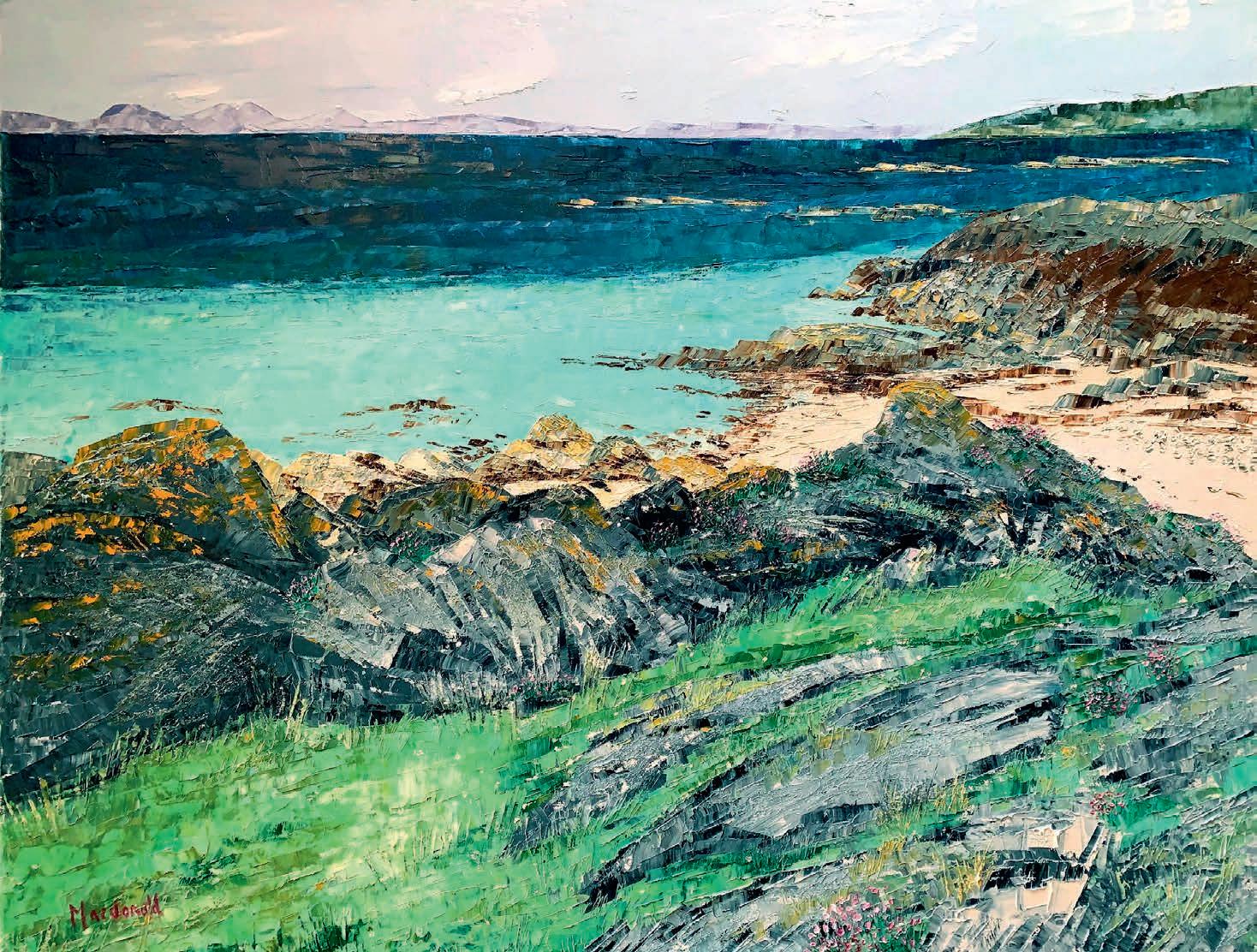


Our first solo exhibition featuring the outstanding printmaker and painter, Babs Pease. This exhibition will be a wonderful opportunio/ to view over 30 pieces of work by this talented artist.
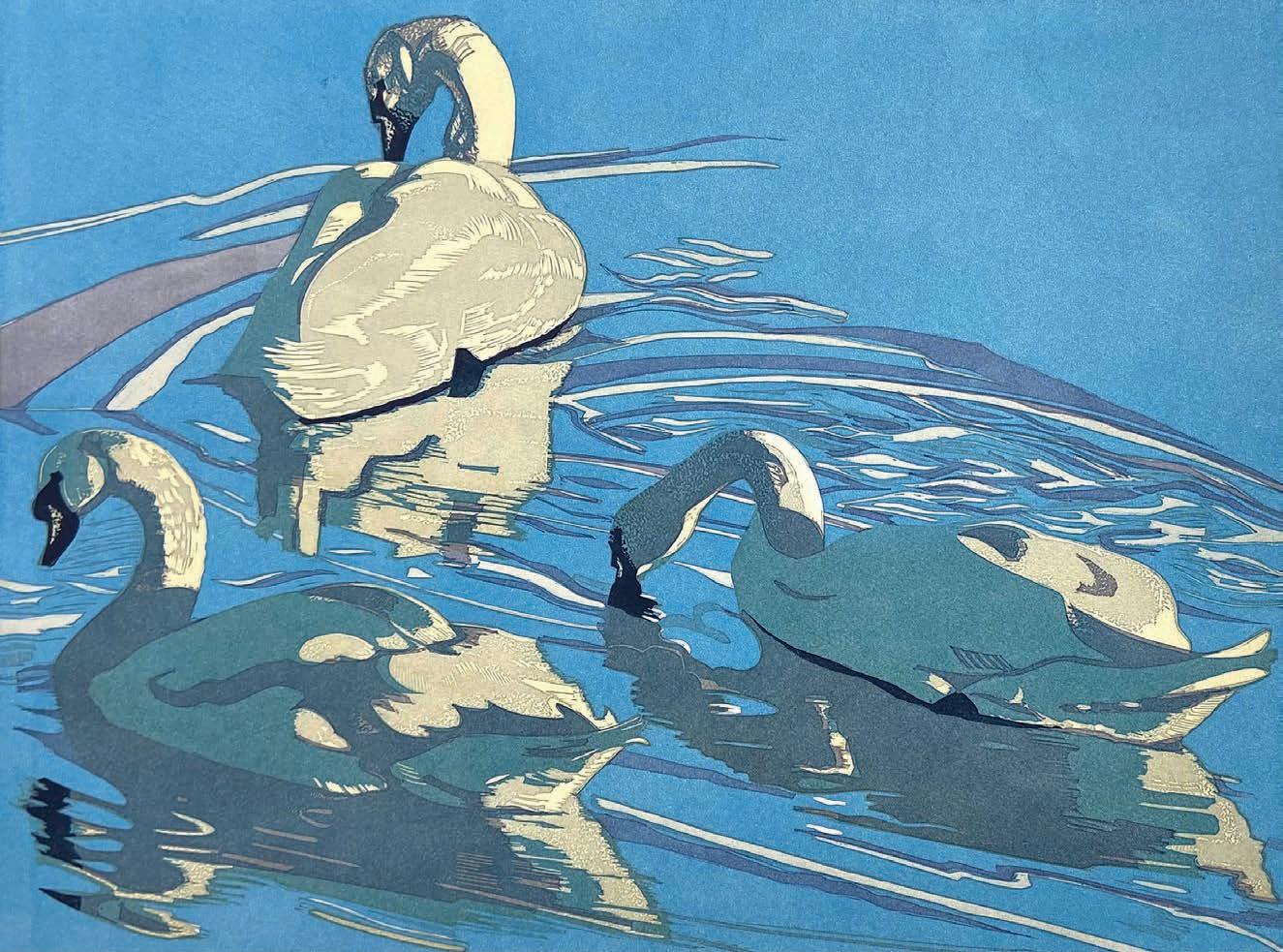
COAST WITH THE MOST: Frances favours a palette knife over a brush for the rough, choppy textures

medium, for so long. Now, Macdonald has a room of one’s own, an ample studio in Crinan, where she has been based for over fi y years running the Crinan Hotel and raising her family. ese experiences inform her style – a naturalistic honesty rendered in paint, which elevates the seascapes Macdonald has spent a lifetime looking at. ose years of observation are evident in her work itself and in
the way it comes together – quickly, intuitively. It’s almost as though she is making up for lost time. is pace doesn’t extend to her medium, however, and she regales me with tales of paint drying which are far more interesting than they sound. At one exhibition in London’s prestigious Portland Gallery, where she shows biennially, a potential buyer got more than he bargained for when he leant against a painting. As he turned to leave the gallery, Macdonald saw the waves of Argyll imprinted on his jacket.
e piece had to be touched up the next day. ankfully he never invoiced for the damage to his tweed, though he didn’t return to buy the work either. Perhaps he framed the sleeve.
For an artist producing paintings with such decidedly Scottish subjects, Macdonald doesn’t find her market limited. She exhibits regularly at home, in London and beyond, and her paintings can be found in several important private and corporate collections worldwide, but none of it goes to her head. Macdonald is no nonsense, and an absolute joy to speak with. Her crisp West Coast accent is like a sharp sea wind; it makes you pay attention. Hers are stories characterised by a lifetime of hard work and deep a ection for the people and the places she references. She is the sort of person who makes the ordinary sparkle, and this much is evident in her paintings. ey reflect the gratitude she has for her surroundings, for the way her life panned out.
Macdonald mentions her time spent abroad, her fondness for the South of France, like the Colourists, and Venice and the Amalfi Coast. It will always be Scotland, though, that she loves the most. ‘It’s really special to me, that feeling of heritage.’
portlandgallery. com
She also shows her work on a rotating basis at The Scottish Gallery, and at the Crinan Hotel. scottish-gallery. co.uk; crinanhotel.com
Frances Macdonald will be exhibiting at the Portland Gallery, London from 7-22 December.‘Her crisp West Coast accent is like a sharp sea wind’

Lindsay Burns & Co:
1, 2: Antique & General Sale.
McTear's:
8: Whisky.
9: The Scottish Contemporary Art Auction.
16: Antiques & Interiors.
Most Expensive: In 1991, I was involved in the sale of King Edward VIII’s pair of Purdey sidelock ejector guns. They had been built for him while he was Prince of Wales, and he had exchanged them for another pair of guns the same weekend that he was introduced to the American divorcee, Wallis Simpson. Ultimately the King chose love over duty, and abdicated so he could marry, changing the course of history. This pair of guns were a unique part of that story and sold at auction in Geneva for the equivalent of £246,000.
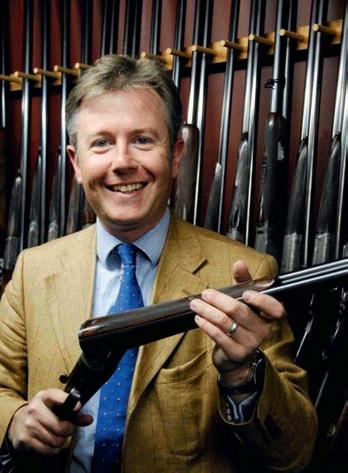
Most Unusual: The 'Crocodile Gun'. This was a classic 12-bore round action by Scotland's leading gunmaker, David McKay Brown, that had been engraved by renowned engraver Malcolm Appleby with all of the sculptural form and detail of a crocodile. The textures of crocodile skin were engraved over every detail and surface of the gun, with the crocodile's bulbous eyes forming the breeches of the barrels. It was built in 1981 and had remained unused. It sold for £40,000 at Gleneagles in 2009. gavingardiner.com
Bonhams will soon unveil its new headquarters and saleroom in Edinburgh. The building, a ve-storey double-fronted townhouse in the New Town, will house the specialist departments and valuations team. There will also be an exhibition space on the ground oor, with a Best of Bonhams exhibition held this month to mark the opening. www.bonhams.com
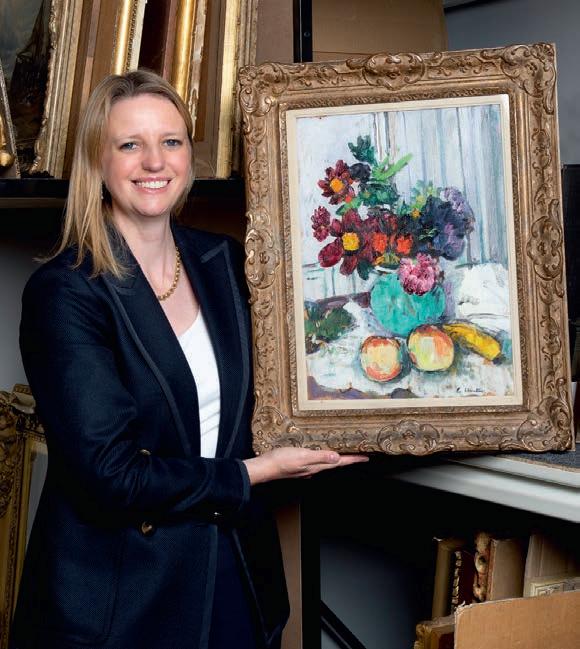
A copy of James Bond author Ian Fleming's Live and Let Die sold for £3,600 at auction. The copy was a rst impression of the rst edition, which was published in 1954. Sellers Thomson Roddick said the pink novel had some chipping and wear, but was generally in good condition. www.thomsonroddick.com

22: Silver & Luxury Accessories, 19th & 20th Century Design.
23: Jewellery, Asian Art.
30: Antiques & Interiors.
Great Western:
15,16: Antiques, Collectables, Jewellery & Pictures.
Thomson Roddick:
14: Home Furnishings & Interiors.
e anonymous buyer of the largest bottle of whisky ever created has been revealed. Whisky aficionado Viet Nguyen Dinh Tuan added the 5 11in tall bottle, known as e Intrepid, to his collection in Vietnam. e 311-litre bottle was filled with 32-year-old Macallan single malt Scotch and sold for £1.1 million at a Lyon & Turnbull auction last year. Mr Viet is the owner of one of the most valuable whisky collections in the word, estimated to be worth £158.3m. e Intrepid will join other rare treasures in his collection. www.lyonandturnbull.com
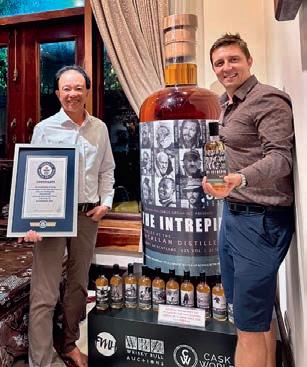
Jean Findlay celebrates the short life of her artist sister Christina Findlay, who was a prolific, skilled painter and illustrator



Christina Findlay was a glowing and beautiful person with a huge store of energy. As the fi h in a family of eight children, she grew up with plenty of fun and activity around her: plays, books, walks, picnics, beach trips, and bonfires – she got involved in all with gusto.
On a visit to Garry Goualach, a Highland lodge which can only be reached by boat, the family was stuck on one side of the loch because of the stormy weather, so Christina swam across to get the boat.
Hers was always the adventurous choice. She wore colourful skirts and scarves, had no embarrassment about her outlandish dress sense, and played her own version of jazz piano with a broad smile.
She loved her home village of Fort Augustus at the south-west end of Loch Ness and would sit and draw and paint outside people’s houses, then would very o en give away the picture of the house, sometimes with a portrait of the cat added last minute, to the owner. She made many friends this way.
CLOCKWISE FROM TOP RIGHT: Christina wrote and illustrated The Difference Between Me and You? during a period of calm; a skilled portrayal of people and animals; Night Coming triptych.
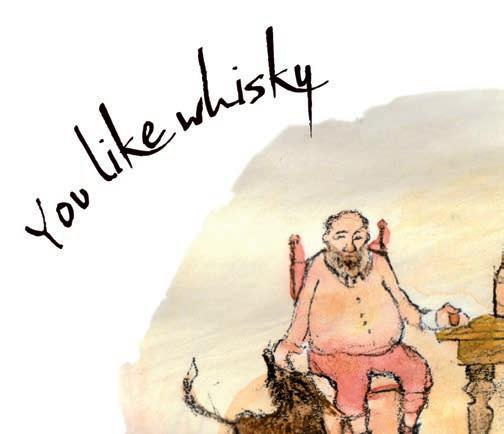
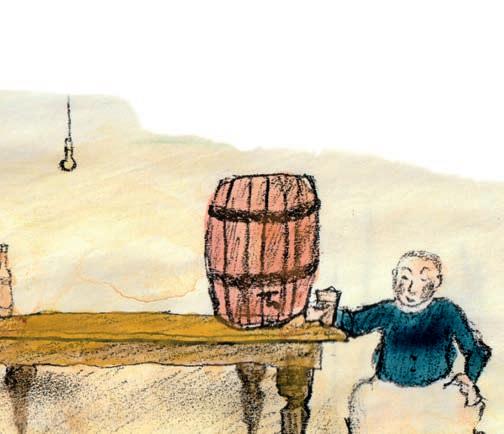

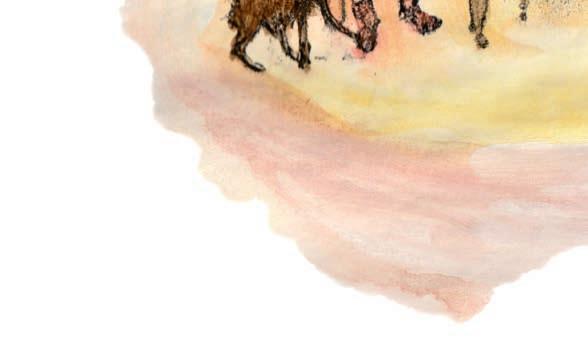
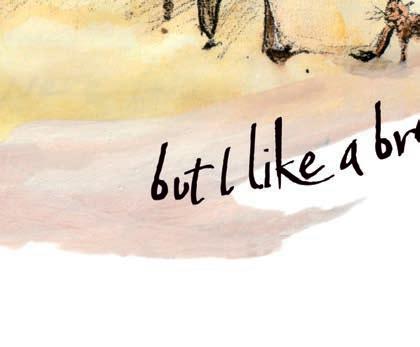
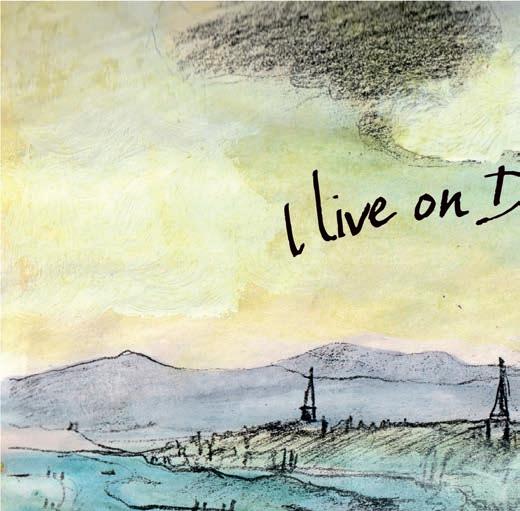
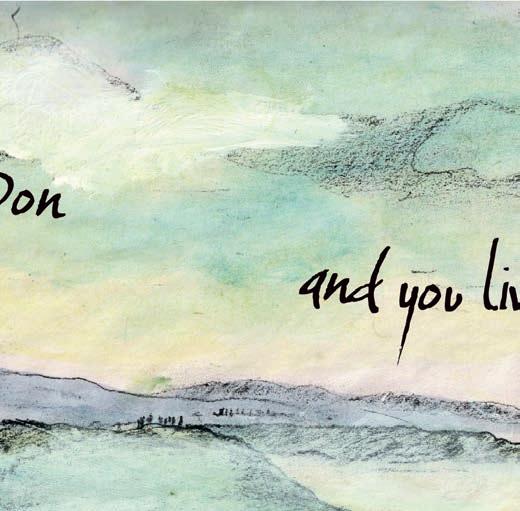
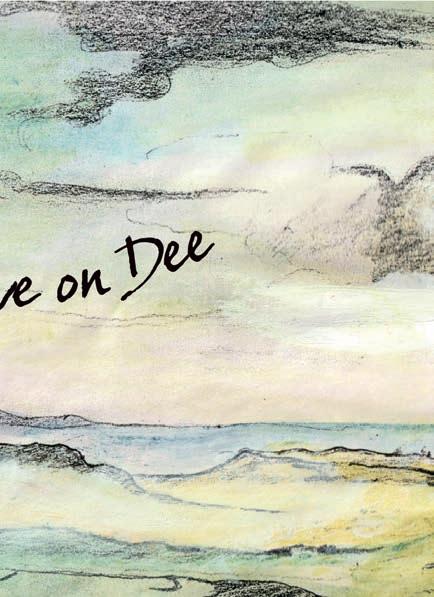
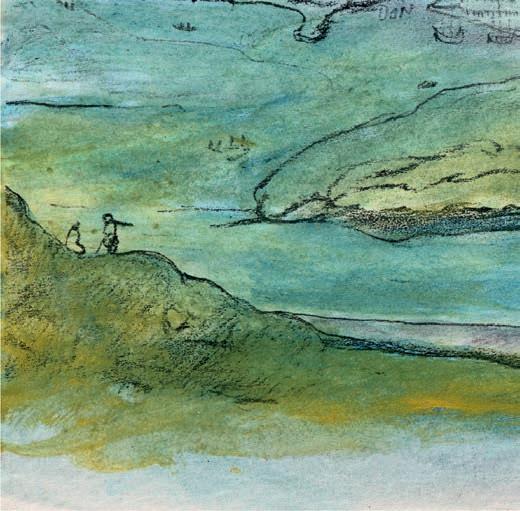
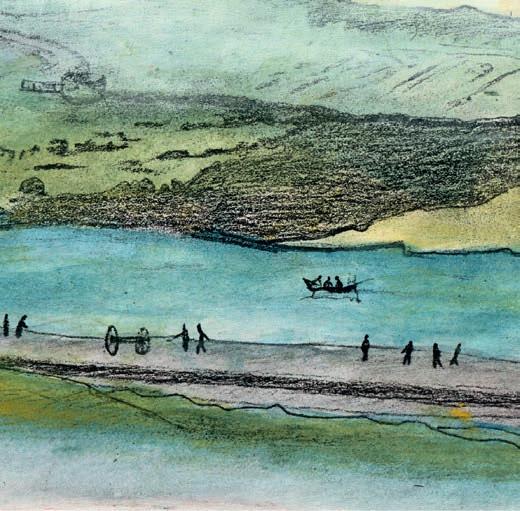
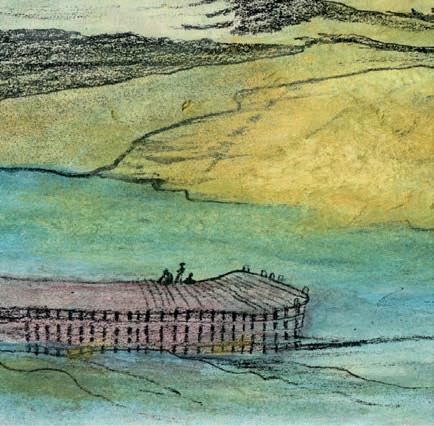

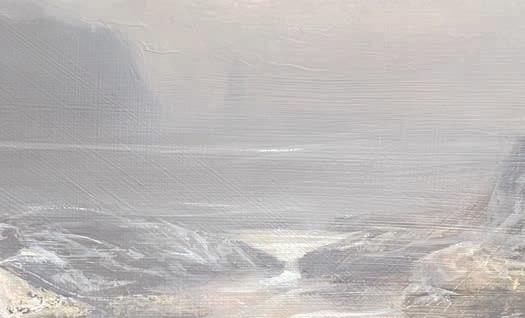
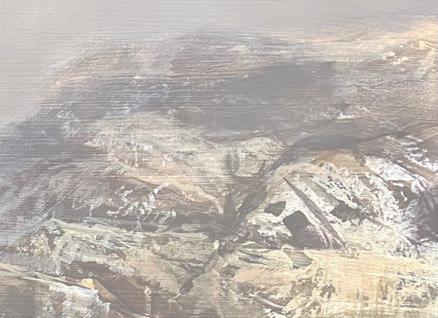
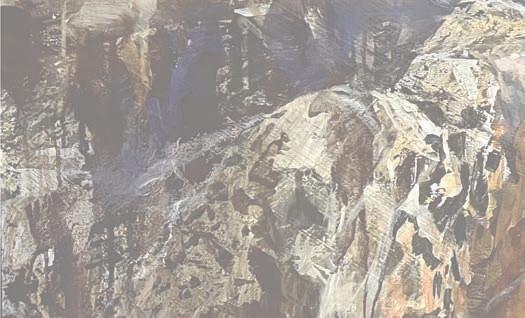
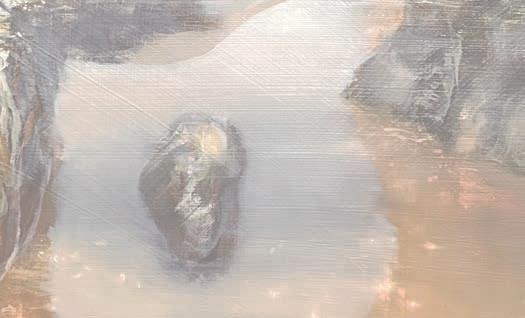
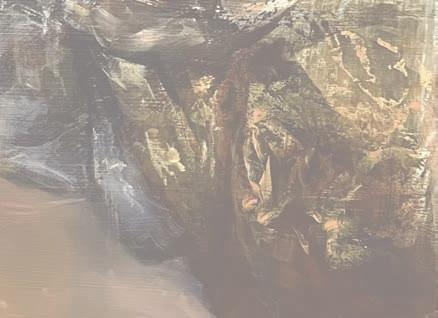





Walking high up the Corrieyairack
Pass she captured in paint the summer and autumn colours and wild moving skies. She had a plan to borrow a pony to carry a larger easel and paint a bi er canvas.
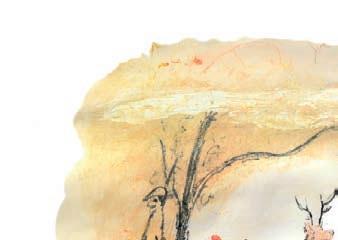
She put humour, colour and love into every one of her drawings and paintings and she did it constantly. She painted outdoors in the rain and sun and snow on paper, old cardboard, wood and canvas. She painted so quickly that she would run out of materials and


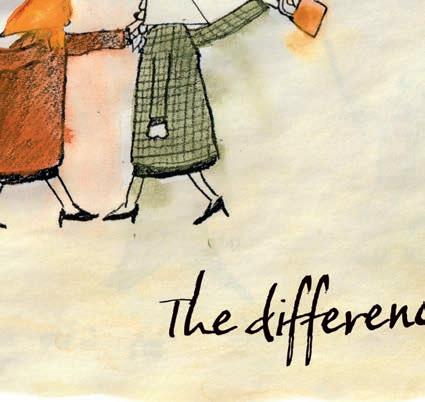

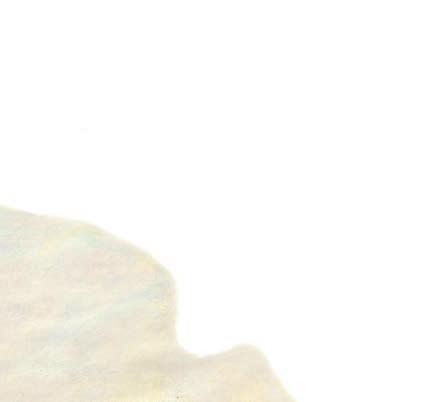





then just use anything she could find. Her landscapes are perhaps her best work, with the drama of the Highland skies caught just as it changes before a storm. She painted over 200 of these which were exhibited a er her death by Richard Demarco in his gallery in 1995.
An example here is the small triptych, Night Coming, which you can see, if you look closely, has been painted hurriedly in oils on a brown paper bag. It has a passion and an ominous feel for all its lowly provenance. Night was in
fact coming for Christina, and o en.
Her first experience of illness happened in her last year at school and she spent a month in hospital. She was then deemed better and able to take up the place she had won at Central and St Martin’s College of Art in London. Here she carried on her constant drawing day and night; people on the tube, in the streets, her teachers and other students.
She visited the arches at Waterloo where students were finishing the great mural of the 20th century started by Feliks Topolski and was encouraged by his speedy style. A greater influence was more likely her childhood reading of Edward Ardizzone, all of whose books were seen by children and grandchildren, nephews and nieces, visiting the family home at Lochuanagan
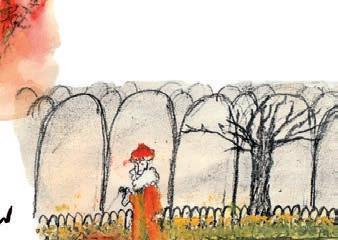
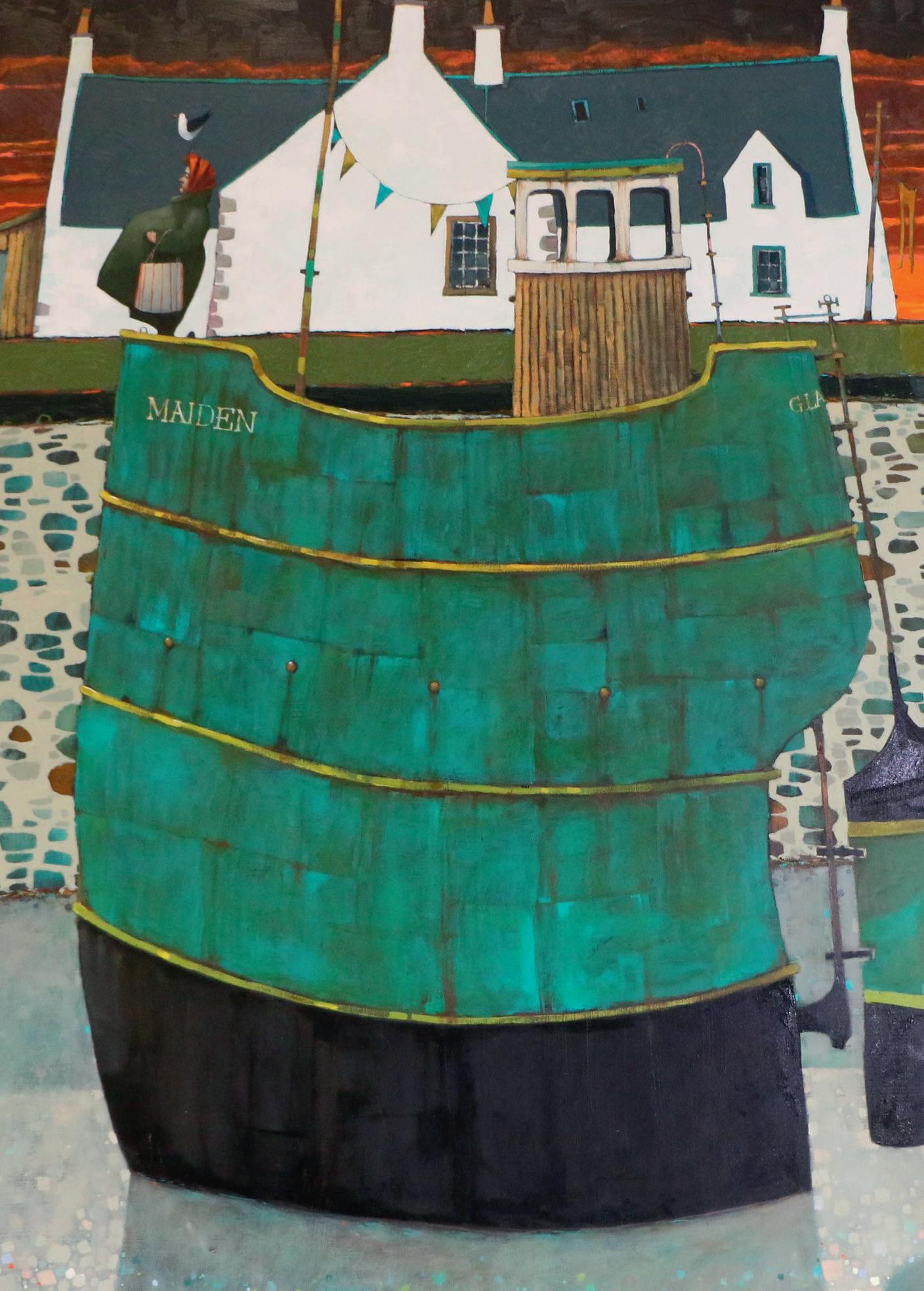

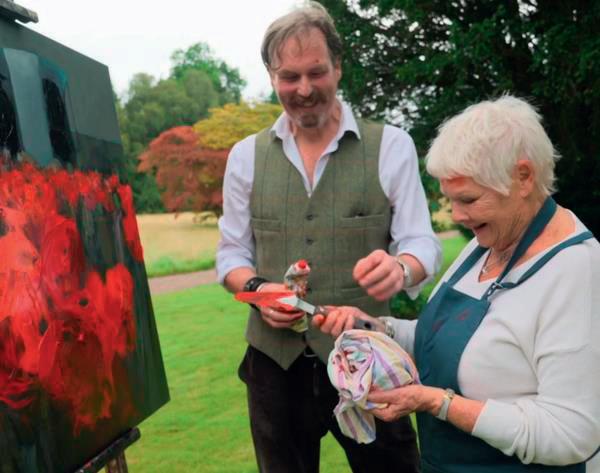
IMAGES: The illustrations in What’s the Difference Between Me and You? show Christina’s skill at capturing people with humour and a light touch.
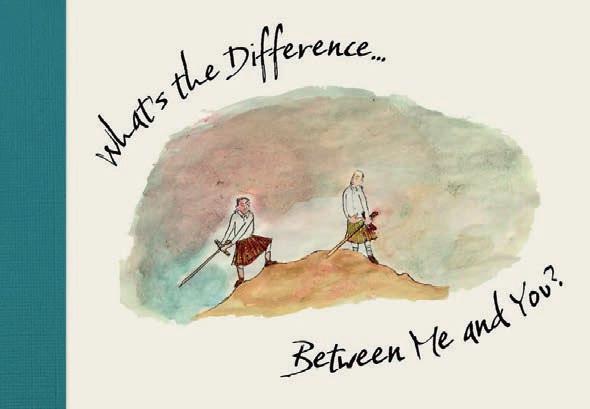
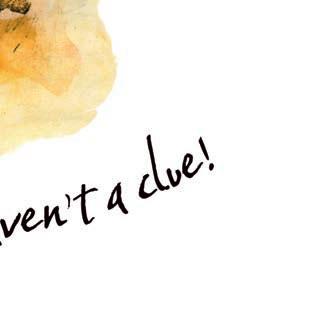
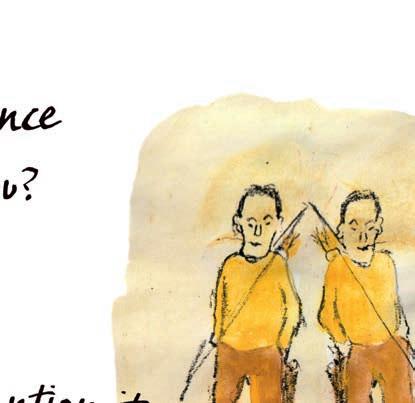
Farm in Fort Augustus. And here she returned a er a short year in London due to a recurrence of her illness. is illness could be seen in an acceleration of her enthusiasms. She would paint more and more, faster and faster.
Medication was prescribed to slow her down, but not all of it worked. She was allergic to lithium, which was a standard settler of her condition.
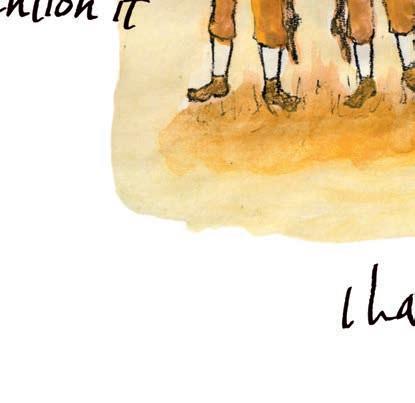
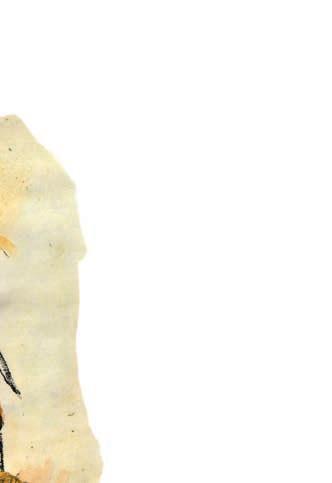
In the next three years amongst the pain, there were also periods of happy calm, and it was during one of these that her book What’s the Di erence Between You and Me? was born.


In the evenings she would always be drawing. She illustrated whatever she was reading, from the characters in the Para Handy Tales to pompous o cials in Solzhenitsyn’s Short Stories. A local poet Antonia McLean gave her a copy of her collected poems and Christina illustrated them. is book was only handed to me,
her sister and now a publisher, thirty years a er her death. Being able to feel acutely, understand and observe behaviour and interpret other’s actions, even small movements, or facial expressions, and then to draw them with humour, fast was her gi . e drawings are light and witty and the lines of text simple and in the original done in haphazard pencil all over the image. Our clever designer, Emily Benton, cleaned them up and redesigned the text.
One sta member at Scotland Street Press has a mother who is a primary teacher in Fife and she took the book to the children at school. While doing workshops on rhyming and drawing and discussions about di erence, the five-year-olds gave it some reviews.‘It makes me la ’ said one. ‘I like the bit where they mared,’ said another.
e book was also taken to an old people’s home where the dementia patients got equal pleasure and understanding from it.
What’s the Difference Between Me and You? by Christina Findlay is available from Scotland Street Press and all good bookshops, RRP £19.99.‘ e drawings are light and witty and the lines of text simple’
ecently discovered textiles by iconic merican artist ndy arhol will go on dis lay in cotland for the first time. The rare exhibition will be held at ovecot tudios in dinburgh next year. The th century artist created and sold his textiles anonymously, leaving them in obscurity until their recent discovery by collectors and curators Richard Chamberlain and Geoff Rayner. Warhol: The Textiles will showcase over 60 works from 26 January – 1 June 2024. www.dovecotstudios.com
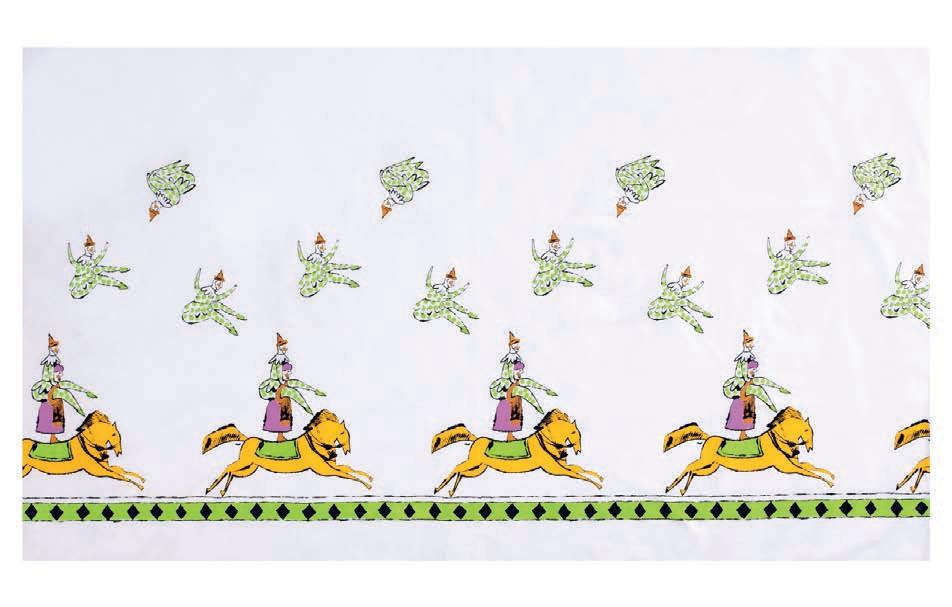
The first ma or exhibition of Turner ri e nominated artist collective, The Otolith Group, is coming to Scotland this month. The exhibition at oo er allery in undee, will feature two film installations the UK premiere of the group’s latest work, What the Owl Knows (2022), and O Horizon (2018). It runs from 13 October - 16 December. www.otolithgroup.org
A fundraising campaign is underway to re-open Edinburgh’s Filmhouse. e cinema on Lothian Road closed in October 2022 a er its parent company went into administration. e new owners have agreed a lease with a charity which is aiming to open the cinema once again as an independent venue for film. www. crowdfunder.co.uk/p/filmhouse-open-the-doors

Callum McSorley has been awarded the McIlvanney Prize Scottish Crime Book of the Year for his debut novel Squeaky Clean. The judges were unanimous in their praise for the book which beat off competition from previous McIlvanney Prize winners Craig Russell and Denise Mina, plus previous Bloody Scotland Debut winner Robbie Morrison, to be named Scottish Crime Book of the Year. It features DI Ally McCoist the least popular detective in the Glasgow police who has been demoted and is packed with black humour. www.bloodyscotland.com
A ceramic brooch made by the Bohemian craftsman who created an iconic Scottish pottery brand is being exhibited near where he worked. The brooch, which Wemyss Ware designer Karel Nekola gifted to his wife more than 100 years ago, is being loaned to Kirkcaldy Galleries by his granddaughter. The brooch helped Fife Pottery capture a global market that included Britain’s royal household. Nekola’s output included a ceramic goblet made for Queen Victoria’s Diamond Jubilee that featured in a BBC One Repair Shop special with the former Prince of Wales. www.on fe.com

A special display of Lego models showing historic moments is on display at the National Museum of Flight in East Lothian. Brick History will take visitors on a journey back in time from the Big Bang to the discovery of DNA. ousands of bricks have been used to cra scenes that also include the extinction of the dinosaurs, the invention of the wheel, the arrival of the Vikings and the inauguration of US President, Barak Obama. www.nms.ac.uk

A new exhibition at the Scottish Maritime Museum uncovers Scotland’s forgotten whaling history. The event, All mortal greatness is but disease, explores how industrial whaling pushed some species almost to extinction and, in the Antarctic alone, led to the killing of nearly 1.6 million whales between 1900-1960. The exhibition’s title is taken from Herman Melville’s Moby Dick. It runs until February next year. www.scottishmaritimemuseum.org

ese incredible pieces of colourful artwork featuring the Beano, Oor Wullie, Irn-Bru and Tunnocks Teacakes were created using Bic biro pens. Artist Nicola McBride used her passion for growing up in Dundee to capture depictions of all the things she loved as a youngster in the 1980s. Raised in Ardler, her parents worked in public houses and she has fond memories of sitting on the floor outside opening hours making drawings. Nicola showcased the work at the Perthshire Open Studios Festival last month. www.nicolamcbridebiropenart.com

A new BBC podcast uncovers what really happened when a Leonardo da Vinci painting was taken from Drumlanrig Castle, in Dumfries and Galloway, 10 years ago. The Madonna of the Yarnwinder was the most valuable painting ever to be stolen in Britain. The Missing Madonna, is available on BBC Sounds. www.bbc.co.uk

A new exhibition focussing on the history of the Sir Walter Scott steamship has opened on the loch where it sails. The exhibition, at Loch Katrine, reveals operation stories from the early years of the 123-yearold ship. It set sail again for the rst time this year after major restoration work.
www.lochkatrine.com
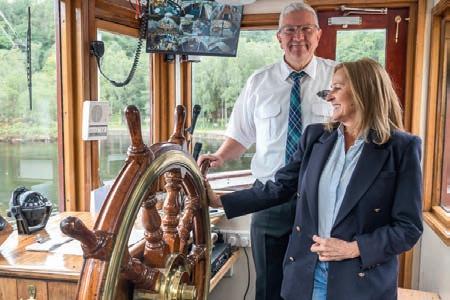
£75











































































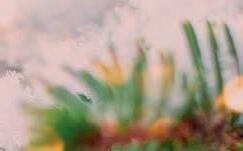














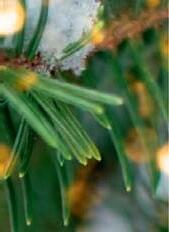
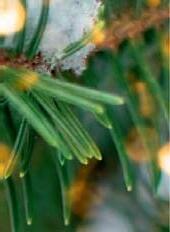
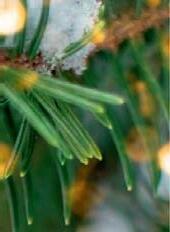




































Our luxury gift hamper is packed with Scottish food, drink and gift products including a stunning basket



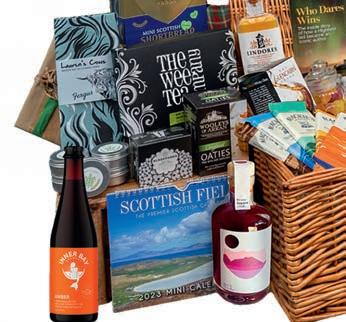


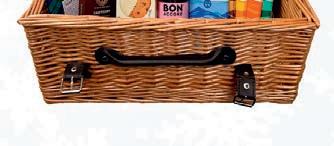


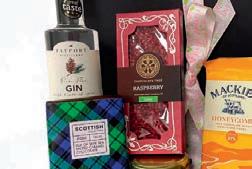
Nothing says ‘let’s celebrate’ more so than the gift of luxury food and drink, all wrapped up in a beautiful wicker basket £49.99



Our wonderful hampers contain high quality gifts that we are sure he will love















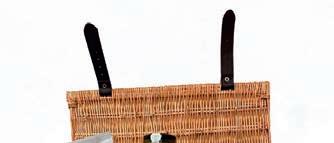

























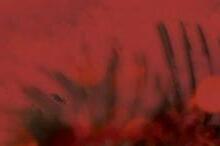







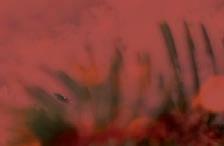




















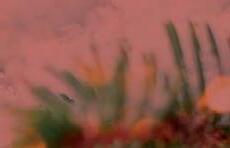

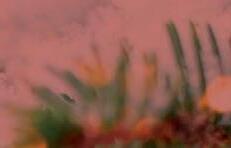



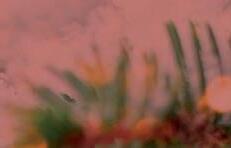


























































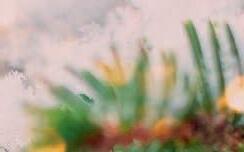

















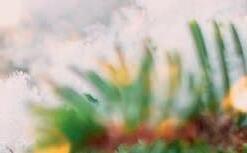




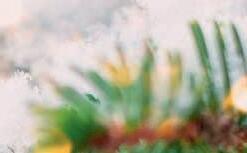

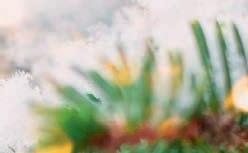


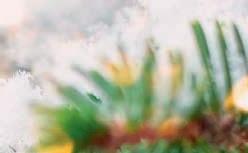
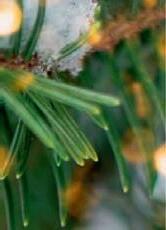

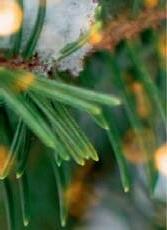


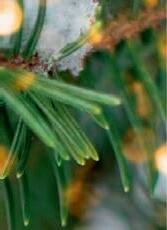


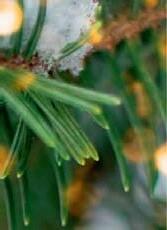


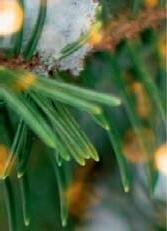


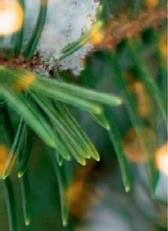

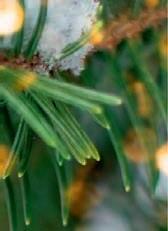

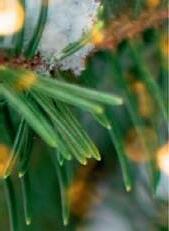

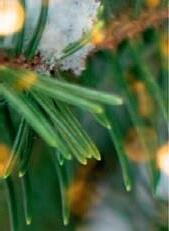




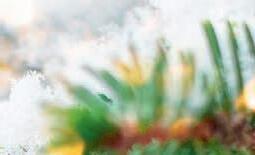
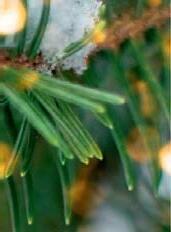

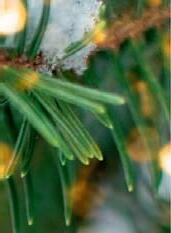


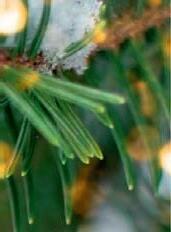


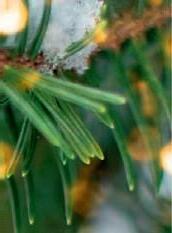

















Sweet tooth? Slave to the savoury? Best of both worlds here in this luxury hamper





















Who doesn’t deserve a little indulgence? Make someone’s day with this special treats hamper

Ron Lawson, one of Scotland’s most renowned contemporary artists will be painting something a little bit different for his largest exhibition of 2023, ‘A Brush With Colour,’ opening at the Strathearn Gallery, Crieff on 21 October
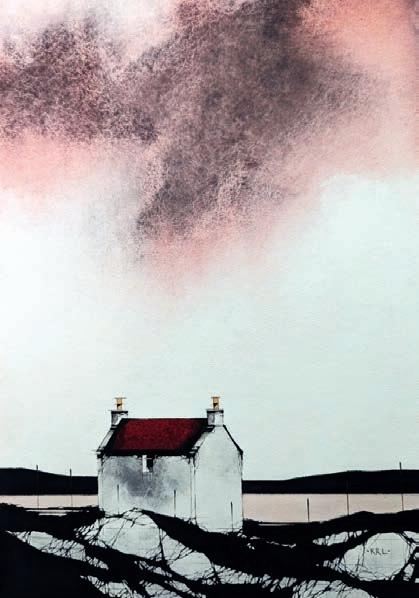
Born in 1960, Perthshire artist Ron Lawson has become one of the UK’s most popular and sought after artists of recent times. With his highly intricate, meticulous and striking paintings, Ron has achieved what every artist desires – instantly recognisable work.
Only working with watercolour paints, Ron has spent over 45 years mastering this notoriously demanding and unforgiving medium. His unique style of painting perfectly captures the essence of the Scottish islands, their terrains and the very sense of what it feels like to experience this landscape first hand.
Traditionally, Ron has always painted with a restricted neutral palette, lending itself to conveying the starkness and isolation of the Scottish wilderness. However like many artists, Ron has been working away in his studio, continually experimenting and evolving his painting techniques and style. Through this he has produced a new collection of works that will introduce more colour in a variety of ways.
All paintings in A Brush With Colour are still recognisably Ron Lawson, but some new pieces move from at single
tone skies (painted with gouache, an opaque watercolour paint) to instead being watercolour only. This allows more colour to be introduced and the paint to run freely, creating a more organic, contrasting and mesmerising 3D effect, that further highlights Ron’s clean and precise landscape foregrounds.
Also, on the wildlife side, only having exhibited his hugely popular puffin paintings before, Ron has painted a wider selection of native bird pieces – all incredibly striking and adding further pops
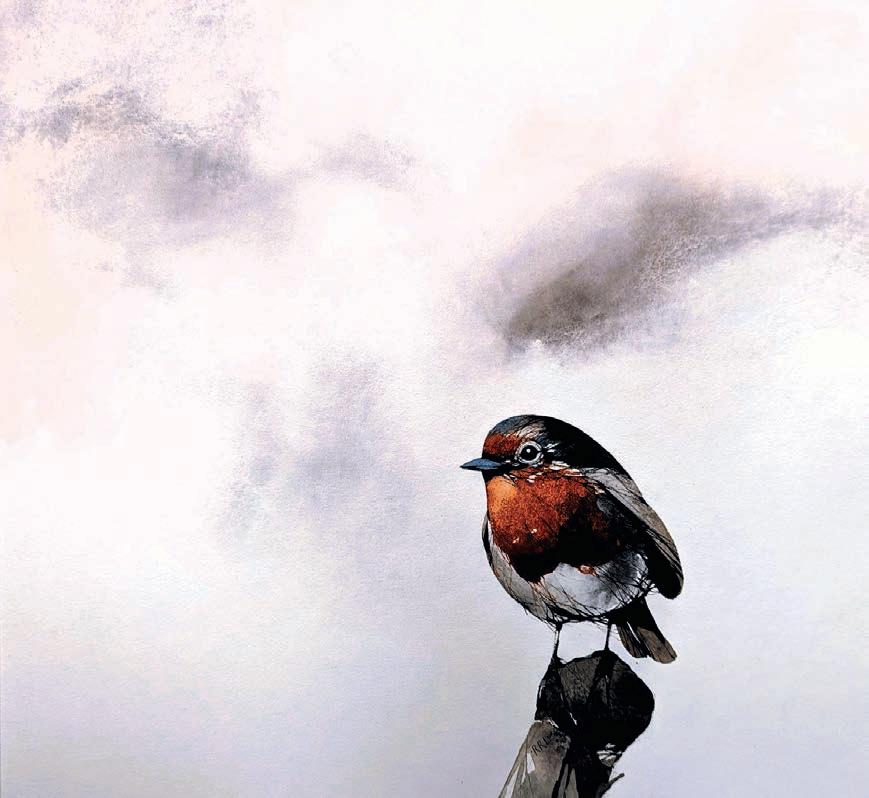
of colour which will surely delight collectors and admirers of his work.
As the second of only two exhibitions of Ron Lawson’s original artworks this year, this exhibition will be showcasing 50 new original paintings and is sure to be another runaway success for Ron Lawson.
A Brush with Colour by Ron Lawson opens at 10am on 21 October and runs until 12 November. Paintings will be released online at 4pm on Friday 20 October. Ron will be in the Strathearn Gallery on 21 October to talk about his work.
Gallery hours: Monday - Friday 10am - 5pm, Saturday 10am to 5.30pm, Sunday 12pm - 4pm.
The Strathearn Gallery, 32 West High Street, Crieff, PH7 4DL. Tel: 01764 656100


www.strathearn-gallery.com

Our monthly arts round-up
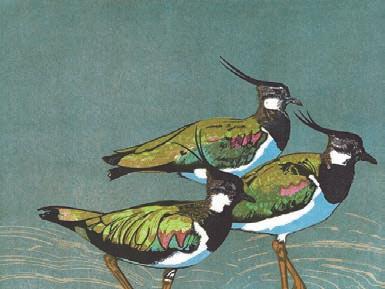
Babs Pease is a highly successful and popular printmaker and painter, this will be her first solo exhibition at rames Gallery. A marvellous opportunity to see over 30 works, including her immaculate linocuts and some original paintings. The show runs from: ctober ovember. rames allery, Victoria Street,Perth PH2 8LW. Tel: 01738 631085, www.framesgallery.co.uk
ou’ll find a superb selection of contemporary fine art at esipole Studios; a unique gallery located in a setting of scenic splendour on the edge of Loch Sunart in the West Highlands.

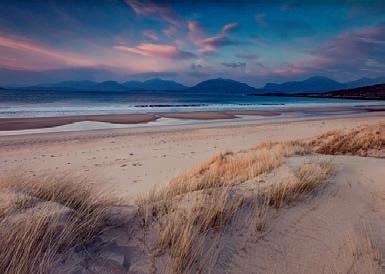
Pictured: ‘Deep Blue’ by Donald Provan, oil on panel, 23.5 x 44 cm. Tel: 01967 431506, www.resipolestudios.co.uk
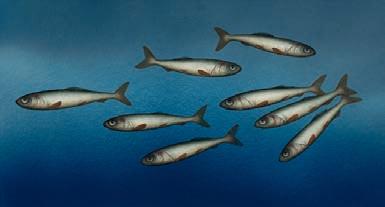
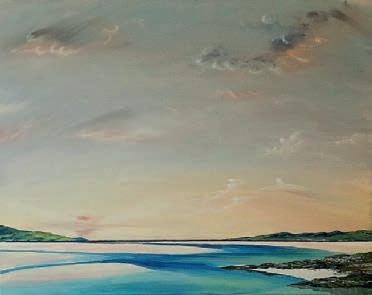
Niall has been an artist for many years in Glasgow. He gathers his subject matter from extensive travels in Scotland and beyond and is a dynamic and vibrant exponent of acrylic and pen and ink. Dramatic views are his theme, with unusually lit skies, unique cloud formations and exciting water features. Tel: 07711 803438, www.niallmcteague.co.uk
eaturing paintings and prints by Scottish artists including Chris Sharp, Janet McCrorie, Maggie Riegler and Jan Holm. A long established picture framing service, whisky stave vintage oak furniture, woodturning, textiles, and a range of gifts. Christmas cards and decorations. 79 High Street Aberlour AB38 9QB Tel: 07766 704910 / 01340 871457, www.thegalleryinaberlour.com
Situated in Stonehaven, Aberdeenshire, this delightful destination contemporary art gallery, brings artists to the area through a curated programme of exhibitions. The autumn exhibition runs until the end of November. Pictured: ‘Winter Gorse’ 21cm x 15cm by Jo MacIntosh. Tel: 01569 785606, www.eionstewartfineart.com
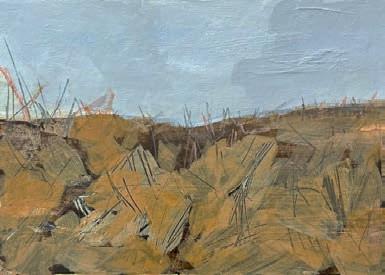
eaturing a selection of cast bron e garden sculptures from Powderhall Bron e fine art foundry in Edinburgh, hand-crafted furniture by local craftspeople and artwork by Scottish artists. Pictured: ‘Splash Bowl’, Kerry Hammond, cast bron e, highly polished, 5,870mm diameter. Tel: 0131 629 1840, www.powderhallbronzeeditions.co.uk
As the summer show draws to a close, Ballater Gallery is delighted to have showcased Jennifer Mackenzie. A Glasgow School of Art graduate, her vibrant work blends Scottish tradition with modern air, enriching the gallery with bursts of colour and vitality Tel: 01339 755444, www.ballatergallery.co.uk

Stuart Herd has been painting at the Rugby World Cup in France, creating new works for himself and sponsors. To view the latest rugby paintings, visit The Harbour Gallery - in Tarbert, Ullapool & Inveraray. Tel: 01880 821170, www.rugbyartworks.com www.theharbourgallery.com

Featuring new work by Alleyne Parry alongside other artists. Holroyd exhibits original paintings with a Scottish theme, whether it be landscape or wildlife. The gallery in North Ballachulish has a large selection of oils, watercolours and pastels. Pictured: ‘Dusk at Lower Breakish, Skye’. Tel: 01855 821277, www.holroydgallery.co.uk
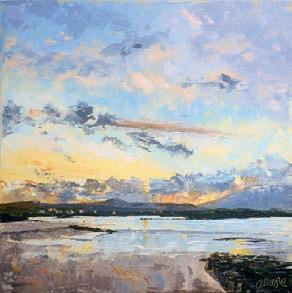


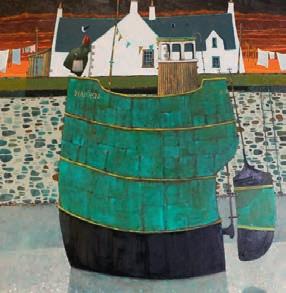
In Glasgow’s city centre, the Stag Gallery in Buchanan Galleries features original ‘statement pieces’ from Charles andak capturing iconic images with a painterly air and bold brushstrokes. Giclee prints are also available - framed to suit, Pictured: ’Skipness towards Arran’ oil on canvas, 40 x 80cms. Tel: 0141 237 4881, www.charlesrandak-art.com

Dot Walker, who beautifully captures the Highland weather will be at the opening of her first solo show, Lightfall, running from 7 Oct-5 Nov 2023. For enquiries and private viewings call 0131 557 6436 or email art@heriotgallery.com, www.heriotgallery.com
This month Lemond Gallery in Bearsden is delighted to bring you two solo shows, with Scott Naismith and Gordon Wilson. These shows are spread over October and into November 2023. The dates and timings are listed on the new website. For enquiries, please call the gallery on 0141 942 4683, www.lemondgallery.com
ARTeries Gallery’s mixed exhibition features some of Scotlands finest contemporary artists including Mutter, Cardiff, Wilson, Barr, Brander, Holland and ardner. Pictured: Sunset from the Hedgerows’ by Rosanne Barr
Tel: 0141 333 0999, www.arteriesgalleryglasgow.co.uk
Nestled in the Northgate in Peebles you will find this delightful jewel of a gallery run by artist/owner Moy Mackay. enowned for her pioneering art form worldwide, this gallery is not only a showcase for her work but also for many other contemporary artists and makers. Pictured: The oad to Stoer’ by Moy Mackay. Tel: , www.moymackaygallery.com
ilton Art allery’s Winter exhibition features a mixed range of original paintings, jewellery, ceramics, glass and much more. There are over artists and makers exhibiting. See the website for further Christmas events and opening hours. The Winter exhibition runs from ov an. Pictured work by Bruce Swanson.
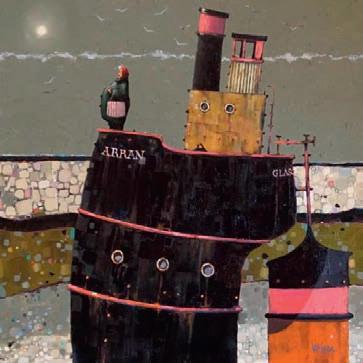
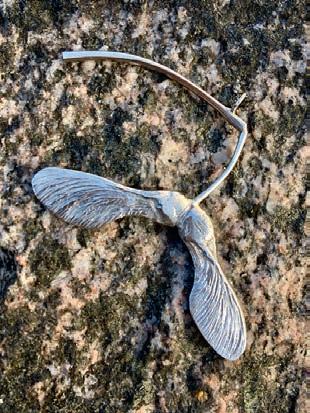
Email: info miltonart.com, Tel: , www.miltonart.com
ardner’s The Anti ue Shop is a family run business trading from ilbarchan ten minutes from lasgow Airport since . A traditional, general dealer with anti ues of all kinds up to around . They buy mainly privately and sell their large single owner stock to both trade and retail. Plenty of parking is available. Tel: , www.gardnersantiques.co.uk
rames allery is currently exhibiting the work of ackie Stevenson SW. This is her first solo show in the gallery, exhibiting her wonderful mixed media paintings of the remote parts of orthumberland, Cumbria, and Scotland. She is particularly interested in the effects of light and weather on this landscape, and is a master of watercolour painting. ntil ctober at rames allery, Victoria Street, Perth PH LW. Tel: , www.framesgallery.co.uk
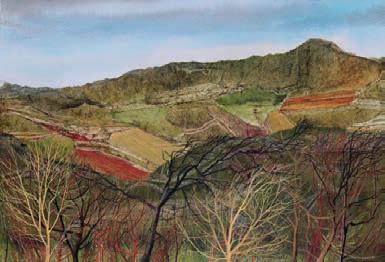

verlooked as paste jewellery by the seller, this s jade set realised , including fees in their uly specialist sale. Please contact them to arrange a free valuation.

Tel:
Email: info ramsaycornish.com ramsaycornish.com
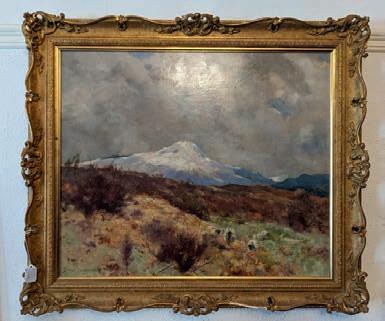
Situated on the beautiful Isle of Arran, with two artists in residence and a wide collection of established and up and coming artists, the gallery offers something for every taste and budget, capturing the very essence of Arran and the west coast. or opening hours, please visit their website.
Tel: , www.arranartgallery.com

Hatton House Art is an exciting, contemporary, fine art gallery residing right in the heart of unkeld in Highland Perthshire. The gallery showcases an eclectic mix of styles and exhibitions, from exceptional talent, from all around the world. Their next exhibition ‘Horizons’ runs from 1 Novec. Pictured artwork by avid Henty Tel: 07513 648442, www.hattonhouseart.com
Independent fine art gallery in the seaside town of orth Berwick. The Autumn exhibition is on now. ull of original oil paintings, ceramics and glassware from Scotland and beyond. A stunning and varied collection with something for everyone. Bespoke framing, gift vouchers and mailing service. Pictured: and the ship sailed over the moon’ by ark I’Anson. pen seven days. Tel: , www.greensandblues.co.uk
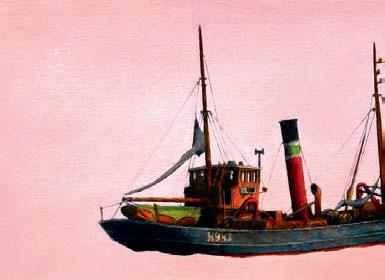
The Autumn e ections’ exhibition has arrived at Sproson allery and Picture ramer in St Andrews. As the weather turns and the afternoons get darker take shelter in the warmth and beauty of the gallery as they showcase artists, both local and international, including Philip askin, Linda Paton and Carina Prigmore. Pictured: Autumn ist’ by Carina Prigmore. Tel: 01334 474331, www.sprosongallery.com
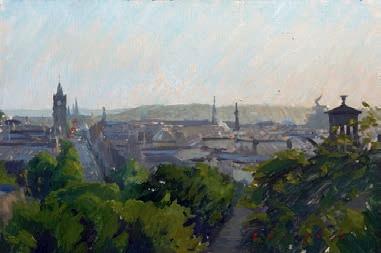
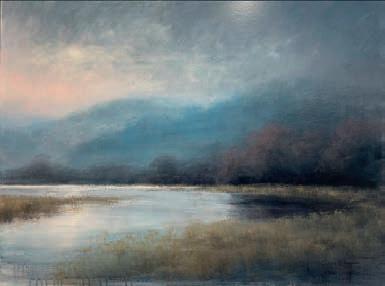
Capercaillie’ By oger cPhail. A keen naturalist, odger has spent countless hours tracking and observing his subjects, and this first hand knowledge is immediately evident in his work. Exclusively available in The House of Bruar’s ural Art allery.
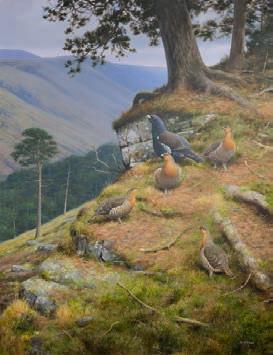
Tel: , www.houseofbruar.com
The lorious Light of the West’, a solo exhibition by ohn Lowrie orrison BE, aka olomo: An exhibition bursting with his distinctive use of colour and energetic brushstrokes that captures Scotland’s West Coast. pening ovember and continuing into Christmas festivities. Pictured: Big Waves ail or Beach Isle of Lewis’ Bath Street, lasgow, H Tel: ,
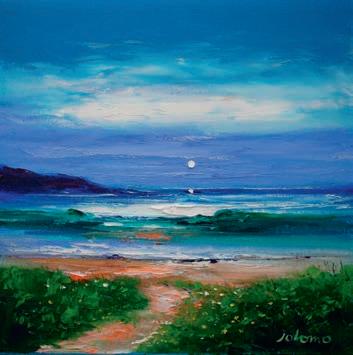
www.glasgowgallery.co.uk
An exciting Autumn programme is underway at The Torrance allery, starting with uth Corbett and aniel oy Sharples whose work is pictured , who are the featured artists until ct, followed by Lucy ones and orag Stevenson from ct. To receive online private view invitations, join the e mailing list online. Tel: , www.torrancegallery.co.uk
We’re proud to be recognised for our excellence in care, winning more awards than any other provider in the last three years. If you’re considering a care home, call 0131 516 5403 or visit careuk.com/edinburgh


Trusted to care
Cairdean House, Colinton
Lauder Lodge, Portobello
Murrayside, Corstorphine

Every team member in our Edinburgh homes receive the latest training in all aspects of care. Above all, we’re committed to getting to know your loved one, tailoring their care and lifestyle plan to suit their unique needs and preferences. That’s why all our homes in Edinburgh achieved a Care Inspectorate rating of Good or Very Good in ‘How well is care and support planned?’.
Anees Riaz, Home Manager at Lauder Lodge, says “We are so pleased to have achieved a ‘Very Good’ rating in this category. It was great to see that the inspectors picked up on our ‘warm and encouraging’ interactions with residents, whilst highlighting the culture of compassion, dignity and respect here”.
Each one of our homes is expertly led, scoring ‘Good’ or ‘Very Good’ in ‘How good is our leadership?’.
Suzanne Welsh, Home Manager at Murrayside, says “At Care UK, we regularly review care plans to ensure each residents’ needs are consistently met, and it’s great to see this acknowledged in our recent report. Every member of the team has a key part to play, whether it’s our Dementia
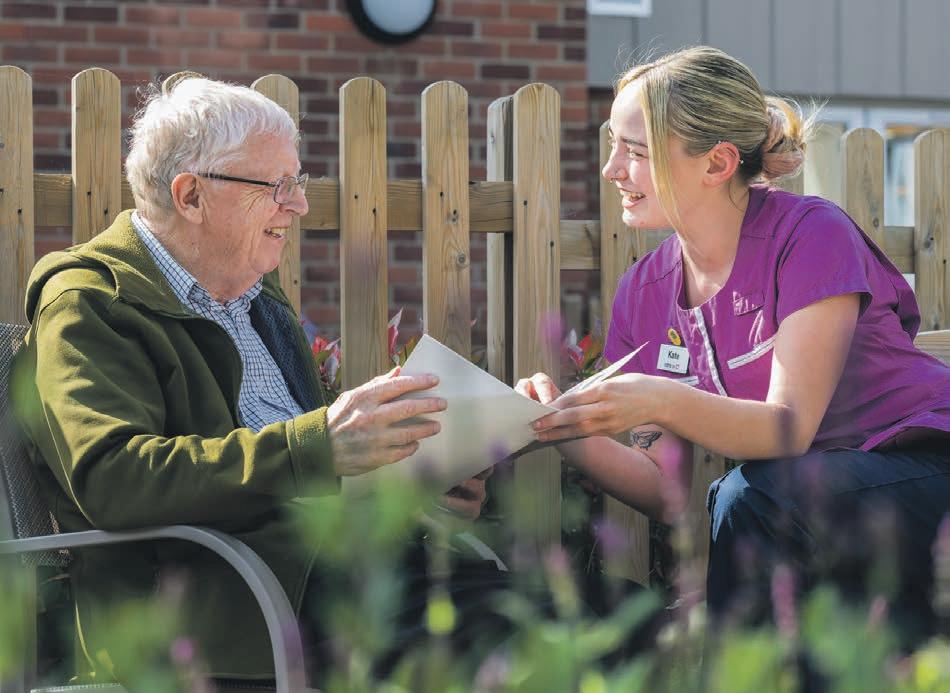

Champion sharing innovative approaches to dementia care, or regular team audits to ensure the highest standards of safety and cleanliness”.
Placing your loved one at the heart
Leona Thomson, Customer Relations Manager at Cairdean House, says “At Care UK, residents are supported to live each day to the full, whilst enjoying choice and independence. It’s great to see this recognised in our most recent Care Inspectorate report. We are praised for encouraging residents to socialise among suites and our commitment to staying connected with the local community”. Regular resident meetings mean everyone can have their say on activities, outings and entertainment.
To find out more about our care homes in Edinburgh, please call us on 0330 433 2867 or visit careuk.com/edinburgh

Cairdean House care home
185 Redford Road, Colinton, Edinburgh, Scotland EH13 9PN
Lauder Lodge care home
2 Wakefield Avenue, Edinburgh, Scotland EH7 6TL
Murrayside care home
34 South Beechwood, Edinburgh, Scotland EH12 5YS
At Care UK’s care homes in Edinburgh, we deliver the highest quality care of any large care provider in Scotland,* so you can feel reassured that your loved one is in safe hands.
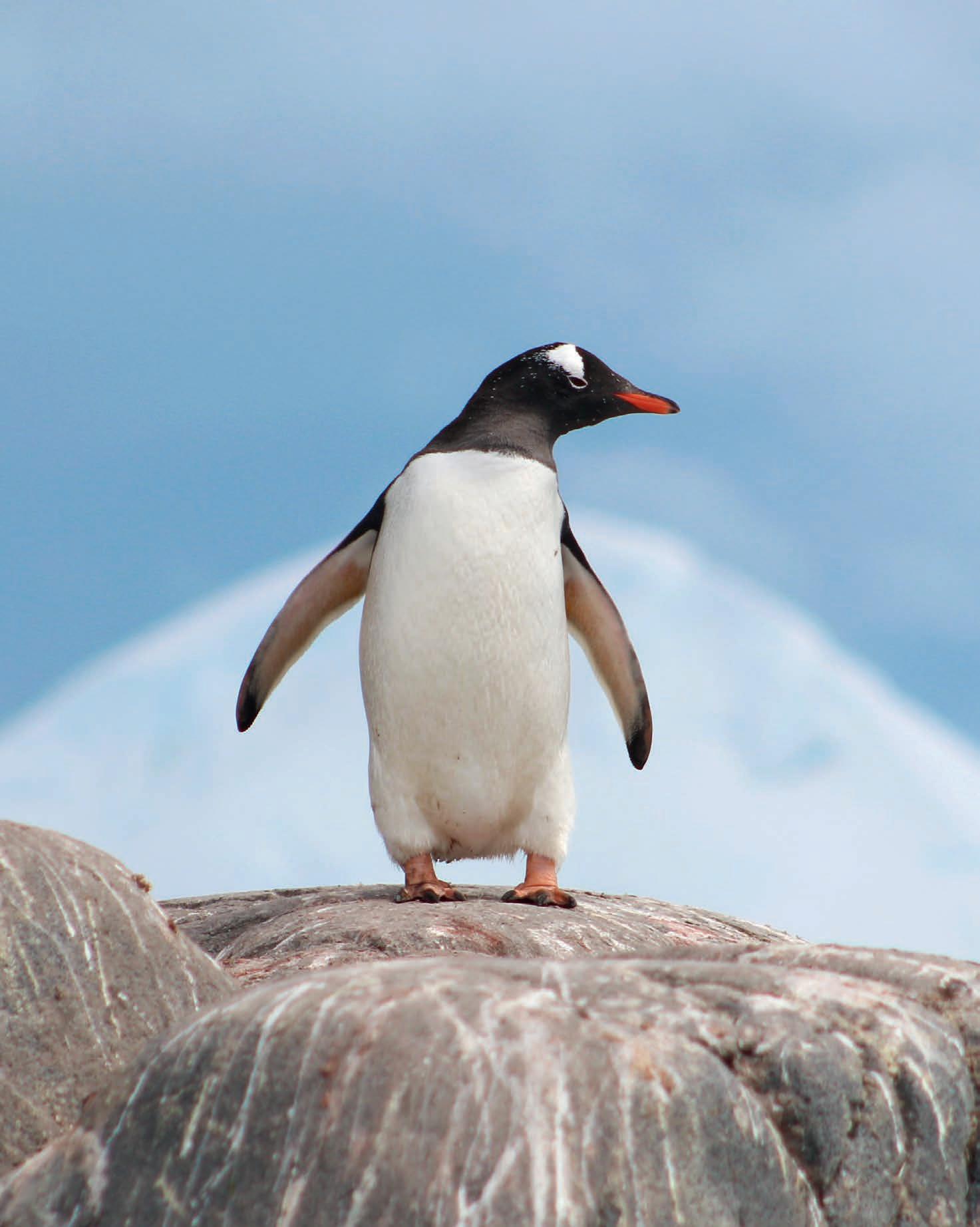
Sharing an island with 1,000 penguins in the name of research is not for everyone, but Bo’ness’ Mairi Hilton took life in Antarctica in her stride, says Ma ie Ritchie
Aer five months on a tiny island in the middle of the Antarctic Ocean with no running water or WiFi in the company of 1,000 penguins, you’d think Mairi Hilton would be only too glad to get back to hot baths and restaurant meals.
FAR LEFT: A gorgeous Gentoo penguin.
ABOVE: Mairi spent ve months in Antarctica, observing seven colonies. RIGHT: Mairi’s
But a return to the South Pole can’t come quickly enough for the Scottish scientist whose job as wildlife biologist meant observing seven colonies of noisy, smelly, squabbling gentoo penguins on an island the size of a football pitch.
Mairi was one of four women selected for the expedition to a remote research station, Port Lockroy on Goudier Island, where they also ran the UK’s most southerly mailroom, e Penguin Post O ce, as well as a gi shop and museum.
‘It was a really special place, and I was sad to leave,’ says Mairi, who is 30 years old and is now back living in New Zealand working for the UK Antarctic Heritage Trust, which manages the site.

‘Antarctica holds an almost mythical appeal. Detached from the rest of the world, its beauty is unique. I was so lucky to call this impressive wilderness my home for five months.’
Every morning during the Antarctic summer of constant daylight she woke to a breath-taking landscape of glaciers, snowy mountains and miles of icy sea
nine thousnad miles from her home town of Bo’ness.
‘Antarctica has had a profound e ect on me because it is so di erent from anywhere else. Even though the island is tiny, I never felt claustrophobic because everything is on such a massive scale. At the same time it’s fragile and you can see the impact of climate change.
‘ e scale and beauty of the landscape and the power of the weather reminded me that humans can’t control everything and that we are a small part of something bi er. But I was also aware of the enormous impact people are having on the species and environment down there.’
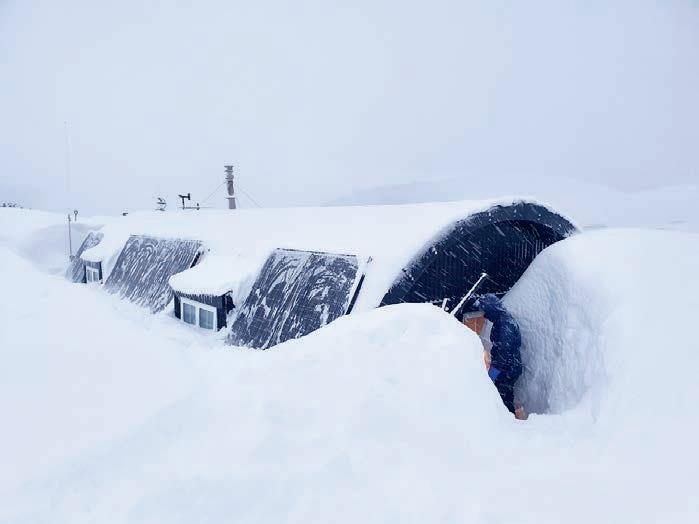 home away from home is a little snowed in.
home away from home is a little snowed in.
e Antarctic Peninsula is warming faster than anywhere else on Earth, turning it from a cold and dry climate to one that is more temperate and has more snow, with serious consequences for the penguins and their chicks.

‘ ey make their nests out of pebbles and because there was so much snow earlier this year, none of the e s survived, it was so sad,’ adds Mairi.
‘ ey lay two e s twice in the breeding season and luckily, the snow melted, and I was able to see chicks hatch out of
the second batch, although it was much later than usual and there were only half as many chicks.
‘When I saw the baby penguins I felt like a proud parent because they had managed against the odds and the bad weather. Any hint of the scientist in me just disappeared –they were so cute and small that I cried.’

Mairi, a graduate of the University of Glasgow who did her PhD in Australia, beat 6,000 applicants to join Clare Ballantyne, Natalie Corbett and Lucy Bruzzone to live and work on Port Lockroy base, established in 1944 and now one of six sites managed by the UK Antarctic Heritage Trust, which preserves the UK’s history on the continent. As a conservation biologist, Mairi’s role was to monitor and help protect the penguins.
‘ ey are noisy and smelly, but they are hilarious. ey steal each other’s pebbles and that can cause big disputes. But sometimes a fight breaks out and you don’t know what’s caused it. ere’s screaming and they’re running around, and others are jumping in and getting involved. ey slap each other with their hard flippers and there are fierce pecking matches.
‘When the babies grow into teenagers, they hang out in ga les called creches before they become adults and go into the sea to learn to swim. e creche count is one of the signs of breeding success, but we had a lot fewer than usual for the second year running.’
Working with the other members of the Port Lockroy team, Mairi spent the season welcoming nearly 16,000 visitors from more than 200 ships and processing around 93,000 postcards from this remote corner of the world.

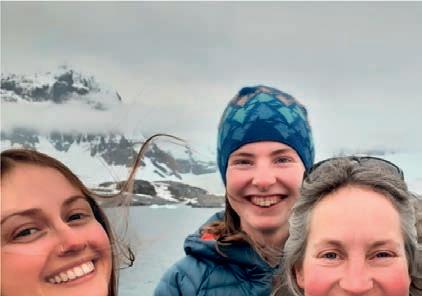
‘Any hint of the scientist in me just disappeared –they were so cute that I cried’
e team of four lived without running water or a flushing loo, but it was a small sacrifice, Mairi says, to experience one of the most challenging environments on the planet.
‘ e chance to live alongside a charismatic, unique species in such an awe-inspiring natural habitat overrode any concerns about being far from home and its comforts. We could shower on the cruise ships, which also brought fresh food and water to supplement our supplies, but sometimes we went nine days without bathing. As we wore breathable merino wool clothes and didn’t sweat much in the cold, it wasn’t too bad.’
A satellite connection meant Mairi and the others could send text-only emails, but their isolation and vulnerability were made clear during a first aid drill when they realised the nearest help from a ship was six hours away. During a blizzard, the satellite dish was blown o the roof by winds raging at over sixty miles per hour.
‘We had to climb up on the roof at 4am and tie it back on. It was dangerous because if you did hurt yourself and there was no communication it would be a bad situation. ings can get serious really quickly down there,’ says Mairi.
Now back in New Zealand with her boyfriend and their springer spaniel Maisie, she is working on an environmental management plan for the island but is planning to return to Antarctica.
‘It is a place with astonishingly rich wildlife. Along with gentoo penguins, there are chinstrap and adélie penguins, numerous species of seabirds, seals, humpback, minke and orca whales. It’s absolutely the stu of dreams for wildlife enthusiasts like me. I’m hoping to return to the continent
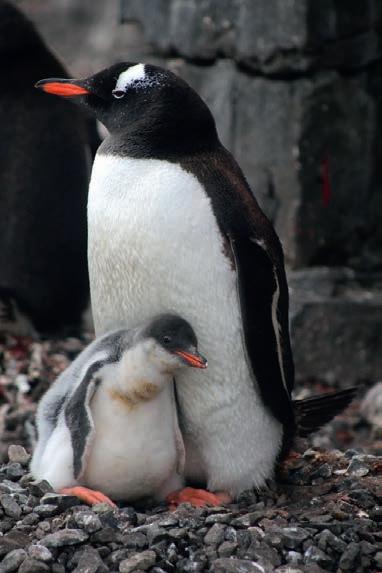
that gave birth to climate science.
‘Being in Antarctica made climate change feel very real and drove home the importance of doing something about it. But we met so many incredible people down there who are passionate about Antarctica and spreading the message that it made me feel hopeful about the future.’
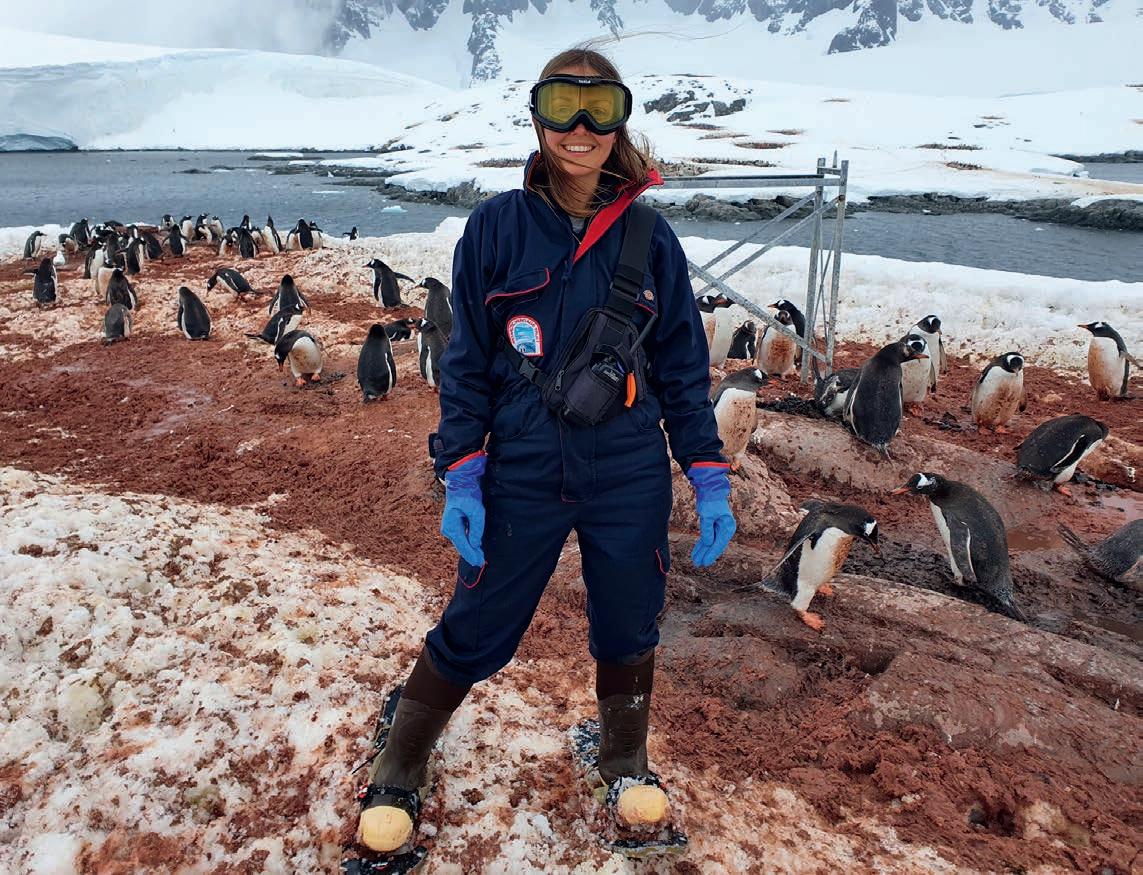 CLOCKWISE FROM TOP LEFT: The Port Lockroy base from which Mairi and her cohort worked; Mairi carrying out a penguin survey; a gentoo and its adorable chick; the team (l-r) – Mairi Hilton, Clare Ballantyne, Lucy Bruzzone and Natalie Corbett.
CLOCKWISE FROM TOP LEFT: The Port Lockroy base from which Mairi and her cohort worked; Mairi carrying out a penguin survey; a gentoo and its adorable chick; the team (l-r) – Mairi Hilton, Clare Ballantyne, Lucy Bruzzone and Natalie Corbett.
Our nation’s extraordinary yew trees have borne witness to historic deaths and murder plots, have links to immortality, and have even played a part in wartime weaponry, says Andy Dobson
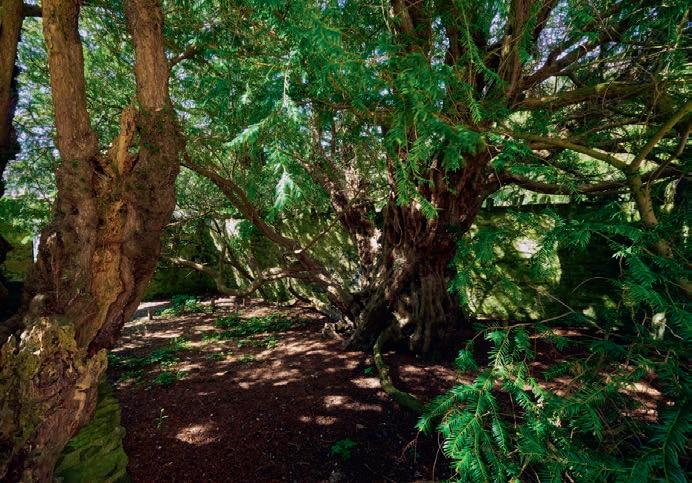
Just as the French celebrate Bastille Day and spare precious few thoughts for Agincourt, so the year 1314 has a resonance among the more patriotic of our countrymen in a way that 1333 does not.
I doubt I need remind anyone that a Scottish force of fewer than 8,000 defeated an English one over twice its size at Bannockburn in 1314; less widely known is that a starkly more one-sided victory in the other direction occurred in 1333 at Halidon Hill, near Berwick-upon-Tweed. e Scots lost thousands, the English either 7 or 14, depending on whom you ask.
What marked out Halidon Hill as especially significant was not the result, per se (not least because the two nations would go on fighting one another for a few centuries yet, with Berwick changing hands another half a dozen times), but the weapon that made possible such a rout: the battle was the first major one in which English longbowmen were strategically employed in large numbers.
In the next few decades they would decide the early course of England’s Hundred Years’ War with France, delivering victories at Crécy, Calais and Poitiers. Whilst the longbow has become synonymous with the English, it probably
originated in Wales, but the real origins of this history-making weapon are in the tree that was used to make it – the yew. is dark-needled, rosy-timbered, poison-berried evergreen is not, of course, a quintessentially Scottish tree, but we have some of the most noteworthy examples of the species here. ere’s an impressive brace at Kelburn Castle (that’s the one in Ayrshire with artistic gra ti up the walls), both at least a millennium old, and a fabulous domed individual at Whittinghame
BELOW: The Fortingall yew. RIGHT: The magni cent Dead Walk at Murthly Estate.
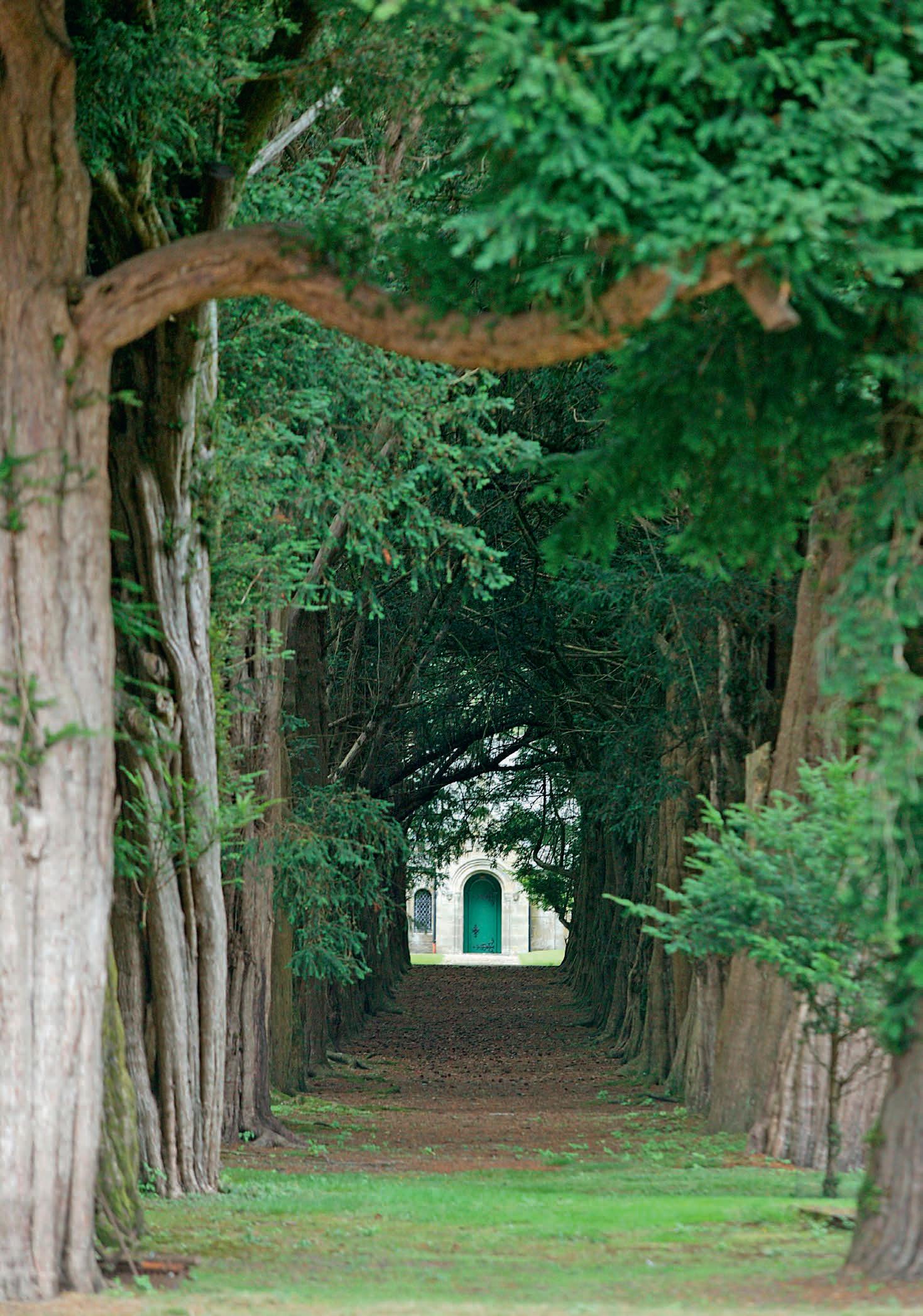
An exceptional old yew tree; an etching of the Fortinall yew tree published in Sylva Britannica by Jacob George Strutt; close-up of the leaves and berries of a yew tree; a haunting tunnel created by yew trees’ limbs at Traquair House, Innerleithen.
Tower in East Lothian. It was beneath the latter’s shroud-like branches that Lord Morton is reputed to have plotted the murder of Mary, Queen of Scots’ second husband, the Earl of Darnley.
Regent among Scotland’s yews, however, is surely the Fortingall Yew in Glen Lyon, Perthshire, almost certainly the oldest living tree in Britain, and possibly in Europe. Like many ancient yews, this one sits in a churchyard, and since the early nineteenth century it has been surrounded by its own wall, built to protect the tree from visitors who were removing chunks as large as whole branches in order to make quaichs and other souvenirs.
Whilst clearly very old, the exact age of this gnarled specimen is frustratingly di cult to establish. As yews age, the central heartwood frequently decays, and the trunk begins to hollow. Eventually the original trunk may disappear completely, and what remains is the network of secondary shoots that, over the centuries, have sprouted forth from branches, trunk, and roots.
e Fortingall Yew is no exception, appearing at first glance to be a collection of several trees forming a circle; it is only beneath the surface that they remain connected. e earliest known drawing of it, made by J.G. Strutt in 1822, depicts a funeral procession moving solemnly through the disjoined trunks – a custom thought to guarantee safe passage to the a erlife. is loss of heartwood means that the usual method of ageing –counting the annual growth rings – is not available. Instead, we are le to correlate measurements of trunk girths and growths rings from other, more intact trees across Britain, and use this (highly variable) relationship to estimate the age of the hollowed giants.
Applying such a rule-of-thumb, Forestry and Land Scotland declare the Fortingall Yew to be 5,000 years old; more excitable experts push it to 9,000. Somewhere between 2,000 and 4,000 may be more plausible, but whichever number one plumps for, it’s clear that
this tree is brain-jarringly ancient – and was already ancient when Sir Archibald Douglas and his comrades fell at Halidon Hill. In fact, it probably pre-dates anything that one might call ‘Scotland’.
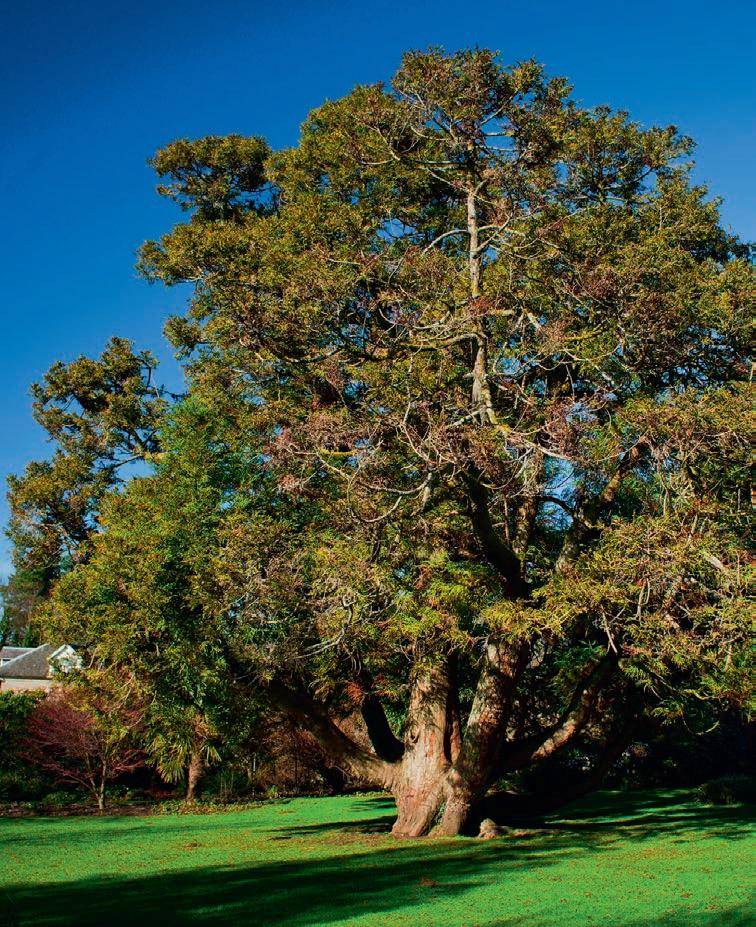
is notion is obviously remarkable, but it perhaps shouldn’t be – by which I mean that yews, including these venerable veterans, ought to be far more common than they are. Indeed, they should be everywhere, instead of being concentrated in churchyards like Fortingall. e reason for their rarity takes us back to Halidon Hill, and the excellent elastic properties of yew that made it so suitable for making bows.
e subsequent longbow-mania in the fourteenth to sixteenth centuries led to a massive loss of yews not only in Britain but in continental Europe, from where bow-staves from slower-growing (and hence denser) individuals were harvested in their millions and shipped across the English Channel. Churchyards were notably exempt from this drastic harvest, hence the current distribution.
Churches may have saved certain yews from being turned into weapons, but that doesn’t explain why the trees
St Columba was a great devotee of yews. The island where he founded his abbey was named Ioua Insula, ‘island of the yew tree place’, in a form of Latinised Gaelic that was later misread as Iona.
The yew at Colinton Manse, former home of Robert Louis Stevenson’s grandfather, still bears the remains of the writer’s childhood swing.
were there in the first place. For that, we must acknowledge a long-standing reverence a orded to the species that pre-dates the arrival of Christianity.
e reasons for its sacral significance – like that of the rowan – will never be fully uncovered, of course, but the ability of individual trees to suddenly put forth new shoots decades a er their apparent death may underpin its deep links to personal transformation, rebirth, and immortality.
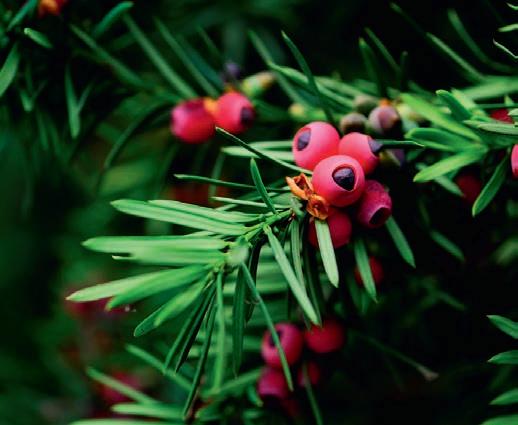
If yews were so important to the pagans, however, it seems a little odd that they’d later become synonymous with old British churchyards. One theory to explain the discrepancy is based on seventh-century Pope Gregory’s instructions to Abbott Mellitus and his missionaries to build churches on the sites of pagan worship – hence the trees were there first.
It’s a nice idea, but since Gregory also issued entirely contradictory orders to Augustine of Canterbury, it’s more likely that yews were simply planted in holy places both before and a er Christianity took hold, the faithful having seen no reason to abandon their sacred tree just because the
prevailing religion had now changed.
Nor have the superstitions entirely disappeared. At the Murthly Estate near Dunkeld, an avenue of 70 yews named ‘the Dead Walk’, which were planted 250 years ago, links the castle with the chapel. By tightly observed tradition, the laird must only pass this way once – carried there during his funeral – though he may walk in the other direction quite freely.
In 1995 the historian and arborist omas Pakenham was photographing the laird Robert Steuart Fothringham as the latter strolled through the yews on his way back from the chapel. Wishing for another shot, and momentarily forgetting the very story he’d come to research, Pakenham said, ‘Do go back and do that again.’ Fothringham obliged, but not, of course, before he’d stepped carefully outside the avenue.
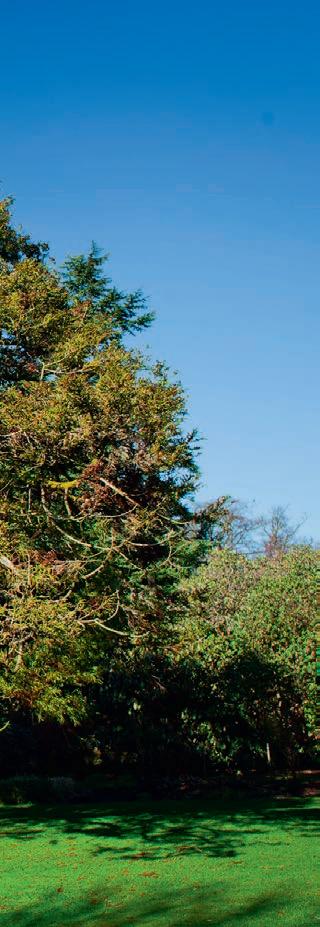
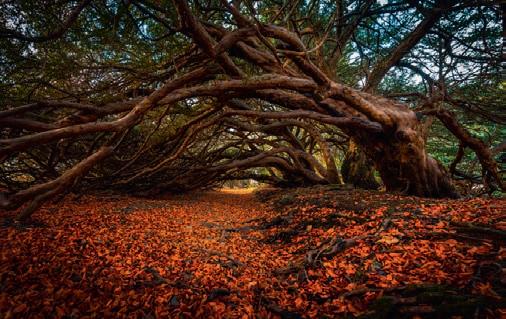
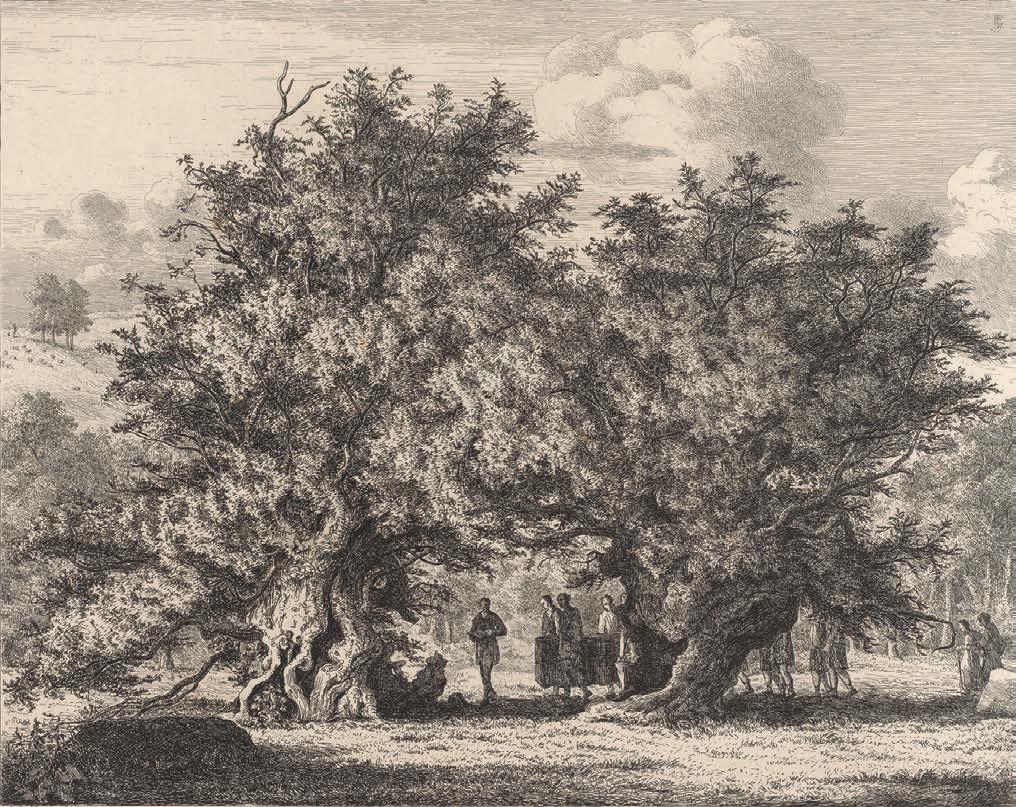
‘ is tree is brain-jarringly ancient and was already ancient when Sir Douglas fell at Halidon Hill’




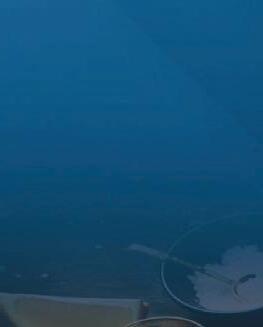


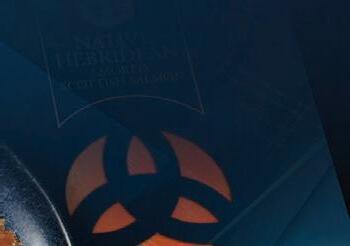
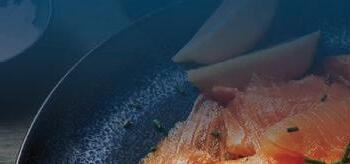





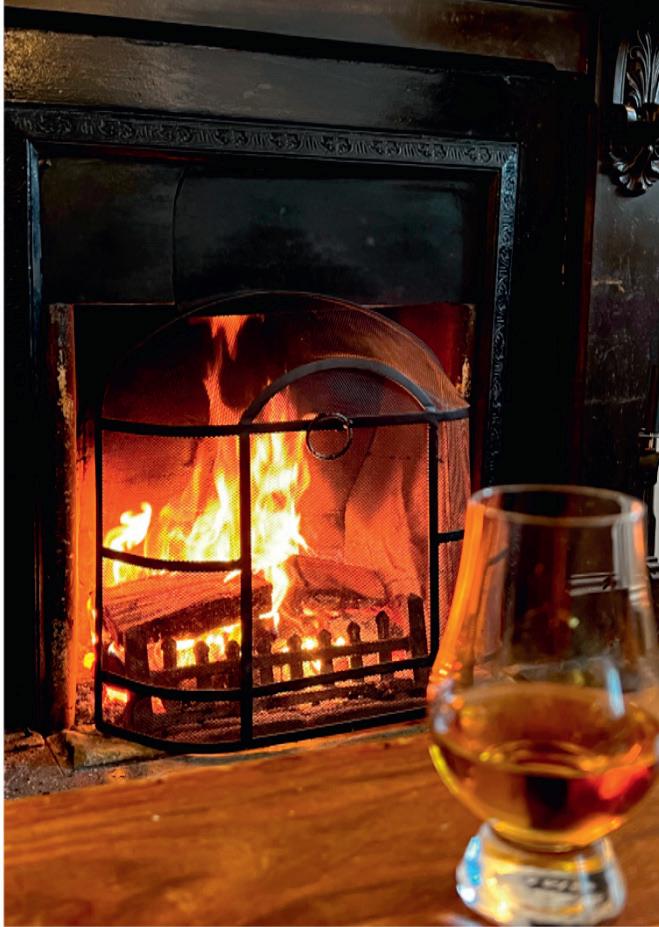



A potentially transformational Scottish technolo could solve fish farming’s sea lice and jellyfish problem, regenerating stocks of wild salmon and making aquaculture more environmentally sustainable



From an old manse in rural Angus, Andrew Bett of Salar Pursuits is on the verge of transforming salmon fishing and fish farming in Scotland. e businessman has invented a simple but revolutionary method of stopping sea lice and jellyfish infestation of salmon pens in fish farms.




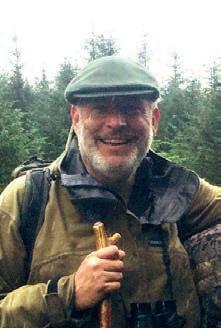
e ramifications are enormous. e explosion of sea lice from fish farm pens is a key factor in the collapse of wild salmon numbers: if sea lice larvae can be stopped from entering or leaving pens and sea lice revert to natural levels, then wild salmon numbers could begin to recover.
For fish farmers, preventing sea lice from entering their pens would reduce mortality, transform profitability and create a huge
the technology will stand up to tidal flows of over 1.5 knots, which you will find in e Minch, Orkney and Shetland. But its e ectiveness for the more sheltered fish farms, particularly those along Scotland’s west coast – where the issue with wild salmon and sea trout mortality is most acute – has already been established. e savings for fish farmers are potentially substantial. e mesh system can be retrofitted, with the reduced mortality meaning the capital cost will be more than 100% covered within one cycle of 18 months. It costs a tiny fraction of the price of moving salmon farming onshore.


It also solves what is a potentially existential threat to fish farming caused by warming seas, which have seen an explosion of the tiny jellyfish Mu iaea atlantica. ese are just 0.3mm in size, but have killed over 25% of caged salmon on some a ected farms.
number of jobs by removing the single most compelling obstacle to expanding aquaculture in Scotland’s lochs, rivers and coastal areas.
‘Our Smoltscreen technology is potentially transformational,’ says Bett. It’s di cult to disagree.

If anyone was going to solve this conundrum, it’s Bett. He has an academic background in marine biology, a career in which he’s specialised in fibre-based filtration and an interest in wild salmon which led him to write a ground-breaking scientific book e Barometric
Breakthrough: Trout, Salmon and the Evening Rise
e technology basically involves two layers of nylon woven mesh – one of 150 micron with one of 175 micron, industrially sewn into a porous enclosure – a tarpaulin central base and three submersible column pumps








ere has already been a proof of concept trial run by the Marine Institute of Ireland, and further trials are currently being undertaken at the Institute of Marine Science in Norway. But the technology has already been road-tested, with Bett expecting the patented product to be rolled out commercially in 18 months.
e one major issue that remains is whether

If the technology works as advertised, the knock-on results are huge for the industry and the environment. Less chemicals will go into our seas and there are also significant welfare ramifications. e de-licing process for farmed salmon is a stress-inducing exercise, which would stop, and the fish would grow faster, reducing their time in the water by two months. And while smolts can currently go in sea pens at 300g, if there were no sea lice the smolts could go in at 70g yet reduce mortality significantly, which would in turn significantly reduce onshore smolt production costs.

Mortality rates for fish farms in 2019 were 13.5%, so bringing those down to a negligible amount would transform the predictability and profitability of fish farming, bringing down the price and making an expansion of the industry environmentally sustainable. Also, the 100,000 tons of e uent from fish pens, which currently drops to the bottom of the sea or loch bed each year, would be trapped in the mesh and could be harvested for use as fertiliser or bio char in the concrete industry, creating extra revenue.
For salmon fishermen and fish farmers, who have been at da ers drawn for decades, it may sound too good to be true. Time will soon tell, but for once let’s bask in a rare ray of light.
‘Its effectiveness along Scotland’s West Coast has been established’

I WANT IT BECAUSE: I’ve used other Keela products and love the products’ durability, style and multi-situational use.
USEFUL FOR: Keeps the body warm on cooler days while still having arms free to breathe. Not being bulky means it can be worn under another jacket for an extra layer of warmth on truly cold days.
HIGH POINT: Although being thinner, the outer material is both water resistant and windproof while still having a soft inner thermal eece layer for warmth and comfort. Having a smarter look means it doesn’t have to be saved for your outdoor activities only.
LOW POINT: It only comes in black or red.
The number of golden eagles in southern Scotland has risen to its highest in three hundred years, it has been revealed. The birds are extremely rare in the UK and experts have been helping the population grow. As part of the South of Scotland Golden Eagle Project eight chicks were successfully moved from other parts of the country to a secret location in southern Scotland to boost numbers. It means the total number of golden eagles in southern Scotland is around 46 birds. Before the project began there were thought to be between two and four pairs of golden eagles across Dumfries and Galloway and the Scottish Borders. www.goldeneaglessouthofscotland.co.uk
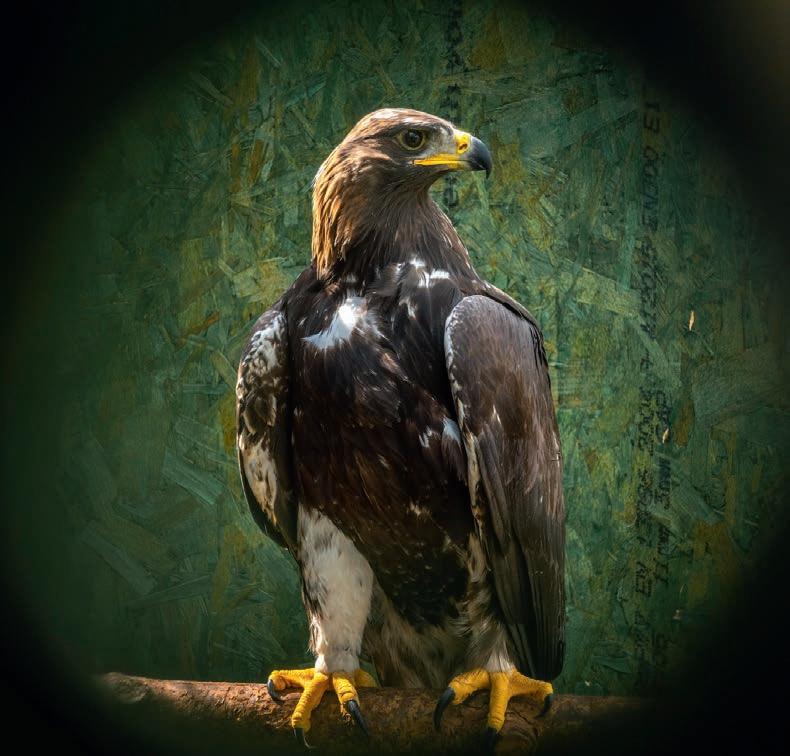
I WANT IT BECAUSE: I spend a lot of my day on my feet and have problems with my arches, so my podiatrist recommended this brand, which he says are also really good for people with plantar fasciitis.

USEFUL FOR: Standing up all day!
HIGH POINT: My podiatrist was right - they were comfortable immediately and I suffered almost no pain compared to past supposedly comfortable work shoes. I also work on shiny surfaces and found the grip to be excellent.
LOW POINT: They only come in black and white and have stamps on the side that say ‘slip-resistant’, which I didn’t like. Also, I recommended these to a friend of mine with really wide feet, but they don’t have a wide option.
The UK’s only giant pandas will return to China in December. Tian Tian and Yang Guang have been residents at Edinburgh Zoo since 2011 on a 10-year loan, which was extended by two years due to the pandemic. They were brought to Edinburgh after an agreement between The Royal Zoological Society of Scotland and the China Wildlife Conservation Association. www.edinburghzoo.org.uk

100kg
The amount of bamboo Yang Guang can eat a day.
4ft
Adult pandas can grow to 4ft tall.
2003
The year Tian Tian and Yang Guang were born.
WHAT IS IT? Vionic Arrival Trainer, RRP £125, vionicshoes.co.uk RRP £54.95, keelaoutdoors.comA teenager is hoping to become a shepherdess a er she hand reared two adorable lambs and got a sheepdog. Hayley MacDonald fell in love with sheep a er working at Hunthill Estate through an Estates that Educate course last year. e countryside and upland education project is hosted by Scotland’s Regional Moorland Groups. e estate gi ed the 14-year-old two blackface lambs of her own, named Bonnie and Blossom, which she hand-reared. She is training pooch Peanut to help with the flock and hopes to get more sheep in the future. www.scot-rmg.co.uk
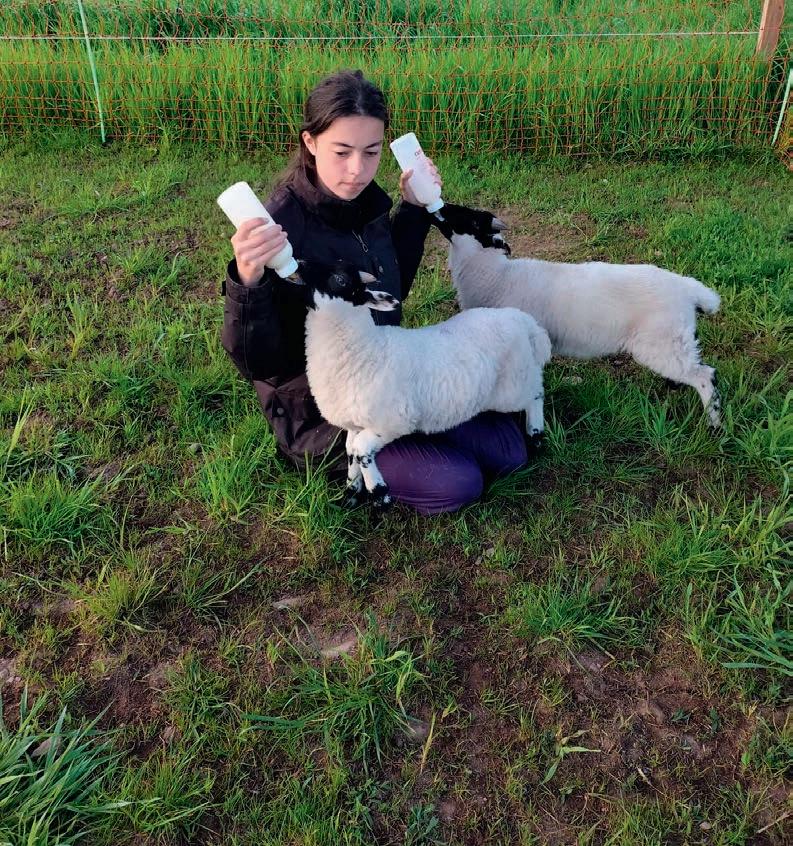
WHAT IS IT? Chameau-Lite LCX® 10’’ Stalking Boot Marron, RRP £219, www.lechameau.com

I WANT IT BECAUSE: It’s stalking season and comfort is important to me.
USEFUL FOR: Stalking, but also any type of walking across broken country, especially if it’s wet.
HIGH POINT: The single best thing about Le Chameau boots is that they need no breaking in: they are ready for blister-free use from the box. This iteration proved to be even better than my past Le Chameau stalking boots: completely waterproof, breathable and with a new sole produced by Michelin that provides greater grip. Made from supple leather, they also ex well at the ankle, which is often an issue with high-tops. These are light yet sturdy and so far very durable.
Beavers could return to the Cairngorms as part of e orts to boost their population. e Cairngorms National Park Authority is set to speak to the public about a number of possible release sites. www.cairngorms.co.uk
The National Trust for Scotland has completed a cliff-nesting seabird census on St Kilda. It found a 61% decline in species and took experts 1,400 hours to complete. It was the rst comparable survey of St Kilda since 1999. www.nts.org.uk
Archaeologists on the Isle of Arran have begun uncovering what is believed to be the only complete Neolithic cursus in Britain. The rectangular enclosures at Drumadoon date back to between 4000 and 3000BC. It is thought the huge monument, which measures 1.1km long and 50 metres wide, would have been used for ceremonies. Constructing it would have involved staggering amounts of labour by farmers, transforming the entire local landscape. www.gla.ac.uk

LOW POINT: The wesbite says they are a tight t and to order one size up from your normal, but mine tted just ne in my usual size.
WHAT IS IT? Men’s Smart Wool Merino Sport Hoodie, RRP £95, smartwool.co.uk
I WANT IT BECAUSE: It’s extremely warm and soft and is made of recycled fabric (56% merino wool and 44% polyester). It’s well cut and very lightweight meaning it packs down to nothing in your pack. It comes in three good colours (black, light grey heather and twilight blue) and the atlock seam construction is good. Machine washable is a bonus.
USEFUL FOR: Excellent lightweight heat value and looks that are suited to town casual wear and outdoor activities.
HIGH POINT: Very warm (especially with the hood up) thanks to its temperature regulation technology. It also offers moisture management, odour control and quick dry times.
LOW POINT: Pricey, but if you buy direct from their website it usually has some good discounts.


































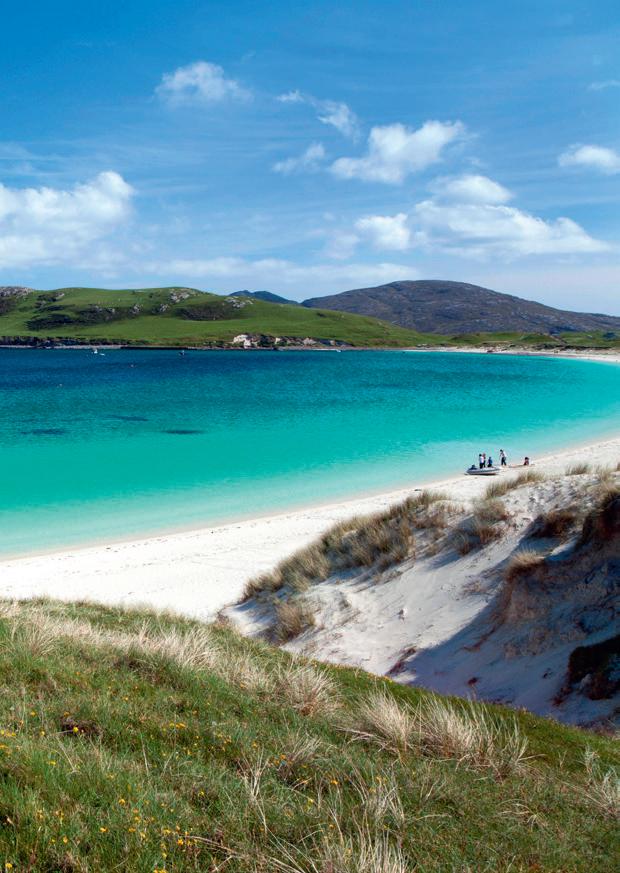


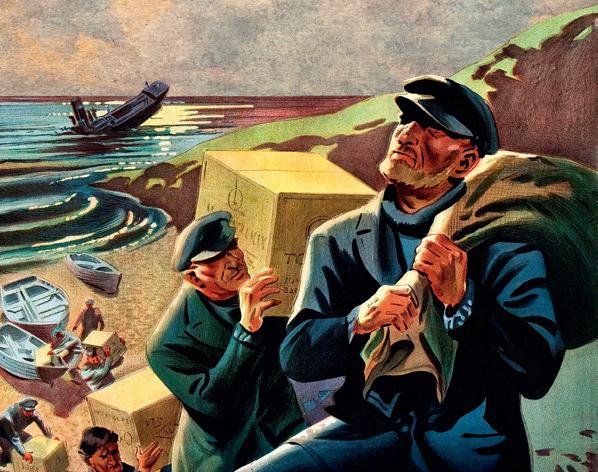















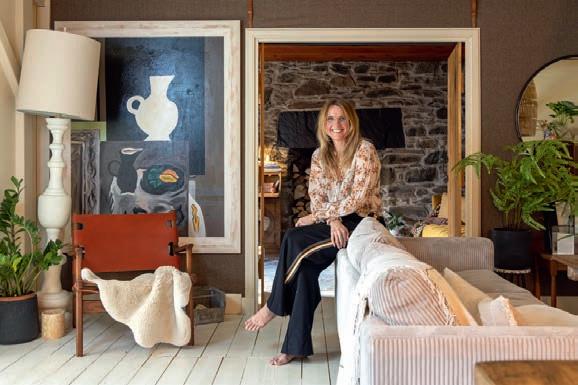
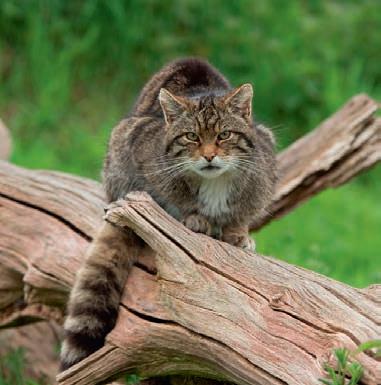
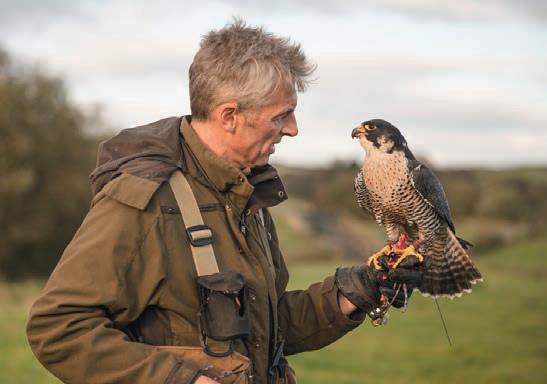








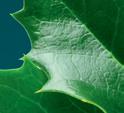



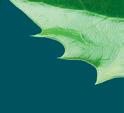

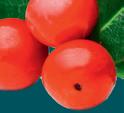

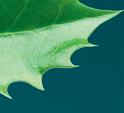












































• Pay just £1.00 an issue (shop price £4.95)
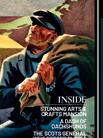

• Save up to 80% on the shop price via direct debit

• Entertaining and authoritative writing from Scotland’s nest writers
• Free access to digital versions of the magazine
• Guaranteed lowest price direct from the publisher
• Free UK delivery direct to your door
• Never miss an issue of your favourite magazine


- SCANthe QR code below - VISITwwww.scottish eld.co.uk/nov23




- CALL01778 392014 quoting NOV23




- POSTComplete the order form (right)












YES, I would like to subscribe to Scottish Field for (tick relevant box):























BEST DEAL 3 issues for only £3 then £11.50 per quarter thereafter (UK) by direct debit*
1 year for £53 (UK) by Credit/Debit card

1 year for £75 (Overseas) by Credit/Debit card




Wyvex Media Ltd would like to contact you about products and offers we think may be of interest to you. If you’d like to hear from us by email, please tick here
DELIVERY DETAILS (If different from above)
SCAN HERE TO SUBSCRIBE

I understand that this instruction may remain with Wyvex Media Ltd and if so details will be passed electronically to my Bank or Building Society.
FREEACCESS to digital versions of each issue








































































































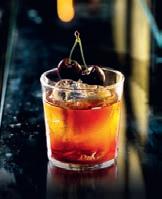




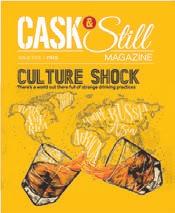








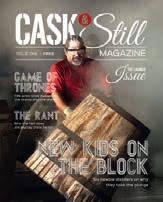



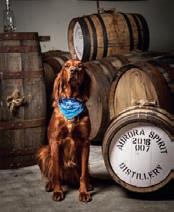



























































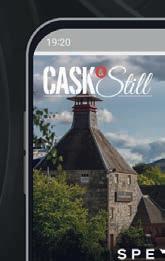
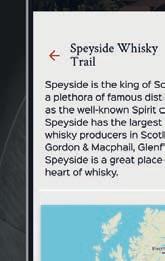

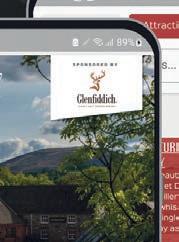




Our agricultural expert investigates the huge potential that estates have in helping to restore nature balance in the face of climate change

Scottish estates have a pivotal role to play in resetting the nature balance across Scotland’s countryside and a recent visit to Rottal Estate in the Angus Glens provided plenty food for thought.
I only had to spend minutes in the company of Rottal’s owner, Dee Ward, to hear his passion for conservation and was given a tour of some of the amazing habitat creation projects which are in action around the estate.
In the 19 years since Dee first moved from Hertfordshire to Rottal – a dream of his since falling in love with the Scottish countryside when he was a boy – he has created a haven for wildlife, rewetting areas to support wading bird populations, returning large swathes of land back to their natural state and carefully managing his pastures to encourage species such as grey partridge and other birds to thrive.
over 30 hectares of these degraded carbon stores and working with bodies such as NatureScot and Peatland Action with plans to increase this to 300 hectares.
A highlight of my visit was to see his meandering project on the Rottal burn, which feeds into the River South Esk. What was previously 800 metres of a straight, fast-flowing water course, prone to flooding, has been renaturalised into 1,200 metres of meandering channels. It was amazing to see how helping the burn return to its more natural winding course has reset the balance of nature both within its waters – with higher densities of fish – and the banks surrounding it, which are now thick with vegetation. Trees provide much-needed shelter for fish and other wildlife, especially with rising water temperatures.
He was careful to point out that his style of conservation has not been one of rewilding, leaving nature to its own devices, but one of ‘renaturalisation’, highlighting that many of the projects he has been involved in have required collaborative human intervention, before allowing nature to govern.
He has been actively removing sitka spruce trees – a North American species valued for their fast-growth and timber potential – explaining that their dense covering had su ocated any opportunity for nature to thrive. Instead, he has been replacing areas with native trees such as willow, birch, aspen, alder and oak, with hopes to introduce native cattle in the future and run it as an agroforestry operation.
He has planted over 250,000 trees with the help of Scottish Forestry grant schemes and has plans to increase this by another 700ha, which would take his coverage to close to 1,000ha –a third of the overall estate. Elsewhere, he has been involved in peatland activities, restoring
With the north of the estate bordering the Cairngorms National Park, Dee explained how crucial working collaboratively with local community stakeholders such as the National Park authorities, RSPB, NatureScot, the Esk Rivers and Fisheries Trust, and the River South Esk Catchment Partnership, has been to support his vision to renaturalise parts of Rottal.
Of course, I am telling the tale of one estate, of which there are many more across Scotland and not all of them share the same vision and mindset as Dee at Rottal. But what they do all share is the potential to contribute to some of the major challenges around climate change and nature degradation. All have a shared responsibility to act.
is is not an assault on farming land used for food production, which can sometimes be the way discussions around this topic are framed, but instead should be looked on as an opportunity to manage the land in an integrated way which allows both nature and food production to go hand in hand.
Scottish estates o er huge potential to reset the nature balance in our countryside, but to do so, it will require moving past the silos which exist within our green spaces and working together to help realise the potential estates o er to supporting the climate and nature crises.
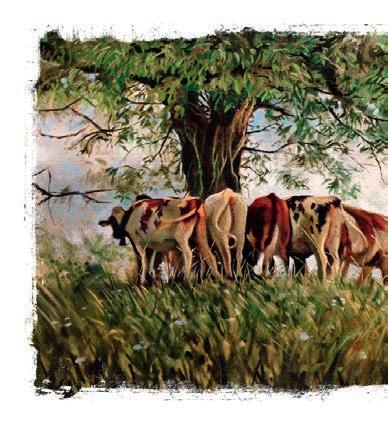 CLAIRE TAYLOR
CLAIRE TAYLOR
‘His style of conservation has been one of renaturalisation’
e creation of a purely Scottish-grown beer has been a long time coming, but a Fife-based partnership is blazing a fabulously fizzy trail, finds Morag Bootland
but he’s already causing quite a stir.
Because, as pretty as the design and planting of the gardens are, and as much as I’m enjoying the light artistic strokes created by swathes of tall alliums swaying in the breeze, I’m not here to stop and smell the roses. I’ve come to discover how this mildly eccentric, engagingly energetic, halfAmerican, half-Scots gardener has managed to do what for many years has been a beer-lover’s fantasy.
Logie is the man responsible for successfully growing a crop of Scottish hops here in Fife. And in partnership with St Monan’s-based cra brewery Futtle, he has helped to produce the first, all-Scottish green hop pale ale.
Iknow he’s somewhere in the ten acres of gardens and grounds that surround Ru ets Hotel, just outside St Andrews. And it doesn’t take long before a thick shock of hair attached to the head of Logie Cassells pops up from behind a row of potted grasses arranged neatly in preparation for planting.
Logie may only have been head gardener at Ru ets for two years,
Hops have always proved to be a logistically tricky crop. Because, as Logie explains, they don’t stay fresh for longer than 24 hours a er harvesting. Which is why the vast majority of commercially grown hops are dried and made into pellets before distribution.
Lucy Hine, brewer and co-founder of Futtle, was delighted to find someone who was willing to try to grow organic hops right on their doorstep.
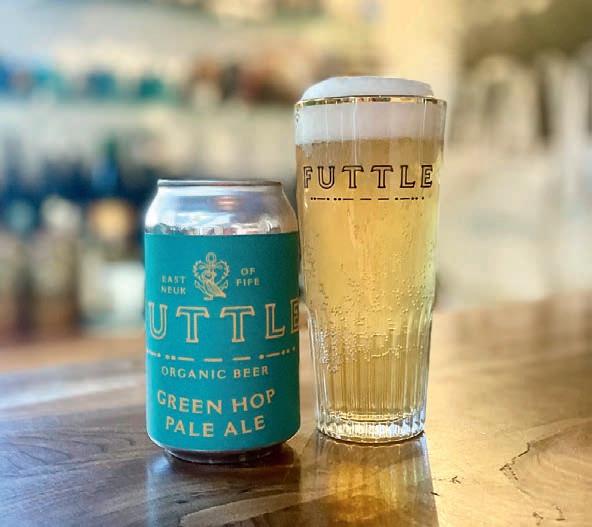 LEFT: Futtle’s debut Scottish green hop pale ale. RIGHT: Logie Cassells and his impressive crop of hops.
LEFT: Futtle’s debut Scottish green hop pale ale. RIGHT: Logie Cassells and his impressive crop of hops.
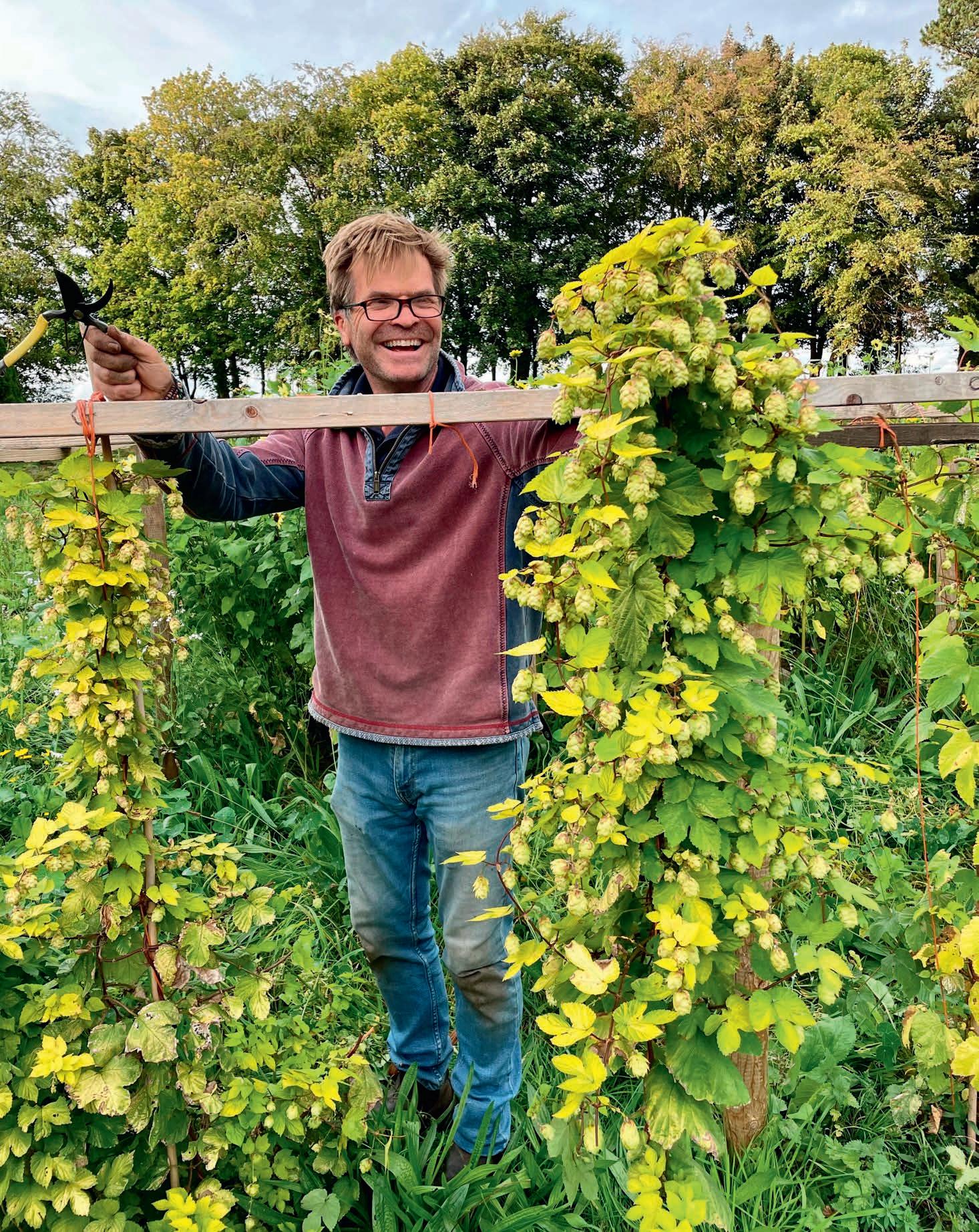
‘ is is not something that happens in Scotland,’ she tells me. ‘Whereas in Norfolk and Kent there is a huge tradition of fresh hop brewing, where the hops are taken from the vine and used on the same day, because they very quickly lose the pungent, fresh and vibrant aroma that you want to capture in the beer.’
But the locality of the partnership between Logie at Ru ets and Futtle’s brewery meant that last year’s hops were picked around four o’clock in the a ernoon and by the next morning were already being turned into beer. And it would seem to make perfect sense that the fresher the hops, the tastier the beer.
‘Let’s take a ridiculous example,’ says Logie. ‘I would argue that using green hops is a bit like getting grapes on a vineyard into a bottle of wine. If you dried the grapes and turned them into raisins you wouldn’t produce a great wine, would you?
‘I would say that the next story in the Scottish cra beer industry will be green hop beer,’ Logie enthuses. ‘Which is great news, because it means that hops need to be grown close to the brewery.’
It was Logie’s chance meeting with Steve and Lucy from Futtle at their bar at Bowhouse market in St Monan’s that first led to a conversation about how incredible it was that nobody had ever produced a truly Scottish beer.

Buoyed by the idea of growing beer in Scotland, Logie decided to give it whirl.
‘If you’re going to change the world you need to think of the solution, rather than the problem. And part of the solution to growing hops in Scotland was just to put them in the ground.’
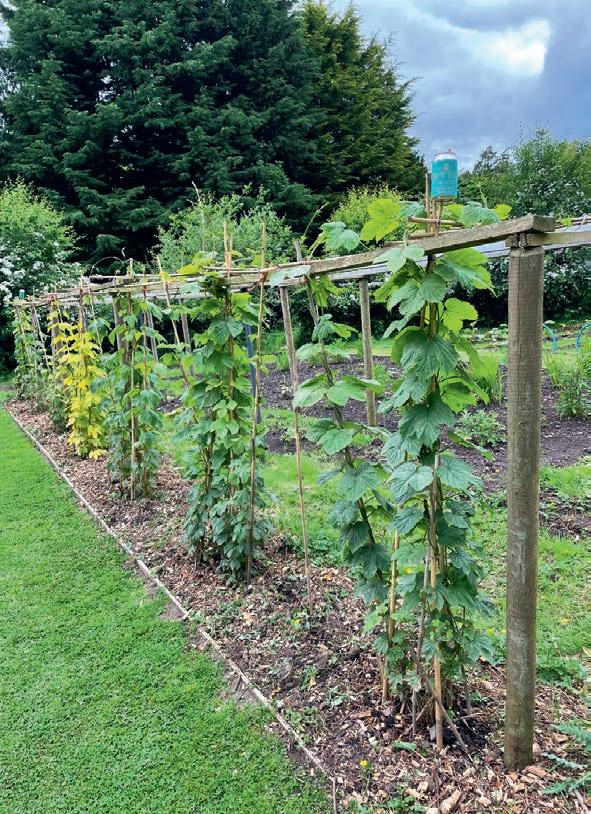
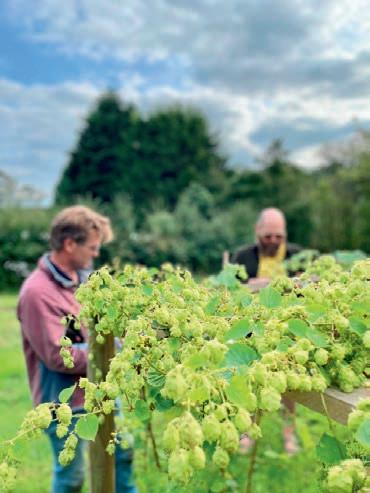
As Logie explains how the success of any crop starts with the soil, he picks up a handful of earth and pops it in his mouth. ‘It used to be that you would taste the soil and think, that’s a bit sour, it must be acidic, but now we have labs to analyse everything and you can ensure the soil is healthy.’
Seaweed is something that Scotland already produces in abundance and this can help provide many of the trace minerals that help hops to grow.
is can be foraged from the many beaches that the east coast of Fife is
‘If you’re going to change the world you need to think of the solution, rather than the problem. Part of the solution to growing hops in Scotland was just to put them in the ground’
blessed with, or bought in liquid form throughout the year.
e Scottish climate also has a part to play in why people have historically been reluctant to attempt to grow hops. Many would consider Scotland to be too wet, but Logie takes issue with this.
‘We do have pockets of that, but we also have pockets of fantastic growing.
e climate has changed and now we can grow a lot of funky new stu . It gives more opportunities for people to push the envelope. Growing hops is definitely one of these.’
Wind is also crucial to nurturing healthy hops, as it provides airflow and
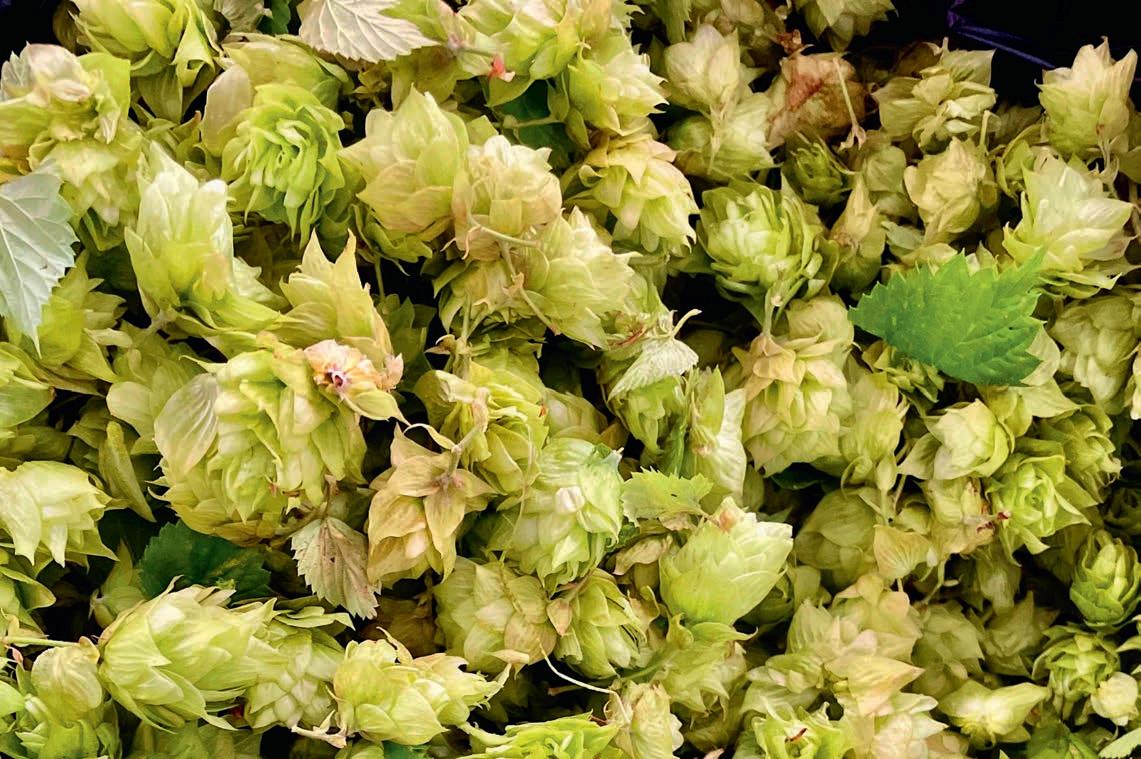
prevents mildew. And this is something that coastal Scotland has in abundance.
Logie shows me this year’s crop, which is due to be harvested around the time that this magazine hits the shelves.
e hops are easy-growing, great tasting North American dwarf hop varieties, grown over a somewhat hi elty pi elty trellis system to make them easy to tend to.
‘What puts people o growing hops is that they go twenty feet up in the air, so you need this incredible system of engineering and wires,’ says Logie. ‘But I’m growing premium cans of beer here, so I don’t need so many hops. e plants grow six feet up one side, six feet along and then six feet down the other side.’
Last year’s debut crop produced around 4,000 cans of green hop ale and this year Lucy will be creating something more complex using casks that she filled 18 months ago and adding the fresh hops to the mature beer. It’s not a speedy process. From harvesting the first crop in October 2022, the beer spent a month in the vat before maturing in cans until it was ready to drink in April 2023, and this year’s beer is expected to be ready to drink at Ru ets and the brewery by March 2024.
For 2024’s crop Logie would like to try to grow some Japanese and Belgian hop varieties, along with his proven types. ‘ at would give Lucy the chance to experiment,’ says Logie. ‘We haven’t really had enough hops for her to play with yet.’
Scotland already has a successful cra beer industry and it would seem to make sense that many of these established breweries could follow the lead of this trailblazing partnership on the east coast of Fife.
More community projects like this one would allow local growers to partner with breweries and enable their hops to go from the ground to the vat in 24 hours. ese connections have the potential to make not only fantastic beer, but great stories too. And great stories, as the Scotch whisky industry already knows all too well, sell great drinks.

Come autumn, nature’s larder really begins to flourish.
Fully stocked with juicy brambles, earthy mushrooms, sweet potatoes and more, our pantries present limitless casserole possibilities that help to stave o the chills of the shorter days.
When it comes to protein though, we consumers are o en stuck in our ways, and sco ng those meats we are most familiar with may seem easier than introducing new ones into the kitchen.
But it doesn’t have to be that way, especially if we are equipped with tasty recipes from a leading expert. Here to drive change by showing people how best to enjoy game is Fife-based Steven Wade, director of Woodmill Game, a family deer stalking and game bird processing business which sells only 100% wild game meat.
‘ e environment and the impact that food production has on the environment is so incredibly highprofile nowadays,’ begins Steven, who is passionate about sharing the benefits
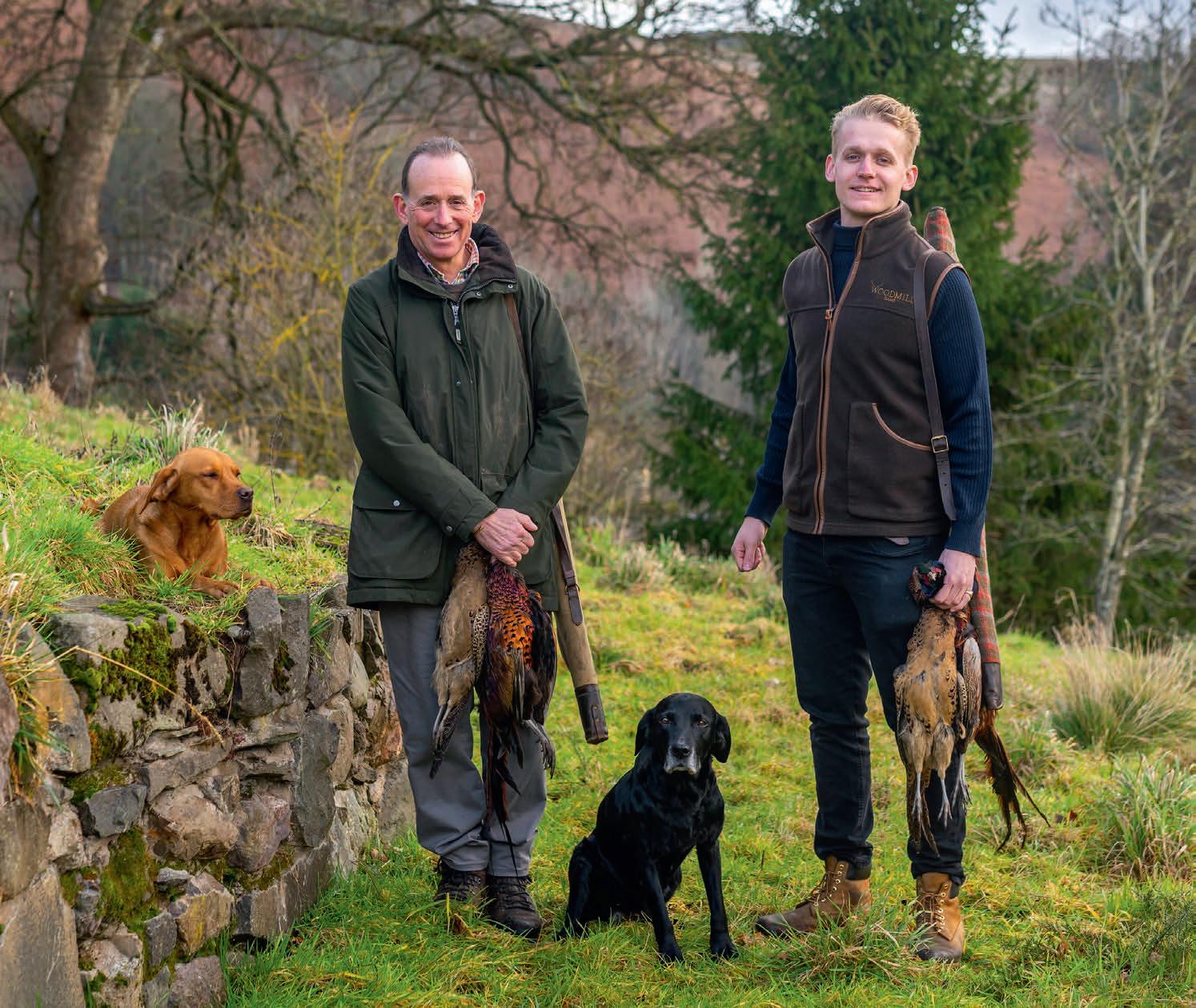 ABOVE: Steven Wade and his son Guy with their faithful labradors, after a successful shoot.
RIGHT: Game at the ready.
ABOVE: Steven Wade and his son Guy with their faithful labradors, after a successful shoot.
RIGHT: Game at the ready.
of a ‘hill to fork’ ethos. ‘We tapped into a ground swell of public opinion that is interested in where their food comes from and sustainable ways of achieving it. at has been a major driver for us.’
Steven – who is a highly accomplished deer stalker in his own right and is widely regarded as an expert in prepping and cooking game – is originally from Hampshire, but his love for the great outdoors was what saw him move north forty years ago. ‘I started growing an agricultural contracting business but I had a life-
long love for hunting, shooting and fishing, and that is what brought me to Scotland in the first place,’ he tells me.

In 1992, Steven set up a small pheasant plucking business, allowing guns to take home oven-ready birds as opposed to a brace on the feather. Today, Steven and the Woodmill Game team – which includes his son, Guy –process some 40,000 birds a season, as they source and prepare wild game to sell at markets, shows and online across Scotland and the UK. Guy, who oversees business development and
marketing, has also founded a successful street food company called Screaming Peacock, through which he sells wild venison and pheasant burgers made from Woodmill game.
Ultimately, Steven’s approach to game has always been to reduce waste and put every bit of the animal to use. ‘Having had a life-long interest in cooking instilled into me by my mother, I didn’t waste a thing and I basically lived o my gun,’ says Steven of his younger days. ‘ at could be a pigeon, a rabbit, a pheasant – and then deer
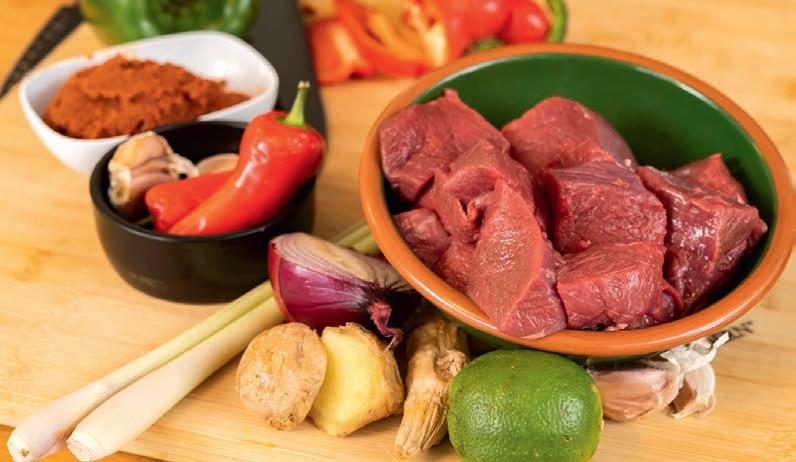
Rosie Morton speaks with Steven Wade of Woodmill Game who is passionate about sharing the unique flavours of the wild in the most sustainable way possible
Try your hand
HAM
Serves 4
Ingredients
Butter
4 good sized pheasant breasts

Salt and pepper
2 cloves garlic, chopped or crushed
3 tbsp fresh rosemary, leaves stripped
2 tbsp of fresh thyme, leaves stripped
250-300g mushrooms
400g baby spinach
4 slices Parma ham
2 large sweet potatoes
2 roasted cloves of garlic
2 tbsp crème fraîche
Method
• Preheat oven to 180°C. Put a good knob of butter into a pan to melt and add the garlic and seasoning, followed by the mushrooms and the herbs. (Woodmill Tip: Before adding the herbs to the food, crush the leaves between your ngers. This helps release oils and increases the herbs’ fragrance and avour.) Once the mushrooms start to soften add the baby spinach. This will cook very quickly so stir just until the leaves have shrunk and incorporated with the mushrooms.
• Slice open the breasts lengthways, and spoon in the buttery mushroom mixture. Then, wrap the whole breast in the Parma ham, making sure to cover the opening to keep the stu ng in. Use a cocktail stick to secure.
• Place the breasts in a non-stick roasting tray and slide into the oven. Cook for 10 minutes, remove and let stand. If you want to add roasted garlic to the sweet potatoes, roast these in the same tin. (Important: Pheasant is a lean meat and will become dry from over-cooking. Aim for meat that is slightly pink inside (like pink lamb) and with the juices from the stu ng it will be lovely and tender).
• Peel and cut the sweet potatoes into chunks and put them in a pot of water to boil until soft. Drain and return to the pan, add 2 tbsp of crème fraîche, seasoning, a teaspoon of dried thyme and the roasted garlic, and get mashing.
• Serve and enjoy!
came into that equation and I started to take an interest in what more we could do with this venison.’ To ensure he uses even the carcasses, le over bones and o cuts, Steven puts ‘the scraps’ into his range of Woodmill dog food. e choice to sell only wild game stems from a desire to trade in a way that is better for the consumer, for the environment, for the animal, and for the rural economy. Take venison, for instance. Gram for gram, it provides more protein and iron than any other red meat, is low in fat and calories, and has a lower carbon footprint than massproduced meats. According to a report by Natural Capital, the carbon footprint of wild venison is 38% lower than beef and 49% lower than lamb.
What’s more, venison is in abundant supply in Scotland. With no predators at large to keep their numbers at bay, red and roe deer populations need to be routinely culled to promote a diverse, thriving ecosystem. us, another bonus –jobs in remote parts of Scotland are supported.
‘We turn away the opportunity to take farmed or parkland deer,’ says Steven, explaining that his mission is to sell meat from animals that have lived happy lives and roamed freely in
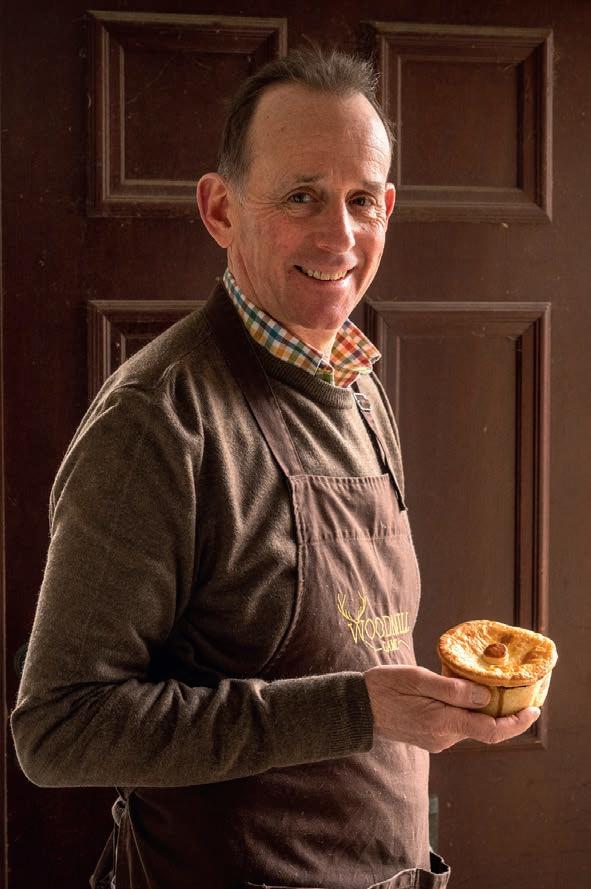
‘Having had a life-long interest in cooking instilled into me by my mother, I didn’t waste a thing’PAN ROAST PHEASANT WITH PARMA FAR LEFT & BOTTOM
the open. ‘By the nature of the way we manage our deer species, we are shooting the older ones a lot of the time – which is good management – whereas with farming you’re always eating the young ones.
‘So, we have to promote good, sensible, easyto-follow recipes that make the most of what is basically an older carcass than the one you would find from farmed deer. Also, the food source they eat is going to make the flesh taste slightly di erent,’ he continues. ‘A farmed deer is only ever going to know what grass tastes like, whereas ours have grass and heather and moss – all sorts in its diet – and that will impact on its flavour as well.’
So, what sort of tasty meals can Steven and the Woodmill Game team o er? As well as selling a range of raw products, including venison mince, fillets or roasts, whole roasting grouse, partridge and mallard, they also have ready-made alternatives. How do pheasant and ginger sausages tickle your fancy? Or how about a red or green ai venison curry? Or a tasty partridge and tarragon pie?
‘ e ready-meals that we do are basically all my favourites,’ says Steven with a smile. ‘All the sausage flavours are made from scratch, we have our own seasoning mixes that we make ourselves, and all the flavours come from straight ingredients. We don’t buy in any pre-mixes. We add every single individual ingredient ourselves.’
Steven has also shared six family favourite
recipes with Scottish Field that brilliantly showcase the unique flavours of the wild. On top of pan roast pheasant with Parma ham (as seen opposite) you’ll find more inspiration on the Scottish Field website.
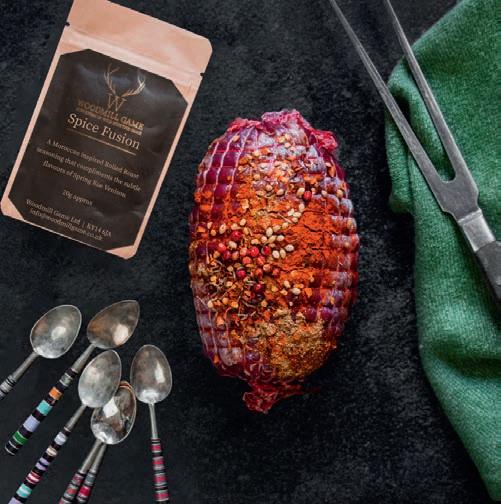
Please visit www.scottishfield.co.uk where you’ll find: game sausage cassoulet; light wood pigeon with ginger and sesame glaze; a loaded venison burger; peppercorn game breasts; and a red wine and rosemary venison steak recipe.
Happy cooking!
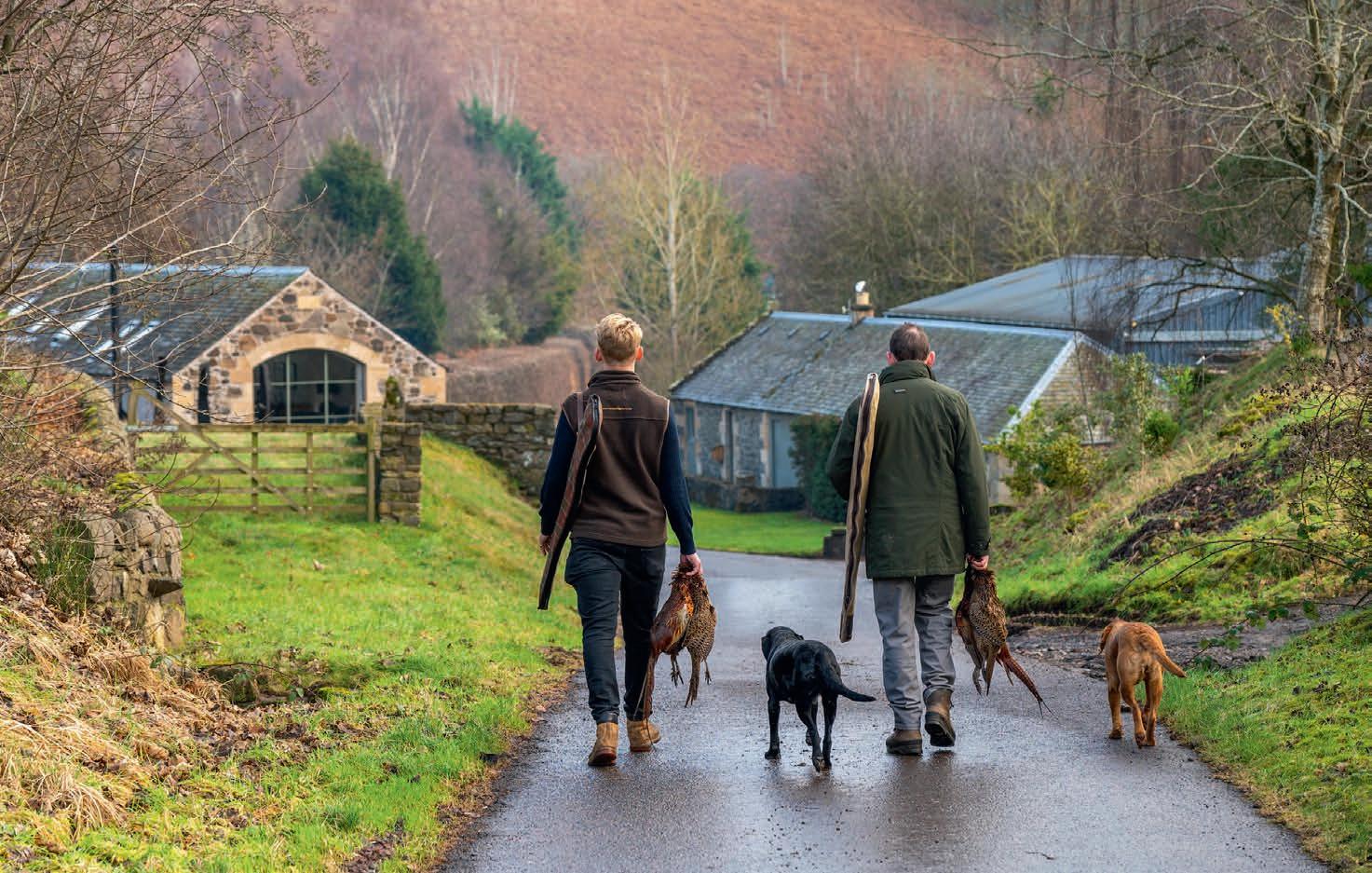
There can be few more picturesque locations for a hotel than that in which the fairytale, turreted Torridon House Hotel sits at the head of Loch Torridon.
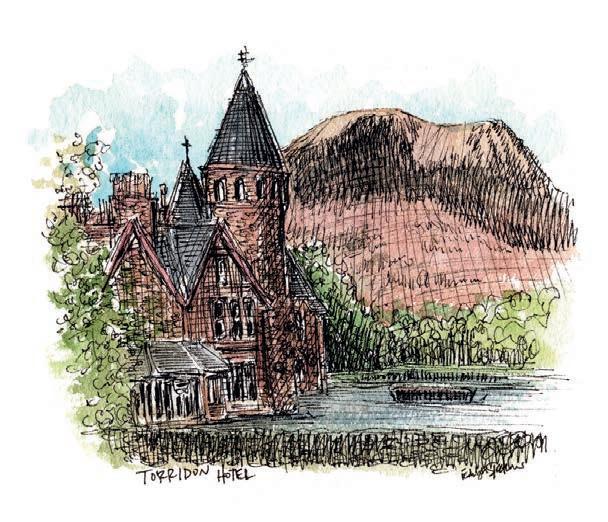
Rising behind this red sandstone Victorian pile is the iconic Ben Damph and its wellworn ridge, one of six Munros which ring this lovely landmark.
e hotel started life in 1887 as a hunting lodge built by the first Earl of Lovelace, who was most notable for marrying Lord Byron’s only legitimate daughter, Ada Lovelace. She, in turn, went on to become one of the most important scientists Scotland has produced. It is worth visiting the hotel just to sit in the plush bar – once Lovelace’s library – where the Aberdonian poet’s formidably cerebral o spring spent so much time working on early computers while corresponding with her muse, Charles Babbage. ese days, it is better-known as one of the top hotels on the money-making extravaganza known as the North Coast 500, and is invariably full despite some appropriately toppy prices. Overnighting nearby with friends, I was less interested in staying than eating, largely because in 2020 they remodelled the rather lovely formal dining room, turning it into a more modern restaurant named 1887 a er the year of the building’s construction.
Sadly, despite having rung up to book a table in 1887, we were told that it is now reserved for residents. Instead, we were brusquely informed by a young bespectacled Lily Cole lookalike that
we’d made a mistake and would be eating at the Bo and Muc (Gaelic for pig and cow). Sadly, their more relaxed bistro for visitors, which is in the former buttery and dairy behind the hotel doesn’t share 1887’s views (or, indeed, have any views).
e sta were, however, endearingly friendly and the conservatory room was light and airy, so we gradually overcame our irritation at our unexpected relegation. What then followed was a low-key meal from a limited menu of three options per course. Our starters were classic pot-boilers: wild mushrooms on sourdough with poached e and tru e oil (overcooked and a Lilliputian serving), and smoked salmon with sour cream butter, pickled cucumber and soda bread (the salmon was excellent, and made the dish)
Our main courses were a notable step up in ambition. e seabass with cider butter, smoked mussels, kale and dill new potatoes was a light and well produced dish; the slow-cooked chicken leg in a rather wan vegetable broth with chard was proper rustic fare, although a significantly plumper chicken would have helped.
Pudding was an Eton Mess that was light on the fruit, while a beautifully unctuous chocolate and pecan tart was the surprise hit of the course. e experience piqued my curiosity though. Our easy-to-produce meal brought a £141 bill, a major surprise given that we’d had one glass of wine each. Could we, I wondered, even have a orded 1887?
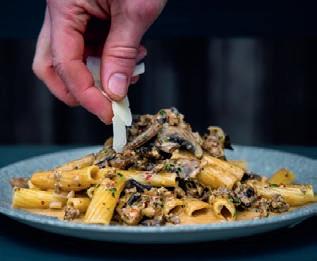
The area that makes up the North Coast 500 was never one of our culinary heartlands, but with an influx of tourists that is gradually changing.
Inverness is the start point and there are several options. At the top end of the spectrum, are the confusingly named fine diners Rocpool Reserve and the ‘original’ Rocpool, while locals swear by e Mustard Seed. For seafood, try the River House Restaurant; for pub grub the Dores Inn has great views; and for whisky try the Glen Mhor, home of the city’s only distillery, Uilebheist. Outside the city there are two well-known historic hotels with fine dining: two-rosette Bunchrew House and Culloden House.
Just across the Cromarty Bridge e Storehouse is a great refuelling point before hitting the next big concentration of restaurants in Dornoch. Here, Mara at Links House right next to Royal Dornoch Golf Club is the undisputed king of fine dining, but there’s now a new more relaxed option at the Golden Gorse restaurant in the newly reopened Station Hotel, while Dornoch Castle Hotel and Royal Golf Hotel o er variety. For casual fare, try the Courtroom or Cocoa Mountain, the chocolatiers who started at Dunnet Head.
As you head north into Caithness it’s slim pickings, especially since Ackergill Tower shut. For a light bite, I like e Granary at the Castle of Mey but my next must-stop is either the rather grand two AA rosette Forss House near urso or the Captain’s Galley on the harbour at Scrabster which sells wonderful seafood straight o the boat.
Further west, heading back into Sutherland, at Bettyhill local GP Dr Chris Duckham serves a legendary foraged eight-course dinner menu at his Côte du Nord restaurant.
Missing out the Cape Wrath peninsula and heading south down the west coast, my next stop was always seafood at the Kylesku Hotel, although it has changed hands and recent reports are mixed. Further south, the next honey pot is Lochinver, and although the Albannach is dearly departed as a gastronomic powerhouse, Inver Lodge is striving to take its
place, while Delilah’s, Peet’s and the peerless pies of Lochinver Larder are all worth trying.
e next mandatory stop is Ullapool to eat al fresco at the amazing Seafood Shack. e Michelin guide-included Dipping Lu er is making a name for itself, and a visit to the town isn’t complete without a trip to the Ceilidh Place.
If fstately ine dining is your thing, consider the venerable Pool House at Poolewe or, more likely, head to the absolutely superb Shieldaig House south of Gairloch. If you prefer relaxed gastropub fare, try out the Old Inn in Gairloch or seafood on the deck overlooking the bay at the Badachro Inn, one of my all-time favourites.
e Applecross Inn is right on the seafront and visiting is something of a rite of passage, but I’d consider heading on to the Kishorn Seafood Bar for an unforgettable seafood platter.
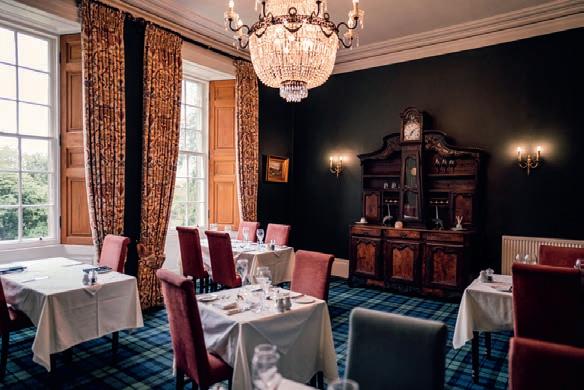
From here you’re on the homeward leg, but in the unlikely chance that you’re still hungry, I’d consider stopping at Coul House in Contin, a classic country house hotel just twenty miles west of Inverness. I’d also go o -piste on the way back and pop into Beauly to the excellent Corner on the Square deli. From there, it’s a short hop back to your start point.
NICK’S AT PORT OF MENTEITH, STIRLING is wonderful restaurant works closely with local suppliers, as well as their own fishmonger and butcher to deliver the best Scottish produce. e use of fresh ingredients also means an ever-changing menu. On a recent visit with family and friends we were welcomed with freshly baked sourdough, which was followed by a sublime plate of seafood linguine. www.nairns.co.uk, Recommended by Honor Fletcher
Isle of Harris Distillers have produced their one millionth bottle of gin. Eight years since the distillery’s o cial opening, the millionth bottle occurs as the business has grown from just 10 employees to a team of more than 50. It comes as the distillery launches its rst single malt, The Hearach. The distillers said the dram was in uenced by the island. Find out more at www. harrisdistillery.com
Loch Fyne Oysters has been crowned the winner of the Great Taste Golden Fork for Scotland. The seafood producer, based in Argyll, won the award for its Loch Fyne Kinglas Fillet. It is made from the centre cut taken from the crown of a classic smoked salmon fillet, cured with brown sugar and sea salt then gently smoked over oak shavings from a retired whisky cask. Some 14,195 product entries from 3,609 artisan food and drink companies across the world were tasted for the black and gold badge honour. www.greattasteawards.co.uk
Bon Accord Soft Drinks has a deal with Sainsbury's which will see the drinks stocked in stores across Scotland. The Edinburgh rm was founded in 1903 by the current owner's greatgreat-grandfather.

Rhubarb Soda, Cloudy Lemonade, and Ginger Beer will be on the shelves.
www.bonaccord
softdrinks.com
Nominations are now open for the 2024 Eat Game Awards. ere are eight awards open for nomination until 20 November. e awards, which launched in 2017, have grown year-on-year. e Clarendon Inn in Hebden Bridge was crowned Champion of Champions last year, and for chef Lionel Strub it was a night he will never forget.
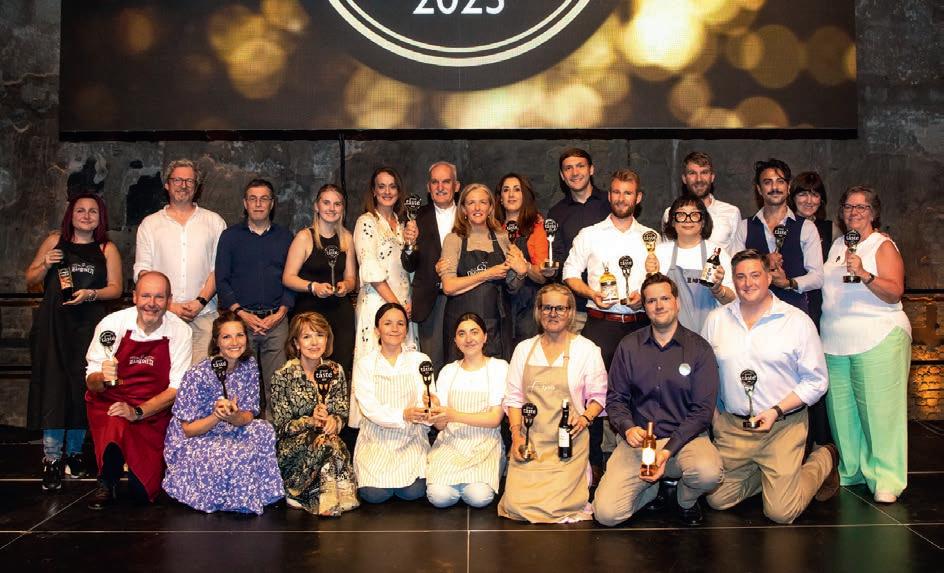
www.eatgame.co.uk
Scotland's red meat sector is now worth £2.8 billion to the economy, it has been revealed.
e figure is up 16% from £2.4 billion in 2016 when the sector was last assessed. Red meat production contributed between 36% and 38% of Scottish agricultural output in the latest five years, according to Quality Meat Scotland's latest report. A quarter came from the beef sector. www.qmscotland.co.uk
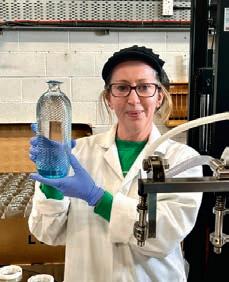
Celebrated crime writer Val McDermid confessed she wishes she’d made her popular character Karen Pirie drink whisky instead of gin. The whisky-loving author behind the Karen Pirie book series revealed she regularly receives bottles of gin as a gift from well-meaning fans. But on The Scotch Malt Whisky Society’s Whisky Talks podcast she admitted she much prefers a good single malt.
www.smws.com
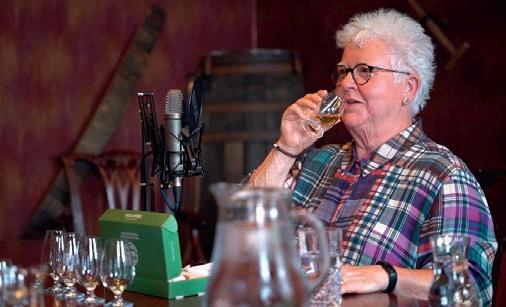
The Glen Grant Single Malt Scotch Whisky has announced its oldest ever release. The Glen Grant Devotion is a 70-year-old single malt whisky, many years in the making, and the oldest release from the distillery in its 180 years. Inspired by the reign of Her Majesty Queen Elizabeth II, this release is a tribute to 70 years of resolute service and a lifelong devotion to nature. There will only be seven handblown decanters of the whisky created. www.glengrant.com
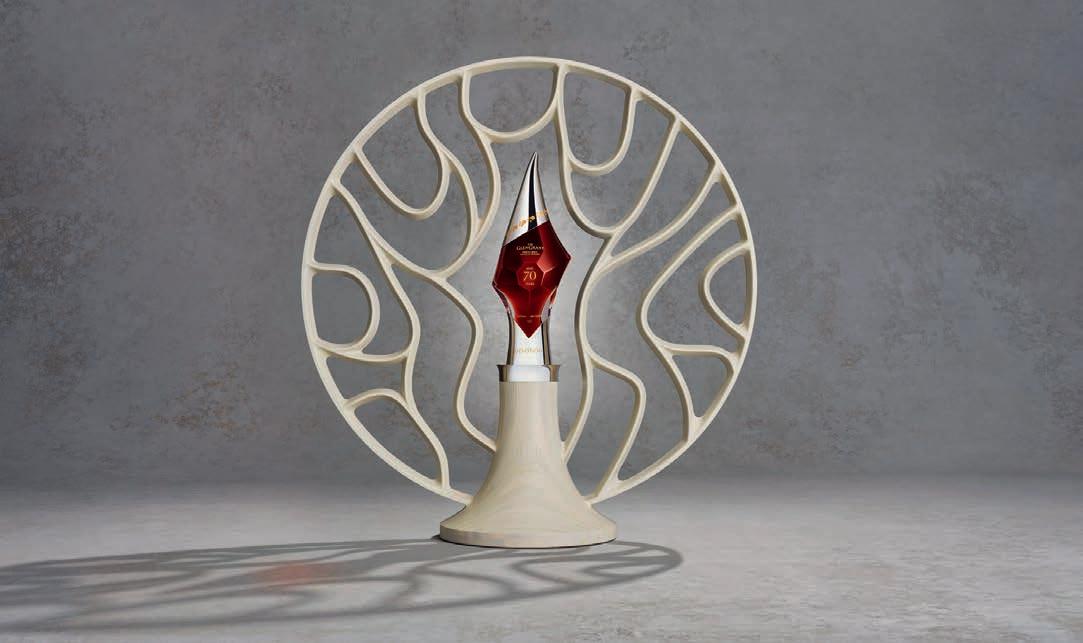
He is regarded as one of the most talented and innovative chefs in the UK today having recently been named in a top 100 list. But now chef Stuart Ralston is sharing some of his creative recipes in a new cookbook, Catalogued Ideas and Random Thoughts. Stuart used his worn recipe notebook to create the book, which he hopes will inspire people to give it a go at home. Stuart cooked all over the world before returning to Scotland where he opened three restaurants in Edinburgh. Read our full interview with Stuart at www.scottish eld.co.uk
Scottish cider producer istly Cross Cider has been crowned the UK's best flavoured cider. e business, based in Dunbar, East Lothian, picked up the award for its Whisky Cask cider. It is aged for six months in single malt Scotch whisky casks, and wowed judges with its fusion of flavours, o ering notes of vanilla and honey against an apple base. istly Cross picked up other awards for their Elderflower and Scottish Fruits ciders which gained silver medals, followed by Strawberry with bronze in the same category. eir Original Cider was awarded Silver in the UK’s Best Sparkling Cider category. Find out more on the istly Cross website. www.thistlycrosscider.co.uk
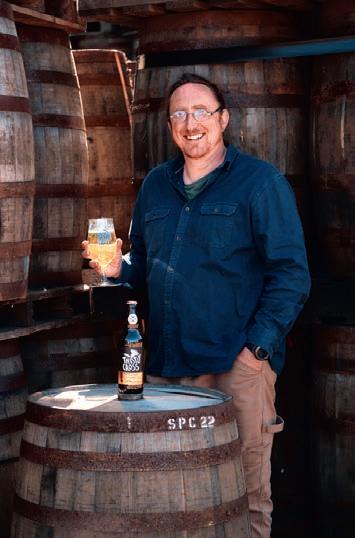
JOE
While many people dream of giving up the day job to turn their hobby into a business, not many actually do. But someone who did take the plunge is Joe Sykes, who turned his love of making gelato at home into a thriving artisan business. The 40-year-old had fallen out of love with his day job in marketing when he decided to risk it all. Joe fell in love with luxury ice cream as a child after visiting the iconic Berthillon tea room in France, but he found it hard to get anything similar at home in Scotland. Despite whipping up gelato at home with a deft hand, Joe and his wife Lucie wanted to learn more about the process and took on a two week course at Carpigiani Gelato University in Bologna. They opened Joelato in 2018 and haven’t looked back since, churning out around 2,000 litres of gelato a month. They serve up classics like rich chocolate and strawberry alongside more unusual avours like, mojito, ferdi (salted honey and honeycomb) and hazelnut, made with hazelnut butter from Italy. Like many businesses today, they have had to learn to diversify, particularly over the harsh winter months. But regardless, Joe’s living out his dream, something most of us only aspire to do. To read the full interview with Joe, go to www.scottish eld.co.uk





























































































































































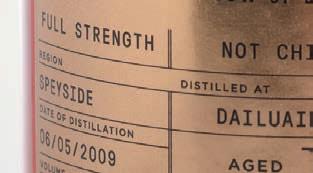

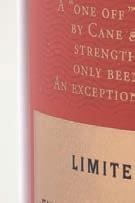
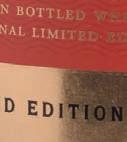

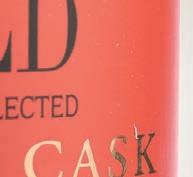





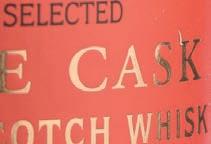




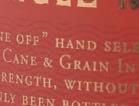


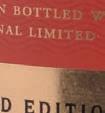







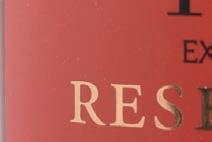


















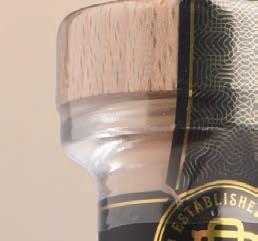



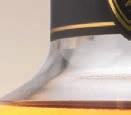








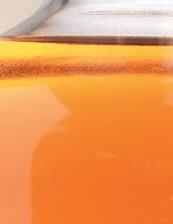

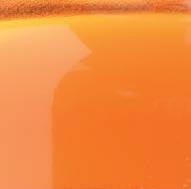










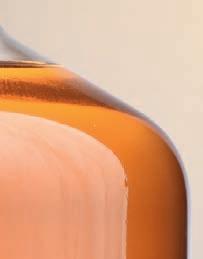











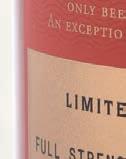
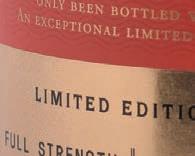




















































Altruism and whisky go hand in hand, and the Maclean family are leading the way by arranging large-scale auctions and fundraisers
The whisky industry has long been known for its charitable nature. I would not be surprised if since the early days of whisky making in Scotland, distillers were being asked to donate bottles as ra e prizes for local charities.

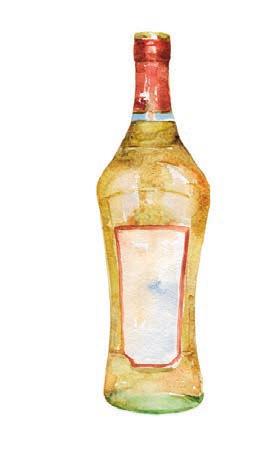
Several lots donated by distilleries to the upcoming Worshipful Company of Distillers’ One of One auction are worth hundreds of thousands of pounds and will raise significant sums for the Distillers’ Charity, with the majority going to the Youth Action Fund, which aims to improve the life chances of
Malt from Karuizawa which sold for £26,000.




Most major whisky industry businesses have a selected charity partner that they regularly work with. e company will also o en match any donations raised by charity cycles, fundraisers or adventures, which e ectively doubles the amount raised for their chosen charity.
disadvantaged young people in whisky-making communities. e first One of One auction took place in 2021 at Barnbougle Castle. Over 40 lots were sold for record-breaking prices, raising over £2.4 million for the Distillers’ Charity.



Recently, Charles Maclean MBE – arguably the doyen of whisky writing – launched a foundation with his sons Jamie, Ewan and Lachlan. e Maclean Foundation will raise funds for clean water projects through adventures and collaboration with the whisky industry.
To launch the charity, the brothers embarked on a human-powered journey rowing, running and cycling between all the Scottish malt whisky distilleries currently selling whisky. ey visited 121 distilleries and completed 2,200 miles of cycling and 160 nautical miles of rowing.
In a similar vein, I took part in the Great Whisky Distillery Challenge in 2017, visiting 60 distilleries in one day. I was chau eured the whole way and had a support vehicle. I collected a bottle at each distillery, which was then ra ed o and raised £11,000 for charity. It was a bonkers challenge, but all for a good cause.
Not to be outdone by his sons’ impressive fundraising adventures, Charlie curated a special whisky auction. e online charity auction raised £67,934.44 for e Maclean Foundation.

e sale included a very rare bottle of Single
Whisky consumers may not realise that the Edrington Group, who own e Macallan, Highland Park, Famous Grouse and other brands, is owned by e Robertson Trust, the largest grant-making trust in Scotland. It was established in 1961 by three sisters, Elspeth, Agnes and Ethel Robertson, who donated their shares in the family business (which later became the Edrington Group) to the Trust for charitable purposes. e sisters’ generosity allowed the Trust to use the dividends from its controlling stake in Edrington to benefit Scotland’s people and communities. Since its foundation the Robertson Trust has donated over £340m to charities.
Hedley Wright, the chairman of J&A Mitchell, passed away in August. He was the owner of Springbank Distillery and Glengyle Distillery in Campbeltown. It transpired that he had put the majority of the company’s shares into a trust designed to protect the distilleries’ independence, while allowing profits to be used to benefit the people of Campbeltown.
e whisky industry is fortunate to have many altruistic individuals who are committed to bettering the industry. e OurWhisky Foundation, set up by award-winning drinks writer Becky Paskin, is an advocate for women in the industry. e OurWhisky Foundation is a non-profit organisation empowering women working in whisky around the world, while advocating for a more inclusive industry.
e OurWhisky Foundation mentorship programme is a world-first, providing guidance to women looking to progress in the industry.
e six-month programme matches candidates from across the world with an experienced mentor. I am proud to be a mentor and have been partnered with two brilliant mentees so far. is fantastic initiative is now open to candidates for 2024 (ourwhiskyfoundation.org).
BLAIR BOWMAN‘Over 40 lots were sold for recordbreaking prices, raising £2.4m’
Crafted at Scotland’s Oldest Working Distillery since 1763 by hand & heart in exclusive small batches, The Glenturret Single Malt is defined by its outstanding quality and exquisite taste.


Located in the ‘Hosh’, Crieff, surrounded by beautiful Perthshire countryside, The Glenturret offers daily distillery tours, whisky flights at the Lalique Bar, a retail store including the only Lalique Boutique in Scotland, and The Glenturret Lalique Restaurant, the distillery’s Michelin Star unique dining experience.
For bookings and information
THEGLENTURRET.COM • +44 (0) 1764 656565

We invited ten lucky Scottish Field readers to blind taste 45 of the finest Scottish whiskies. e top three will be entered into Scottish Field’s Grand Final
SPONSORED BY



The Official Whisky Glass
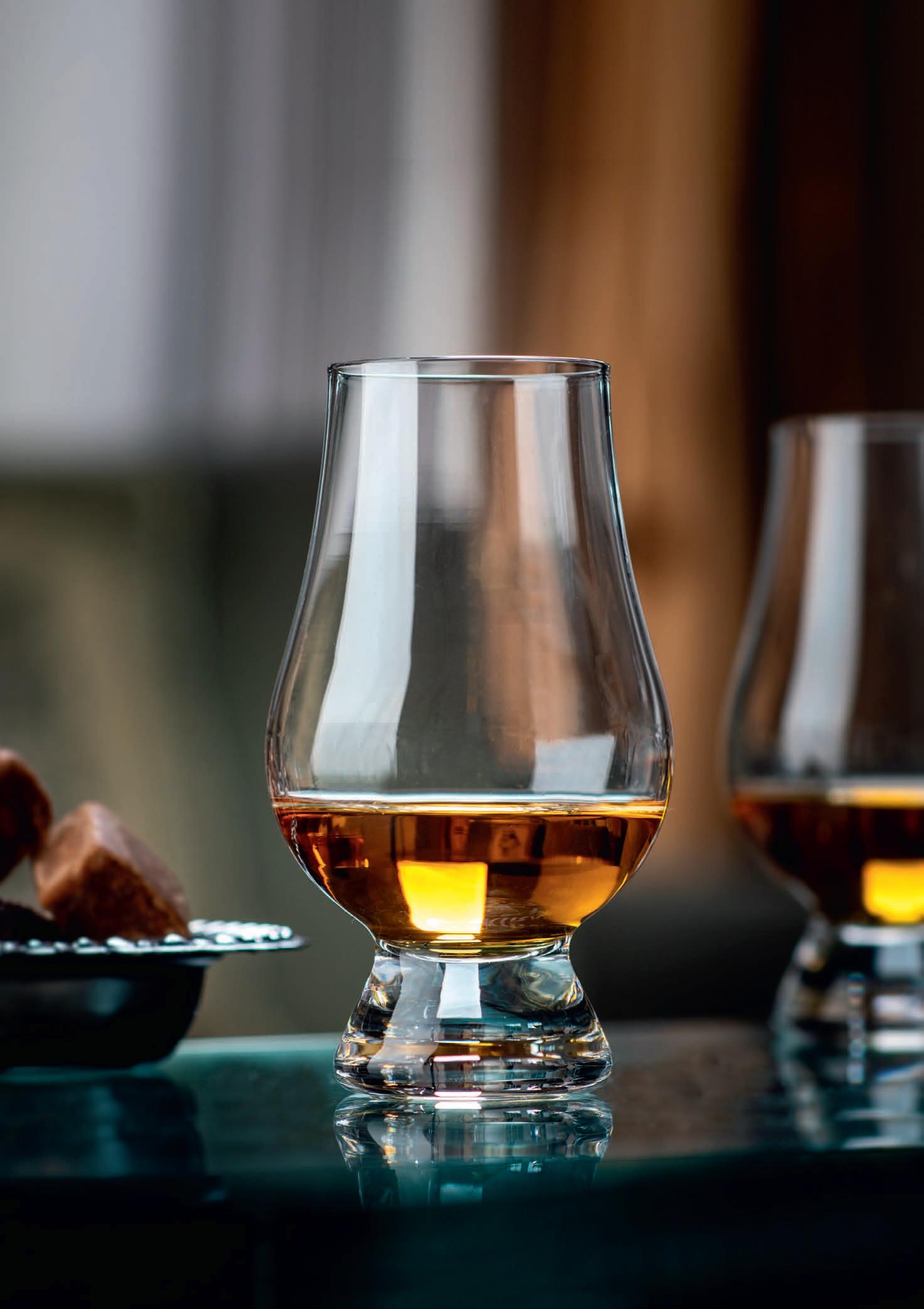

We are thrilled to present the Scottish Field Readers’ Whisky Challenge 2023
Hosted at e Balmoral in Edinburgh, we invited ten of our lovely readers with a passion for whisky to take part in a tasting of 45 di erent drams from distilleries across the country. (It’s a tough job, but somebody has got to do it...)
As ever, it was an unadulterated joy being able to welcome such keen whisky fanatics to Auld Reekie, and it was a privilege sampling the year’s new releases, discussing the subtleties of each and every dram. Our superb 2023 panel includes co-founders of whisky groups and tours, global whisky ambassadors, and lifelong water of life enthusiasts.

e Scottish Field Readers’ Whisky Challenge has established itself as an important landmark on the Scotch whisky calendar. In days gone by, it has even helped launch careers in the drinks industry.
Claire Blake

An enthusiastic novice, lover of all things whisky. She enjoys visiting distilleries, meeting fellow whisky fanatics and trying different cask nishings.

‘I was in the Readers’ Challenge years ago, it launched my whisky career,’ says Scottish Field whisky writer Blair Bowman, who is now a hugely sought-a er writer, whisky consultant and broker, and founder of World Whisky Day.







As the beating heart of Scotland’s food and drink industry and a world renowned national product, Scottish whisky is truly iconic and worth celebrating. is Challenge gains its impeccable credibility through its acutely egalitarian blindtasting process. Quality alone determines the winners as our judges select not by label, name, or price, but by taste alone.
As always, the top three whiskies go through to our Grand Final with a chance of being crowned Whisky of the Year. We would like to thank everyone for taking part and for helping us celebrate the 23rd anniversary of the Scottish Field Whisky Challenge.
With best wishes from the SF team, Sláinte!
Paul Dempsey



Whisky lover and sales and marketing director for the independent bottler which is currently developing Witchburn Distillery in Campbeltown.
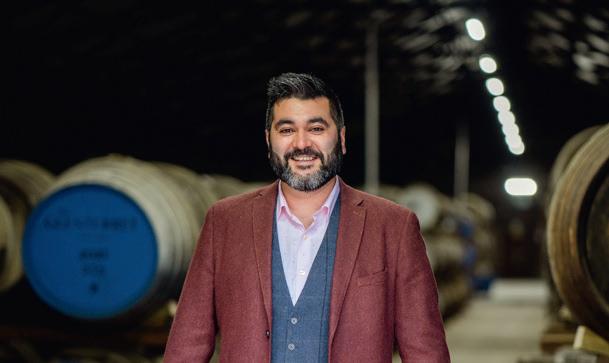










Become


















enjoys life between Edinburgh and London and as a whisky fan this event is a real highlight for her.
Colin Sim
A whisky geek since cycling to a distillery in 2015. He founded the Stonehaven Whisky Howff, a great bunch of folk who don’t take things too seriously.
Graham Spowart

Co-founder of BAWS (Bo’ness Appreciation of Whisky Society) and a whisky fanatic for years. Loves festivals, tastings, distilleries, cask strength and drams with friends.
Thomson
Nine years as Ambassador to Scotland for Glen ddich Scotch whisky. Keeper of the Quaich. When not researching or drinking whisky is found running up mountains.
If you would like to be on the Scottish Field readers’ panel in 2024, email whisky@scottishfi eld. co.uk
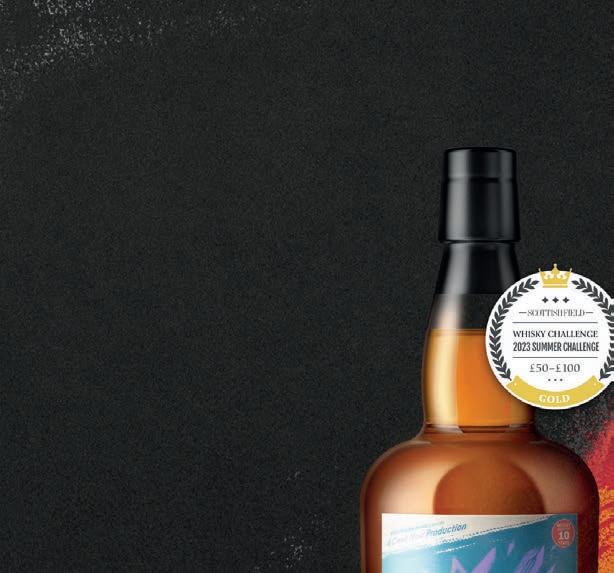
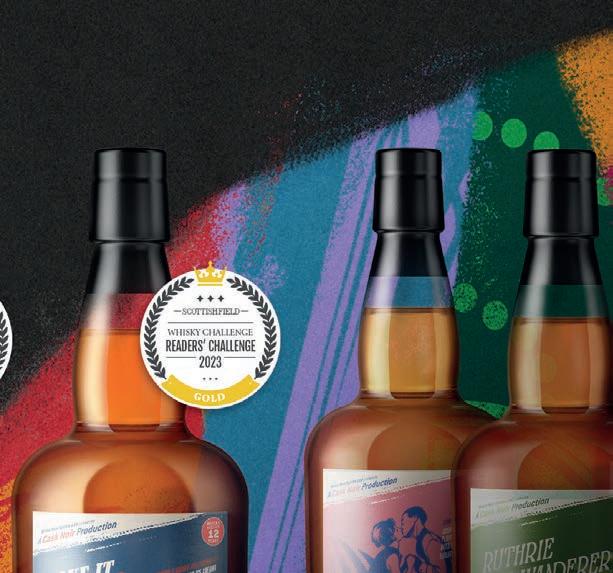

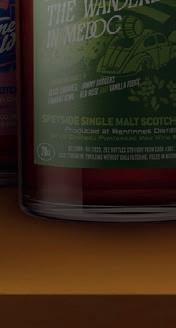

We open the competition to all the whisky distilleries in Scotland, inviting them to send in any new expressions or old favourites to take part in the Challenge. Then we fi nd ten Scottish Field readers who know their drams to form an incomparable panel of whisky knowledge. We decant the bottles into sample bottles adorned with only a number before handing them out to our judges. This year’s Challenge included bottles ranging from £25.95 to £495. But without the ceremony of opening the fancy box, there was no telling which was which.
The fi rst round is a knock-out round and our panel whittled the list of 45 whiskies down to 20. The top 20 were taken forward for the scoring round in the afternoon. Each whisky was tasted for nose, palate and fi nish and given a decimal score out of 5. We then took away the highest and lowest scores and used the remaining marks to produce an overall score for each expression.

































Cask Noir ‘Take It To The Brig’ 12YO – Brave New Spirits




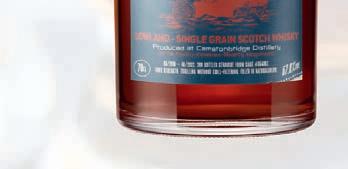

Scores 1, 4.2, 4.5, 3.95, 4.9, 4.3, 4.3, 4.2, 4.2, 4.1
Total score 33.75
Tasting notes from Mark:
NOSE: Fruity, red fruits, sandpaper and light stoned fruits.









PALATE: Fruit again. Slightly tannic with Wine Gums.
FINISH: Short but pleasant.

Woodrow’s of Edinburgh Warehouse Reserve
Mannochmore 13Y0 –Mannochmore Distillery


Scores
Total score
Tasting notes from Jim: NOSE: Furniture polish, Pear Drops and pencil shavings.


PALATE: Very sweet, ampli ed fruit, sherbet dip and green tea.
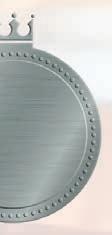



FINISH: Medium-long with cloves and ginger snaps.

G&M Distillery Labels Linkwood 25YO – Linkwood/ Gordon & Macphail









Scores
Total score 32.2
Tasting notes from Moa: NOSE: Lovely fruits on nose. Stoned fruits meet tropical, sweet malt.

PALATE: Pineapple meets pear and apple.
FINISH: Sweet nish.
The top three WHISKIES go through to the GRAND FINAL with a chance of being crowned ‘Whisky of the Year’
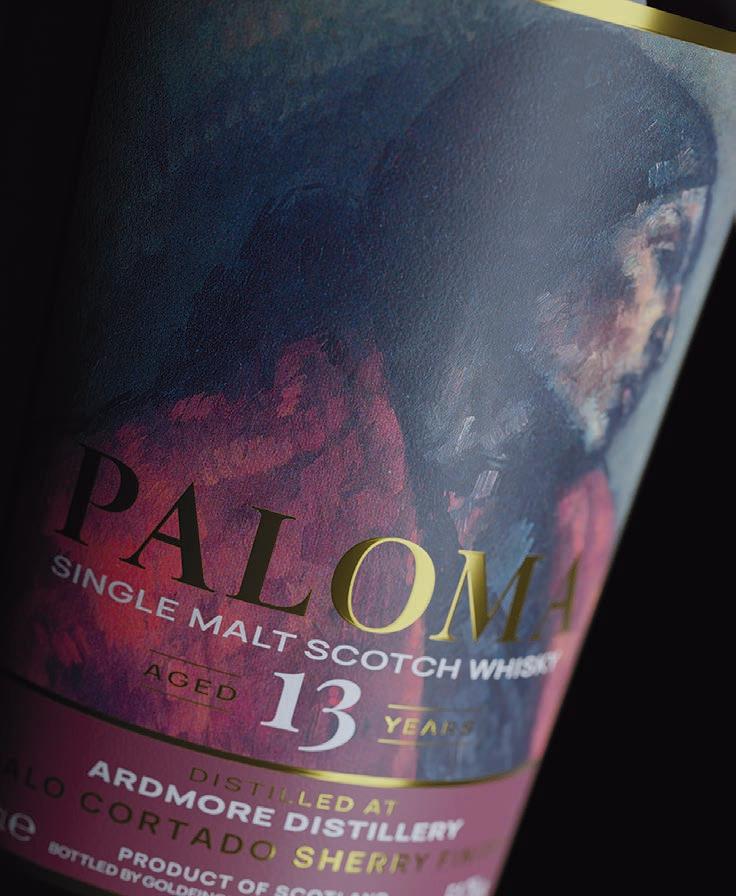

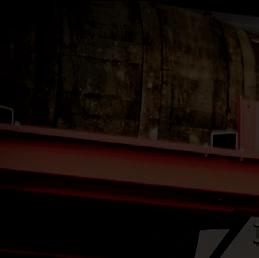






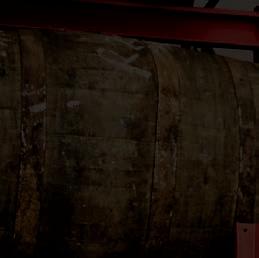





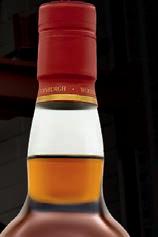
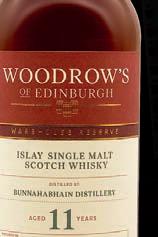
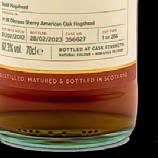
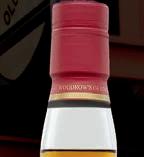
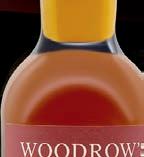
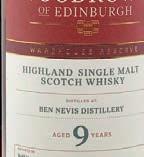
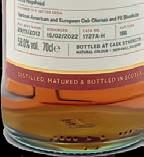

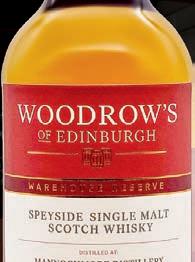
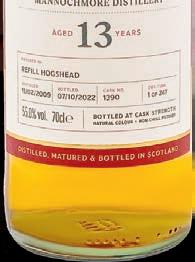

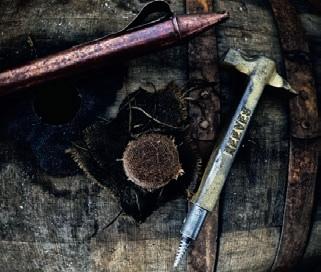














Scores 4, 4.1, 4.4, 3, 3.9, 3.9, 4.1, 4.1, 4, 3.9
Total score 32
Tasting notes from Andrew:
NOSE: Brown sugar and orange peel.



PALATE: Sweet, salted caramel and spice.
FINISH: Long spicy nish.
Scores 2.5, 4.6, 4.6, 3, 4.6, 4.3, 3.7, 3.9, 3.7, 4.2
Total score 32



Tasting notes from Jamie:
NOSE: Coconut macaroons and Ru e bars.
PALATE: Fresh summer berries with Darjeeling.
FINISH: Short but very pleasant.


Scores 4, 4, 4.8, 4.5, 4.7, 4.1, 2.8, 3.2, 3.9, 3.3



Total score 31.7


Tasting notes from Claire:








NOSE: A classic Christmas reside dram. Dark fruits and caramel.

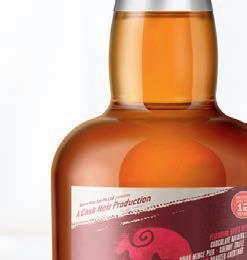

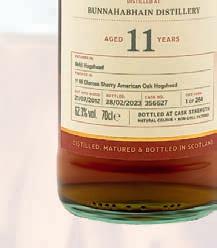
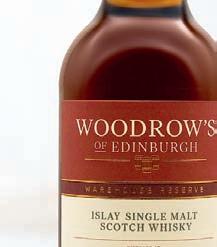




PALATE: Smooth winter spices – cinnamon and cloves.
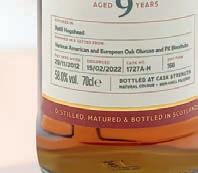
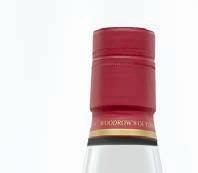
FINISH: Long and comforting.
 4 Woodrow’s of Edinburgh Warehouse Reserve Bunnahabhain 11 YO – Bunnahabhain
5 Cask Noir ‘Ivy In Love’ 12YO – Brave New Spirits
6 Woodrow’s of Edinburgh Warehouse Reserve Ben Nevis – Ben Nevis Distillery
4 Woodrow’s of Edinburgh Warehouse Reserve Bunnahabhain 11 YO – Bunnahabhain
5 Cask Noir ‘Ivy In Love’ 12YO – Brave New Spirits
6 Woodrow’s of Edinburgh Warehouse Reserve Ben Nevis – Ben Nevis Distillery
‘Coconut macaroons and Ruffle bars’
7 TB/BSW 6YO – Thompson Bros
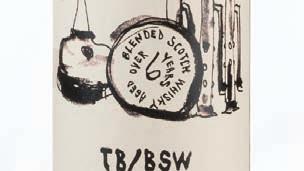

Scores 4.5, 3.6, 4, 2.5, 4.3, 4, 2.9, 4.7, 4.2, 3.8
Total score 31.3

Tasting notes from Paul:
NOSE: Fresh. Barley Sugar candy.
PALATE: Syrupy texture, oily and well balanced.




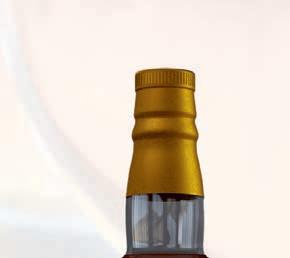
FINISH: Medium – balanced and pleasant.





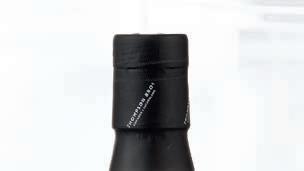
































8 Kilchoman Machir Bay – Kilchoman Distillery



Scores 3, 4.5, 4, 3, 4.2, 4, 3.4, 4.1, 4.2, 4.2
Total score 31.1
Tasting notes from Colin:
NOSE: Light ash with citrus.
PALATE: Lovely oral, earthy smoke with sweet pineapple.



FINISH: Sherried fruits and black pepper.
9 The Goldfinch Bodega SeriesLinkwood 14YO – Linkwood Distillery

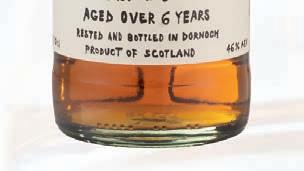

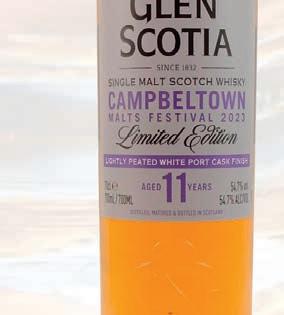
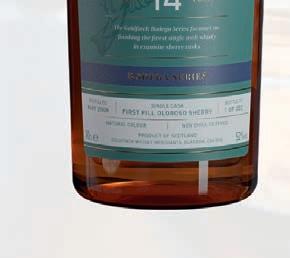
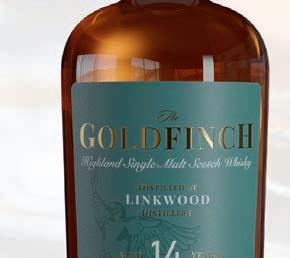
Scores 4.9, 4.6, 4.2, 4.25, 3.1, 4.1, 3.9, 3.6, 2.9, 3.3
Total score 31.05







Tasting notes from Anna:
NOSE: Stunning. Perfect for that ‘Shall we have a night cap?’ moment.
PALATE: Soft.
FINISH: Lovely.
10 Glen Scotia Festival Edition 202311YO – Glen Scotia



Scores 2, 4.3, 4.2, 3.75, 4.3, 4.1, 2.9, 3.8, 4, 3.9
Total score 30.95
Tasting notes from Graham:
NOSE: Fragrant heather.
PALATE: Interesting. It’s still heathery but it has brought a bit of old leather bound books to the party.
FINISH: Long and quite nice really.




















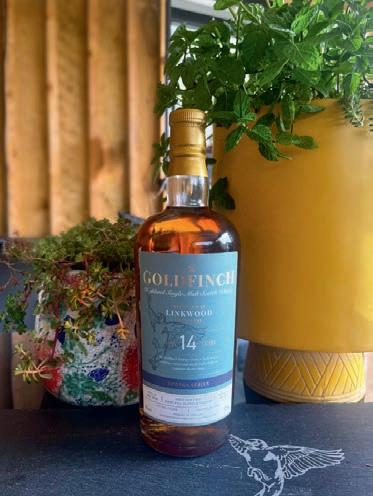
1. GORDON & MACPHAIL: Introducing two new exclusive single casks from G&M Retail: Clynelish 2008 and Inchgower 2009. Both bottlings are available in limited quantities online and in their Elgin Store. T: 01343 545110, gordonandmacphail.com
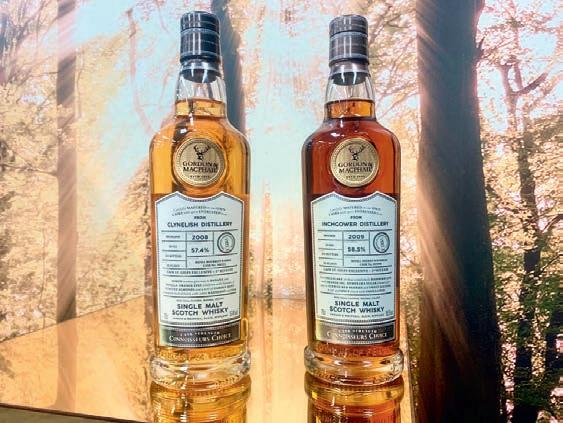
2. LOCHLEA: Lochlea Distillery is an exciting new family-owned farm-to-cask whisky distillery in the heart of Ayrshire. iscover its award winning range of whiskies online. E: info@lochleadistillery.com, lochleadistillery.com
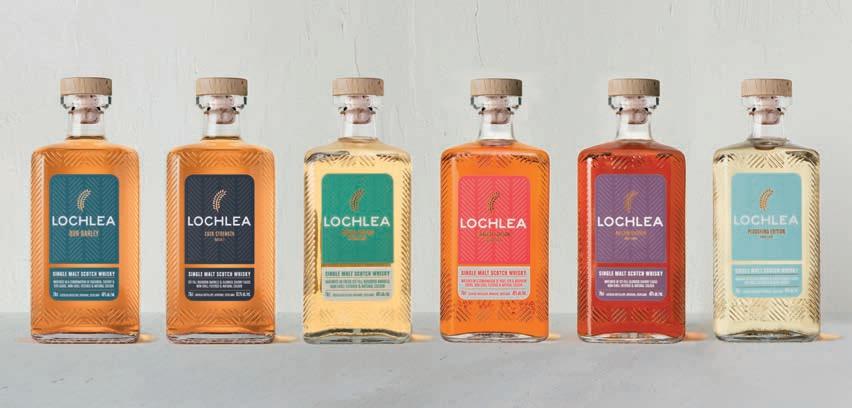






3 ANNANDALE: Discover STORYMAN, the new premium blend whisky, expertly created by Annandale Distillery. Personally selected by renowned actor and raconteur, James Cosmo. The perfect blend for sharing this Christmas. T: , storymanwhisky.com
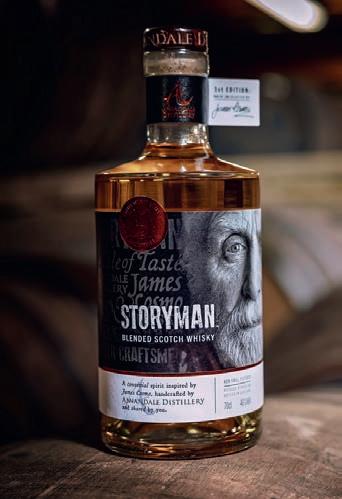
4 GOLDFINCH WHISKY: An award-winning independent bottler. Their focus is quality, and they use only the best casks from Europe for their sherry and wine finishes. Available to ship worldwide. E: info goldfinchwhisky.com, goldfinchwhisky.com


5. BRAVE NEW SPIRITS: Distilled at Cameronbridge Distillery, matured in a single PX Sherry Hogshead for years and bottled at natural cask strength. Boasting avours of treacle and Spanish ice cream, only bottles were produced. T: , bravenewspirits.com
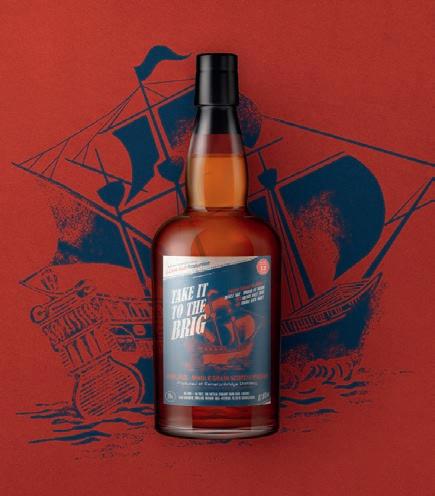
6. THE GLENTURRET: The lenturret Peat Smoked edition embodies the landscape. A rich, complex avour profile, harmonising the sweetness of their new make spirit with fresh oak, vanilla, and a subtle, lingering smoke. . T: , theglenturret.com






Scroll through the advice on the Energy Saving Trust’s website for anyone who wants to install a renewable energy device at home and there are recommendations that seem fairly obvious. Find a reputable installer, get a quote, check planning permission.
But how about ‘check your insurance policy’? at’s one eye-catching piece of advice that may not immediately spring to mind among the excitement of going green.
‘ e best advice is not to leave the insurance to the last minute as an a erthought,’ says James Cuthbertson, an account executive at insurance broker Lycetts. ‘Speak to the broker or the insurance agent about what you’re intending to install.
‘It’s the same when you’re building a house – everyone gets very excited about the design and the structure. ere’s so much to consider that, very o en, the insurance angle becomes an a erthought.
‘If someone is investing, say, £10,000 or £15,000 on a domestic scale or £100,000 on an estate scale then they’re going to want to protect the asset with insurance cover. You don’t want to spend that kind of money and then find out you’ve bought something that’s not deemed desirable by the insurance industry.’
Cuthbertson points out that people fitting a domestic solar panel system to
their house need to tell their insurance company or broker. ‘In insurance parlance, it’s called a “material fact”, so you need to make your insurer aware,’ he says.
He highlights a recent case in which a fire was caused by a faulty inverter, the equipment that changes the direct current (DC) from the panels into an alternating current (AC) that can be used in the house. If the insurer hadn’t known about the solar panels on the house then that might have been a consideration for the loss adjustor when making their assessment.
On a larger scale, insurance brokers also advise estates that plan to erect wind turbines or install run-of-river hydro-electric schemes to give them a call at an early stage in the process, so that they can o er advice on which turbines and other equipment can be insured. ‘As the renewable energy industry progresses, we’re starting to identify issues that particular turbines have, so we can flag that at an early stage and help make the decision of which manufacturer to choose,’ explains Yvonne Miller, renewable energy client director at insurance broker Bruce Stevenson.
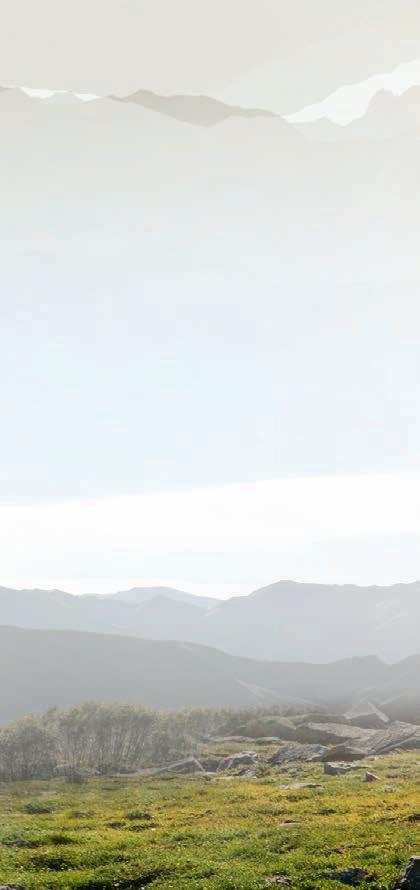
‘Your broker should know the appetite of the insurers that o er cover. e market doesn’t have a huge number of insurers, it’s fairly limited, so if you happen to pick the wrong manufacturer then it could mean you can’t get insurance in place.’
Talking to insiders from the insurance industry, German wind turbines tend to be favoured by insurers. In contrast, usually there are fewer policies available to cover turbines from manufacturers in the Far East.
Typically, insurers o er competitively-priced policies for wind turbines that can generate 500 kilowatts (kW) of power or more, along with hydro schemes with a capacity of 100kW or more. Smaller projects tend to attract fewer o ers of cover on reasonable terms.
Miller points to the importance of finding out the service
If wind turbines, solar panels, or other renewable ener devices are on your shopping list then don’t forget to check about insurance, writes Peter Ranscombe
levels available from the wind turbine manufacturers, including how long it will take them to repair faults. ‘Part of the cover that we o er is to protect the revenue that the turbine generates, and we’re finding that the claims are taking longer,’ she says.
‘For instance, if a turbine breaks down due to a fault in its generator then that will be covered by the manufacturer’s warranty. It’s taking some manufacturers so long to get on site and fix problems that the loss of revenue claims are increasing substantially.’
e same is true for hydro schemes, with service agreements varying widely.
‘At the beginning, it’s always best to have the highest level of service agreement available from the manufacturer, and that will be reflected in the premium and the terms that you’re able to get from insurers,’ Miller adds.
If estate owners are borrowing money from a bank or other lender to fund their wind turbines or hydro schemes then Miller highlights other factors they also need to consider. Having the right insurance policy in place can also protect owners’ income if there are

delays during the construction phase.
‘Don’t just rely on the contractors’ insurance – have your own policy in place too,’ she says. ‘If you’ve got an anticipated completion date of December, but something happens on site and that anticipated completion date is pushed back to June, then that’s six months when you were meant to be making an income and aren’t, so the insurance should pick up that loss of revenue.
‘Even though your contractor has insurance in place, they can’t insure your potential loss of revenue, because they don’t have what’s called an “insurable interest” in the project’s income. By having your own construction insurance in place you can protect your future income from any incidents on site during the construction period – and the way insurance works, you can’t just insure your loss of revenue, you have to insure against the material damage as well.’
Soaring power prices following the end of the coronavirus lockdowns and Russia’s invasion of Ukraine have also stoked a renewed interest in renewable
energy devices from rural businesses. When it comes to people who live and work in the countryside, that line between home and business o en becomes blurred – if you live on the farm that you run then chances are the same electricity is going to be powering your house as your farm.
‘Renewable energy is very much a hot topic at the moment,’ agrees Cuthbertson. ‘Since the Renewable Heat Incentive (RHI) scheme was curtailed by the UK Government, you don’t see many inquiries about smaller biomass.
‘Instead, the technology of the moment is definitely solar photo-voltaic (PV) in farming and the wider rural world. Anybody with an intensive use of electricity – whether that’s field vegetable growers, potato growers, people with cold stores, or any dairy farm, where they have a need for hot water and a lot of electricity for cooling milk – if they don’t already have a PV system then they’re probably thinking about it.
‘Although the feed-in tari has ended as well, the way electricity prices have gone means the costs of these systems invariably stack up in their own right, even without government support, depending on the system and the set up.’
‘Insurance brokers advise estates that plan to erect wind turbines to give them a call at an early stage’
Our team can repair and service most popular makes of watches, including Rolex, Breitling, Omega, Longine, Car�er, Jaeger, IWC and many others. Fully accredited and usually with savings on ‘high street’ prices. We also have an enviable reputa�on for servicing older and vintage watches, including an�que pocket watches.
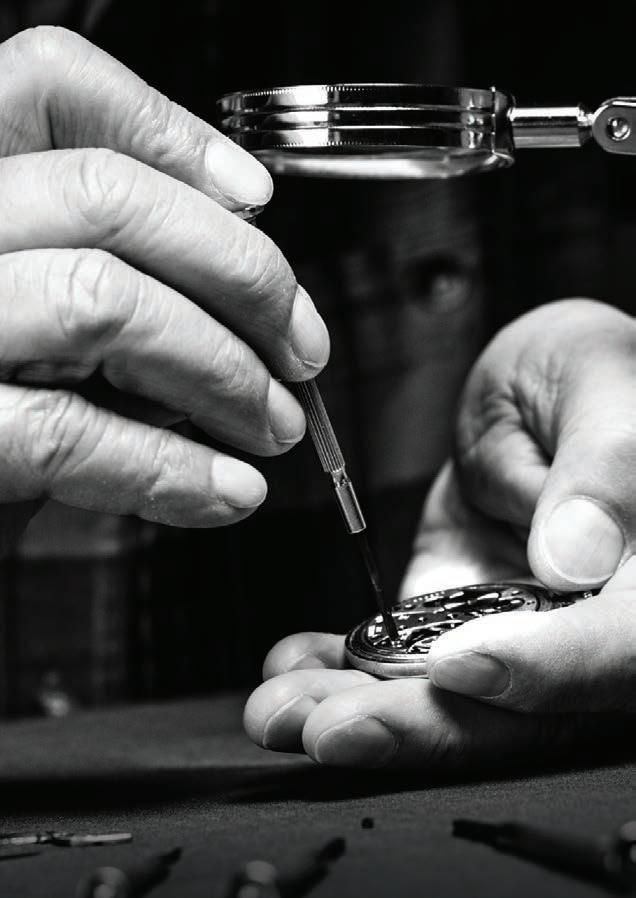

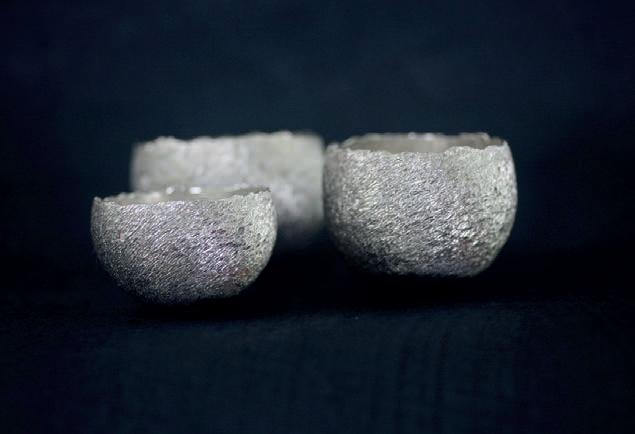





remodelling




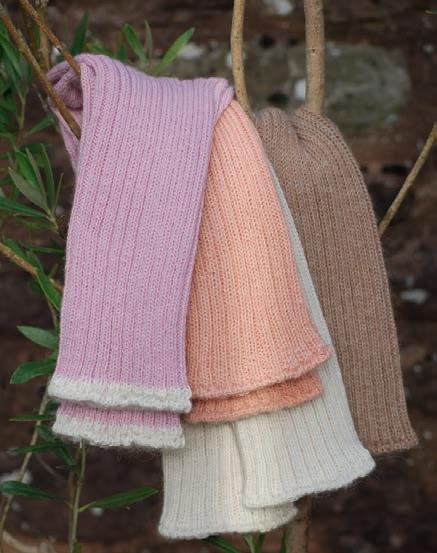
Our team can repair and service most popular makes of watches, including Rolex, Breitling, Omega, Longine, Cartier, Jaeger, IWC and many others. Fully accredited and usually with savings on ‘high street’ prices. We also have an enviable reputation for servicing older and vintage watches, including antique pocket




1 MALCOLM APPLEBY: Whatever the occasion, Malcolm Appleby creates masterpieces! Birch Tree Bangles in silver and bronze – prices from . , swapp dircon.co.uk , @malcolm_appleby_engraving
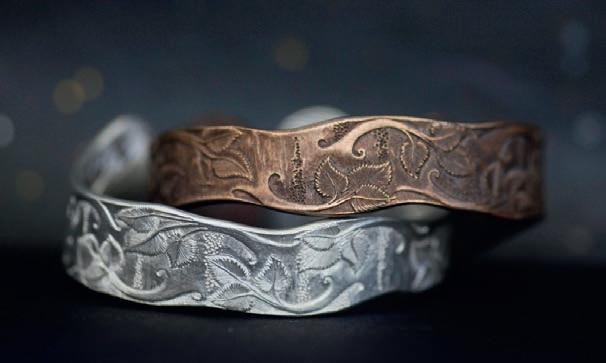
2. THE HOUSE OF BRUAR: The classic duf e design is brought bang up to date in beautiful British Tweed featuring a ip and horn toggles with leather tabs, and button front ap pockets, adjustable cuffs and a branded lining. TS British Herringbone Tweed uf e Coat . Tel: , www.houseofbruar.com
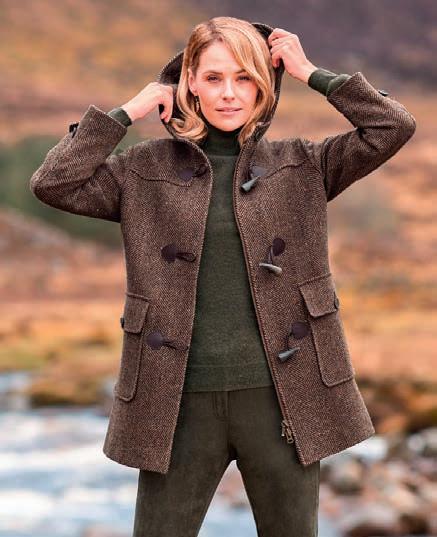
3. PERILLA: abulous thick alpaca walking socks keep toes toasty in the coldest weather. Alpaca fibre is as soft as cashmere but far more hardwearing. The natural palette of colours includes sedge green and mulberry to vibrant tones of raspberry and purple. Available in four si es. Tel: , www.perilla.co.uk
4. JOYCE YOUNG: Cosy up in style with this luxurious collection of long sleeve velvet day dresses, made to order in si e . rder yours online today. Tel: , www. joyceyoungcollections.co.uk/winter-casual-chic

5 LOCHCARRON: Lochcarron of Scotland is the world’s leading manufacturer of authentic tartans. Based in Selkirk in the Scottish Borders. Waverley ill, ogers oad, Selkirk T . Tel: , lochcarron.com
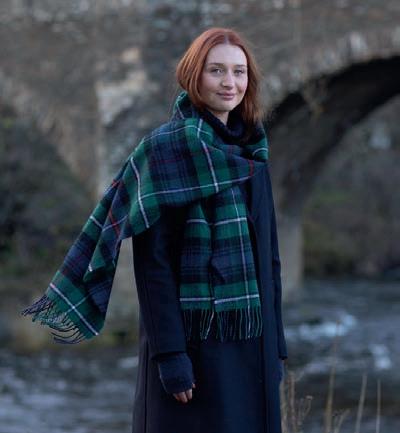
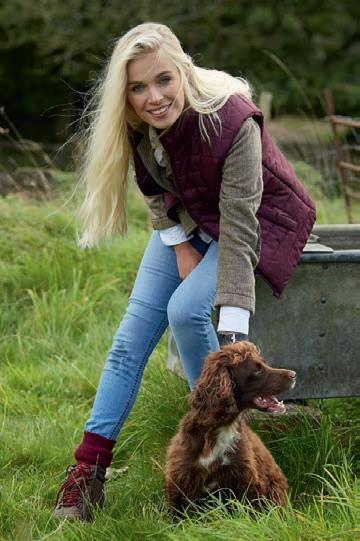
6 HAWICO: Since , a family business crafting luxury cashmere garments of uncompromised uality. Always made in Hawick. Edinburgh: rassmarket, EH H . elso: Bridge Street, T . Turnberry: Turnberry esort, A LT. Tel: , www.hawico.com

7. GAMMIES: The Harley of Scotland airisle jumper in ist shade, pure new wool. ind a selection of Scottish knitwear online or visit the showroom in orfar, Angus BT. Tel: , www.gammiescountryclothing.co.uk
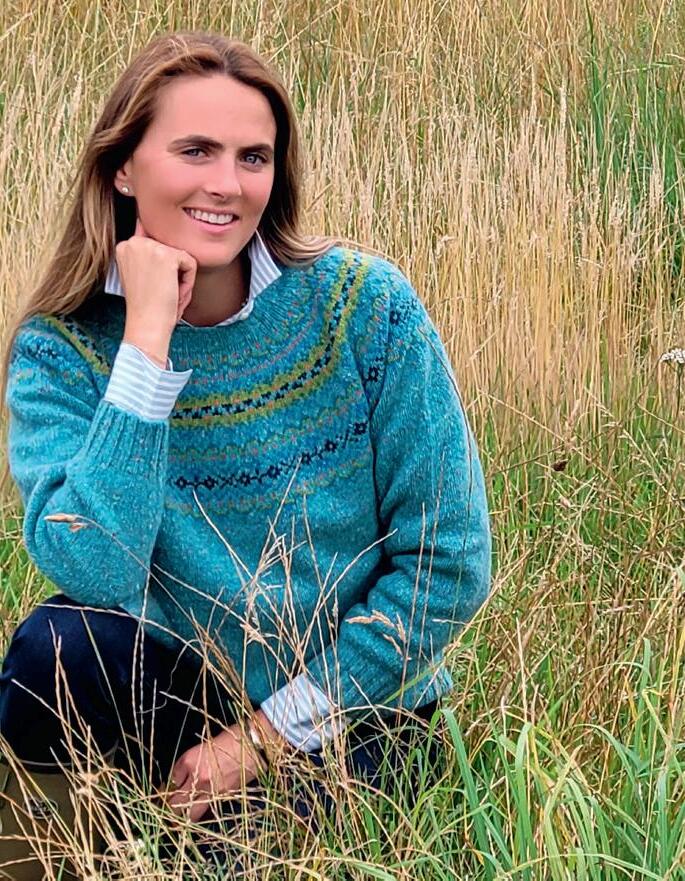


















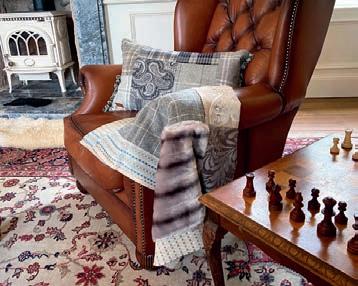


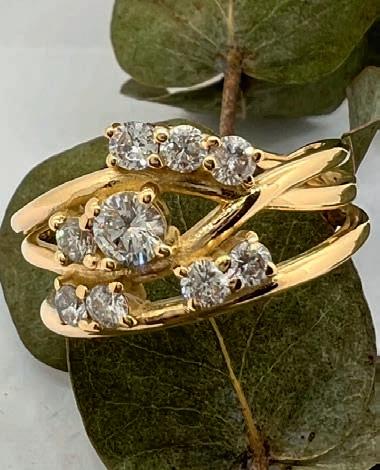
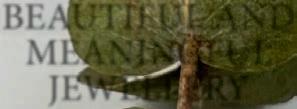


























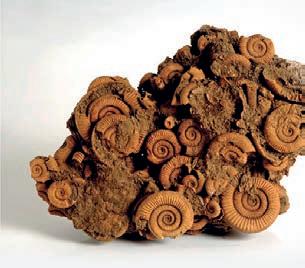

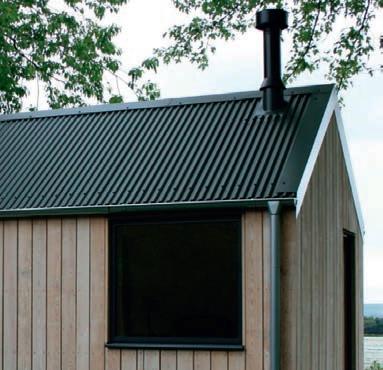









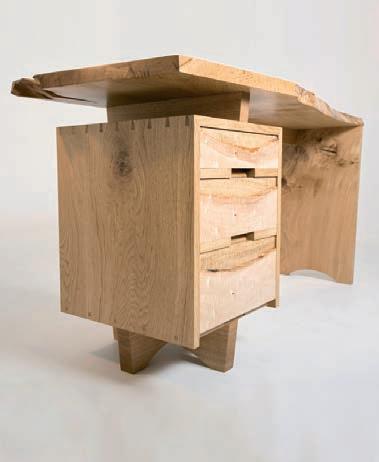






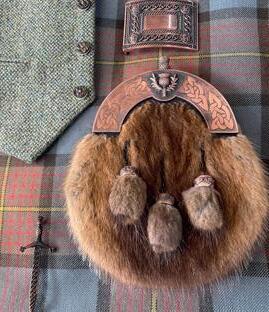












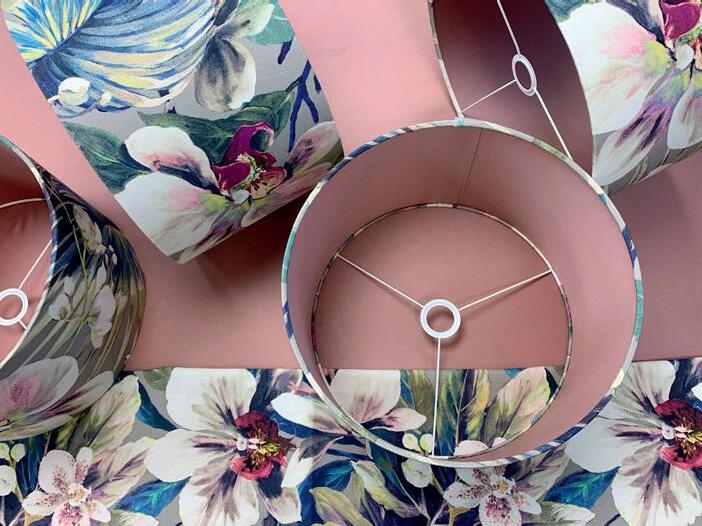
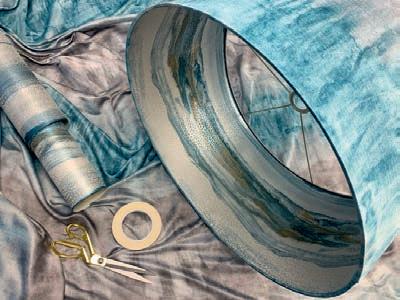
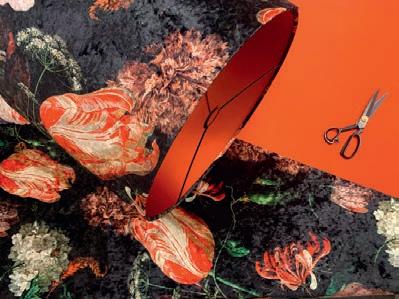
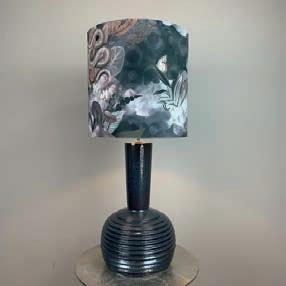
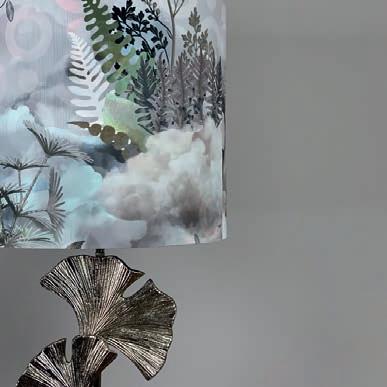
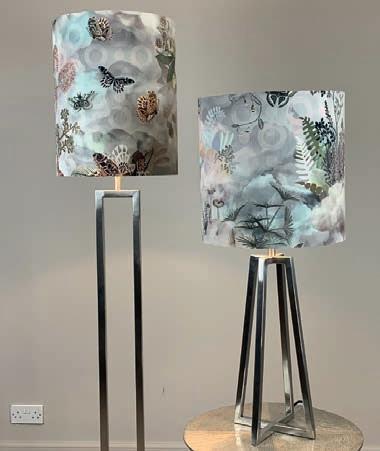





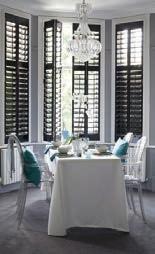

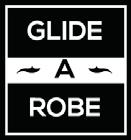




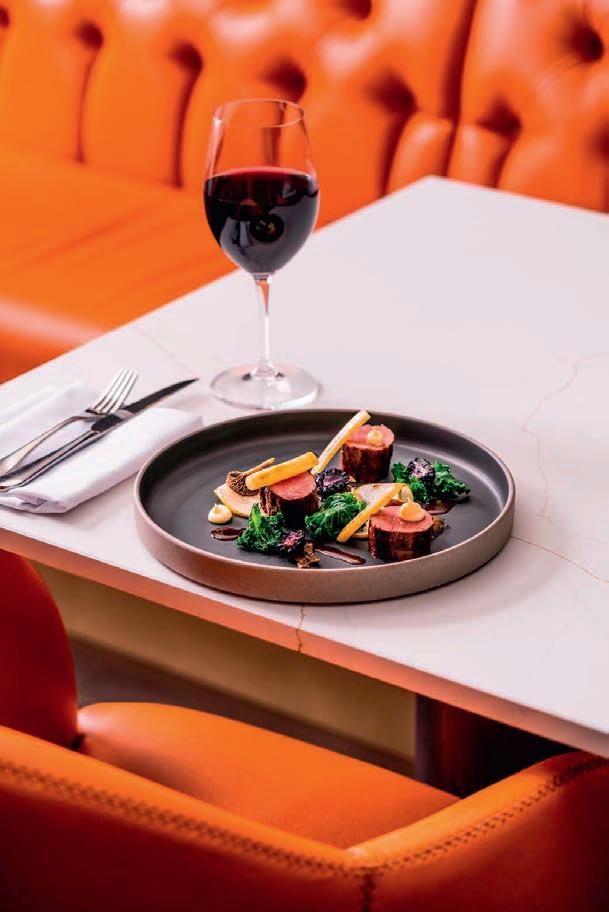


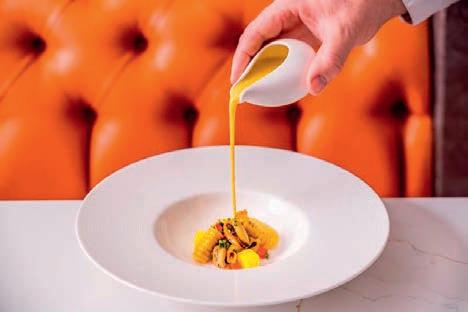

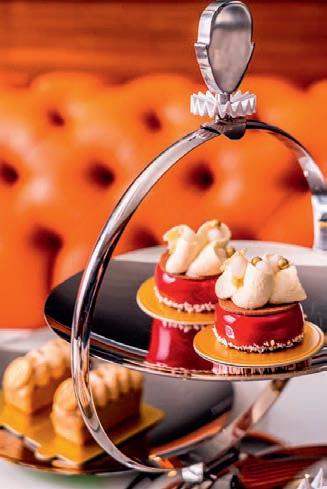




One of the things we were looking forward to most about our weekend away at Wester Delfour Cottages on Alvie Estate in the Cairngorms was the journey, which was almost as enjoyable as the stay itself. Beautiful weather and driving through some of Scotland’s most stunning scenery was the perfect start to the weekend.
On arrival at the cottage, along a farm track surrounded by beautiful countryside, my son immediately spotted the zip wires. Along with quad bikes, clay pigeon shooting and archery this is the perfect destination for those looking for an action packed weekend – it’s brilliant for the older kids as well.
The cottage was beautiful – recently renovated with modern textiles, carefully chosen wallpapers and soft furnishings, although many of the original features are still there. The whole space has a very comfortable and welcoming feel to it and couldn’t be faulted.


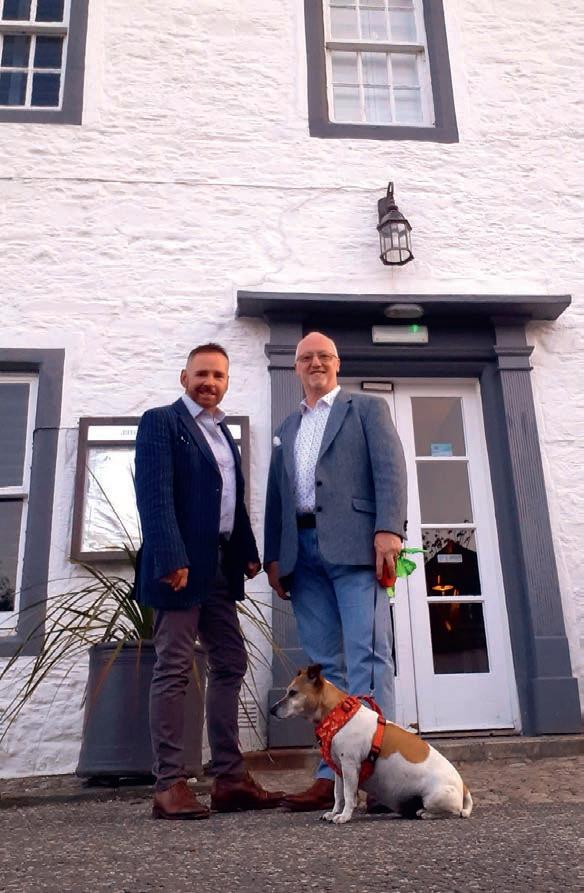
We took a 10-minute drive into Aviemore where we visited Spey Valley Shopping – selling fresh local produce, drink, homewares and gifts. We picked up some food and headed back to the estate to get the hot tub and repit lit.
We had the most wonderful evening – amazing food on the BBQ, stunning views of the Cairngorms and a few hours in the hot tub. We were only a few hours from Edinburgh but felt like we could have been anywhere – it was a completely tranquil and relaxing weekend.
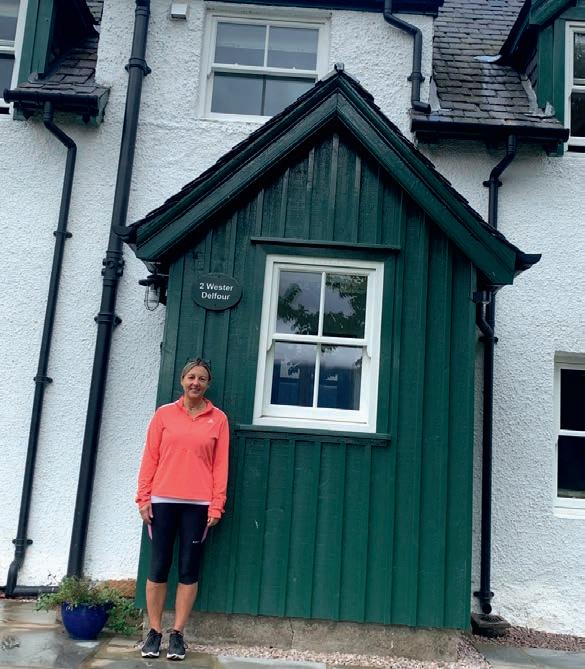 BY MALCOLM FERRIS-MCCULLOCH AND RICHARD
BY MALCOLM FERRIS-MCCULLOCH AND RICHARD
Wow, what can we say! This was a wonderful experience. After a beautiful journey south through the Dumfries and Galloway countryside, we arrived at the Murray Arms in Gatehouse of Fleet. The historic accommodation is situated at the top of the town’s main street, beside a pretty clock tower. The Murray Arms has been recently refurbished to an incredibly high standard, with particular attention to detail (I loved the thistle ends on the stair rods). Our room was sumptuous and tastefully decorated, and our dog Willow had her own large anti-anxiety bed.
For anyone looking to pursue some outdoor activities, this is a good base. A short drive, cycle or walk to the Solway coast for canoeing or shing, and inland to forest walks or bird watching in outstanding countryside.
Our evening began with a taxi provided by the owners, to a stunning, state-of-the-art restaurant called Gather. The restaurant and breathtaking wedding venue boast jaw-dropping views over the Solway Firth towards the Isle of Man. The food, wine and service were all exquisite, chosen from a unique and tempting menu.
The following morning we were served with a generously portioned and delicious breakfast. Afterwards, the owner, Vicky, introduced herself and we shared our stay experience with her. The whole business package here is a real gem for this stunning part of Scotland.
What better way to spend a day than out and about enjoying Scotland’s glorious countryside – and the experience is all the better when you can return to a beautiful place to rest your tired bones and relaxThe Murray Arms
Taking the scenic route up the A93 from Blairgowrie we turned left over the River Ardle in Kirkmichael and arrived at the aptly named ‘Our Cabin in the Woods’. Nestled in a majestic forest of Scots Pine, the cabin blends into the landscape with its turf roof and extensive grounds, allowing two-legged and four-legged occupants free range through the heather.
Located on an intersection of the Cateran Trail, the cabin is ideally suited to walkers, or for the more coffee and cake inclined, there are short walking routes around Strathardle with the village shop in Kirkmichael providing refreshments in its small cafe. The delights of Pitlochry, Blairgowrie, Dunkeld and Aberfeldy are all a short drive away should you fancy a trip to the theatre, distillery or a greater choice of pubs and restaurants.
The cabin was built in the 1970s and sleeps ten in three double rooms and two bunk rooms. There are two woodburning stoves with plenty of wood and comfy seating to soak in the forest views. There is also a separate building with pool table, TV, table tennis and darts should the weather drive you inside. We struck lucky with the autumn sunshine and were able to eat out on the patio and take advantage of the wood- red hot tub.
BY FIONA AND ROY MCLELLAN FROM TAYPORTWe had the pleasure of staying at The Dell at Glenlivet in a luxury eco-cabin nestled in the forest and it was an extraordinary experience. This two-night retreat offered the perfect blend of outdoor pursuits and some pure indulgence.
A lot of thought has gone into the design, looking at minimal impact on the beautiful surroundings. Equipped with modern amenities, the accommodation provided everything you need for a perfect stay. The state-ofthe-art shower room was wonderful, but the experience of bathing outside on the covered veranda with a breathtaking view was truly special. How often do we take the time to truly wind down and absorb scenery, fresh air and the sound of the birds singing?
To sink into the incredibly comfy big bed after a day lled with outdoor adventures ensured blissful sleep.
The veranda offers the joy of a sheltered outside sitting room with the luxury of a log-burning stove. Soft blankets and furry rugs allow you to coorie up and ensure comfort even on the chilliest of nights.
One of the greatest joys of this retreat is the serenity it provides. There are outdoor pursuits, forest walks, cycling, shing and water sports available locally. Glenlivet is a dark sky park and for my husband visiting the world-famous Glenlivet distillery was an absolute treat.
The real star of the show is the forest setting, providing complete tranquility and seclusion and made for a truly relaxing break. DELL FARM, GLENLIVET AB37 9AP the-dell-atglenlivet.co.uk
ourcabininthe wood.com
From £1,200 for three nights.
1 Wester Delfour Cottages
Tel: 01479 420670
2 The Murray Arms Tel: 01557 840206
3 Our Cabin in the Woods Tel: 01333 312230

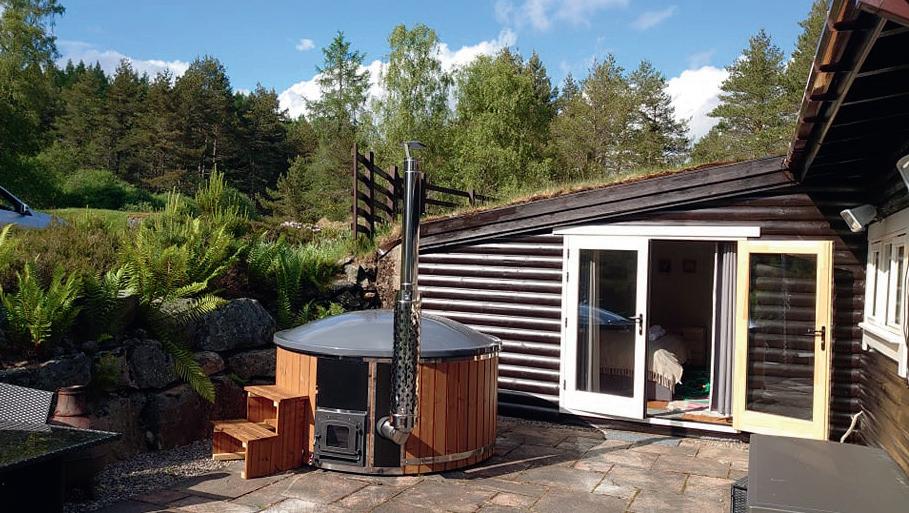

4 The Dell at Glenlivet Tel: 07801 367713
Whether seeking adventure, a romantic getaway, or just a chance to relax, this gem is a ve-star experience.
From £180 per night (two night min stay).
If you are a subscriber and would like to spend a free night away in one of our chosen establishments and send us your review, then please email us on editor scottish eld co and incl de yo r s bscriber n mber erms and conditions a ly

Gorgeous, well equipped holiday cottages with loch views, all in glorious Argyll. The perfect, comfortable, relaxing base for exploring all this wonderful area has to offer. Our cottages are in Strachur, St Catherines and Newton sleeping 4 - 10 people.

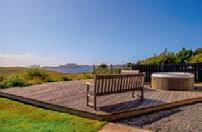
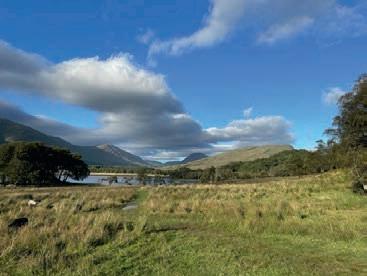

www.holidaycottageswestcoast.co.uk Tel: 07585709992 email: amanda@holidaycottageswestcoast.co.uk





Fully refurbished riverside cottage in the grounds of Robert Burns’ Ellisland Farm. Sleeps 3-4. Pet friendly.

Now available for booking: info@ellislandfarm.co.uk 01387 740426 www.ellislandfarm.co.uk
High Trodigal is the ideal location to enjoy a relaxing autumn break in Kintyre. This unique cottage offers luxury and comfort, sauna, spa bath, log burner, underfloor heating, soft towels, cosy dressing gowns and cool cotton bedding as well as spectacular views and a super welcome box of local goodies and champagne. stay@hightrodigal.co.uk Call Linda and Mike01586810305
Luxury holiday home in Edinburgh

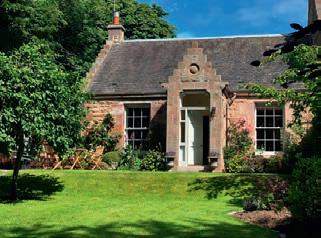
Experience Scotland’s breathtaking landscapes
Rock House is a historic gem in the heart of din urgh. rom its secluded posi�on at the foot of Calton Hill, it has an elevated terrace which has wonderful panoramic views over the sites of the City.

Web: rockhouse-edinburgh.com

Email: team@amore-property.com
Tel: Marco on (07596 486 958)
From stunning St Andrews townhouses to romantic coastal retreats Fife Cottages have something to suit everyone. Visit us at fifecottages.co.uk or call David,Gillian or Emma on 01334 208330

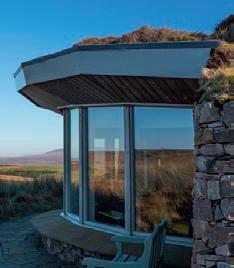


Each lodge sleeps 8, hot tub, sauna, dog friendly, stunning views. Ideal for enjoying your outdoor pursuits or just to simply chill and enjoy the tranquility. bookings@highlandlodgeescapes.co.uk 07719501964
www.highlandlodgeescapes.co.uk


Fabulous turf-roofed lodges sleep 2-4 guests in a spectacular location on Islay. Get away from it all for longer with our extra night offer on 4-night minimum bookings in October. Winter rates November to March. Wood burner, sauna and exceptionally comfy beds. Panoramic winter skies. Dogs welcome.
www.coillabus.com

Use code SF50 for £50 discount
Country living in the heart of the city www.glenlockhartcottage.co.uk +44(0)7887 571 770






Explore history, castles, traditions & culture. Meet the locals and sample Scotland’s finest food and whisky!
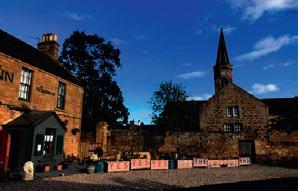

Nurture in nature and add a mindfulness experience if you wish

Bespoke individual adventures & tours made for you. Get in touch www.starfishtravel.scot


The Journey of the soul is so good for your mind. Kings of Scotland chose this bonnie bountiful location and named it their Kingsbarns. They stored their grains here because of its beautiful rolling farmland, forests and invigorating beaches where they built a harbour. Refresh your Soul and Mind, call us 01334-880-778

Two traditional Orkney cottages which have been totally renovated, with all modern comforts.
Two traditional Orkney cottages which have been totally renovated, with all modern comforts.
Two traditional Orkney cottages which have been totally renovated, with all modern comforts.

Situated just over a mile from Skara Brae and the beautiful sandy Bay of Skaill.
Situated just over a mile from Skara Brae and the beautiful sandy Bay of Skaill.
Situated just over a mile from Skara Brae and the beautiful Bay of Skaill.
Christmas and New Year stays available.
Within easy reach of Stirling Castle, Victoria Square and the Orangery offers 5-star luxury accommodation and innovative fine dining. A warm welcome and award winning service awaits!





Tel: 07753 378917
Christmas and New Year stays available.

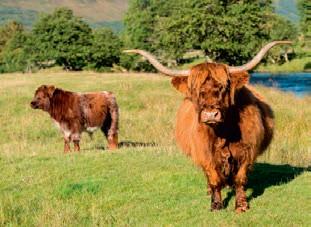
Tel: 07753 378917
Book
Tel: 07753 378917


info@orkney-accommodation.co.uk
info@orkney-accommodation.co.uk
www.orkney-accommodation.co.uk
info@orkney-accommodation.co.uk

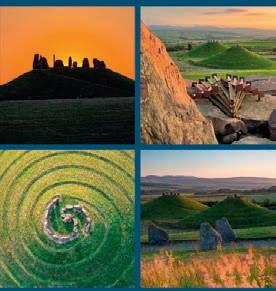
www.orkney-accommodation.co.uk
www.orkney-accommodation.co.uk


A Scottish themed wedding barn, ten minutes away from the heart of Glasgow. We offer you, exclusive use of the whole venue on the day of your hire. There is a variety of locations for you to host your day, with space for up to 80 day guests and further 60 evening guests. We will help you through every step to make sure your day is stress free.
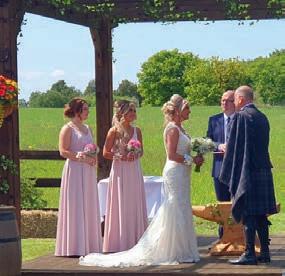
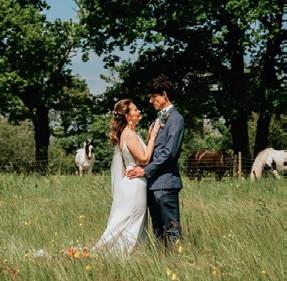

Contact details: 0141 779 4913 thegatheringscotland.uk



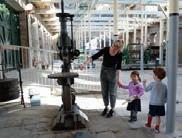

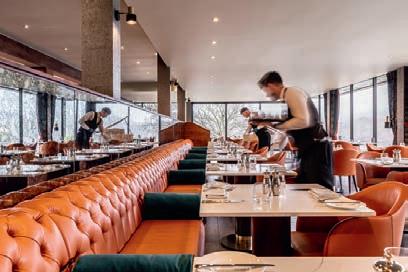

Pitlochry, Perthshire
Tel: 01796 470140
www.fonabcastlehotel.com
Machrihanish, Kintyre
Tel: 01586 810305
www.hightrodigal.co.uk
Enjoy a cosy stay at High Trodigal in Kintyre. Winter walks on great beaches, log fires, under oor heating, sauna and spa bath. Super local goodies and Champagne to welcome you. Stay indoors and enjoy spectacular views whilst sipping a local whisky or gin and nibbling on some homemade shortbread.

Escape to Scotland this winter, enjoy the great outdoors with an array of activities available to you. o clay pigeon shooting or have a wild ride on the Land over experience, then return to onab Castle for a warming, delicious dinner and a cosy nights sleep in a woodland lodge.
TRUMP TURNBERRY
Turnberry, Ayrshire
Tel: 01655 331000
www.turnberry.co.uk
Experience the ultimate blend of relaxation and delectable dining with Turnberry Home. eserve a three night or more stay in our luxurious self catering accommodation, and they’ll treat you to a generous dining credit to enjoy a selection of mouth watering home-cooked dishes in the cosy embrace of your cottage or villa.
Kenmore, Perthshire
Tel: 01887 830226
www.taymouth.co.uk
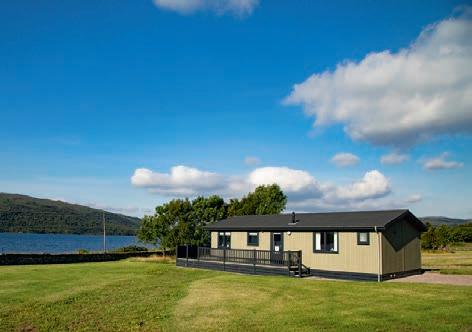
Auldgirth, Dumfries
Tel: 01387 740426
www.ellislandfarm.co.uk
In the grounds of the farm built by obert Burns, this riverside house offers tran uillity in scenic surroundings.
ecently refurbished, Auld Ac uaintance Cottage is pet friendly and ideally located for exploring southern Scotland.

Located in the very heart of Scotland, many of the luxury self catering houses at ains of Taymouth have cosy log fires, private saunas and hot tubs. There’s something to suit everyone. Pet friendly in many and great on site facilities for all the family to enjoy. Always open and ready to welcome you.
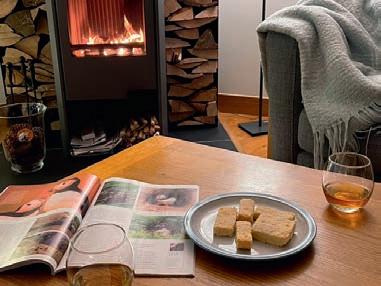
Loch Sunart, Acharacle
Tel: 01967 431235
www.resipole.co.uk
Enjoy outstanding scenery at a stunning location for self catering and owning a holiday home in the West Highlands of Scotland.
Perth, Perthshire
Tel: 01738 552300
www.scone-palace.co.uk
Stay at Scone Palace and enjoy a unique experience. The beautiful Balvaird Wing provides five star, luxury accommodation for up to six guests. Scone Palace is an ideal base for golfing or country sports breaks, weddings or weekends away.


Leith, Edinburgh
Tel: 0131 357 5000
www.fingal.co.uk
ingal is a luxury oating hotel permanently berthed on Edinburgh’s vibrant waterfront. A former orthern Lighthouse Board ship which has been transformed into an exquisite 22 cabin boutique hotel and exclusive use venue by the award winning team at The oyal acht Britannia. A hotel with all the glamour and style of a superyacht but with an old world elegance that is completely uni ue. our ship awaits
Huntly, Aberdeenshire
Tel: 07983 770561
www.deveronvalleycottages.co.uk
Five comfortable and cosy properties in the Deveron Valley in Aberdeenshire. Set next to the river everon, between the Cairngorms and the beautiful Moray irth coast, it is perfect for a family holiday, fishing trip or relaxing stay in beautiful countryside.
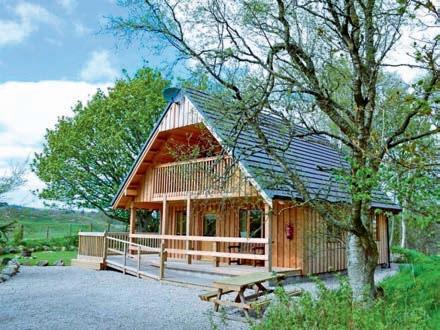
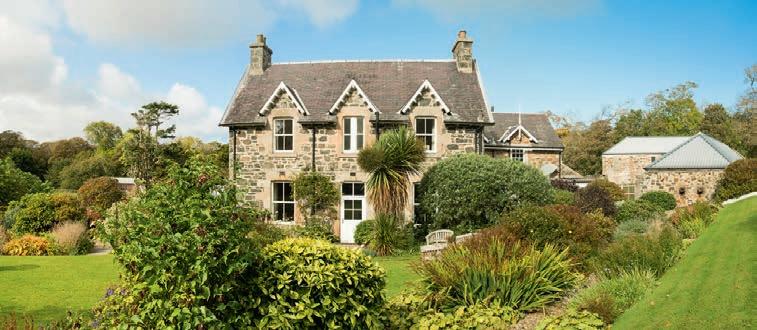
Stonehaven, Aberdeenshire
Tel: 01569 762617
www.shipinnstonehaven.com
Islay Tel: 01496 810212
www.bridgend-hotel.com

Located at the Heart of Islay’, Bridgend Hotel is an ideal base for business or pleasure. The hotel aims to provide an original Islay experience to all of their guests.
Built in , The Ship Inn is an historic inn situated at the edge of Stonehaven’s picturesque harbour. Their excellent home cooked food is served in the panoramic air conditioned restaurant, while real ales and over malt whiskies can be tasted at the cosy bar or on the open terrace.
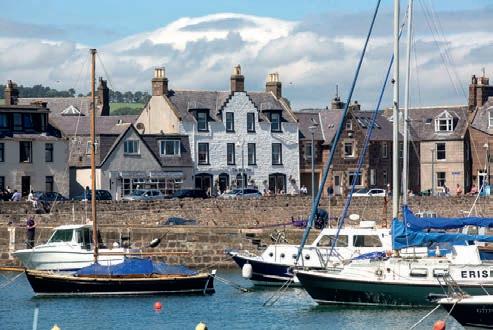
Loch Lomond
Tel: 01389 312210
www.cameronhouse.co.uk
The five star resort, nestled on the bonnie banks of Loch Lomond, provides a memorable setting for your Scottish escape. Enjoy an award winning spa with rooftop pool, championship golf, activities and an exceptional choice of dining.
Experiencetheultimate blendofrelaxationand gourmetdining.


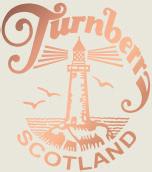

Reservea3-night-ormorestayinour luxuriousself-catering accommodation,and we'lltreatyoutoa generousdiningcreditto enjoyaselectionof mouthwateringhomecookeddishesinthe cosyembraceofyour CottageorVilla.




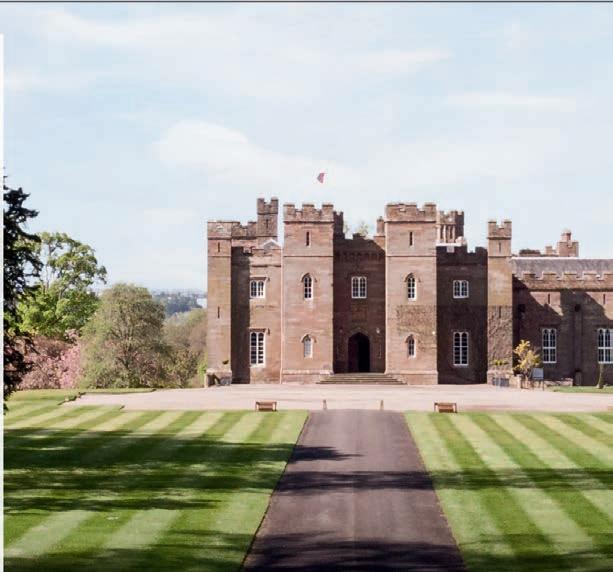

1. REDWINGS: I’ve got your nose! £4.00. A typically cheeky chestnut Shetland pony seems intent on stealing the poor snowman’s nose on this comical card in support of Redwings Horse Sanctuary. Greeting inside reads ‘With Best Wishes for Christmas and the New Year’. Printed using vegetable-based ink on FSC card stock, each pack is fully recyclable and contains 10 cards and envelopes measuring 15 x 15cm. All sale proceeds go towards the care of rescued horses, ponies, donkeys and mules www.redwings.org.uk
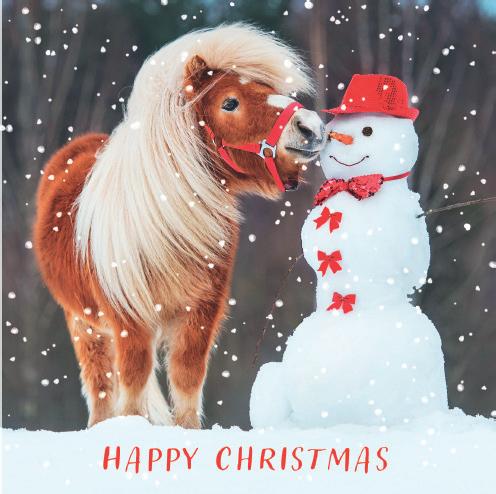
2. CANCER RESEARCH UK: Get ahead of the crowd this year when it comes to your Christmas card list. Explore a magical range of festive Christmas cards and spread your merry wishes with more meaning this year. Tel: 0300 123 4408 , shop.cancerresearchuk.org
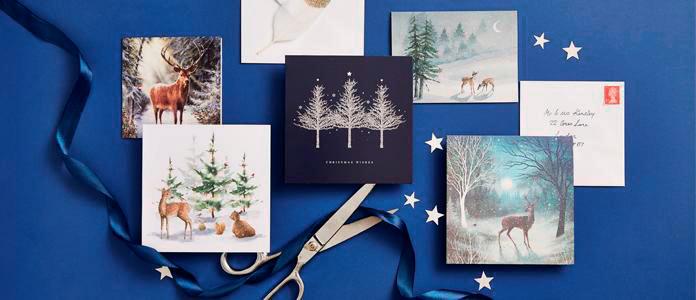

3. DOG AID SCOTLAND: Since 1956 they have been assisting and rehoming dogs all over Scotland. All money raised by DAS is used to provide essential veterinary help for dogs whose owners are on low incomes and otherwise would not be able to afford that care. Leaving a gift will help DAS to continue their mission – creating happy homes for dogs. Tel: 0300 365 2500, www.dogaidscotland.com
4. BRITISH HEART FOUNDATION: Without your donations and support the British Heart Foundation wouldn’t be able to achieve all that they have in the last 50 years. Show your support with Christmas cards to get you in the festive spirit. Tel: 01254 277856 , giftshop.bhf.org.uk
5. BRITISH DEER SOCIETY: New BDS charity Christmas cards for 2023 available in packs of 10 with free UK P&P. Three great new designs with all funds raised going to support the sustainable future of wild deer and our countryside. Tel: 01425 655434, www.bds.org.uk/shop

Put your feet up, grab a cup of coffee and pit your wits against our puzzles and quizzes
Across
1 Mashed potatoes (7-7)
WE HOPE YOU ENJOY OUR ALL SCOTTISH WORDS AND PHRASES CROSSWORD. PLEASE REMEMBER THAT DIFFERENT PARTS OF SCOTLAND USE DIFFERENT WORDS, I’M SURE DURING THE MONTHS TO COME, WE WILL COVER ALL THE DIFFERENT DIALECTS FROM ALL OVER SCOTLAND!
7 Freckle (12)
8 Father (4)
1 Mashed potatoes (7-7)
7 Freckle (12)
8 Father (4)
2 A mess (9-6) (15)
9 Angler's basket (5)
3 Sandwich (5)
4 Bore through (5)
9 Angler’s basket (5)
10 Highland music (7-6)
10 Highland music (7-6)
14 Pronged tool for raking soil (4)
5 Death throw (3,4,5)
6 Fine powder (7)
14 Pronged tool for raking soil (4)
7 Troublesome (8)
15 Unpleasant surprise (12)
15 Unpleasant surprise (12)
17 Make trim (5)
21 A child (4)
17 Make trim (5)
24 Quantity of spirits (4)
25 Before (3)
21 A child (4)
26 A rowdy celebration (6)
27 Spool of thread (4)
28 A trap (3)
11 Cut a groove in stone (6)
12 Large dwelling (5)
13 Unfamiliar (4)
16 Those (4)
18 Horse fly (4)
19 Secret (4)
24 Quantity of spirits (4)
25 Before (3)
20 A dodge (4)
22 An opening (3)
23 Projecting point of land (4)
24 Roll (3)
26 A rowdy celebration (6)
27 Spool of thread (4)
28 A trap (3)
Down
2 A mess (9-6) (15)
Mr/Mrs/Miss
Address
Postcode Tel
3 Sandwich (5)
Across: 1 Lang-shankit, 6 Oot, 8 Byke, 9 Ceilidh, 11 Hen, 12 Dreich, 14 Caa, 16 Fae, 17 Laird, 19 Stey, 20 Hain, 21 Whigmaleerie, 25 Nash, 27 Din, 28 Shirrackin.
4 Bore through (5)
Down: 1 Laich, 2 Heid-billydackus, 3 Neb, 4 Ilka, 5 Steen, 7 Widdershins, 10 Shauchle, 13 Heidie, 15 Gean, 16 Fou, 18 Dour, 21 Wance, 22 Elder, 23 Ingin, 24 Mink, 26 Hap.
5 Death throw (3,4,5)
6 Fine powder (7)
TO ENTER: Send your completed crossword to Scottish Field, Crossword No 11, The North Quarter, 496 Ferry Road, Edinburgh EH5 2DL, to reach us no later than Tuesday 21 November 2023.
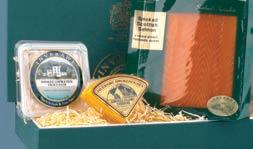

7 Troublesome (8)
Welcome to our Scottish Field crossword, which will really test your brain power and general knowledge. So set pen to paper, ll in the blanks and be in with a chance of winning a fabulous ‘Taste of the Smokery’ to the value of £50 for 1st prize, £30 for 2nd prize and £20 for 3rd prize
11 Cut a groove in stone (6)
12 Large dwelling (5)
13 Unfamiliar (4)
1ST: JOHN SAMSON, EDINBURGH 2ND: JOHN TURNER, DUNFERMLINE 3RD: JILL FORBES, PERTHSHIRE
16 Those (4)
18 Horse fly (4)
19 Secret (4)
20 Adodge (4)
THERE ARE FIVE DIFFERENCES TO BE FOUND IN THESE TWO PHOTOGRAPHS OF THE CRYSTAL BALLROOM AT TRUMP TURNBERRY HOTEL – CAN YOU SPOT THEM ALL?
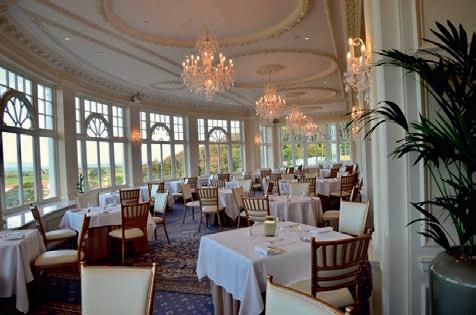
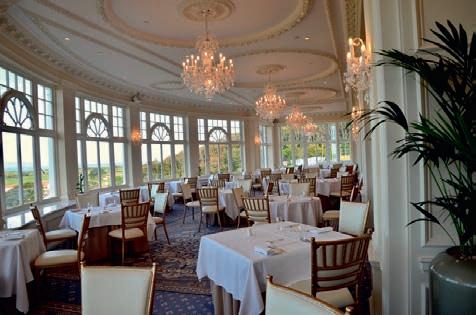
22 An opening (3)
23 Projecting point of land (4)
24 Roll (3)
TO VIEW THE SOLUTION VISIT: WWW.SCOTTISHFIELD.CO.UK/
USE THE CLUES AND PICTURES TO HELP GUESS THE YEAR.
1. The television series Outlander starring Sam Heughan was rst aired.


2. The Ryder Cup took place at Gleneagles.
3. Scottish Parliament voted in favour of same sex marriage.
4. It was the 700th anniversary of the battle of Bannockburn.
5. Alex Salmond announced his resignation as First Minister of Scotland.

How many English words can you make from the word above? We can nd 371. Try to nd as many as possible. Words must be at least three letters long.
230-279 WORDS: GOOD, 280-329 WORDS: EXCELLENT, 330 WORDS OR MORE: YOU ARE A GENIUS
This village lies beneath the widest dam in the Highlands, holding back the Blackwater Reservoir and is the penultimate stop on the West Highland Way. It is the former site of an aluminium smelter and is home to the world’s biggest indoor ice climbing wall. It is the backdrop to Patrick MacGills book ‘Children of the Dead End’.
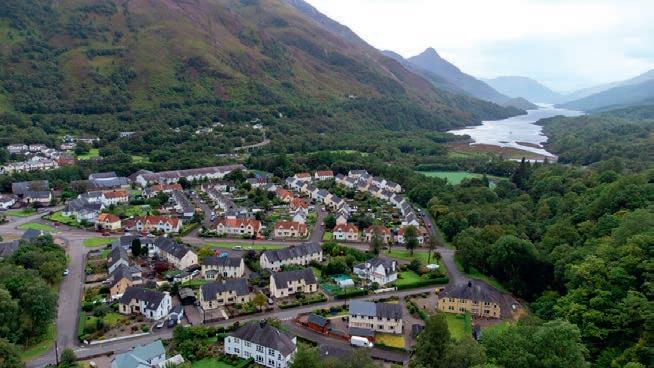
1. Which was the last Scottish lighthouse to be automated?
2. What is the most remote railway station in Scotland?
3. Where in Scotland was the world’s rst commercial oil works?
4. Who painted ‘The Skating Minister’?
5. Which British folk band with hits such as ‘Zorbing’ are named after a Hebridean town?
6. What is the name of the only triangular moated castle in Scotland?
7. Which scientist is credited with discovering the rst antibiotic in 1928?
8. In which year was the rst Edinburgh Festival held?
9. What is Scotland’s largest land animal?
10. Which actor won an Oscar for ‘The Last King of Scotland’ in 2006?
SUDOKU DIFFICULTY: HARD
ENTER DIGITS FROM 1 TO 9 INTO THE BLANK SPACES. EVERY ROW MUST CONTAIN ONE OF EACH DIGIT. SO MUST EVERY COLUMN, AS MUST EVERY 3X3 SQUARE.
OCTOBER’S SOLUTION IS SHOWN RIGHT. 5 1
We will protect your personal data. We only gather what we need for the requirements of this competition – your name, address and telephone number. Should you be selected as the winner, Scottish Field will contact you by post and your personal data will be passed to the crossword sponsor (Inverawe Smokehouses) for the purposes of veri cation. Scottish Field (Wyvex Media) will retain your information for a maximum of 3 months after the crossword competition closes and then it will be deleted.
2014 WHERE ARE WE? Kinlochleven
WHAT YEAR IS IT?

£22
This eccentric High Tory son of Perthshire is enjoying an unlikely Indian Summer to his political career playing the sensible sidekick to frothing SPAD Alistair Campbell in the incredibly successful podcast The Rest Is Politics. That success, which has led to him talking politics to packed venues up and down the country, is largely due to his urbane, achingly decent and palpably honest character. Perversely they are traits which also served to undermine an extraordinary political career.
In the space of ten years, Rory Stewart went from an obscure but colourful diplomat to standing for the leadership of the Conservative
£175

There is much to like about this imposing book on Skibo, subtitled ‘A Storied Scottish Castle and Estate’. Hardback and slightly bigger than A4, it is immaculately produced, beautifully written and is rammed full of stunning images of the estate which was purchased by local lad made good Andrew Carnegie, then the world’s richest man, in 1898.

The estate is now home to the Carnegie Club, a plush members-only residential club with its own golf club, spa and equestrian centre. But that is covered discreetly late in the book so that what could have been a glori ed advert for a members club is instead a digni ed paean to an extraordinary slice of Highlands history. (RB)
£18.99
The author is a Borderer whose life as an academic, storyteller and battle eld guide were the ideal training for this follow-up to last year’s The Hot Trod: A History of the AngloScottish Border. This book, which focuses on ‘Three Centuries of Border War’ is an equally impressive feat.

Sadler’s Crucible of Con ict lays bare the sheer ferocity and clannish feuds which led to horri c bloodletting on both sides of the divide. This history is densely packed with facts and anecdotes, and is enjoyably engaging, but if there is a criticism it is the lack of su cient illustrations or images to break up long chunks of text. (RB)
Party, only to then nd himself purged from the party by his old Eton confrere Boris Johnson.
If that’s the potted CV of this remarkable man, the devil is detailed in this memorable memoir. Stewart writes with rapier wit, eviscerating his Tory opponents during the Cameron-May-Johnson era with a precision and deftness which make these the most compelling political memoirs since Alan Clarke’s roistering reminisces.
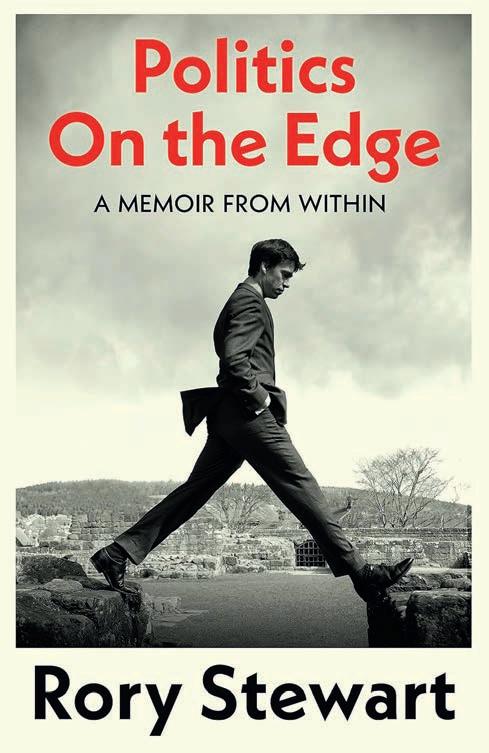
Stewart is a deeply intelligent, serious and perceptive human being. If anything that is made even more obvious in these absorbing, horrifying yet entertaining pages than it is during his podcast.
At times his insights into our shamefully dysfunctional political process are both eye-opening and devastating. But above all he writes with a rare and unsparing self-awareness that makes this a compelling read. (RB)

 BY NICHOLAS GRAINGER VINYCOMB
BY NICHOLAS GRAINGER VINYCOMB
£15.95




This is the extraordinary tale of Nicholas and Julie Grainger who took a 21ft Shetland clinker boat on a trans-oceanic odyssey with only a sextant and compass for navigation. When the couple, aged 23 and 19 respectively, set sail from the Highlands in 1973 they weaved across the Atlantic and much of the Paci c.
Nicholas relates their epic journey 50 years on, telling of a nearcatastrophic capsize south of Tahiti which left them with nothing but their own derring-do and resourcefulness to get them to safety. Sailer or no, this story will send shivers to your core. A remarkable adventure story. (RM)
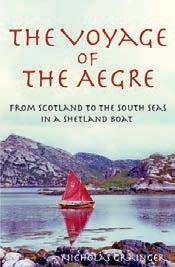
£18.99

A searingly open, well-penned book that addresses the visceral pain and sense of culpability after losing a loved one to suicide. Irvine-born Niven, whose brother struggled for 42 years before ending his life, writes this vulnerable memoir with grace, and uses dark humour to convey the complexities of family love, life and grief after an utterly devastating experience. (RM)
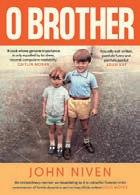
This follow-up to Butlin’s excellent 1987 novel The Sound of My Voice has been a long time coming but it’s been worth the wait. Having been sacked, bon vivant seventy-something protagonist Morris Magellan cashes in his possessions and pursues his true passion of music, only for his life to go hilariously, predictably wrong. (RB)
BY DAVID GREIG, POLYGON, £10 This fantastic and commendably short novel is the fourth in the Darkland Tales series in which some of Scotland’s nest writers reimagine stories from their country’s myth and legend. Columba’s Bones follows the equally excellent and pithy Rizzio (Denis Mina), Hex (Jenni Fagan) and Nothing Left To Fear From Hell (Alan Warner).
The setting is Iona in 825 when a raiding party of Vikings slays Abbot Blathmac after he refuses to reveal the location of the sacred relics of St Columba. The raid is brutal and bloody, the aftermath predictably drunken. Most drunk is Grimur, who rises from his stupor to nd that his ship has left. He is unable to swim, there are no boats on the island and the sole remaining monk has stolen his sword. Can he live long enough to rejoin his regiment of raiders? Can he redeem himself by nding the sacred relics?
This is a rollicking read that a cianados of Nigel Tranter will gobble up, but which is accessible to all. Highly recommended. (RB)
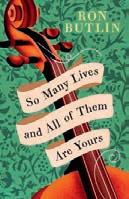
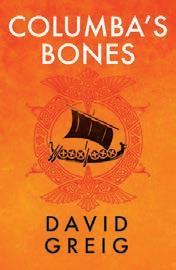
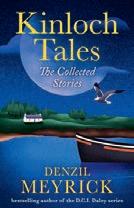 BY DENZIL MEYRICK
BY DENZIL MEYRICK
POLYGON








£9.99
Denzil Meyrick’s three Tales from Kinloch (Girl Maggie: A Large Measure of Snow, A Toast to the Old Stones and Ghosts in the Gloaming) are collected in one paperback volume. Humorous, charming and packed full of wholesome nostalgia, the tales of Sandy Hoynes and his crew are heartwarming fare to read on a winter’s night beside a roaring re. (RB)
£10.99
This is the sort of rich, poignant read that I look for on a rainy Sunday. Renton’s profound love for the quirks of Hebridean life beautifully permeates these seven interlinked short stories. Spanning six decades, the tales (set on a ctional island) move from the mundane to the heartfelt, and whisk you to a place where wildlife and wilderness reign supreme. (RM)
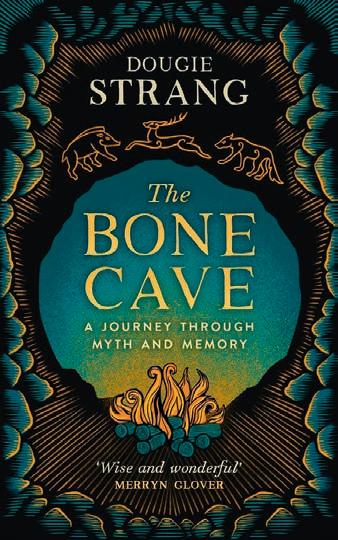 BY DOUGIE STRANG BIRLINN £14.99
BY DOUGIE STRANG BIRLINN £14.99
At its most reductive, this travelogue, subtitled ‘A Journey Through Myth and Memory’, is an account of one man’s wandering journey through the Highlands. But in truth it is far more than that. Strang’s meditation on the beauty of the land, people and myths he meets in this brutally rugged landscape is a thing of genuine beauty.
Accomplished wildlife writer Merryn Glover hits the mark when calling this book ‘wise and wonderful’. This is a glorious read: measured, insightful, wistful and replete with meaning. As Strang wanders across the landscape, starting during the rut and camping at night, he follows a series of folktales and myths which illuminate the history and the present of the Highlands, its culture and its society.
If all of that sounds wishywashy, it’s not. Strang muses on land ownership and ecological stewardship in a meaningful way. This is a gem of a book. (RB)






















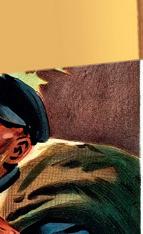























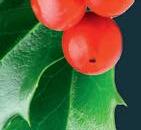








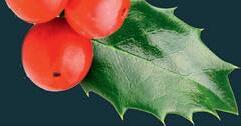


To enter, send entries with your name, address, telephone number and email address to Scottish Field Competitions, e North Quarter, 496 Ferry Road, Edinburgh EH5 2DL or enter online at www.scottishfield.co.uk. Closing date, unless otherwise stated, is 30 November 2023.


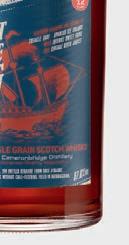

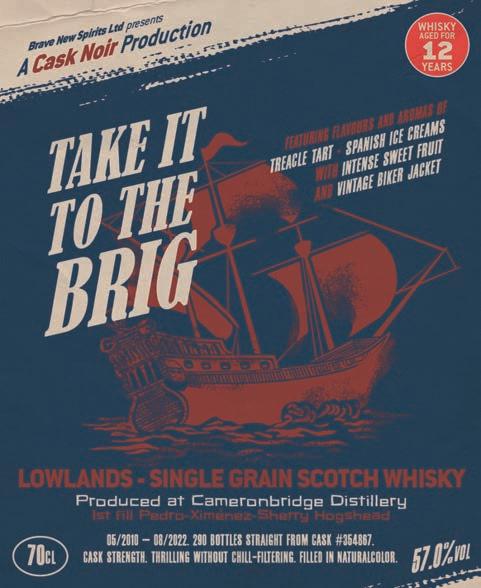
After winning rst place in Scottish Field’s Readers' Challenge, Brave New Spirits are offering one lucky reader a chance to try their dynamic, full-bodied dram, Take It To The Brig.
Brave New Spirits proudly present their new series of independently bottled Scotch whiskies: The Cask Noir Editions. Starting life in some of Scotland's nest distilleries, each release takes inspiration from the movies and novels of a bygone era. From thrilling and adventurous, to romantic and mysterious, these whiskies allow you to embark on a journey of discovery into a world of unusual casks and exotic avours. Up for grabs is a bottle of Take It To The Brig. A singlecask whisky distilled at Cameronbridge Distillery in May 2010, aged for 12 years and bottled from a rst ll Pedro Ximenez Hogshead.
COPY OF SQUEAKY CLEAN
BY CALLUM MCSORLEYScottish Fieldhas again teamed up with Bloody Scotland International Crime Writing Festival to give you the chance to win books shortlisted for the Bloody Scotland Debut Prize.
This month we have 10 copies of Squeaky Clean by Callum McSorley, who was not only shortlisted for the 2023 prize, but won the McIlvanney Prize itself.
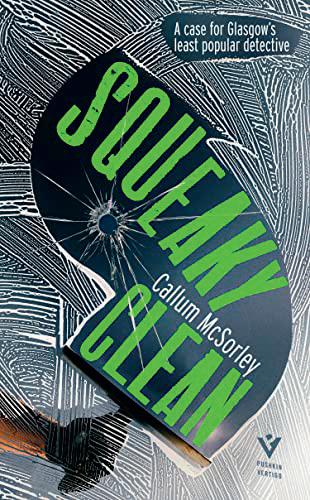
Squeaky Clean (published by Pushkin Press) features DI Ally McCoist, the least popular detective in the Glasgow police who has recently been demoted. It’s a contemporary thriller packed with black humour and hints of Breaking Bad. Like Tim in the book, Callum McSorley worked at a carwash to make money while he was a student which has informed some of the colourful characters. He is from East Kilbride (as is the original footballing Ally McCoist) and graduated from the University of Strathclyde in 2013.
As a nalist for both prizes he was one of several authors who led the torchlight parade from the Castle through the historical old town on the opening night of the Bloody Scotland International Crime Writing Prize in September.

To nd out more join the Bloody Scotland Facebook page or sign up for the newsletter at www.bloodyscotland.com

three months after which it will be destroyed, unless you agree to an extension to be contacted further with
a



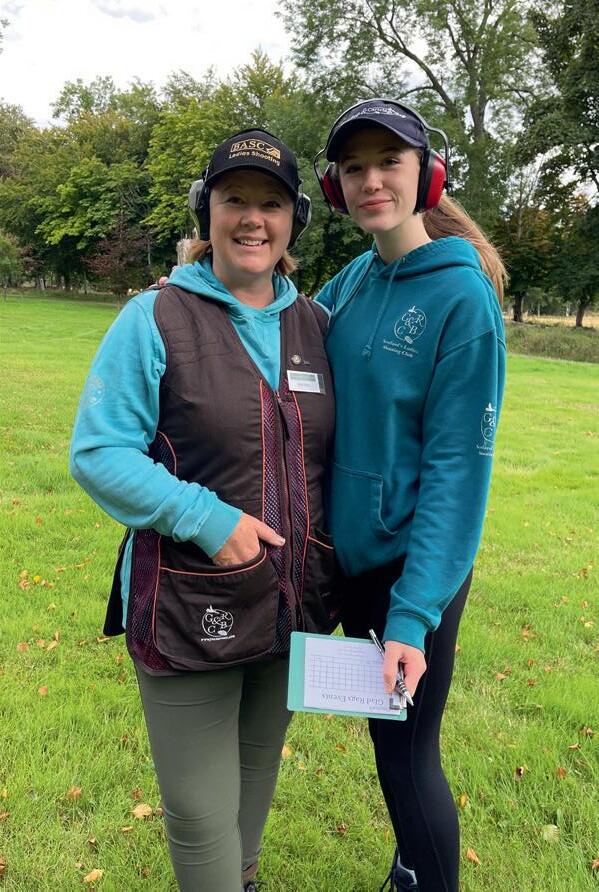
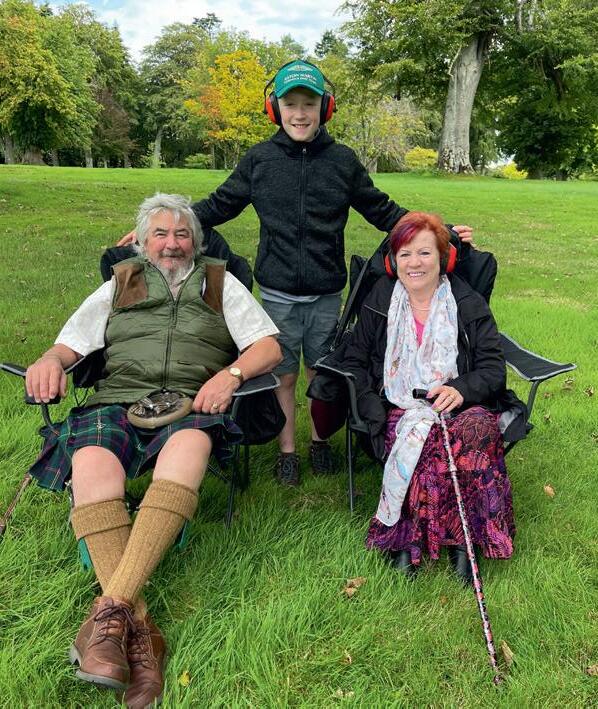
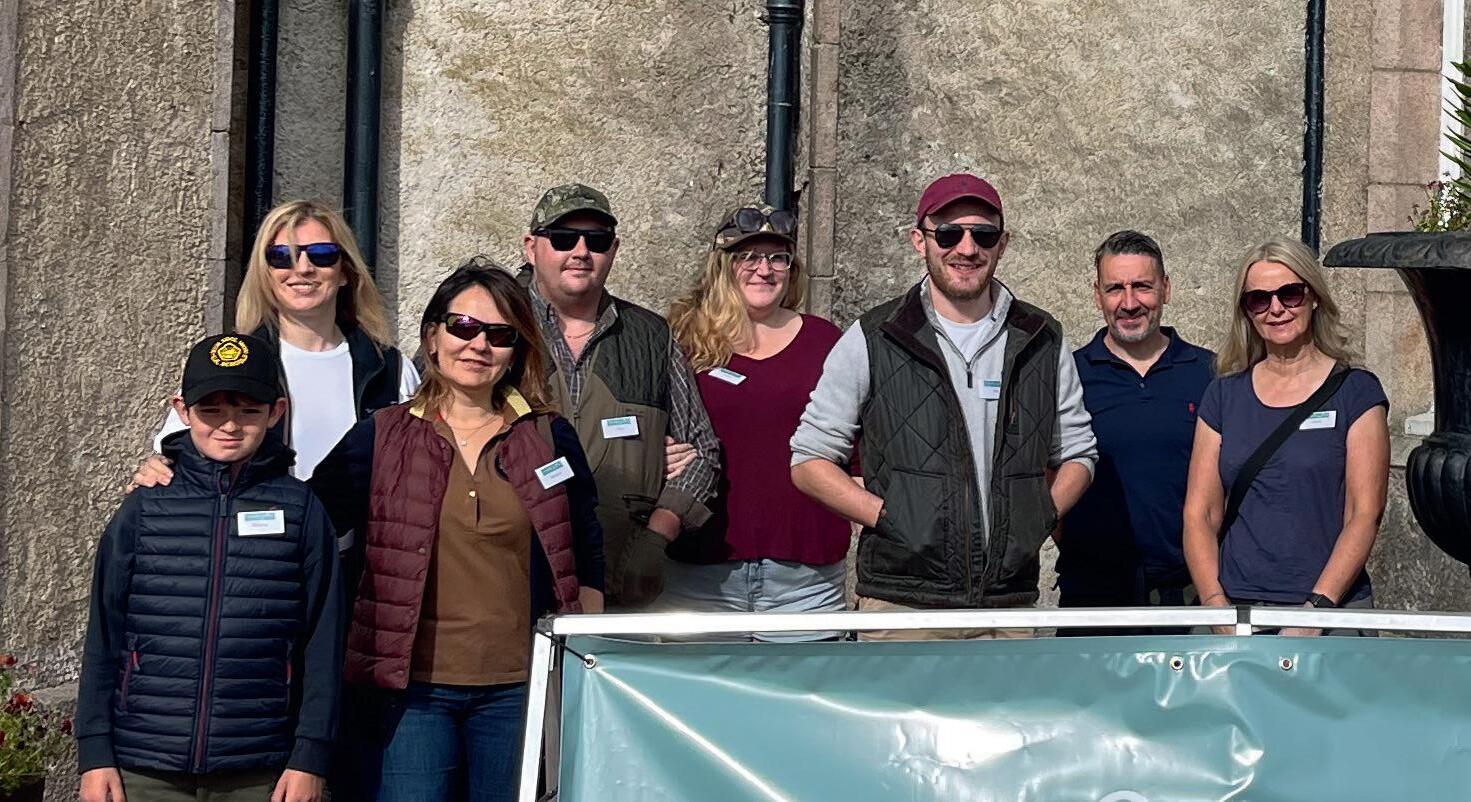

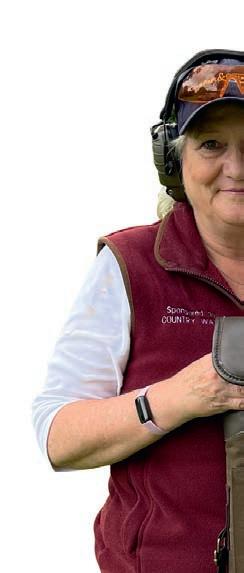
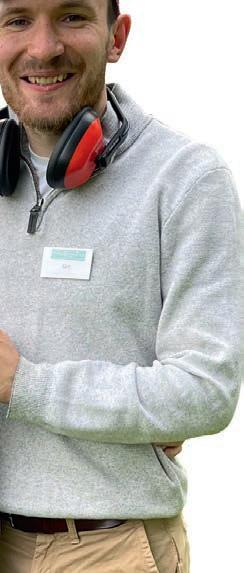







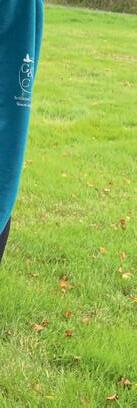
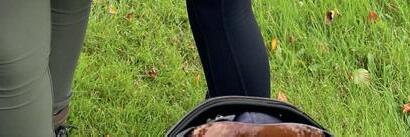


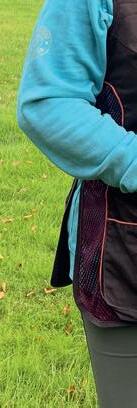

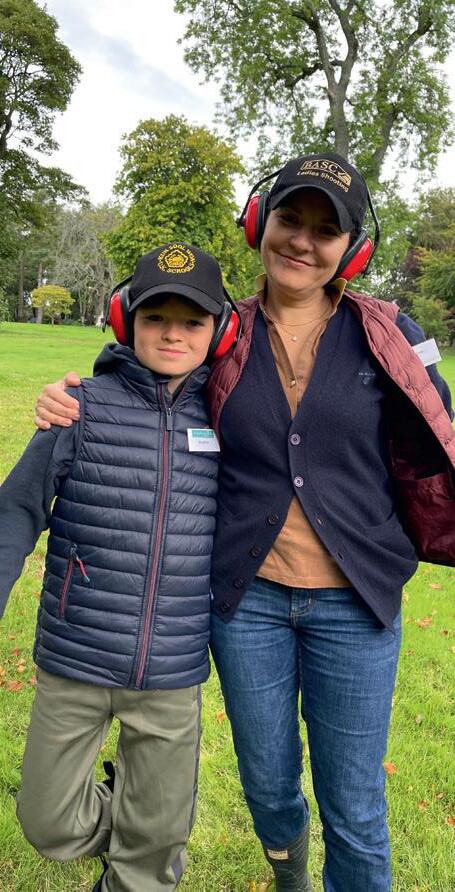

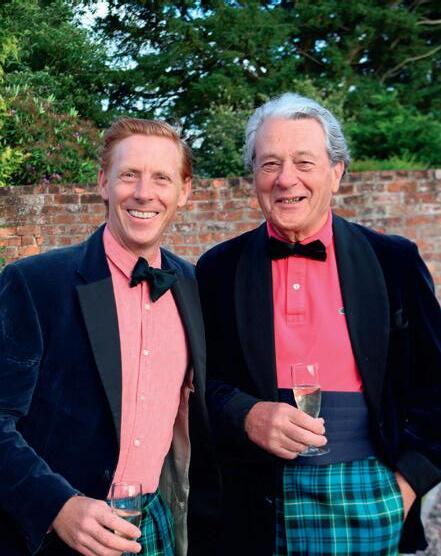
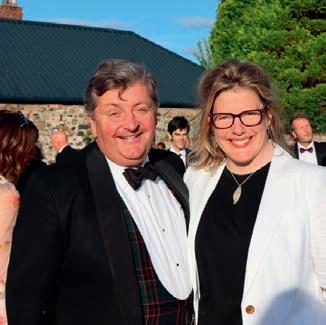
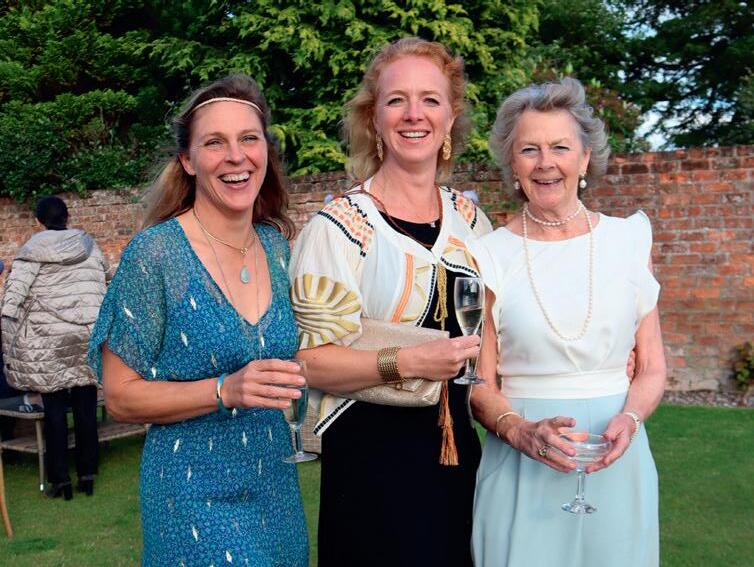
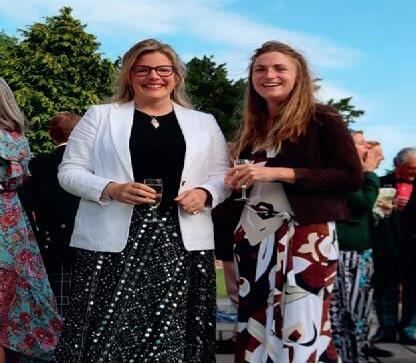
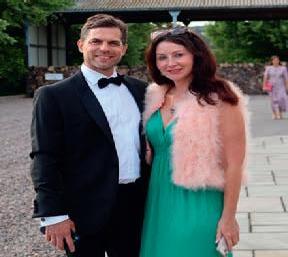
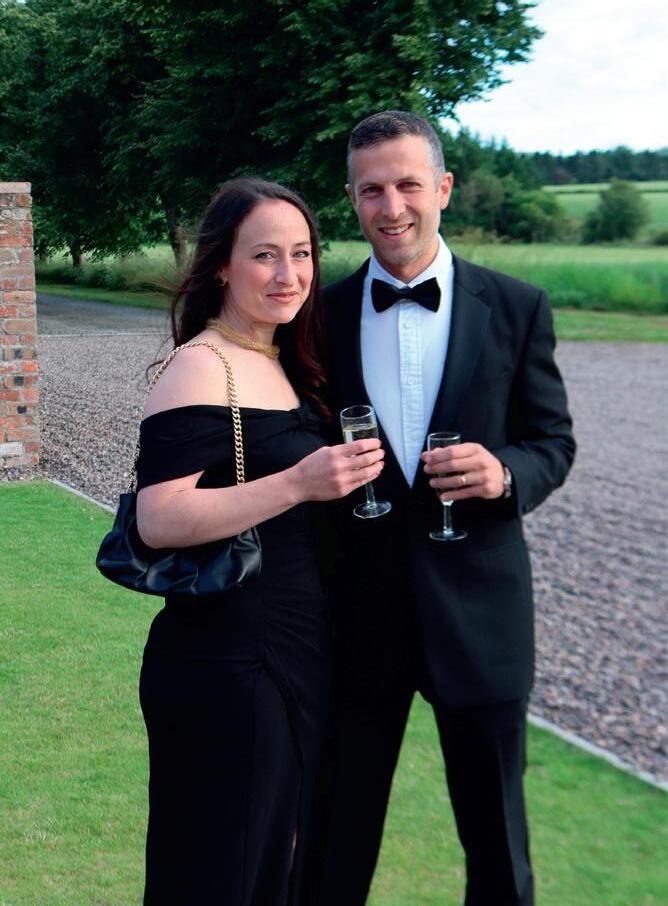






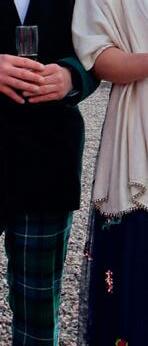






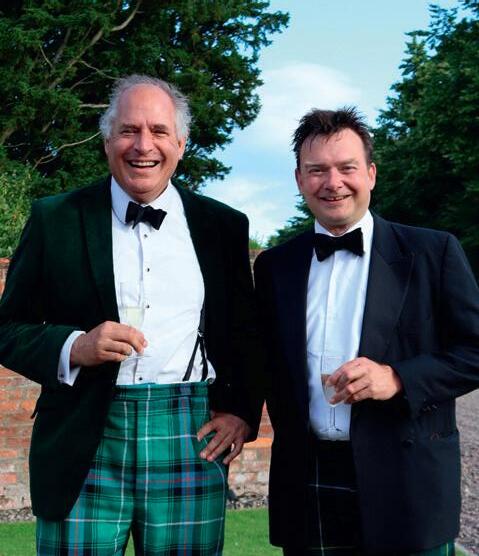

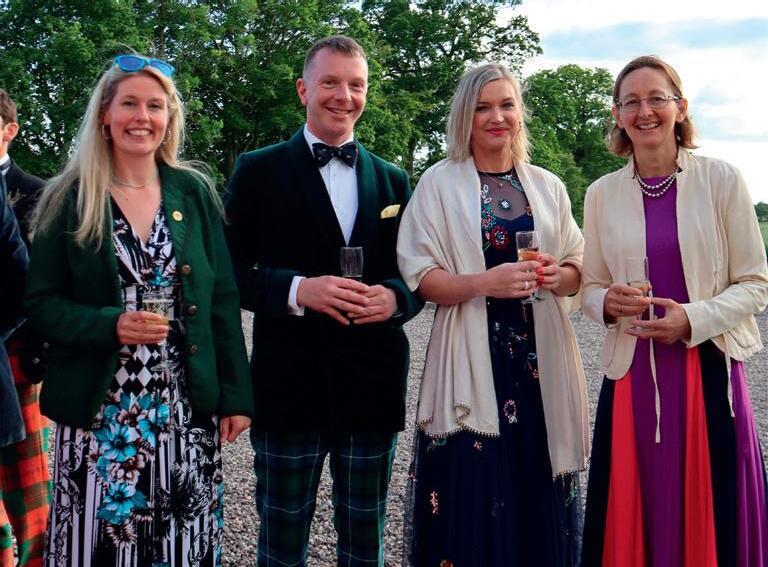
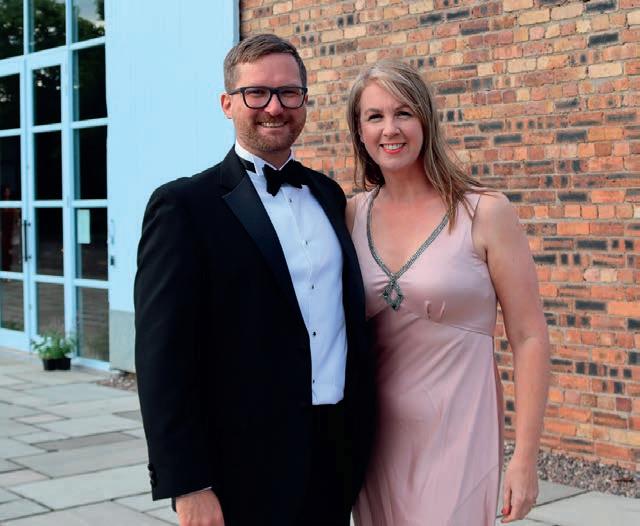
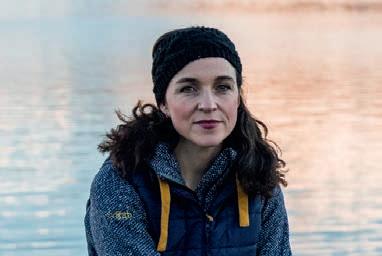


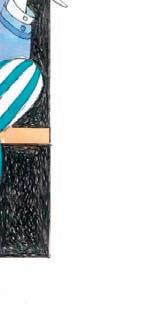

Our columnist is waging war against the invasive Rhododendron ponticum which has made itself at home on her estate, and she needs every bit of help she can get

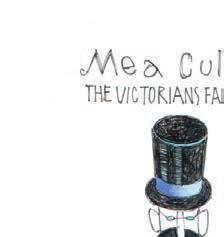
Idon’t know when I started turning into my father, but it might have been the morning I dra ed my teenage nephews out of bed to hack up shrubs in a midge-infested forest. e poor boys were on holiday, expecting to climb hills and fish lochs, not spend the day pulling up invasive species. ey thought wrong. Before they had time to wonder where the nearest screen was, I had them di ing up Rhododendron ponticum from a Scots pine plantation. e whole thing reminded me of my father when he used to put a hyperactive Jack Russell in our beds to force us to get up in the morning. I did not understand it then, but he simply wanted help pulling up wild oats from a barley field or sweeping up spilt grain during harvest. Well, I understand now. We have 100 hectares of rhododendron infestation on Ben Damph and I need all the help I can get. Alongside the Woodland Trust and National Trust, we have been organising ‘Discovery Days’ where the public come along to learn about the problems caused by rhoddies and spend a few hours di ing them up. It’s all rather fun – just ask my nephews.
Rhododendron ponticum was first introduced into the UK by the Victorians. e Himalayan shrub grew well in acidic soils, produced pretty flowers and made excellent cover for gamebirds. It was planted on sporting estates, like the Torridon Estate in Wester Ross, and did very well. Rather too well in fact. Within 150 years rhoddies had spread from manicured gardens and estates into our forests. e species grows fast on the wet west coast and will soon colonise ground, drowning out the possibility of native species growing such as birch, oak and rowan. Rhododendron ponticum is now considered one of the greatest threats to Scotland’s remaining temperate rainforest, alongside red deer.
e Scottish Government started o ering funding to landowners for a ‘Rhododendron Ponticum Eradication Programme’. On Ben Damph we commenced the battle with the rhoddies ten years ago. First, we used an
excavator with a huge arm to flail the bushes into a mulch, but most of the ground was too bo y, rocky or steep to use machines. Where possible we used ‘stem injection’, drilling a hole in the trunk and injecting herbicide to kill the tree, and then chopping down the dead wood. Mostly we cut them back with chainsaws, stacked up the foliage and burnt it. e stumps are then sprayed with herbicide, mostly glyphosate, to stop the trees from growing back.
To all intents and purposes it was a success. Within a few years, however, seedlings were popping up and we realised that there is no such thing as a rhododendron ‘eradication’ programme, this was going to be more like a ‘control’ programme. Or, as one contractor told me, ‘like painting the Forth Road Bridge.’
Neighbouring estates are trialling other methods such as eco-plugs, lever and mulch or biochar. I have become a bit of a ‘rhododendron
bore’, launching into impassioned discussions with anyone who is interested (more than you would think) and shouting at anyone who still has a Rhododendron ponticum in their garden. (Please pull it out, the National Trust for Scotland will even give you a non-invasive rhododendron variety to replace it for free.)
To allow the native trees we have planted to have a chance, as well as regenerating forest, we need to constantly clear rhoddie seed sources. Unfortunately, the problem will not be solved in my lifetime. It may not even be solved in the lifetime of my nephews. It will take a multigenerational approach. Perhaps that was why my father was shouting at us, he just wanted to pass on his passion to improve the land. Perhaps I can do the same and one day my nephews will be ‘rhododendron bores’ too. I do hope so.
‘Perhaps one day my nephews will become rhododendron bores too’
There's nowhere in the world like The Globe Inn in Dumfries - the favourite haunt of Scotland's national bard Robert Burns, who lived, loved, and entertained here.
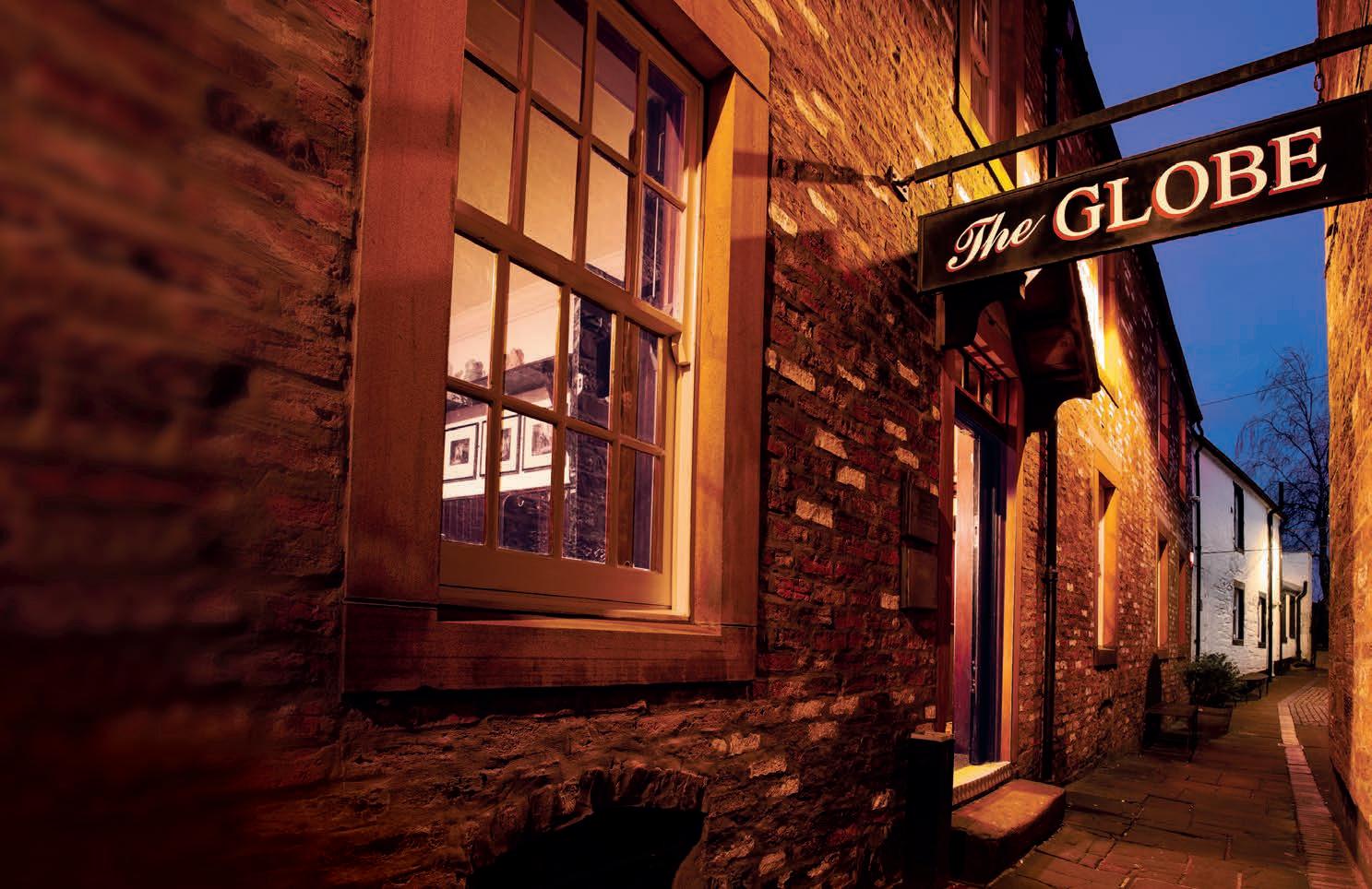
One of the most historic bars in Scotland, with an impressive collection of more than 300 whiskies, it is also home to our Michelin-listed, award-winning destination restaurant, 1610.

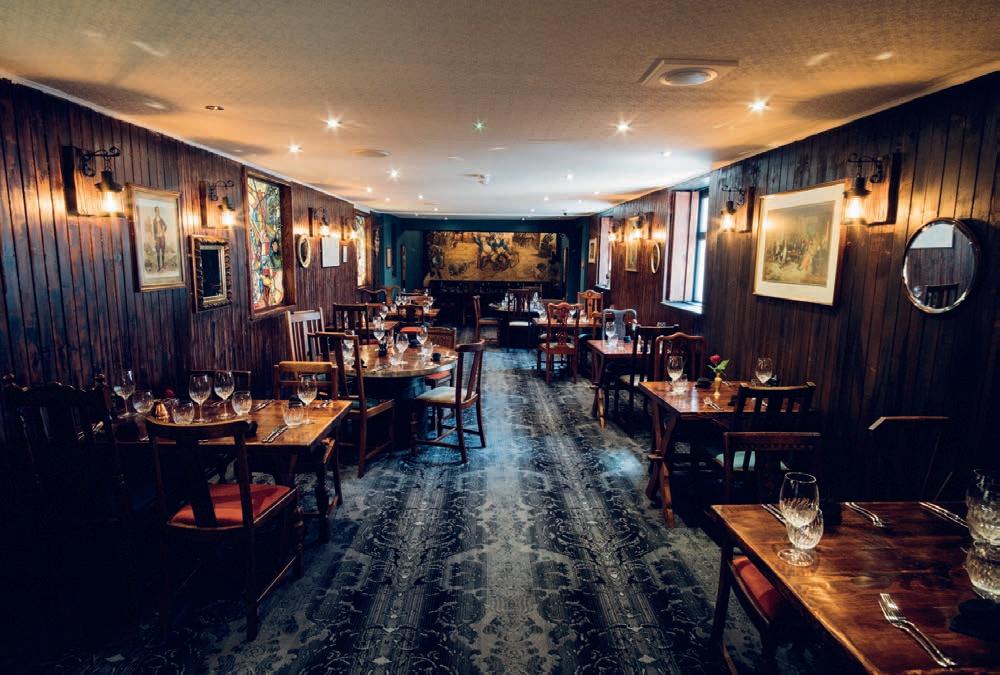
We look forward to welcoming you for lunch, dinner, co ee or cocktails, for a dram or for date night, or for our eight-course degustation menu.
We also have a range of private and corporate dining options.

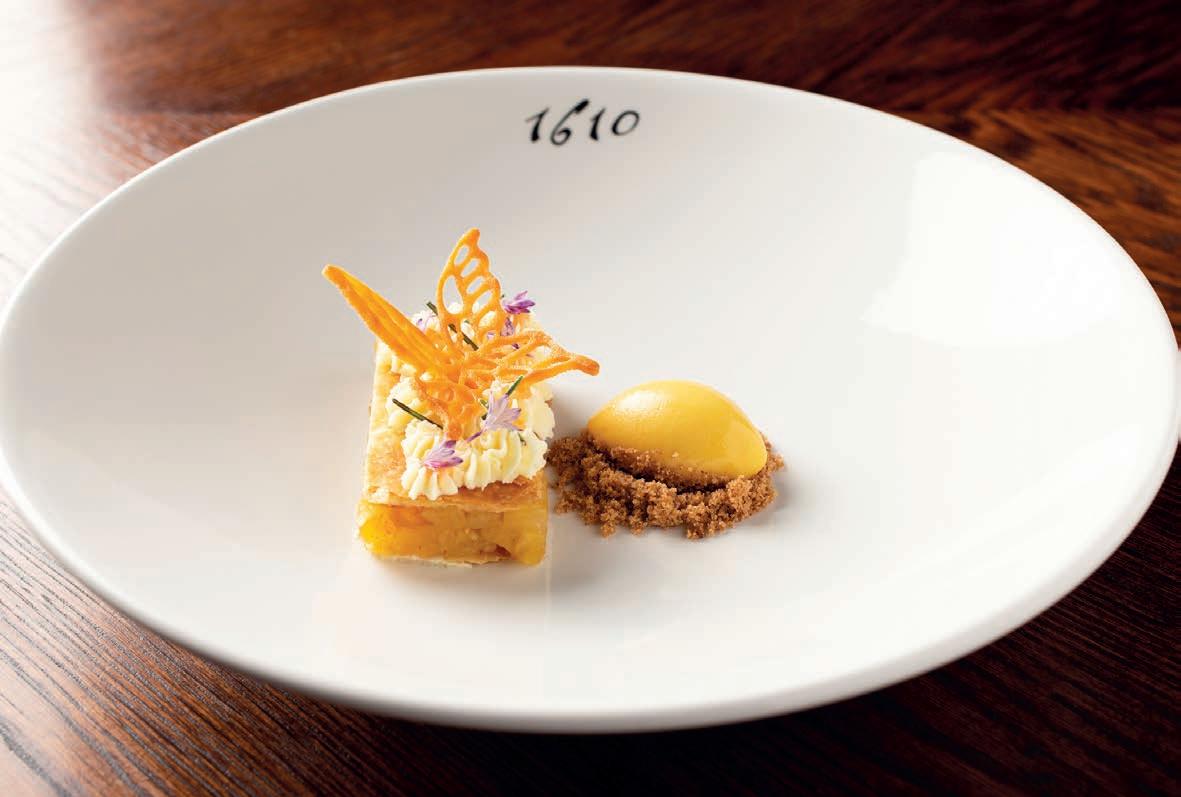
The Globe Inn, 56 High Street, Dumfries, DG1 2JA globeinndumfries.co.uk - 01387 323010
